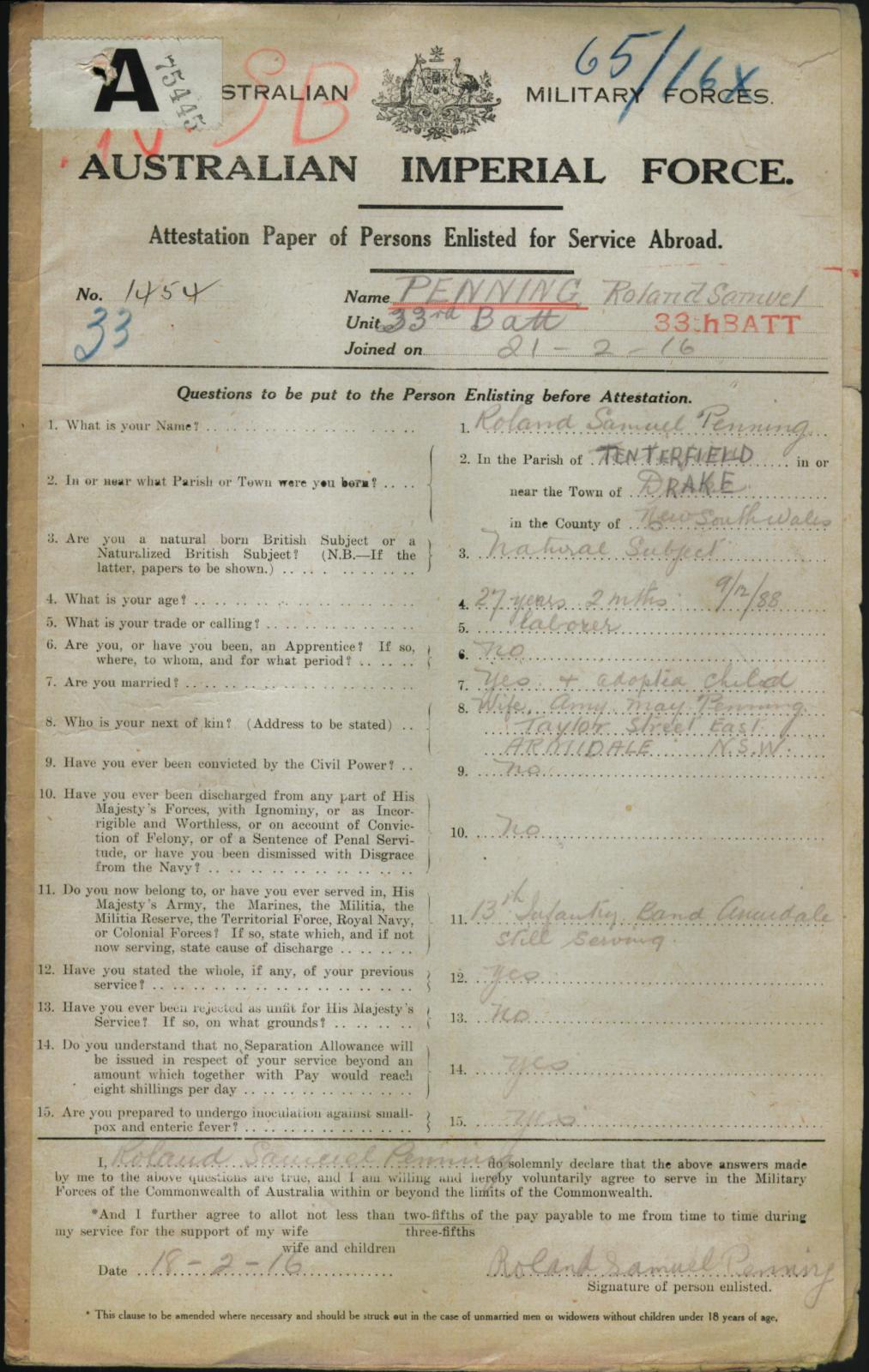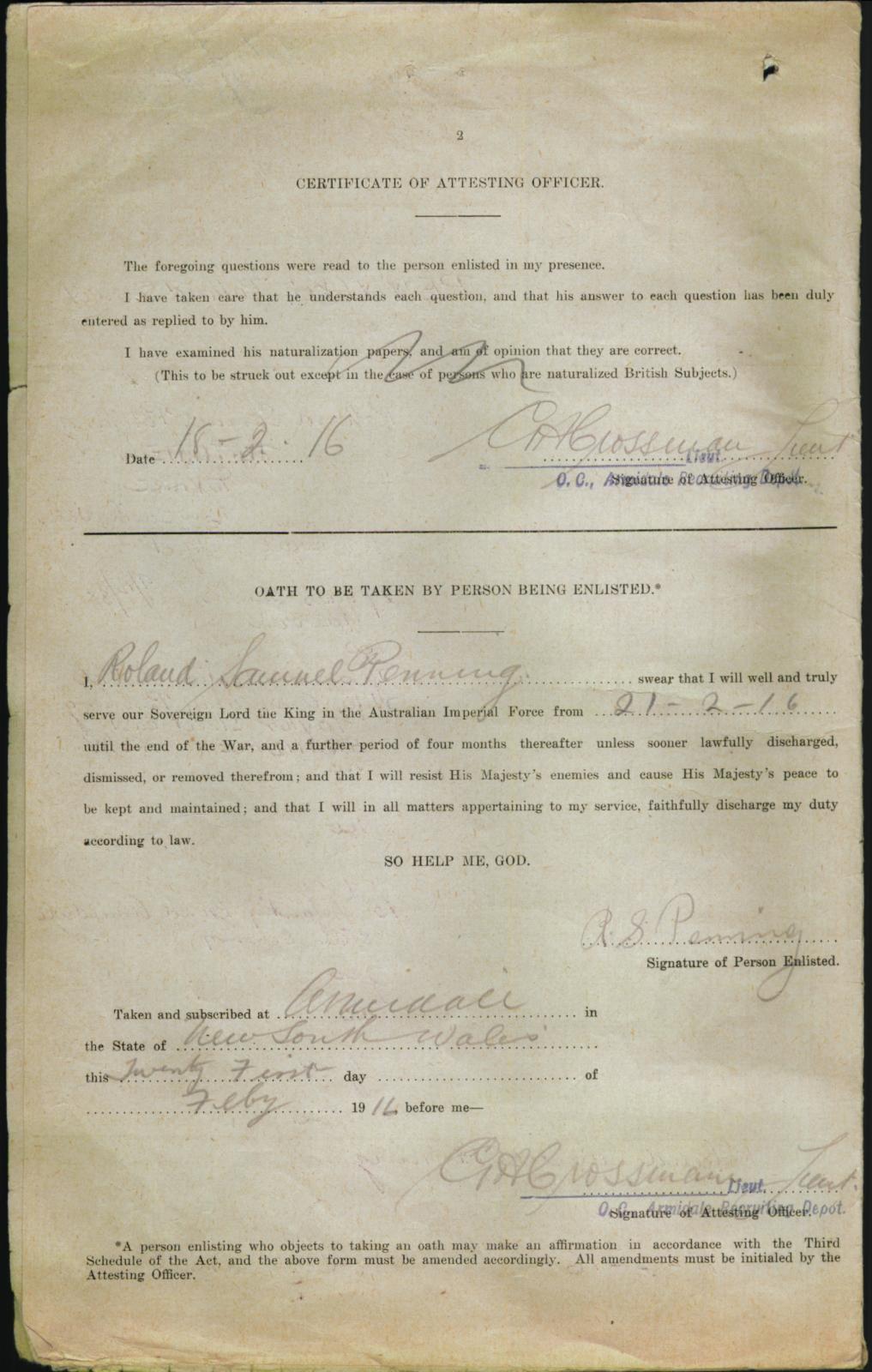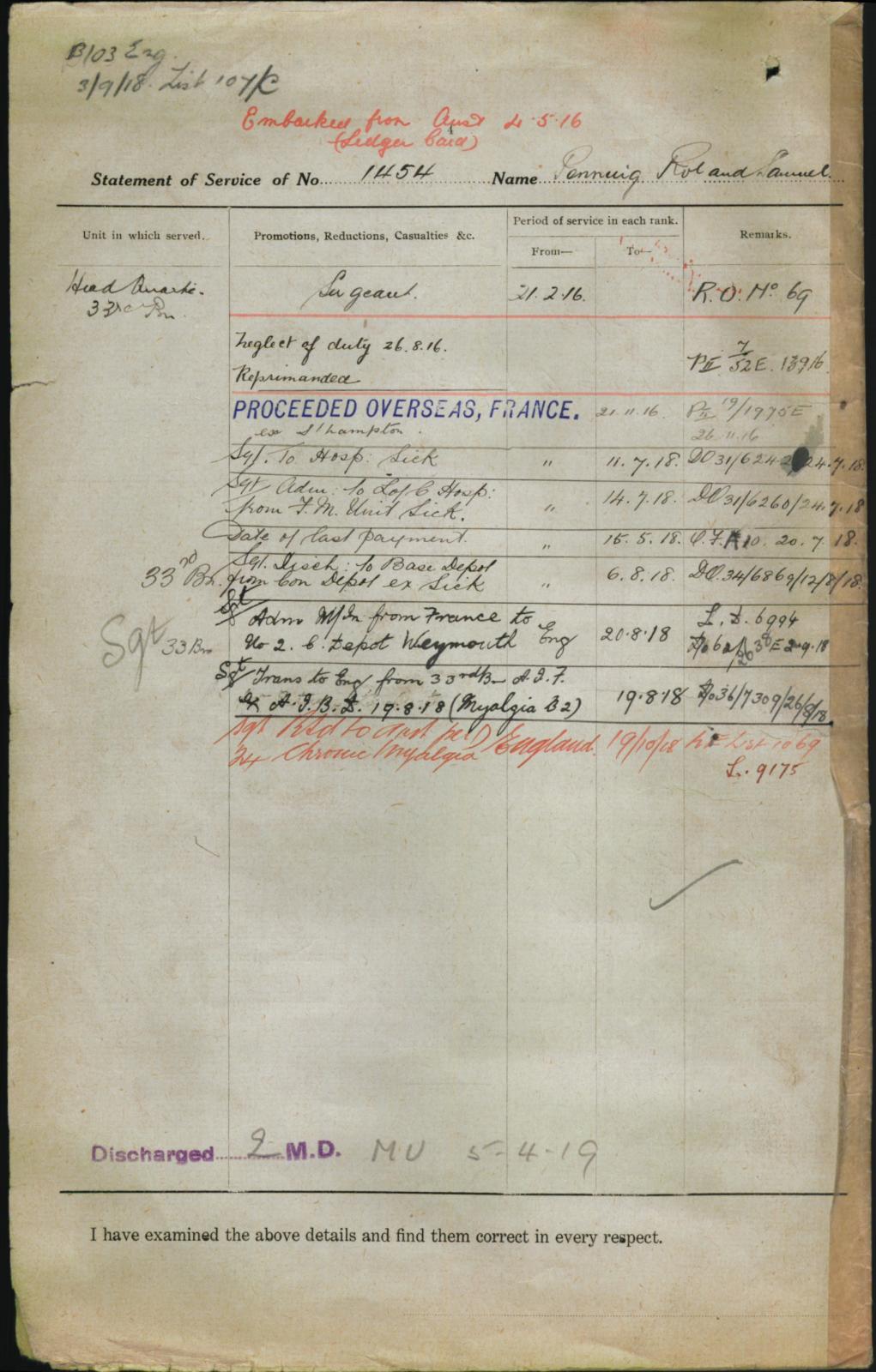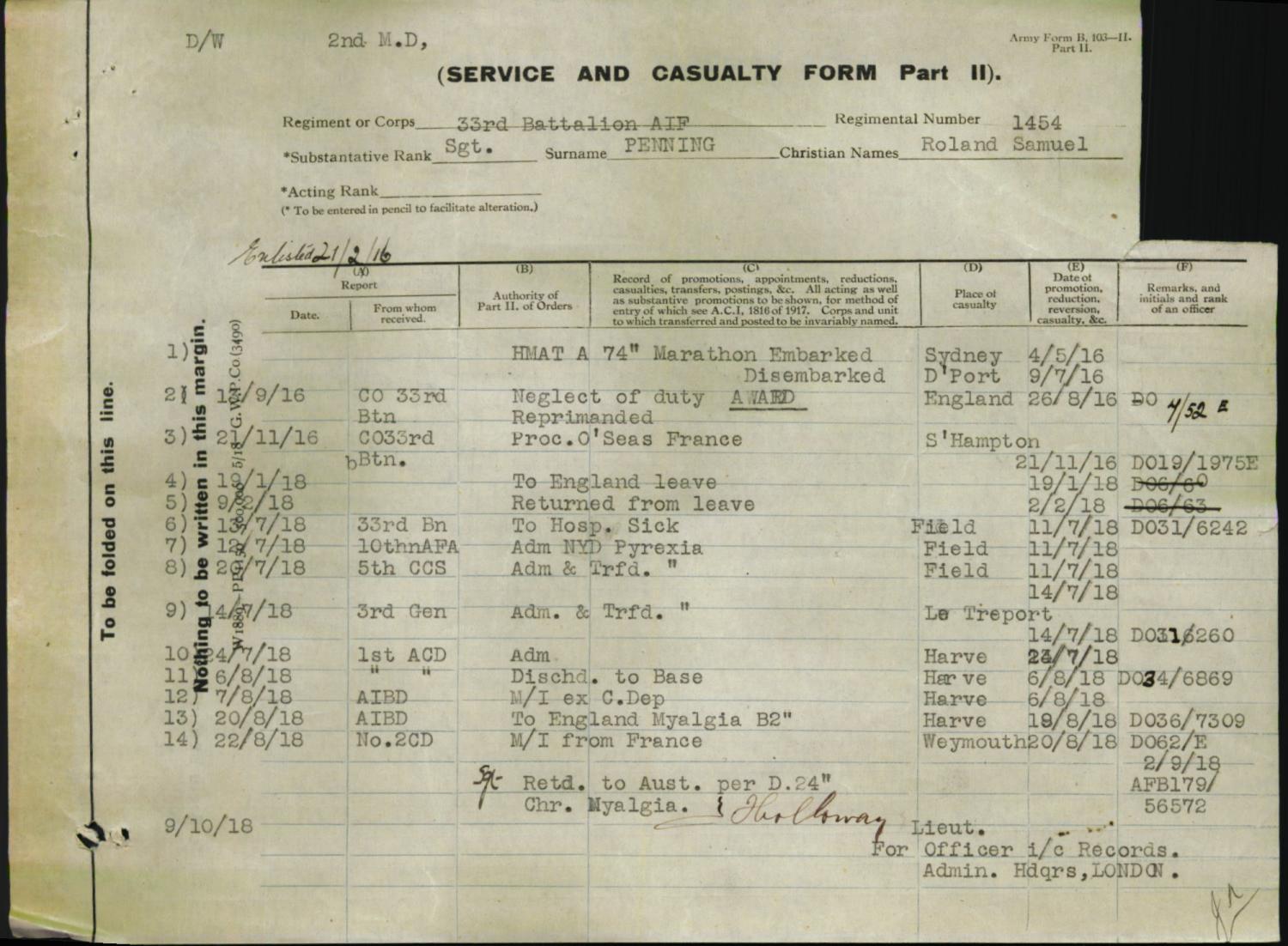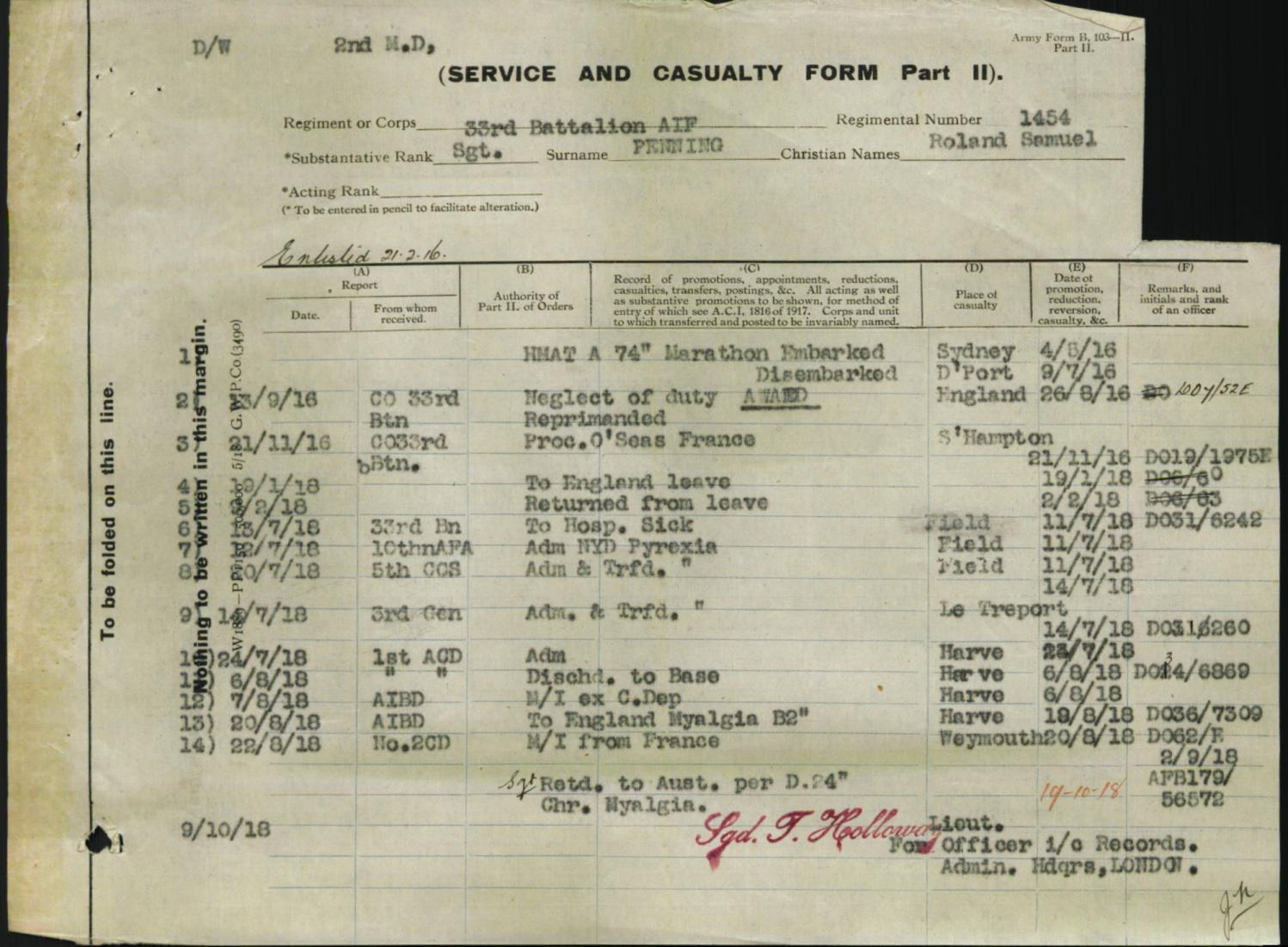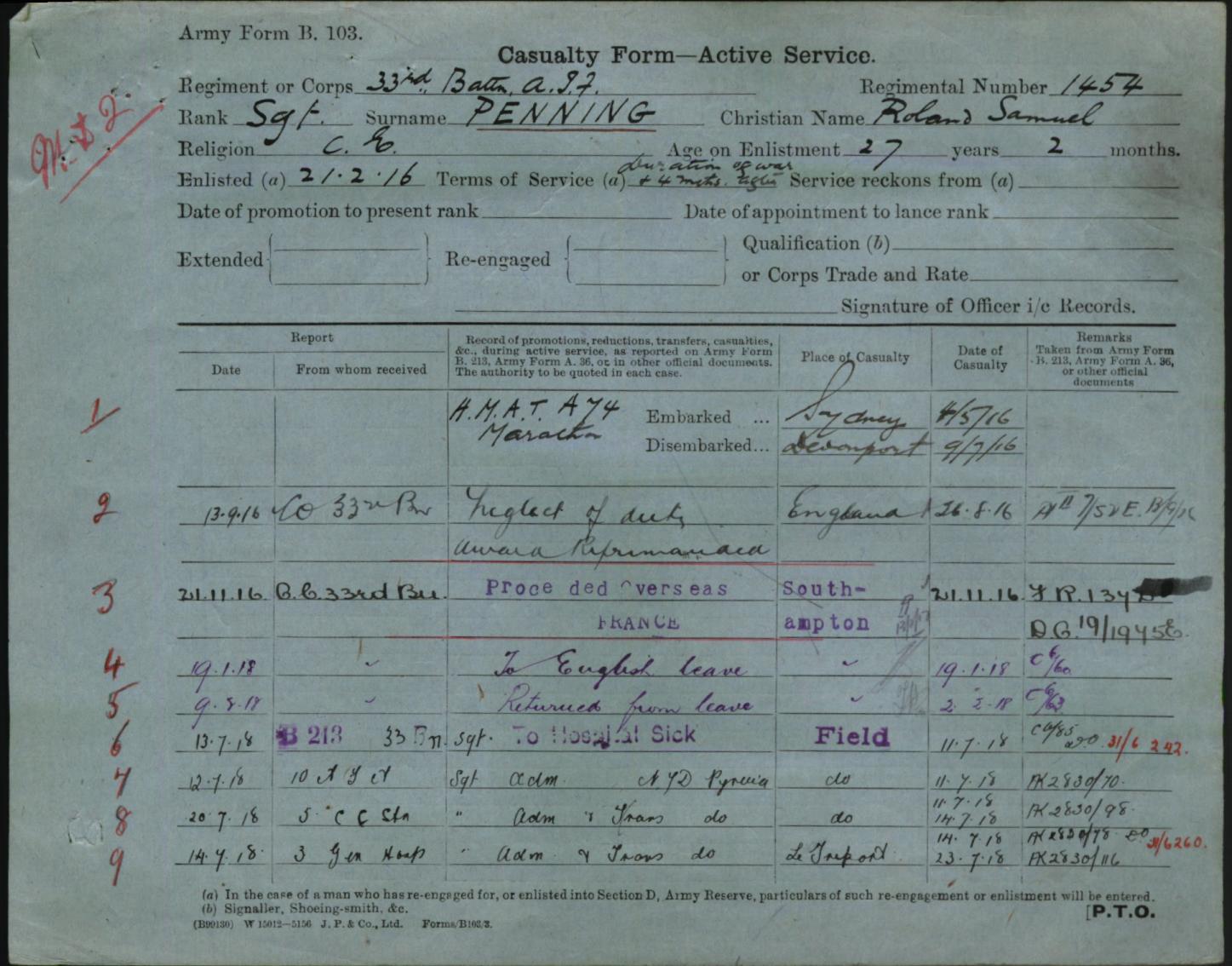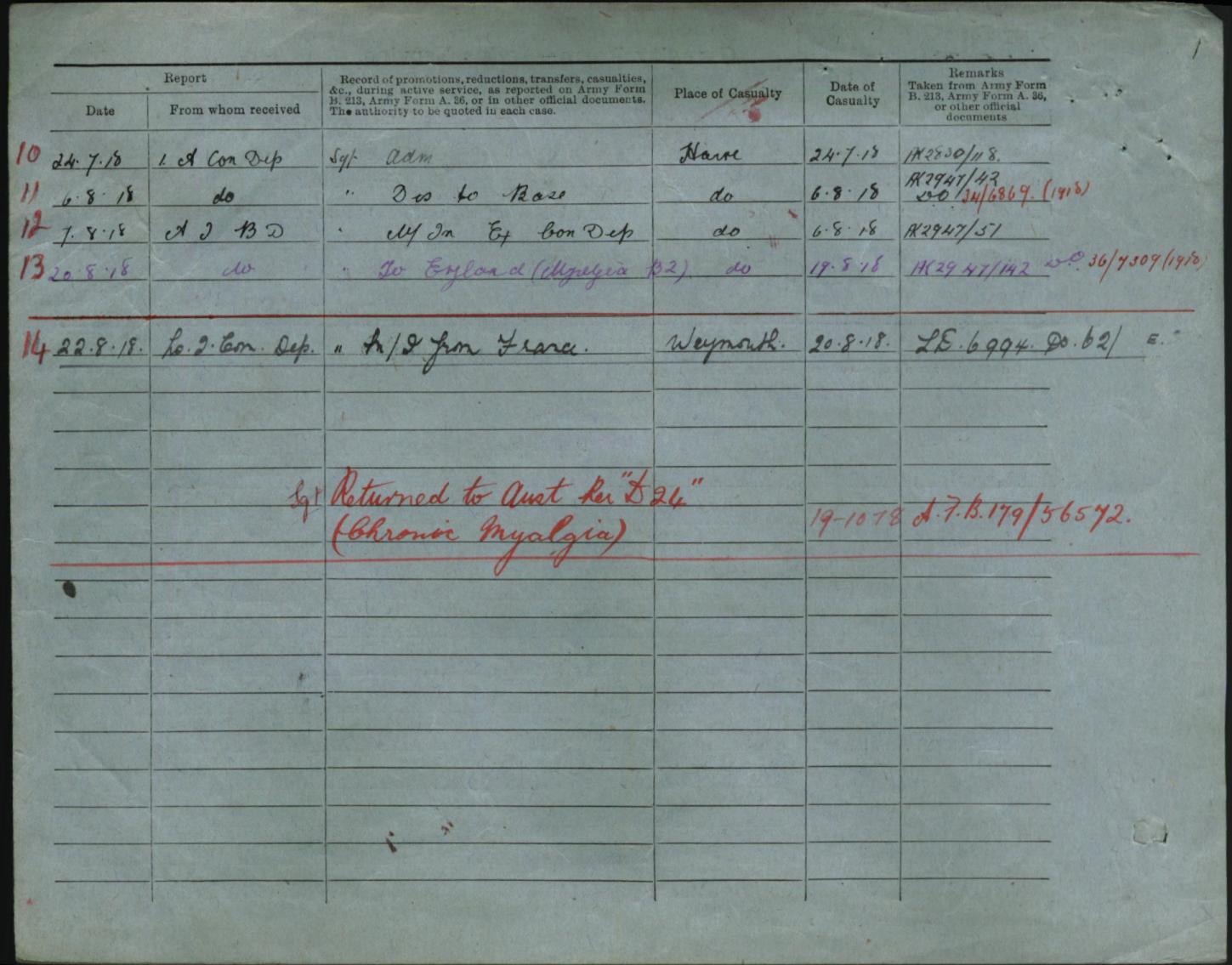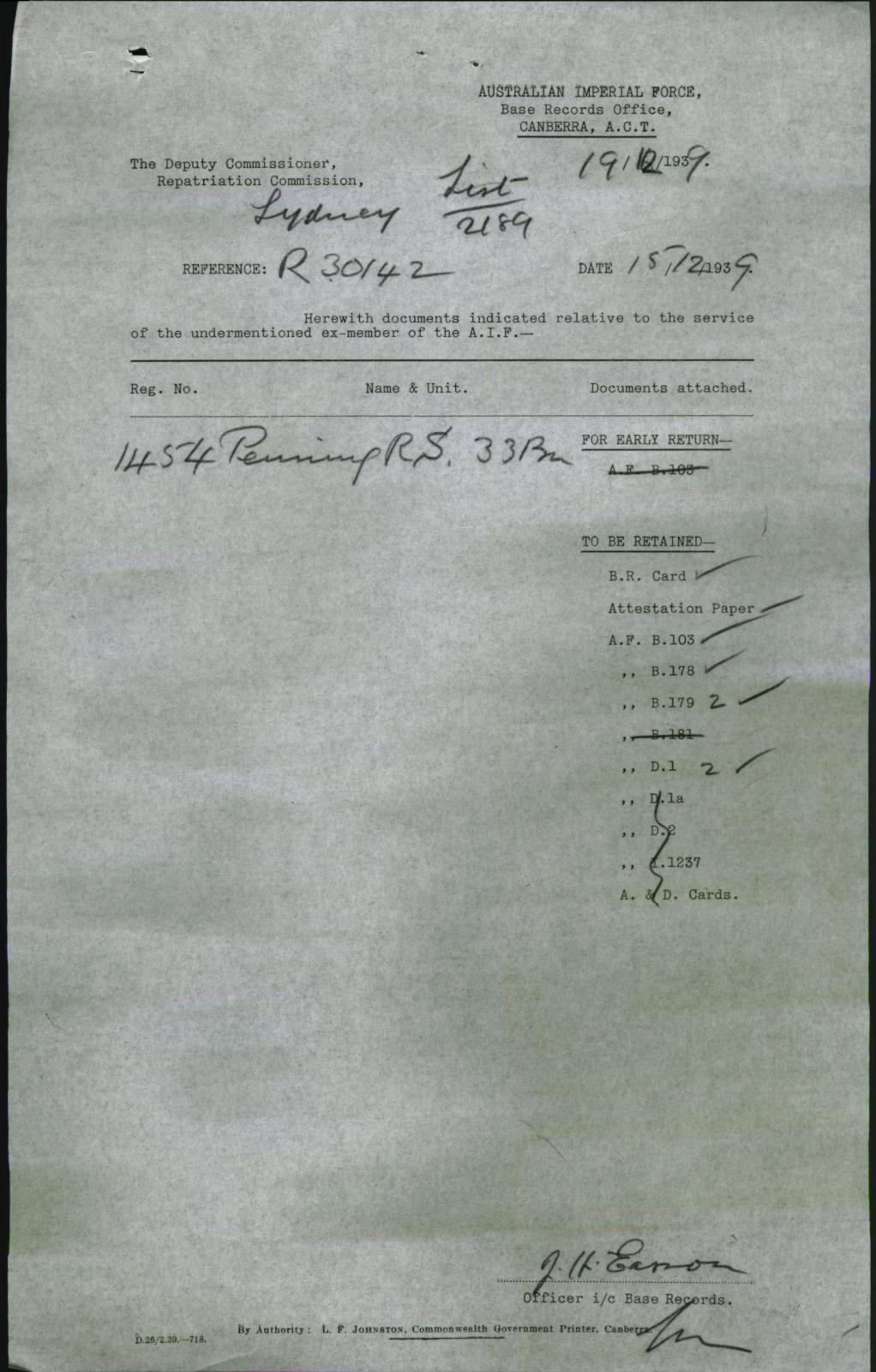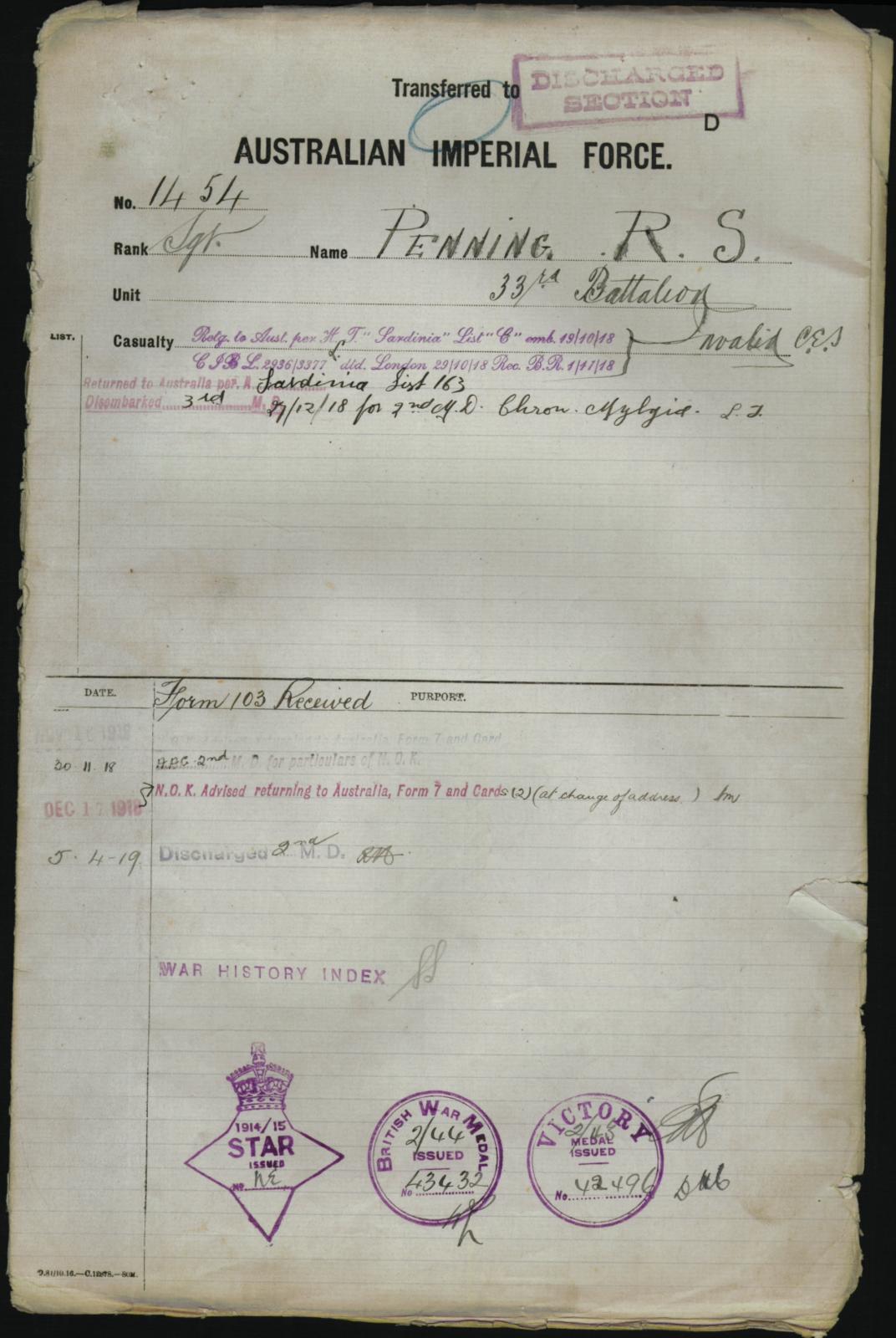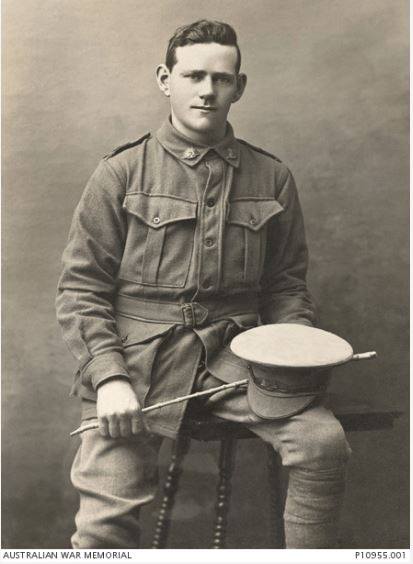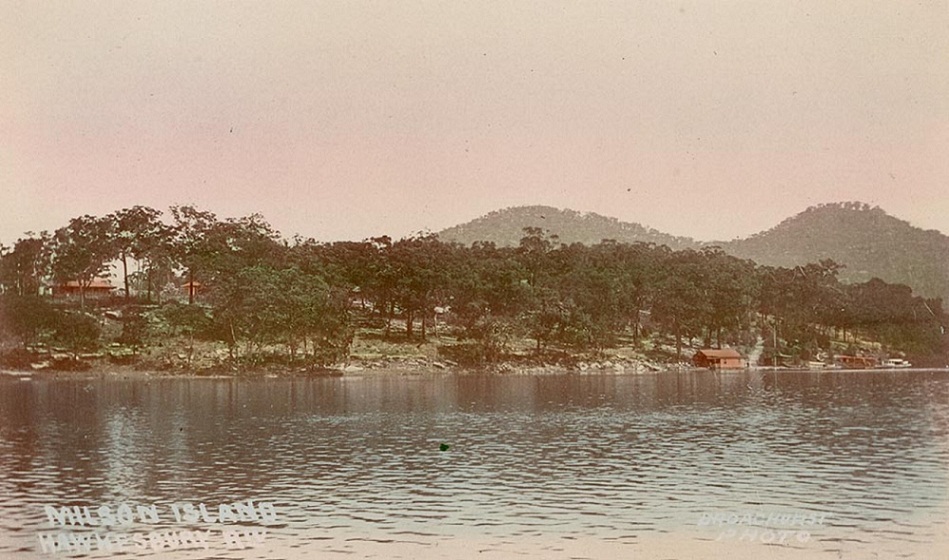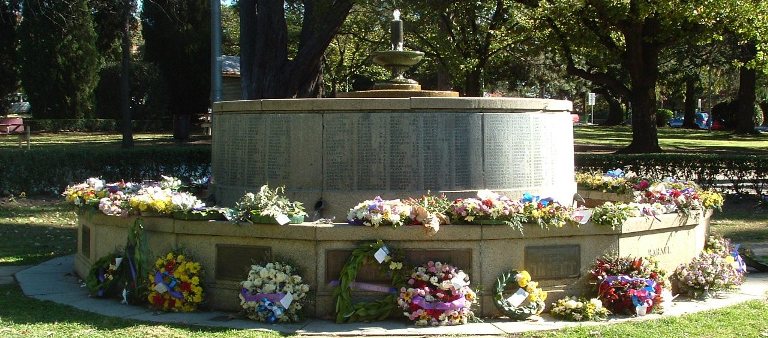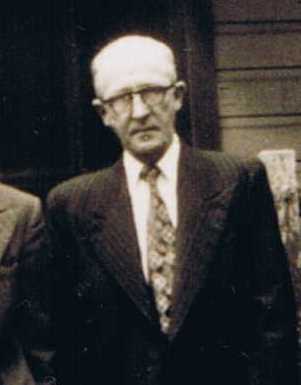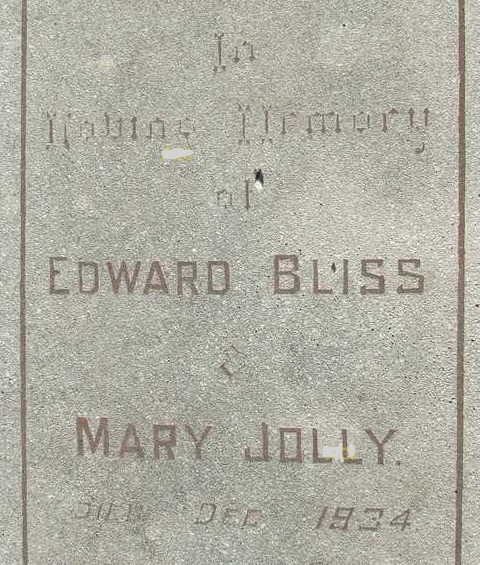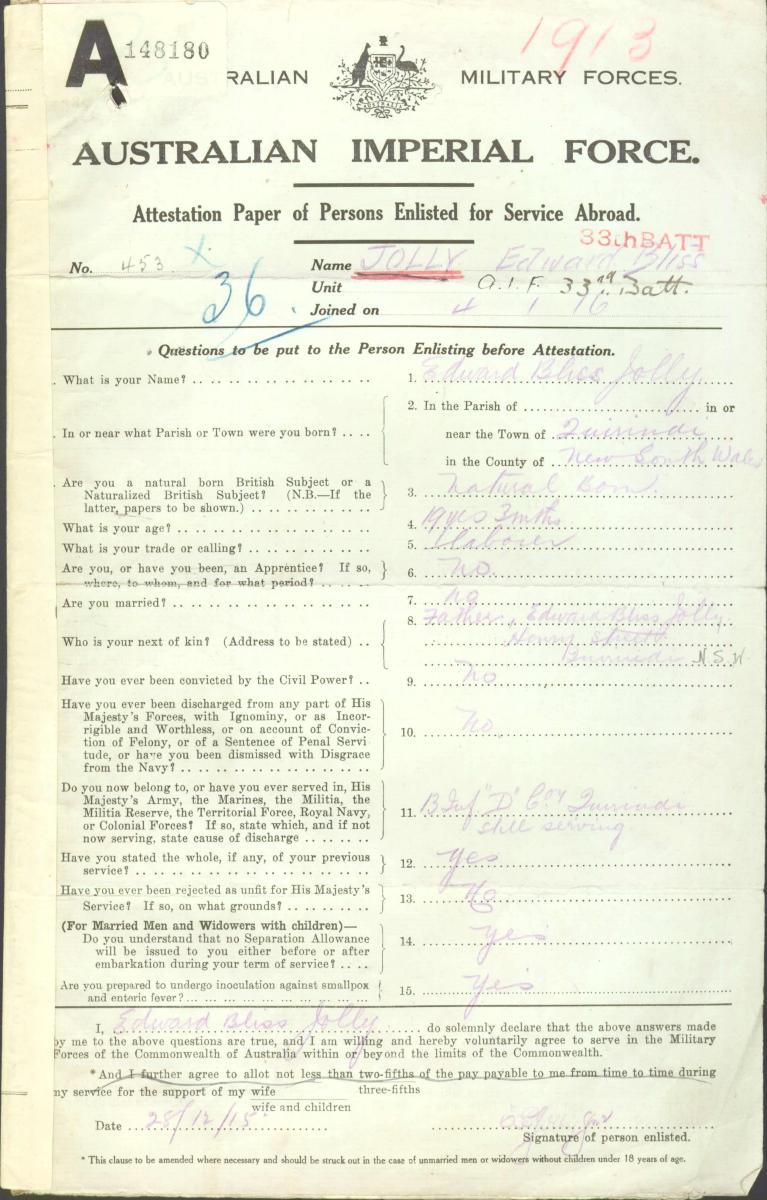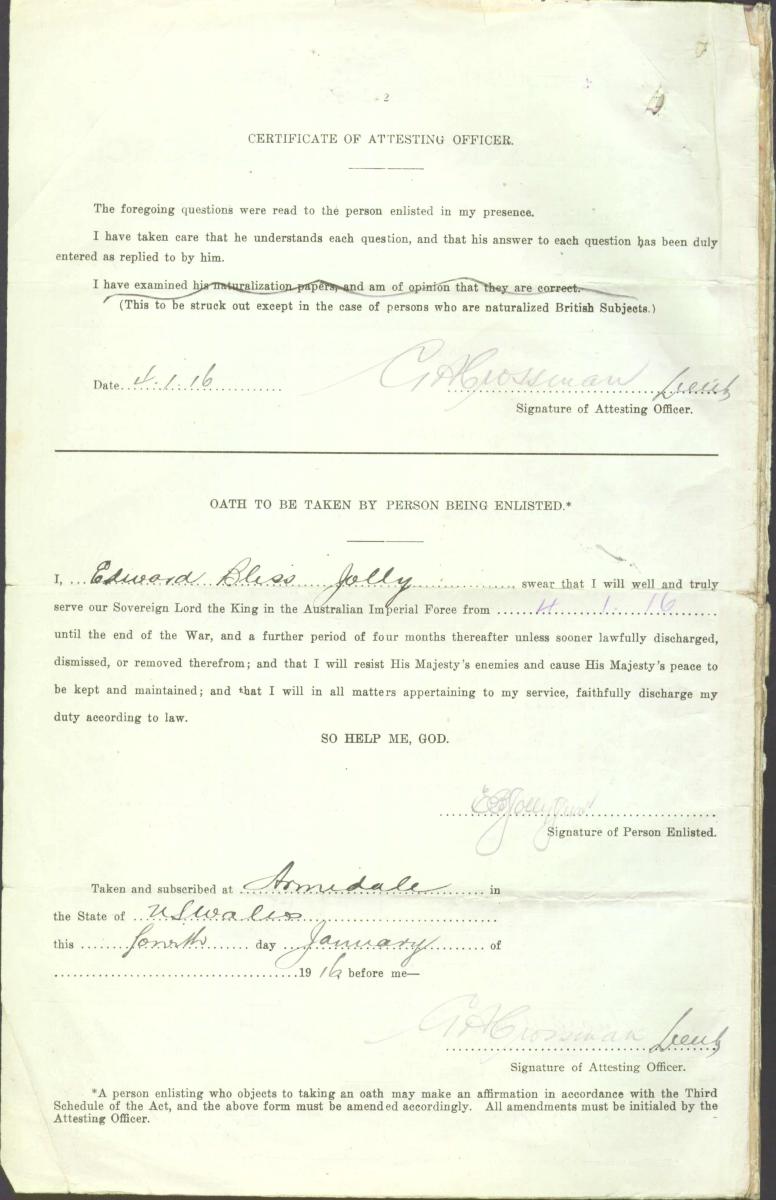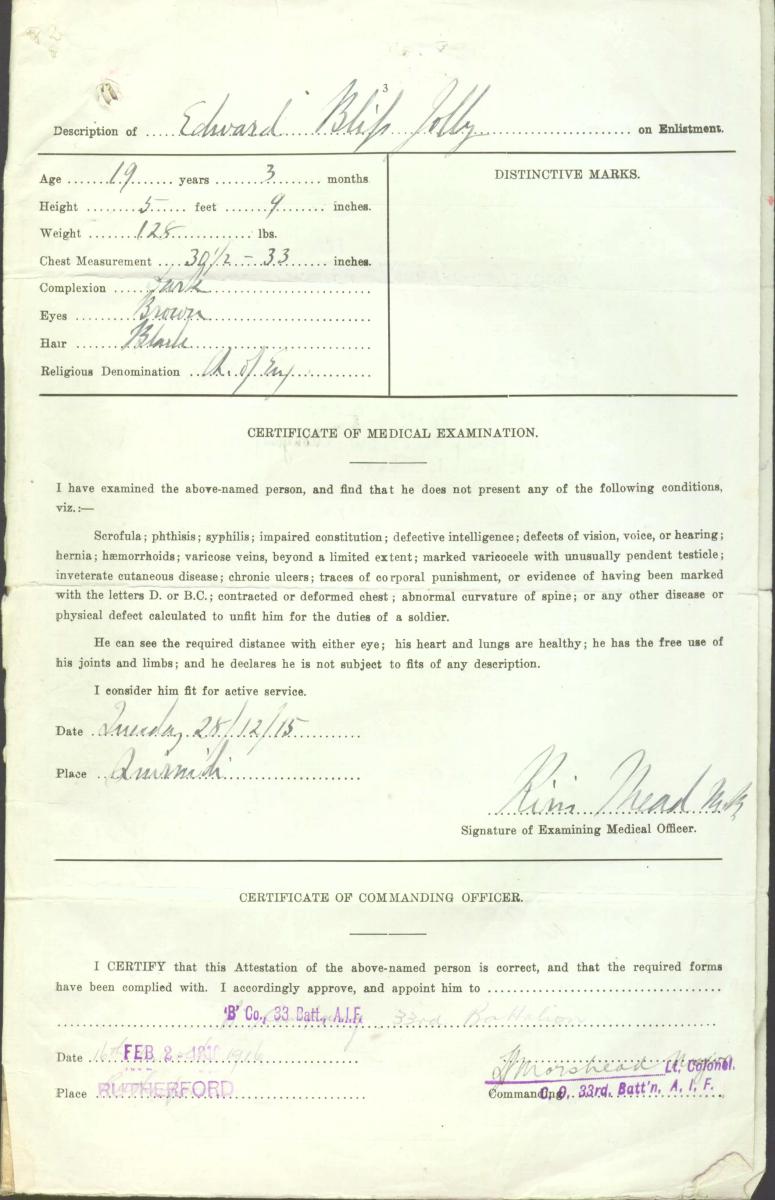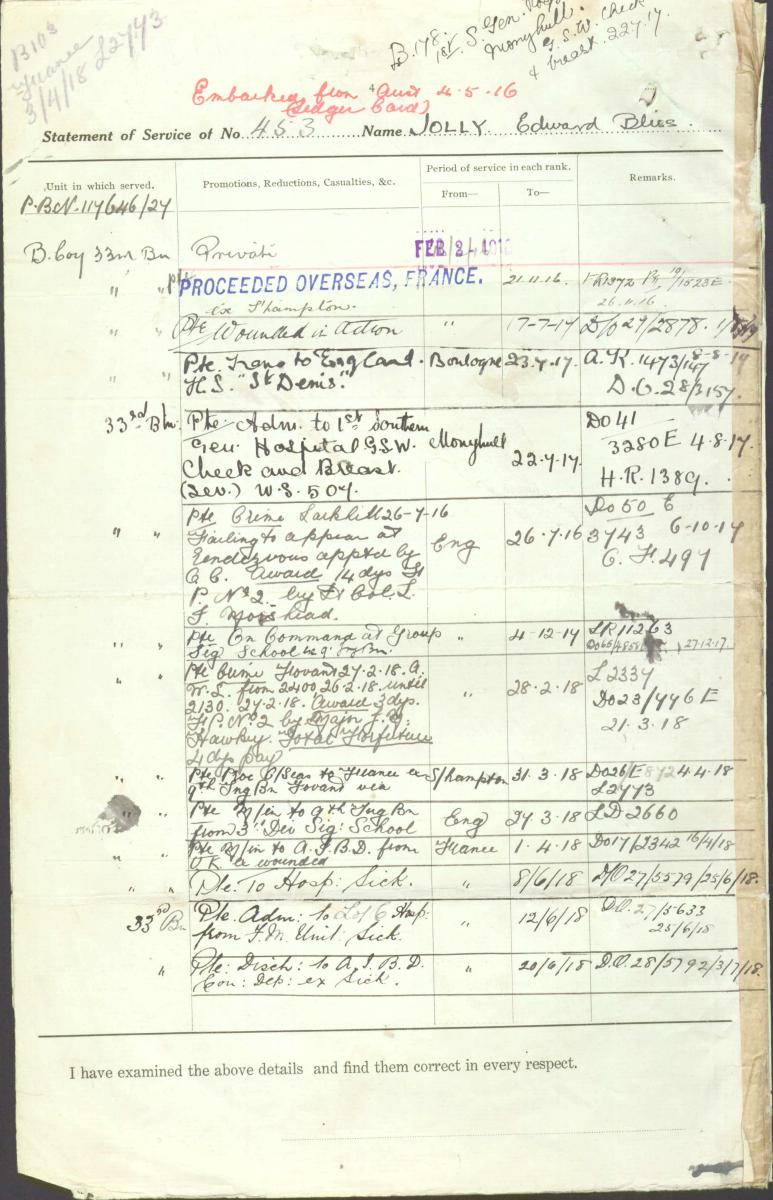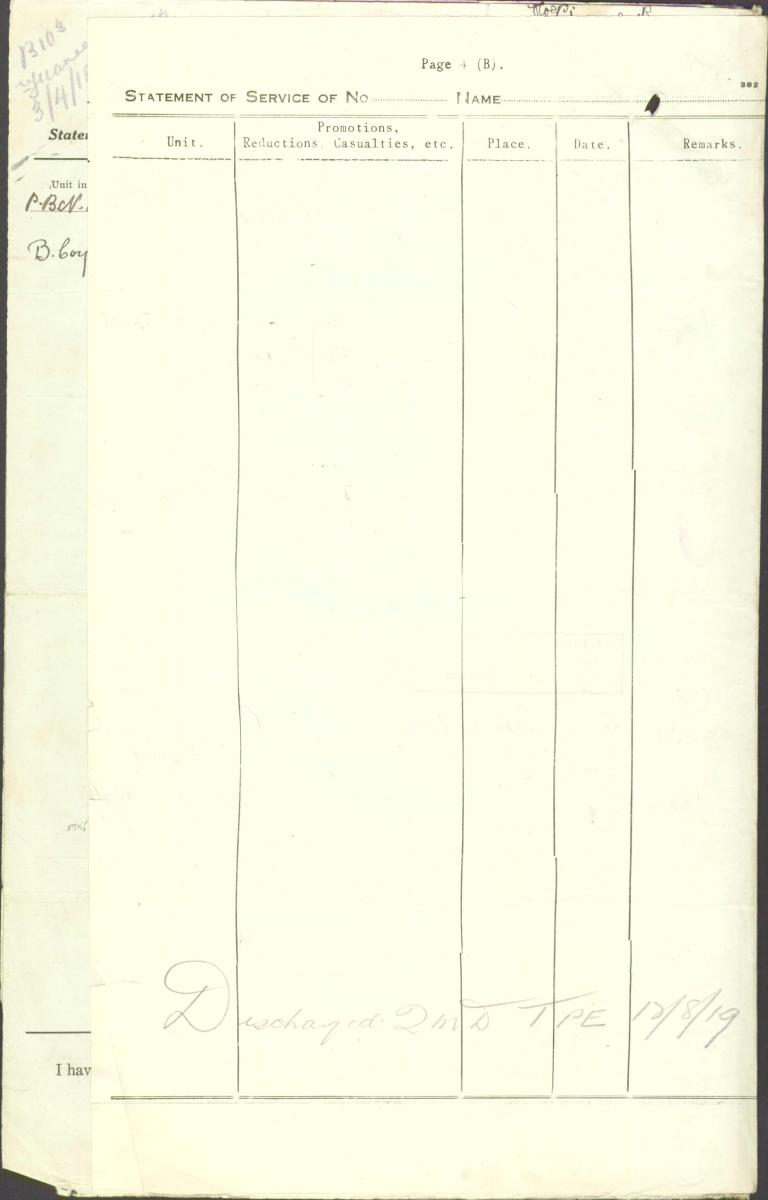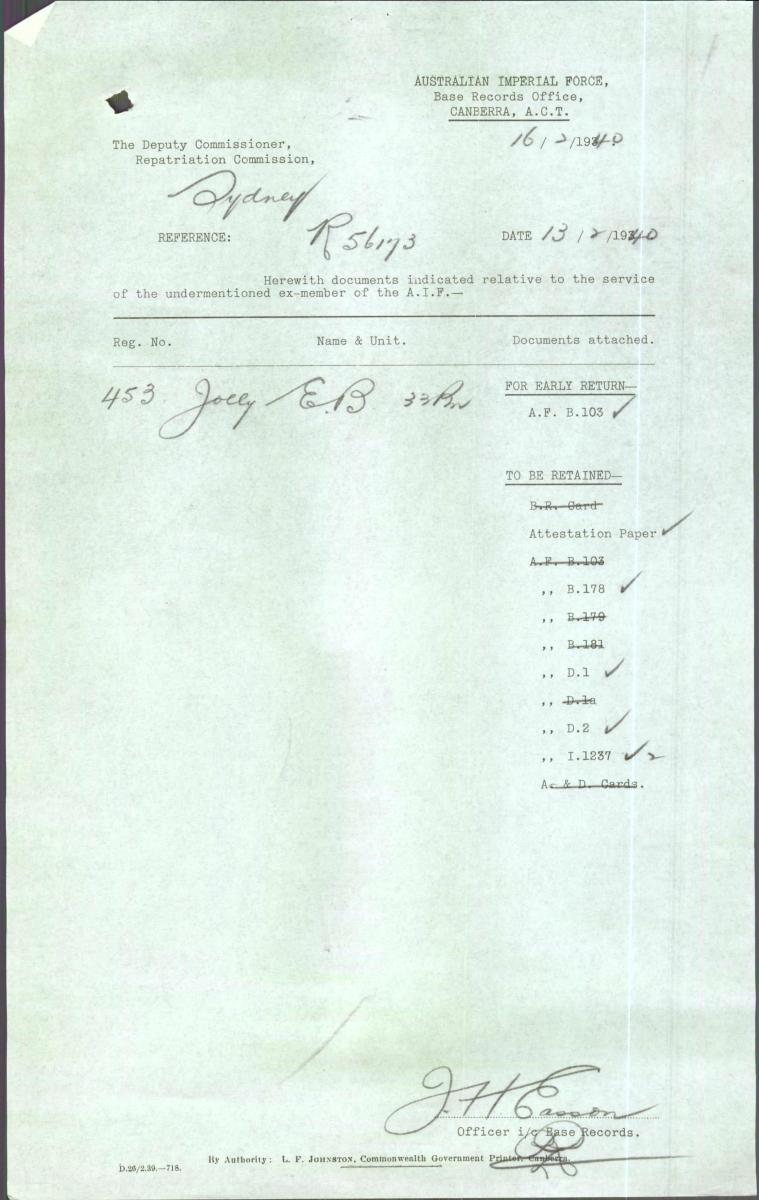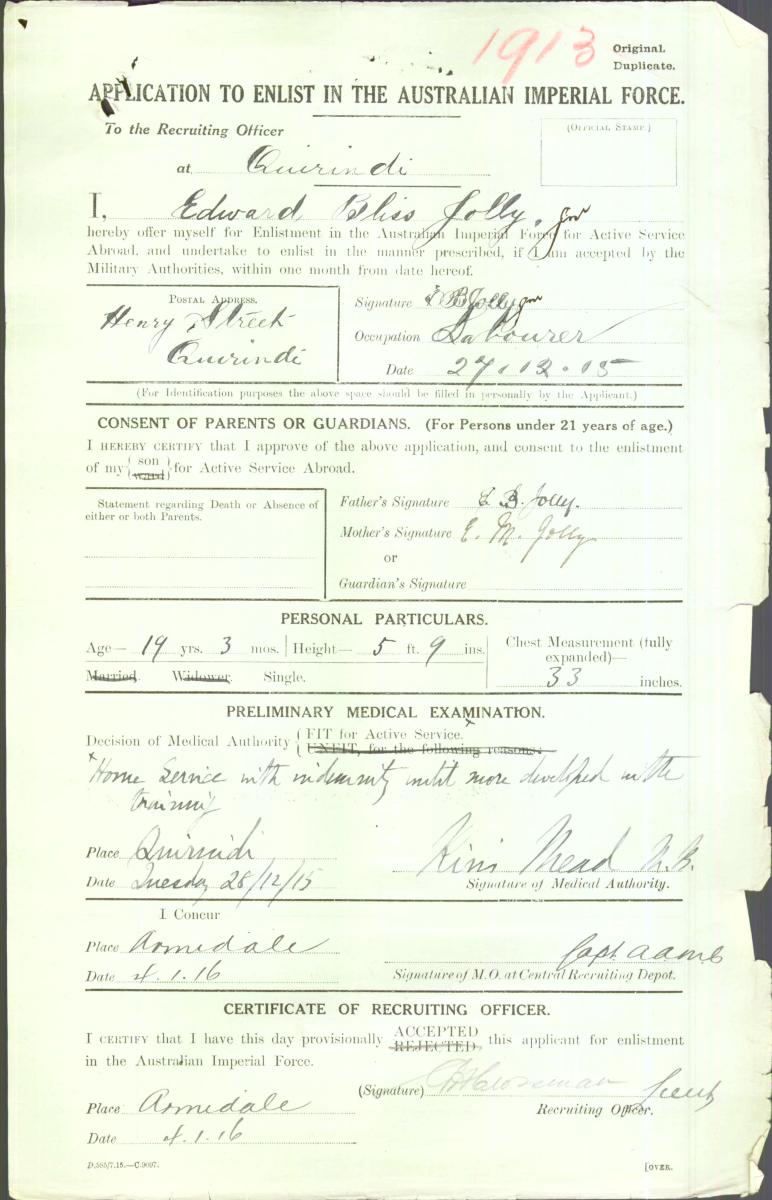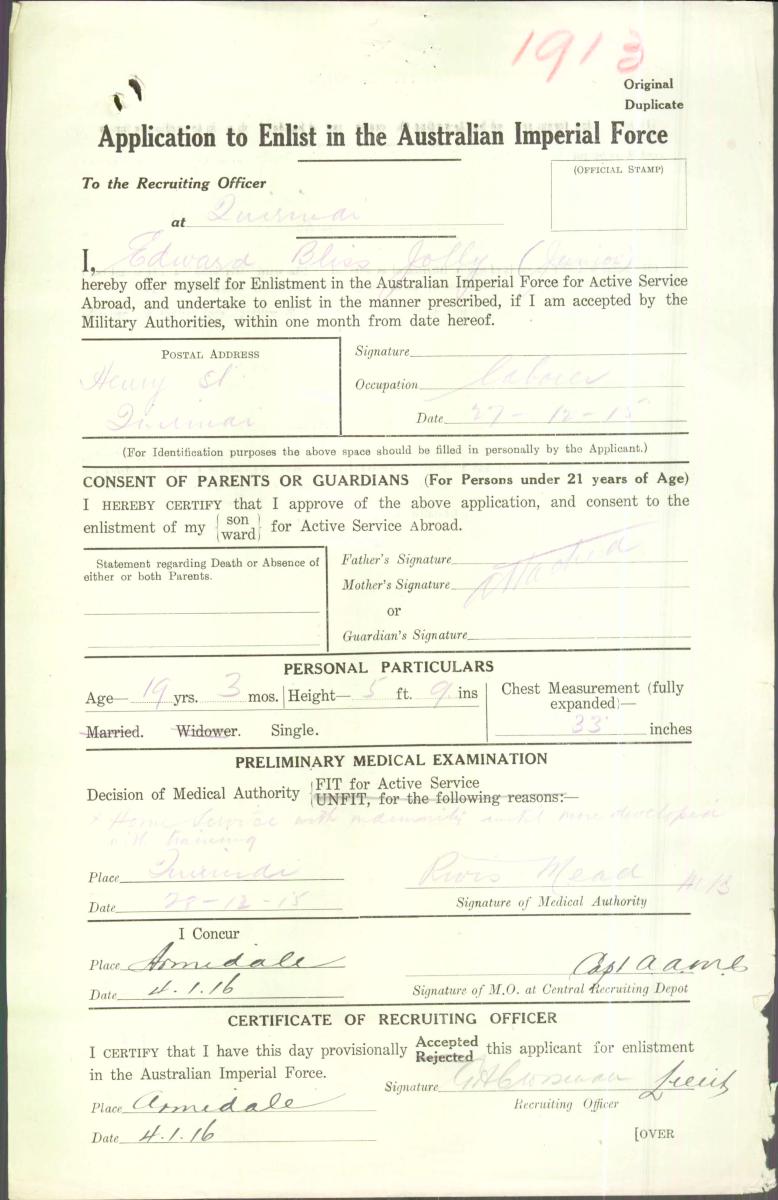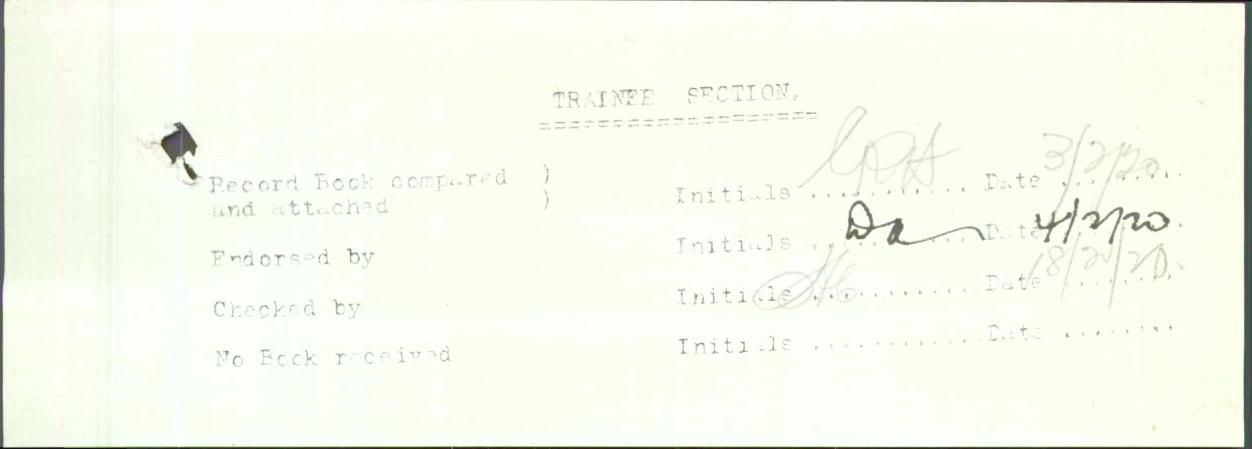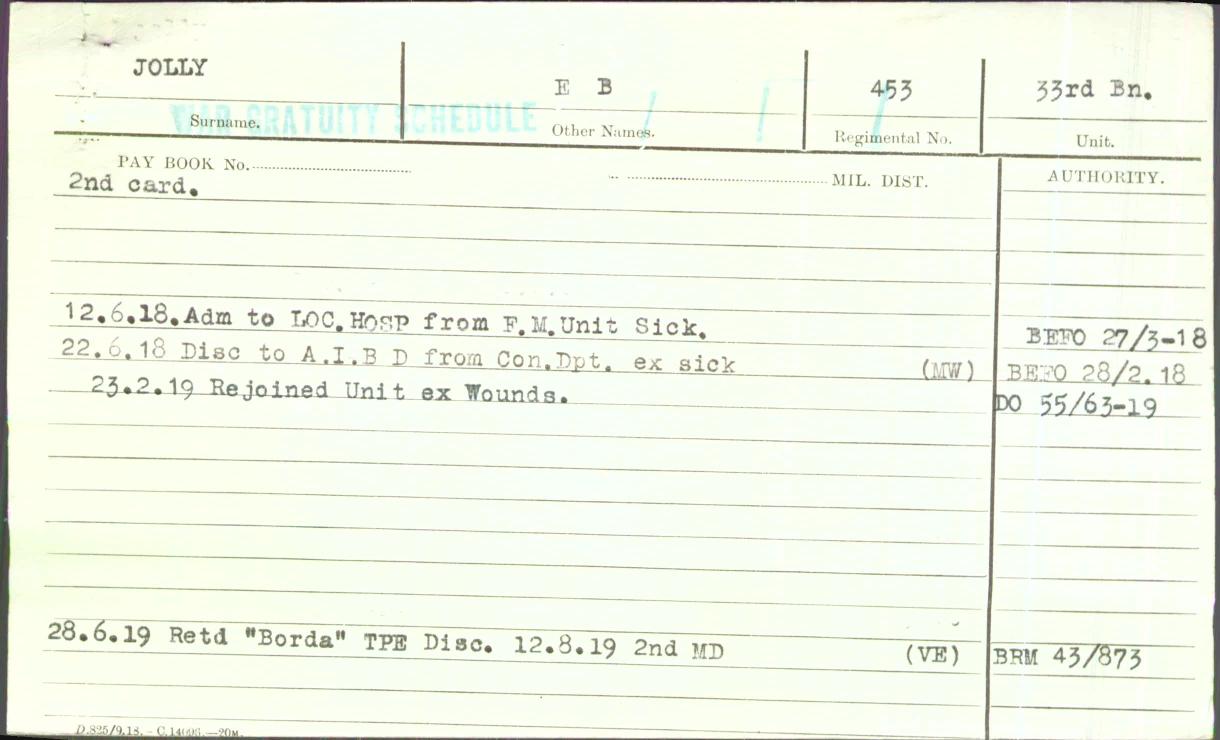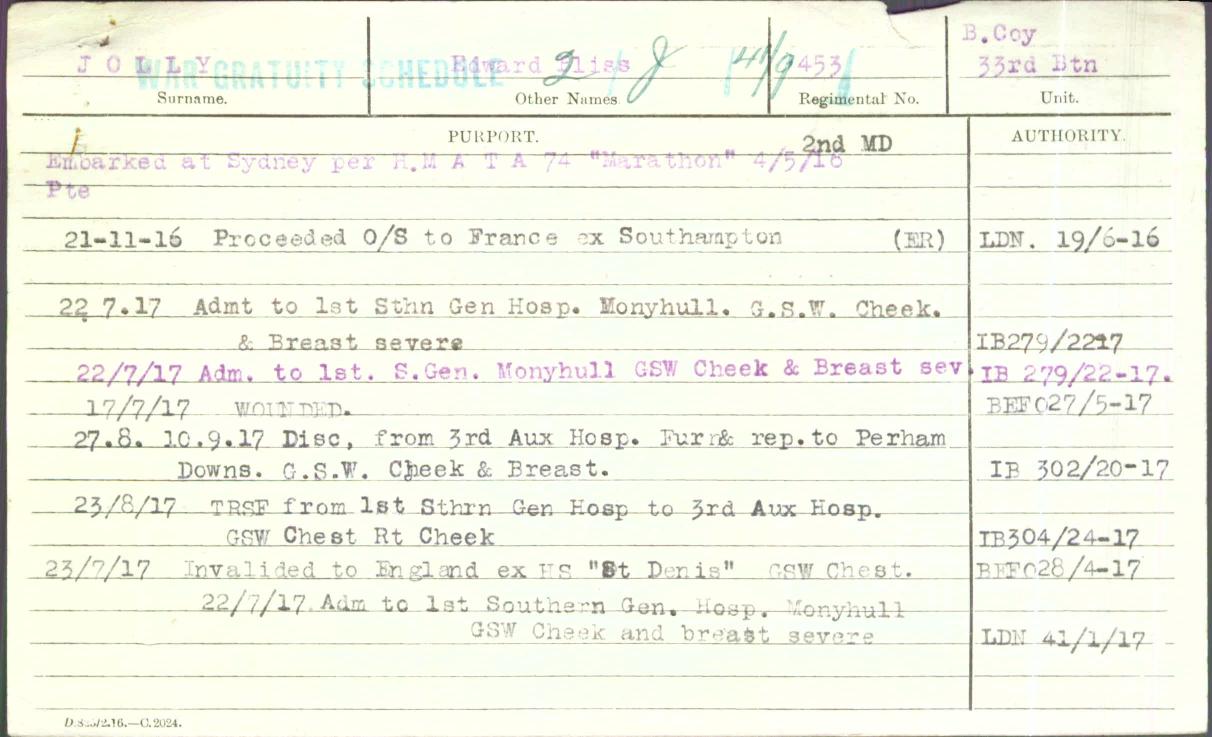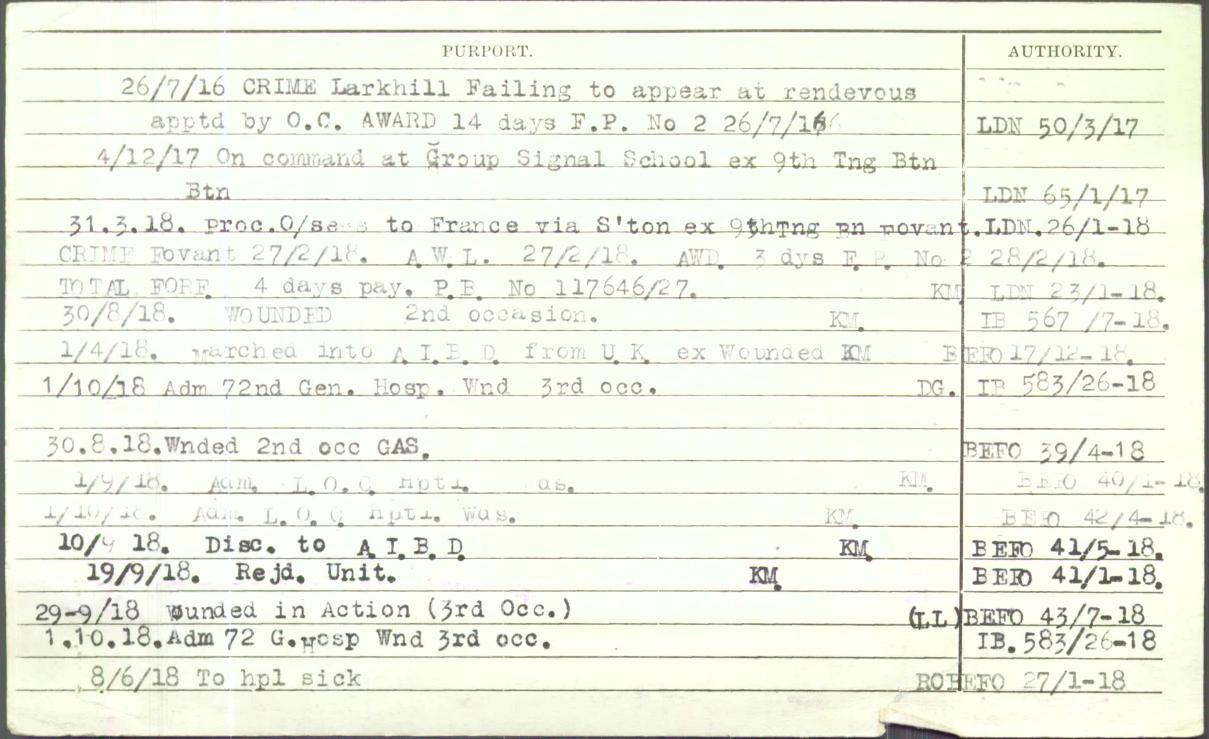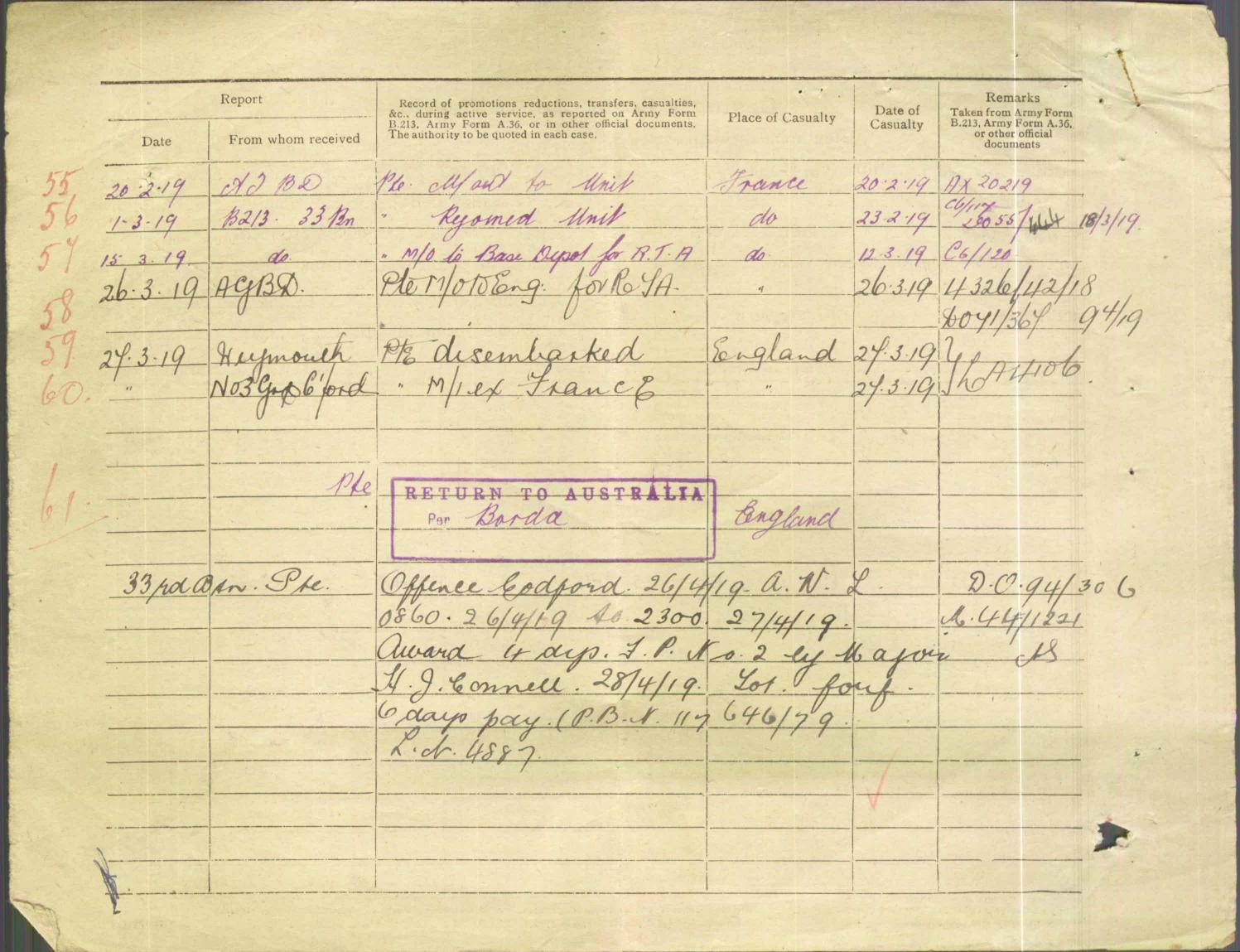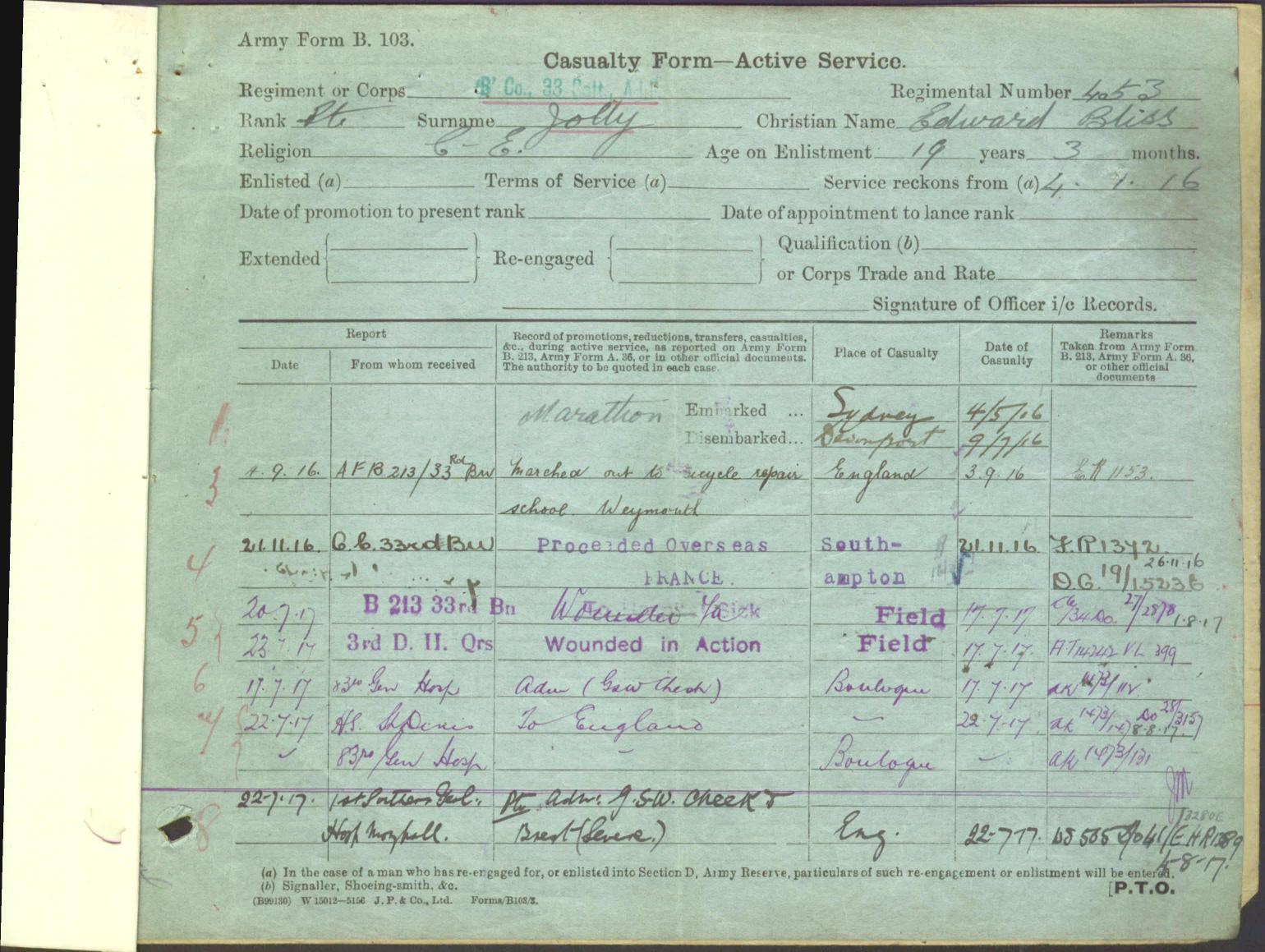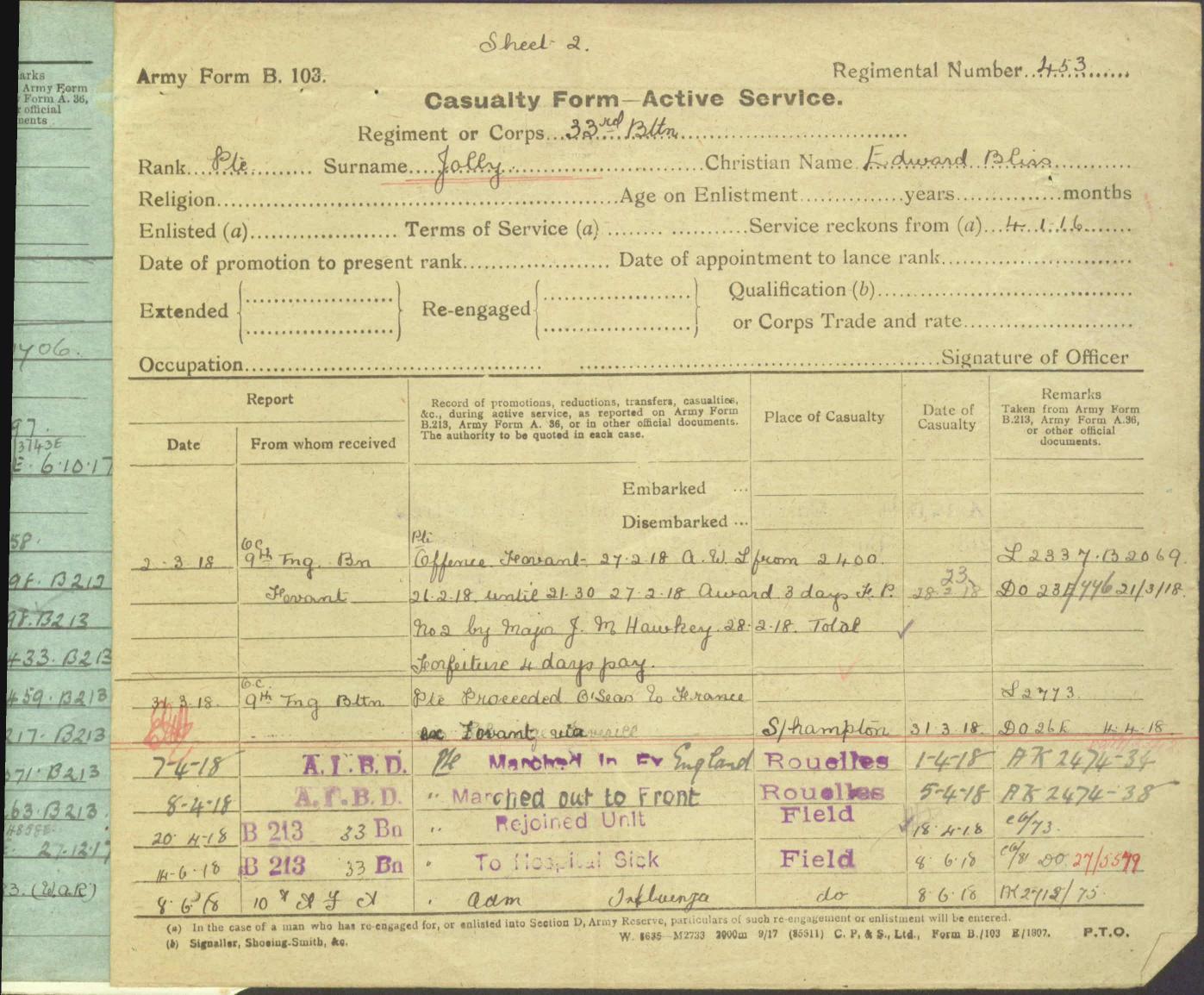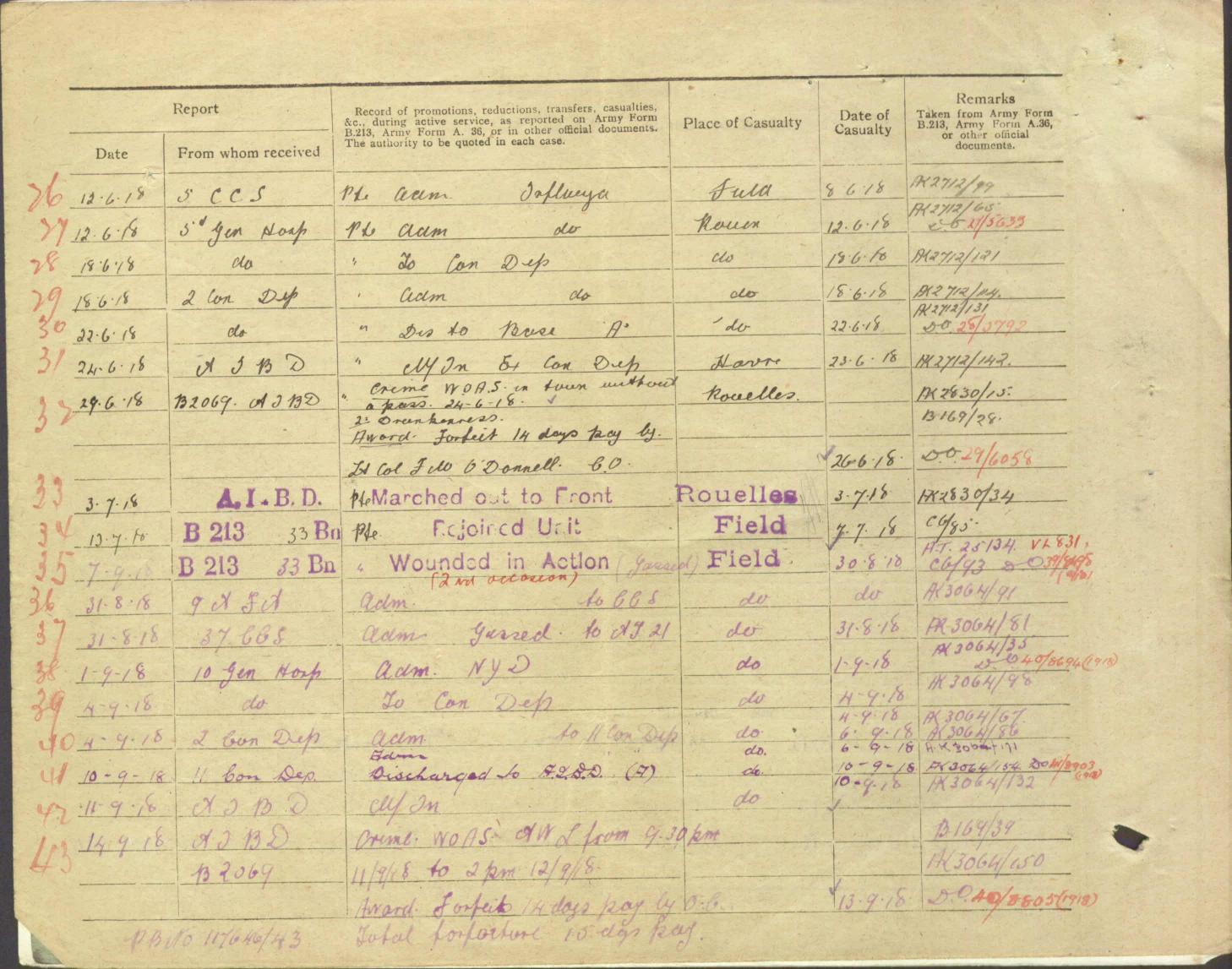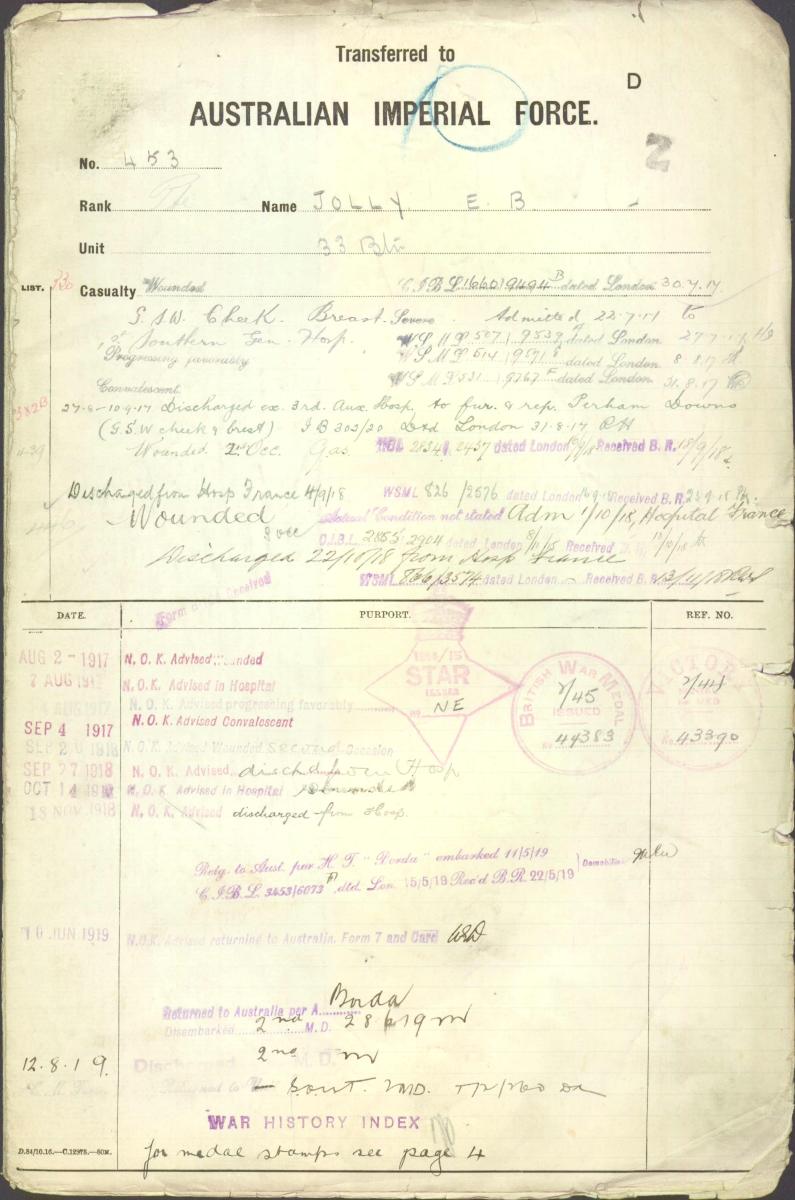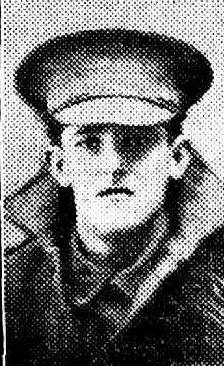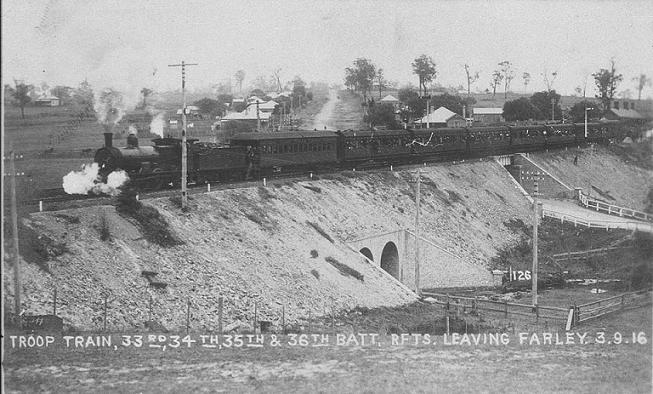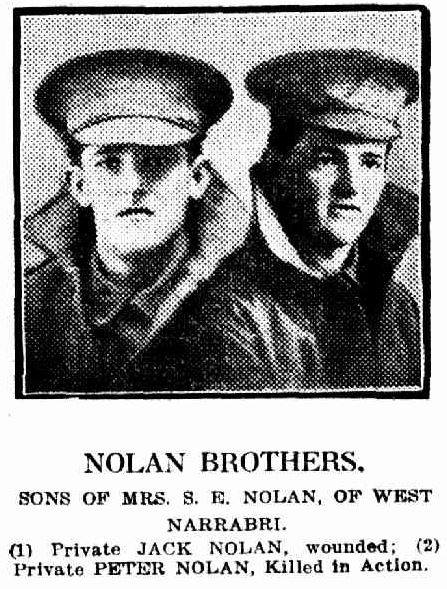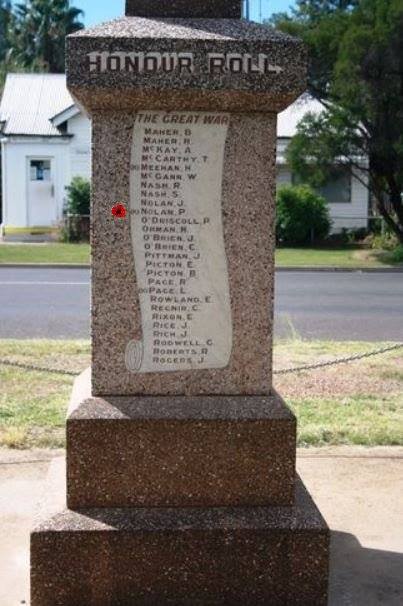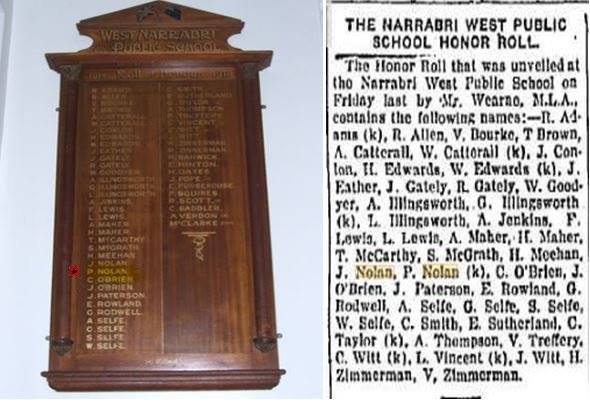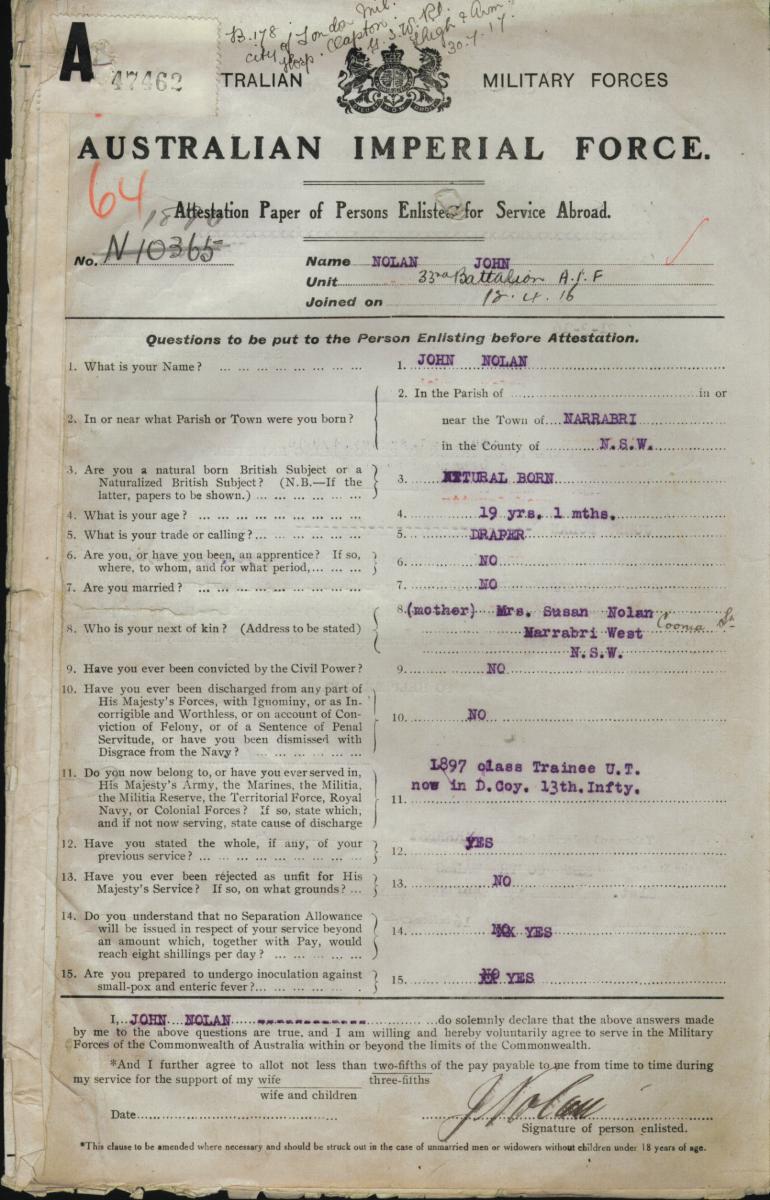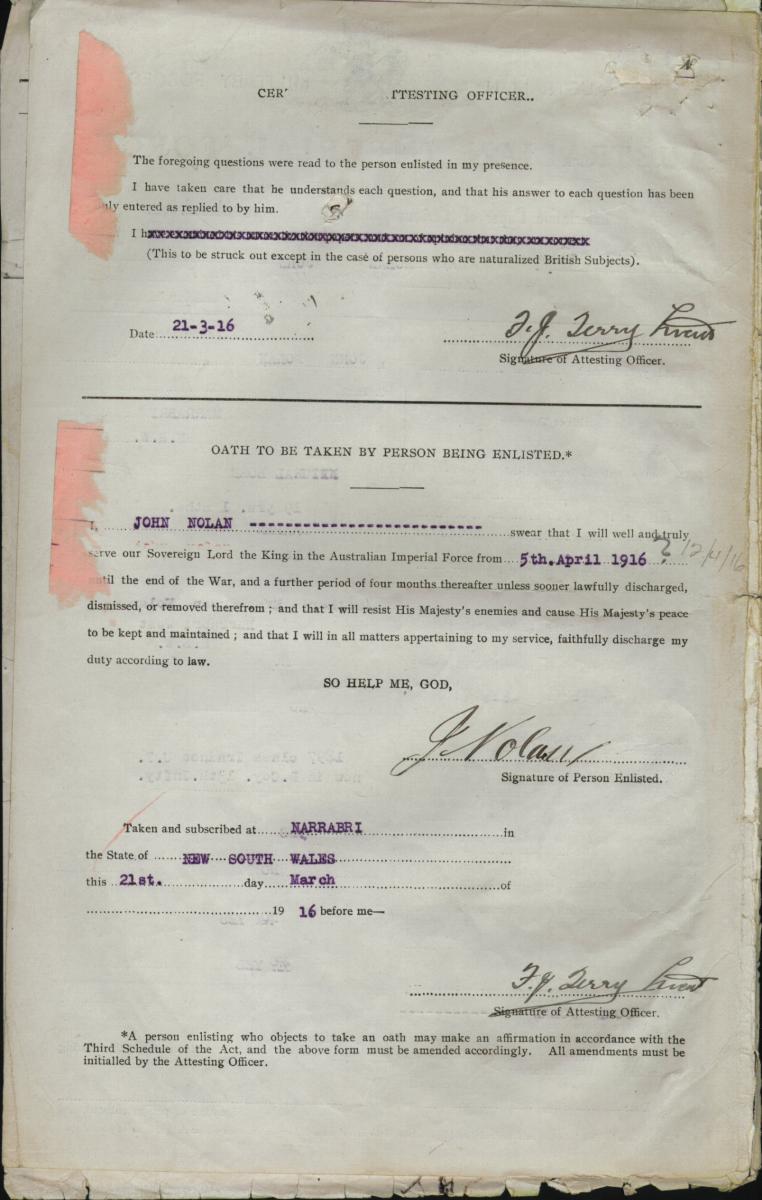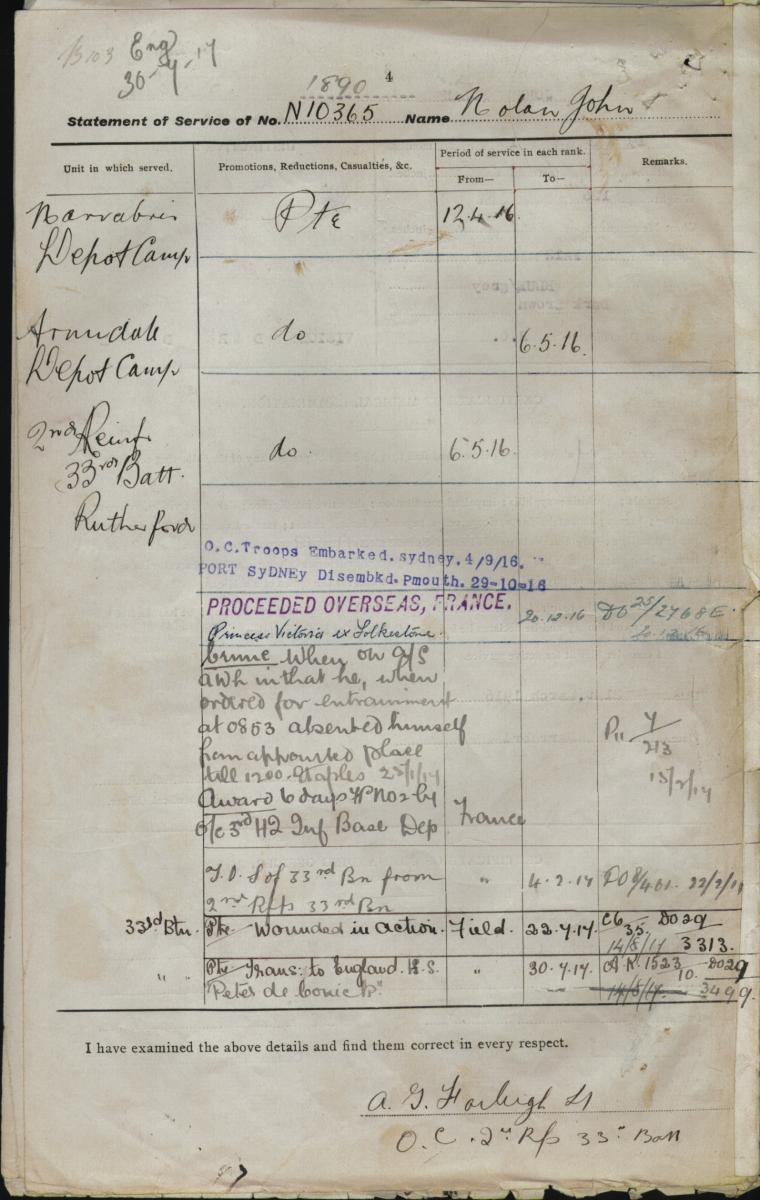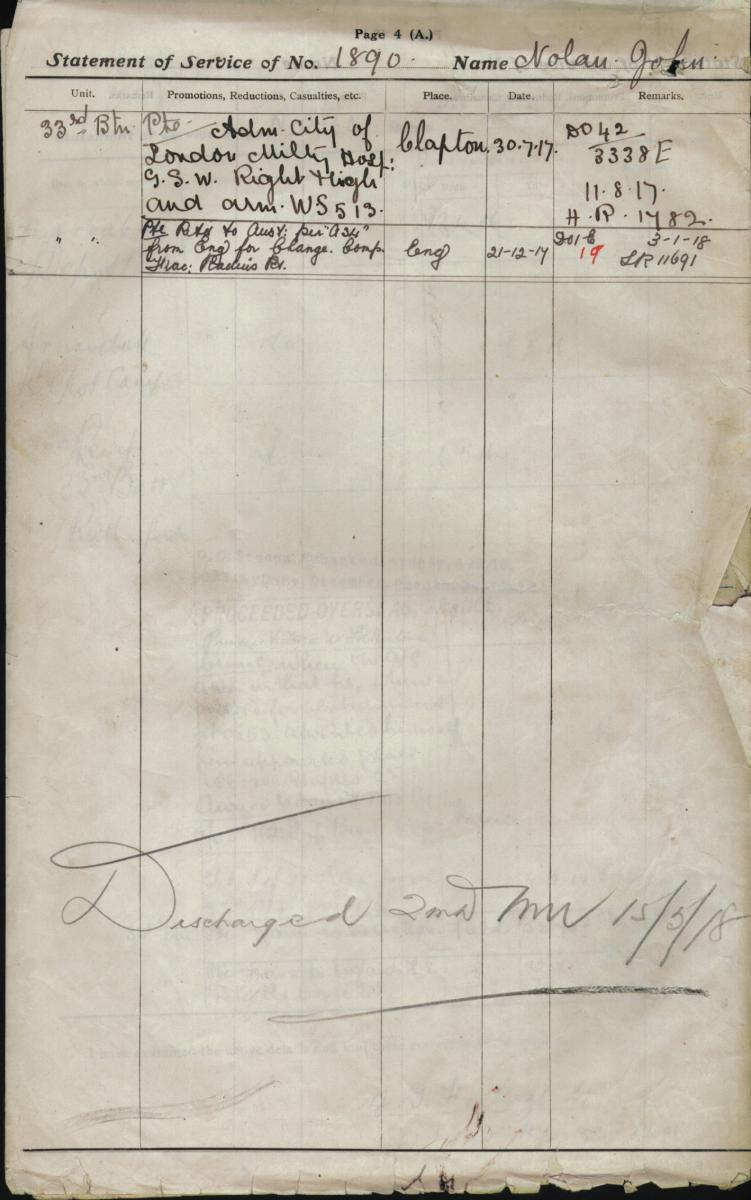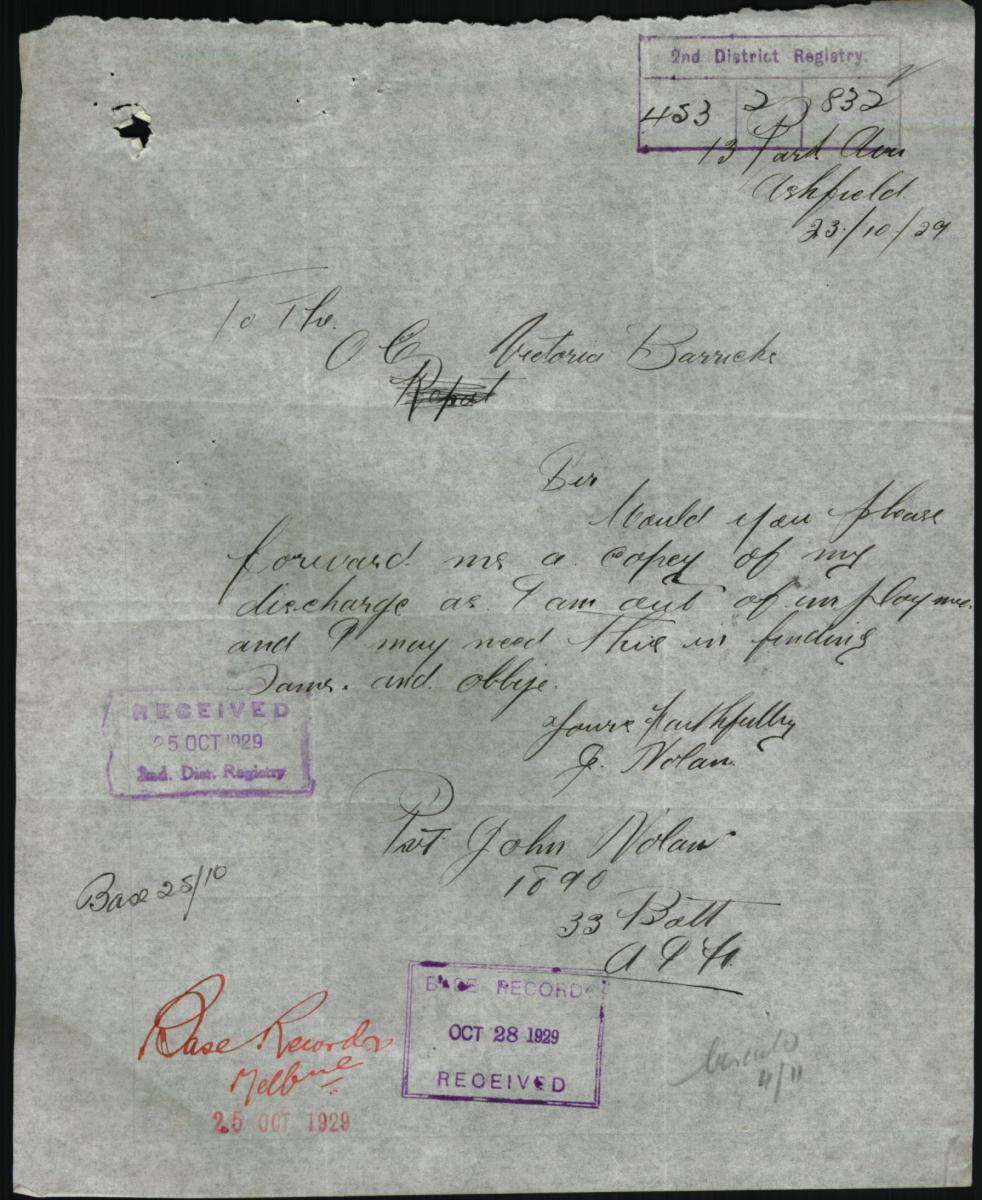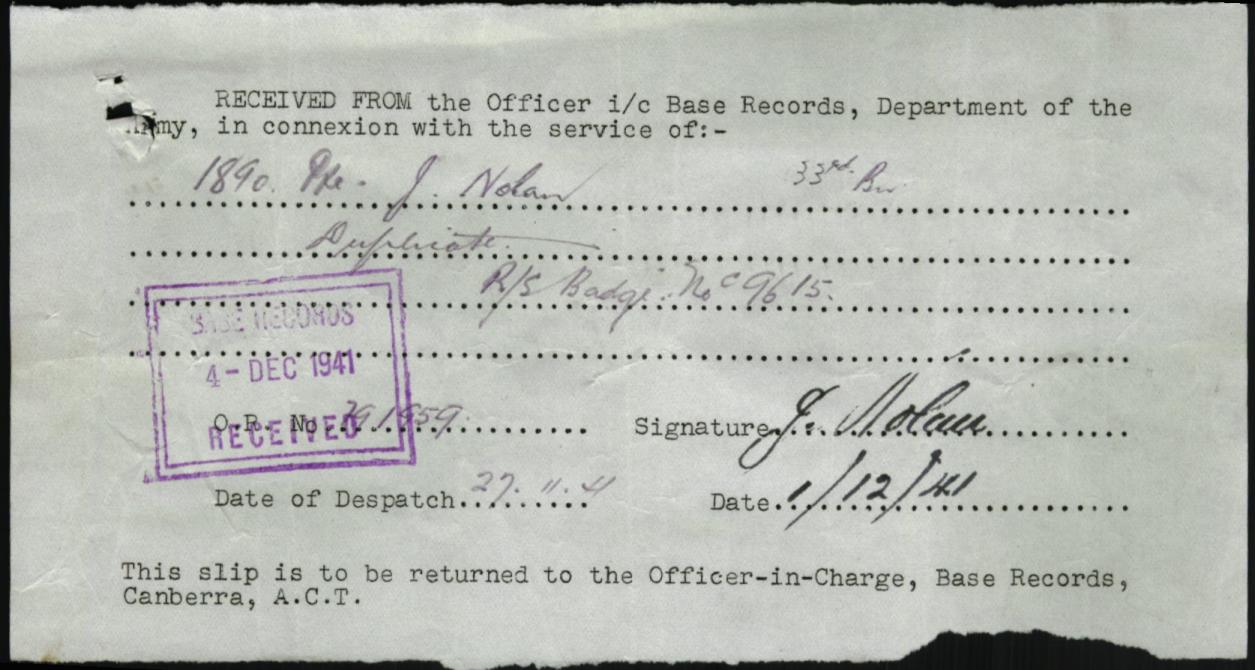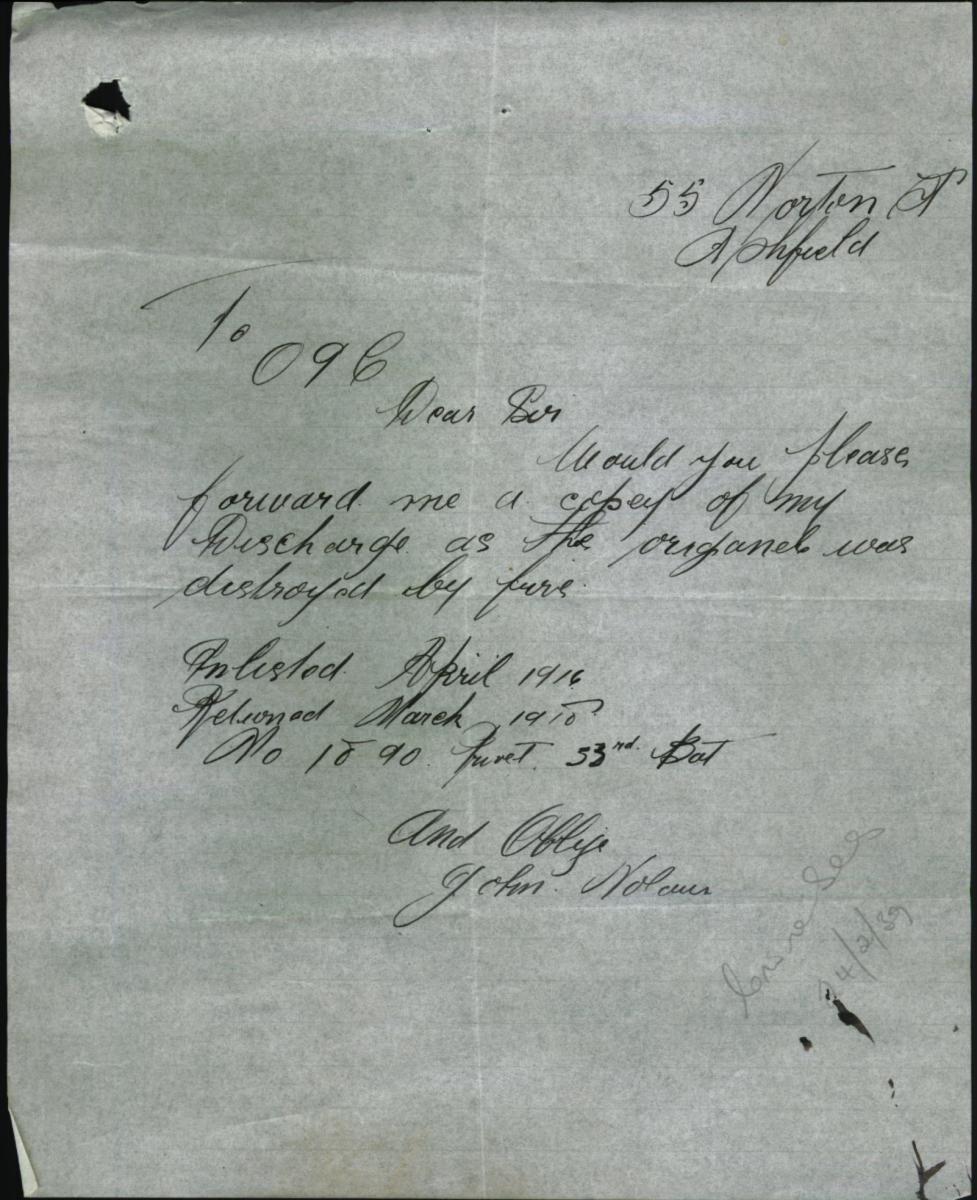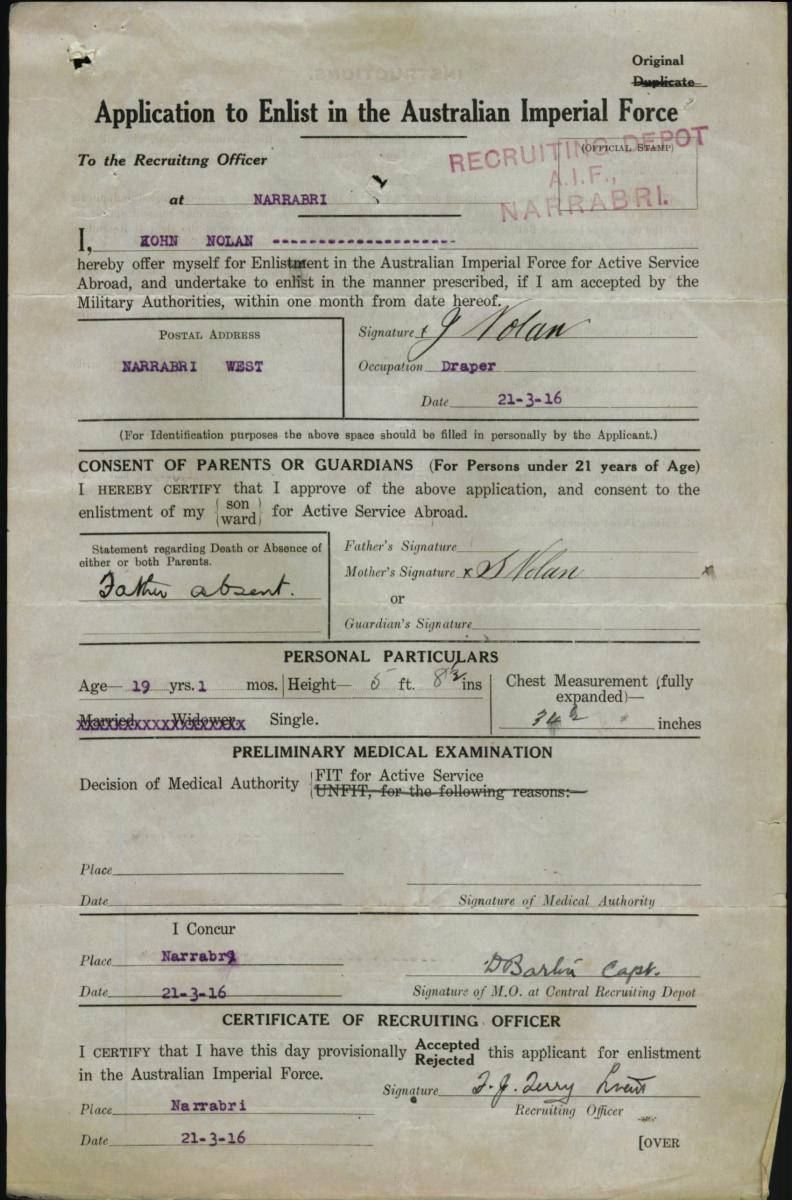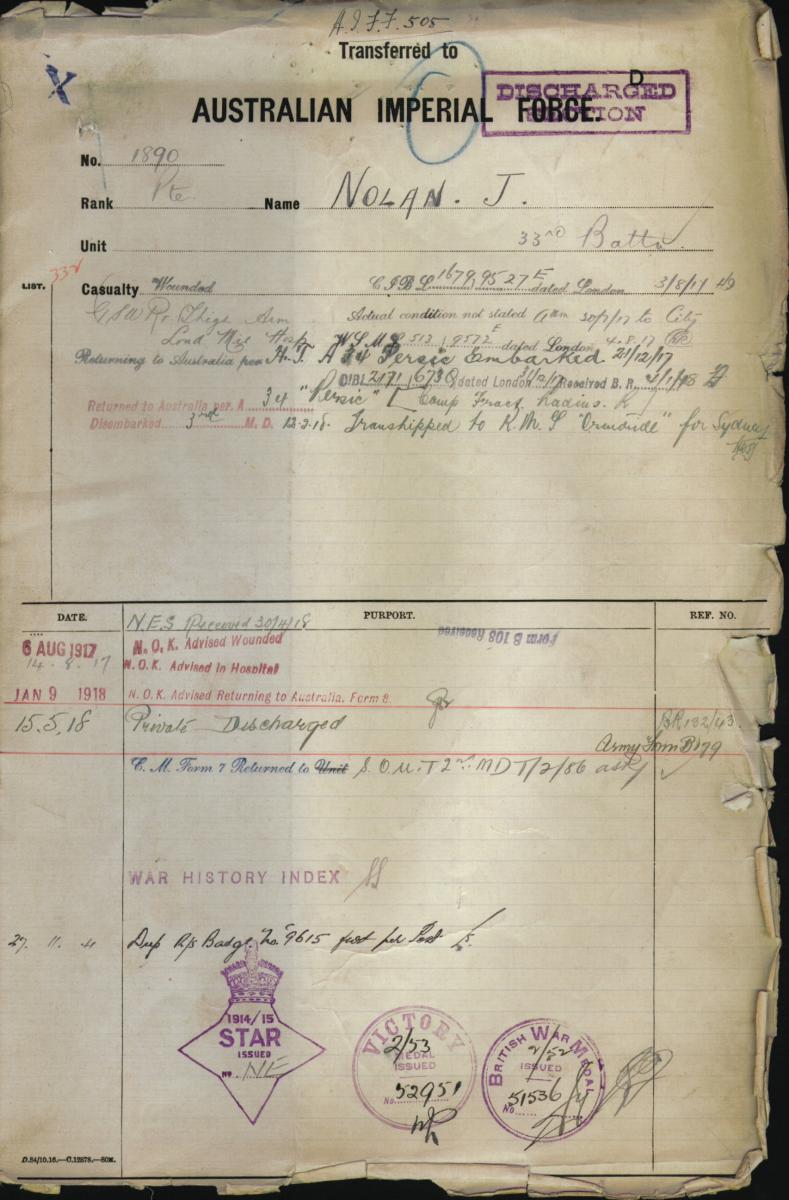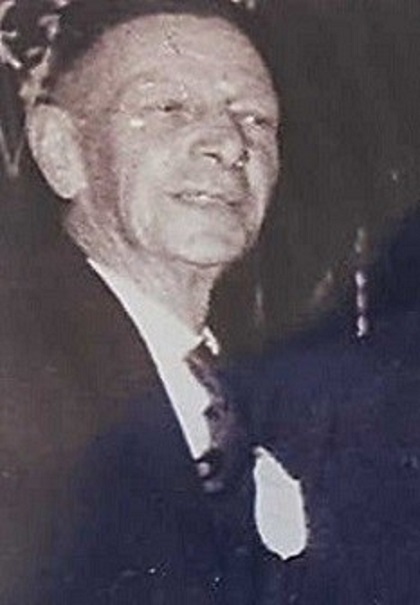
33rd BATTALION AIF
Company Sergeant Major: 416 George Thomas FAINT
Born: 5th August 1894. Armidale, New South Wales, Australia. Birth Cert:34058/1894.
Married 1: 1922. Armidale, New South Wales, Australia. Marriage Cert:3621/1922.
Wife 1: Jean Winter Faint. nee: Head. (1900-1924) Died at Newtown, N.S.W. Death Cert:7191/1924.
Married 2: 1927. Armidale, New South Wales, Australia. Marriage Cert:12297/1927.
Wife 2: Clarice Josephine Faint. nee: Post. (1906-1978)
Died: 12th August 1978. Armidale, New South Wales, Australia. Death Cert:105397/1978.
Father: Joseph Faint. (1866-1939)
Mother: Jane Faint. nee: Smyth. (1868-1928)
INFORMATION
George Thomas Faint enlisted with the AIF on the 10th November 1915 at Armidale New South Wales. He had served for 2 years with the 4th Infantry and 4 years with the 13th Infantry Citizens Forces before his enlistment.
George was marched in at Armidale Showground where the Military Camp was established. The composition of the 33rd Infantry Battalion was on a district basis. "A Company" was from Armidale and Tamworth, "B Company" was from Walcha, Uralla, Barabra, Bingara and Manilla. "C Company" was from Narrabri, Moree and Inverell. and "D Company was from Glen Innes, Guyra and Tenterfield.
The 33rd Battalion became a part of the 9th Brigade of the 3rd Australian Division. George was promoted to the rank of Sergeant the same day as the Battalion left Sydney on the 4th May 1916 bound for the United Kingdom aboard the HMAT A47 "Marathon" and disembarked at Devonport England on the 9th July 1917. After disembarkation the Battalion entrained during the afternoon for Amesbury, arriving at midnight and marching to hutments at No: 1 Camp, at the Durrington Army Camp at Larkhill. Here the Battalion settled down to hard training with the 9th Training Battalion, which included Route Marching, Trench Digging, Bomb Practice, Musketry and general Camp Routine. Later the Battalion moved to the No: 25 Camp and finished off their training, which included six days' battle practice and field work at the Bustard Trenches.
On the 21st November 1916 the 33rd Battalion left Larkhill and entrained at Amesbury for Southampton, embarking on the S.S "Arundel". The transport section left by S.S. "Princess Victoria". The Battalion arrived at Le Harve, France on the 22nd November 1916. Disembarkation commenced at 8:00am and the Battalion marched to No;1 camp on the Hill, arriving at 2:00pm. The men carried heavy loads, in some cases amounting to miniature Q.M.' Stores. The march over cobblestones was very tiring, notwithstanding the many route marches which had been carried out at Larkhill. However, after bathing their feet and receiving treatment, as well partaking of a good meal, some spent a comfortable night.
7th June 1917.
THE BATTLE OF MESSINES
The 3rd Australian Divisions first major offensive was at Messines Ridge on the 7th June 1917. The Australian 3rd Division was a part of the II Anzac Corps which was allotted to the first assault. The 25th New Zealand, 3rd Australian Division with the 4th Australian Division in reserve. The 4th Division were battle hardened troops who had fought many major battles. The 3rd Australian Division were having problems getting to the "jump off" point. The day before the 9th and 10th Infantry Brigades were bombarded by German Gas-Shells around Hill 63 and Ploegsteert Wood. Many of the Aussies were not wearing gas masks, but despite this they pressed on even though they received 500 casualties.
They made it to the "jump off" point but only just with some of the men from the 9th and 10th going straight over the top without stopping. The mines went up and the attack commenced behind a protective barrage. The II Anzac Corps were attacking on the right with their objective being the southern shoulder of the ridge which included Messines, the Dover and St Yves areas as far south to the east of Ploegsteert Wood.
Major General Sir John MONASH's 3rd Division had to contend with a tricky 3 mile approach out of Ploegsteert Wood and after the German gas attack, but they were not deterred. The 9th Infantry Brigade under Brigadier General: Alexander JOBSON and the 10th Infantry Brigade under Brigadier General W R NICHOLL had just made the jumping off point but some of the men did not stop, going straight into the assault from the approach march.
Their objective lay between St Yves and the Douve. The mines at Trench 127 and Trench 12 at Factory Farm were laid to aid this task. The explosions erupted a few seconds before zero hour and created craters of 200 feet in diameter, completely obliterating the German defence line as the 9th and 10th Infantry Brigades went over the top. The mine crates forced the 9th and 10th Brigades to veer to the left and right which caused some confusion with the main assault. It is testimony to the quality of training that every man knew the ground, tasks and objectives so well.
Private: 1804 John CARROLL 33rd Battalion, rushed the enemy's trench and bayoneted four of the German occupants. He then noticed a comrade in difficulties and went to his assistance, killing another German. He then attacked single handed a German Machine Gun Team, killing all three of them and capturing the gun. He later rescued two of his comrades who had been buried alive by German Shell Fire, and in spite of heavy shelling and machine gun fire he dug them out alive and saved them from certain death. John was awarded the Victoria Cross.
The German forward zone was completely engulfed and taken by the main assault. The two supporting battalions of each brigade then passed the leading battalion to continue the advance. The men were constantly re-supplied and the ridge was taken. There were many German prisoners taken during the offensive. The 3rd Division was well ahead with the 9th Infantry Brigade pushing on beyond Grey Farm, and on the right the 10th Infantry Brigade were veering left towards Septieme Barn north of Douve.
The German resistance was heavy but was generally brushed aside by tanks and artillery before the infantry had to become too involved. The 4th Bavarian Divisions Artillery had made little impact, but as the day wore on the 3rd Division and later the 4th Australian Division received many casualties from German artillery. (70% of all casualties during WW1 were from artillery).
By 9:00am nearly 6 hours after the assault began the Germans were in disarray, but there was a major problem as the Australians received less casualties as anticipated and when ordered to dig into the ridge they had so many men, that some could not find shelter. the 35th battalion were dug in around Seaforth Farm.
The second phase of the operation was to take the Oosttaverne Line. The 3rd Australian Division would now be in reserve with the 4th Division attacking. The 9th Infantry Brigade (33-34-35-36Bn) were near Thatched Cottage facing Warneton. The river Lys was to their right and the Ploegsteert Wood was now behind them.
Once their objectives were taken the troops consolidated. A barrage to stop and counter attack was shortened and caught three battalions which had to retire. By 9:00 pm this part of the Oosttaverne Line was abandoned. At 10:45 pm General: Alexander John GODLEY ordered the 3rd and 4th Divisions to retake it. This they did by the early hours of the 8th of June.
The Battle for Messines Ridge during May-June 1917 saw 35 officers and 1,631 other ranks loose their lives.
9th Infantry Brigade Casualties.
| 33rd Battalion. AIF |
8 Officers |
382 Other ranks |
| 34th Battalion. AIF |
10 Officers |
378 Other ranks |
| 35th Battalion. AIF |
5 Officers |
431 Other ranks |
| 36th Battalion. AIF |
9 Officers |
421 Other ranks |
| 9th Machine Gun Company. AIF |
2 Officer |
17 Other ranks |
| 9th Light Trench Mortar Battery. |
1 Officer |
2 Other ranks |

FIELD DRESSING STATION, MESSINES 7th June 1917.
George was Wounded in Action; 1st occasion on the 7th June 1917 at Messines and was treated by the 9th Australian Field Ambulance before we was evacuated to the Field Dressing Station for further treatment. George was transferred to the 56th General Hospital at Estaples the next day and upon his discharge he was invalided to England on the 20th June on board the Hospital Ship where he was admitted to the 1st London General Hospital at Camberwell suffering from a Gun Shot Wound to his Forearm.
After George was discharged from hospital he was granter a furlo before he had to report to the No:1 Command Depot at Perham Downs for overseas deployment from Southampton on the 23rd November 1917.
COUNTER ATTACK OPERATION. AFTERNOON AND EVENING MARCH 30TH, 1918.
33RD BATTALION A.I.F
At 10;30 a.m. on March 30th the 33rd Battalion moved from billets in CACHY to a position of readiness on the south Western edge of the BOIS D'AQUENNE. The enemy shelled CACHY from 10 a.m. but we suffered no casualties. At 2;15 p.m I reported to you at the Brigade Report Center at H.33,0,35,40 and received your orders to capture and establish a line from the Copse immediately South of the first c in MARCELCAVE to AUBERCOURT, and to capture AUBERCOURT which was in possession of the enemy. The 33rd would work in conjunction with the 12th Lancers, who were 400 strong, and would have the 34th in support.
The following orders were issued by me verbally to Company Commanders at 2;45 P.M. "B" Company Lieutenant: 5017 John Graham Antill POCKLEY will establish a line from the Oppue just South of the first C in MARCELCAVE to a point 100 yards east of the Crossroads to V.14.b. "A" Company Captain: John Lovelock FRY will establish a line from 100 yards East of the Cross Roads in V.14.b. to V.20.b.20.00. "D" Company Captain: James William SHREEVE. will capture AUBERCOURT and establish a line on the Eastern and Southern sides of the village. As DEMUIN is held by the enemy particular attention is to be paid to the roads loading over to do LUCE from BEMUIN and COUXCELLES. "C" Company Captain: Walter John Clare DUNCAN will be in reserve in the valley South East of the BOIS DE HANGARD and to be ready to capture DEMUIN.
Battalion Headquarters will be the Reserve Company "D" Teams, according to S.S. 156, will not take into action but will be sent to BLANCY TRONVILLE. At 3;10 p.m the Battalion marched under the command of Major: Francis George GRANT. from BOIS D'AQUENNE and moved across country to the West of VILLERS-BRETONNEUX - AUBECOURT road in U.12. This position was reached at 4;35 p.m. At 3;00 p.m I sent forward two patrols from the Platoon of the 9th Corps Cyclists to reconnoiter North and South of the wood East of BOIS DE HANGARD and then as far forward towards AUBERCOURT and MARCELCAVE as possible. I regret to report that the Platoon Commander Lieutenant: Phillip Charles GRATWICKE was killed.
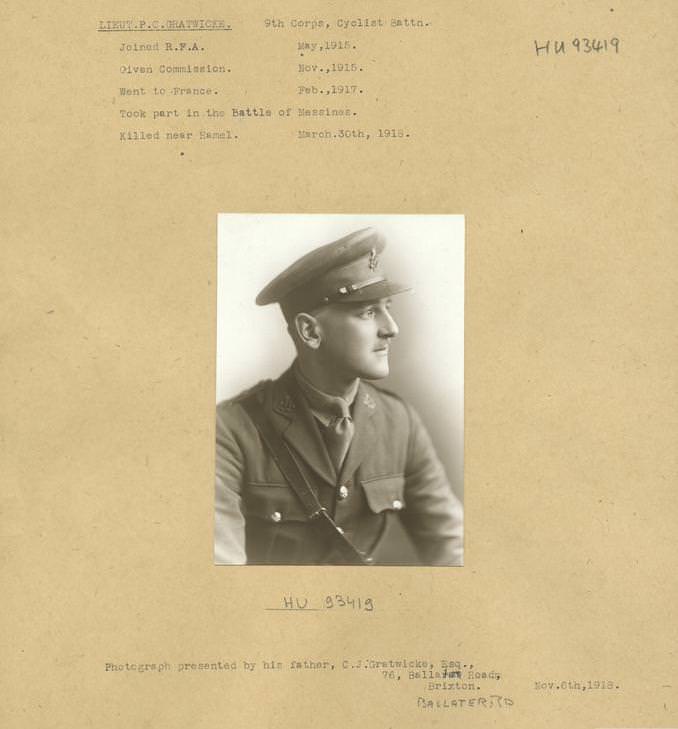
Lieutenant: Phillip Charles GRANTWICKE. 9th Corps, Cyclist Battalion. Killed in Action 30th March 1918.
The 12th Lancers proceeded the Battalion and reached the wood East of BOIS DE HANGARD at about 4;15 p.m.(This wood was in future be referred as LANCERS WOOD) My Adjutant, Scout Officer and Cavalry Liaison Officer went ahead with the Cavalry and reconnoiter the position. On our way to LANCER WOOD we passed several bodies of troops particularly had recklessly entrenched in queer places and large parties of stragglers. On reaching the wood we found the whole front line garrison East of LANCER WOOD withdrawing although there was no hostile fire of any kind and no signs of attack. I met two Brigadiers and a Battalion Commander in the wood and informed them what was happening at once. This they promised to do. The Cavalry Commander also helped in this matter by sending a Squadron dismounted to re-establish the line. The infantry went forward with the cavalry but in a reluctant manner. During the whole time we sore forward men constantly leaving the line. The seemed to be no effort to check this straggling.
It was a proud privilege to be allowed to work with such a fine Regiment as the 12th Lancers. Their approach march instilled in the mementos confidence and enthusiasm and I am glad to say greatly counteracted the effect of so much straggling. They lost no time in effectively clearing LANCERS WOOD and get there just in time as the enemy had obtained a footing on the southern and South Eastern edges. The Lancers protected the edges and allowed us to move forward to the attack. On seeing the cavalry there the enemy shelled LANCER WOOD very heavily, chiefly with 5.0s. paying particular attention to our fringes. Fairly heavy casualties to horses were inflicted there, the horses were soon led from the wood to a position West of the VILLER-BRETONNEUX - AUBERCOURT Road. The discipline during the heavy shelling was a subject lesson. During the attack the cavalry protected both our flanks, the left with two Machine Guns. They withdrew at about 7.00 p.m.
All ranks were eager to give every possible help to us, throughout there was whole hearted cooperation. The experience gained in this our first operation with cavalry was invaluable. One was able too judge of the splendid work they are doing for the Army at this present time and they cannot be too highly praised. The 33rd Battalion moved forward from the position of assembly at 3:00 p.m. The formation adapted by Companies was as follows; One Platoon in extended order, followed by two Platoons in line in Artillery formation; the fourth Platoon in reserve also in Artillery formation.
"B" Company moved along the Northern edge of LANCER WOOD and widened its front on clearing the wood. "A" Company moved throughout the wood. Owing to enemy shelling while moving through, the whole company was extended into three lines and resumed normal formation on clearing the wood. No casualties were sustained in the wood. "B" Company worked in single file along the brindle track near the Southern edge of the wood and formed up under cover of the terraced bank on the South East edge. Three casualties were sustained on entering the wood. "C" Company formed up on the sunken road in U.18.a. and not where was first ordered, owing to the hostile shelling.
The movement forward was splendidly carried out. On the right slight opposition was en counted but easily disposed of. no real opposition was not until we were about 200 yards clear of the wood when all three Companies came very heavy machine gun and rifle fire. They deployed at once and moved forward without flinching. All ranks displayed the greatest determination and eagerness to get to the Bosch with the bayonet, this eagerness was to some extent responsible for the heavy casualties as the principle of advancing under covering fire was not sufficiently observed. On the Left most progress was made in spite of heavy losses, and the enemy hurriedly retired but on discovering later in strength he reformed.

The enemy was well entrenched and in strong force as we had no artillery support his fire was consequently extremely heavy and unfortunately very accurate. Owing to such strong opposition we were not able to reach our objectives. The attached map shows approximately the line we established. The line is well sited and is a very good defensive position. With determined troops the enemy could easily be held, and any advance he attempted would be very expensive. Owing to casualties and to the wide front the Reserve Company to reinforce the right flank. This Company made good the gap between the right and center Companies. At the same time I requested the 34th Battalion which was in support in U.18.a. and U.12.c. West of the VILLERS-BRETONNEUX - AUBERCOURT Road, to send a Company to reinforce the left flank. I instructed Company Commander Captain: Telford Graham GILDER. to reconnoiter the position first and then move forward at 6.00 p.m. This Company advanced in two lines of two Platoons each and took the newly-made enemy trenches about 250 yards East of the line then held by us, capturing two light machine guns one of which was damaged, and four prisoners belonging to 91st Oldenburg Regiment.
Wilhelm CONZE; Company-Leader in the 91st Infantry-Regiment (03 Apr 1917-14 Oct 1917) Wounded, in Reserve Hospital in Gotha (23 Mar 1918-22 May 1918) Transferred to the Replacement-Battalion of the 91st Infantry-Regiment (22 May 1918-01 Jul 1918) Company-Leader in the 91st Infantry-Regiment (01 Jul 1918-30 Sep 1918) In French Captivity (30 Sep 1918-14 Feb 1920) Released from Captivity and back with the Processing-Office of the 91st Infantry-Regiment (14 Feb 1920-29 Mar 1920)
Captain GILDER withdrew and made good the gap between the left and center Company's. At 10:00 p.m. I requested the C.O. 34th Battalion to send two company's forward, one to the sunken road in U.18.a the other to a position 300 yards North East of LANCER WOOD. At 11:00 p.m. the enemy attempted a local counter attack against my left company but was repelled. Heavy rain fell from early in the afternoon till late at night. Walking over the ploughed fields under such conditions affected the Lewis guns and rifles. Every man was drenched to the skin and very cold, but this did not dampen his ardour. All maps were soon rendered useless and the writing of messages was extremely difficult. Our flanks were somewhat in the air, on our left the Warwicks were about 600 yard behind. The 66th Division were on our right, but touch with them was not obtained.
In order to secure my right flank the right Support company, of the 34th Battalion supplied a Platoon for patrolling and also to establish a post South of LANCER WOOD on the VILLERS-BRETONNEUX - AUBERCOURT Road. Our front was well protected by Vickers and Lewis Guns. We had five Vickers guns from the 9th Australian Machine Gun Company - two covered either flank and one the center, and we had 25 Lewis guns. We were relieved by the 10th ESSEX and the ROYAL WEST SURREY Regiment of the 18th Division this morning; the relief Battalion Headquarters were established at V.7.d.30.95. The Pre-arranged position was unatonable.
Lieutenant Colonel: Leslie James MORSHEAD.
Commanding 33rd Battalion A.I.F.
4th-5th April 1918
The First VILLERS-BRETONNEUX
The Strength of the 9th Infantry Brigade was about 2,250 but their casualties during the 2 days of fighting numbered 30 Officers and 635 men either killed in action or missing.
9th Infantry Brigade Casualties.4th-5th April 1918
| 33rd Battalion. AIF |
3 Officers |
82 Other ranks |
| 34th Battalion. AIF |
5 Officers |
120 Other ranks |
| 35th Battalion. AIF |
9 Officers |
282 Other ranks (including 44 missing) |
| 36th Battalion. AIF |
12 Officers |
133 Other ranks (including 1 missing) |
| 9th Machine Gun Company. AIF |
1 Officer |
18 Other ranks (including 4 missing) |
George was Wounded in Action; 2nd occasion on the 17th April 1918 and was again treated by the 9th Australian Field Ambulance for Gas Poisoning and was evacuated to the 12th Casualty Clearing Station for further treatment before being transferred and admitted to the 16th General Hospital at Le Treport on the 20th of April 1918. On the 16th September 1918 George was appointed Temporary Company Sergeant Major prior to the Armistice
11th November 1918.
ARMISTICE SIGNED
We could now tell by the news in the papers that the war was practically over although we (The Third Division) was told to hold ourselves in readiness to proceed to the line again – the 1st, 4th, and 5th Australian Divisions being already on their way back to the line. On Monday 11th November 1918 (the day the Armistice was signed) we marched to Alleray for a hot steam bath and on passing through Airaides found all the houses decorated with tri colours and the church bells pealing and the Frenchies running about like madmen. We wondered what was wrong and halted in the main street for a rest. The Captain then told us (he had interviewed the Mayor who had received a telegram saying that the Armistice was to be signed) that the Armistice was to be signed at 11 a.m. that morning – it was then about 10 a.m. We gave three cheers and could scarcely realize that the war was over. When we arrived back at Warlus the news had already reached there and the town was decorated &c. Next day we had a holiday from drill to celebrate Peace. The bells of the old French church chimed day and night for several days. Most of us attended the Victory Mass at the Roman Catholic Church and we also had a great Thanksgiving service out on the parade ground. Some of the men broke camp and went to the neighbouring cities and some got as far as Paris. Many were "pinched" and put in clink (gaol) as they had no leave passes – others were caught and sent back to the Battalion.
On the 16th December 1918 George was promoted to Company Sergeant Major and returned to Australia on the 20th July 1919.
Family Information
George was a single 21 year old Grazier from Kelly's Plains New South Wales upon his enlistment with the AIF. He returned from the was and married Jean Winter Head in 1922 who sadly died in 1924 and re married in 1927 to Clarice Josephine Post of Armidale, New South Wales. George served during World War 2 enlisting at Charlestown, service number: N73247
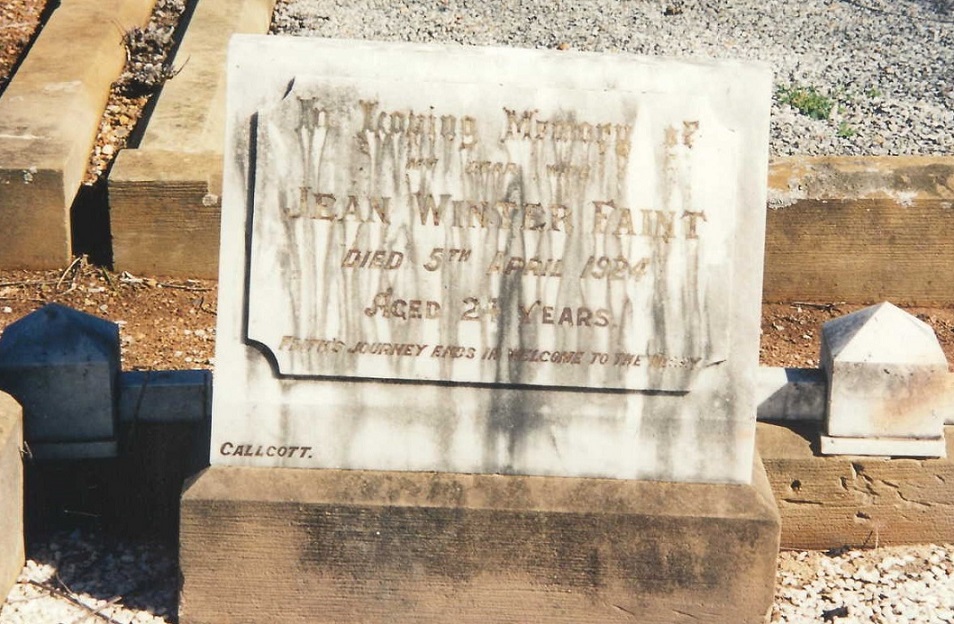
Grave of Jean Winter Faint. nee: Head. (1900-1924) Died at Newtown, N.S.W. Armidale Cemetery
33rd Battalion Re Union
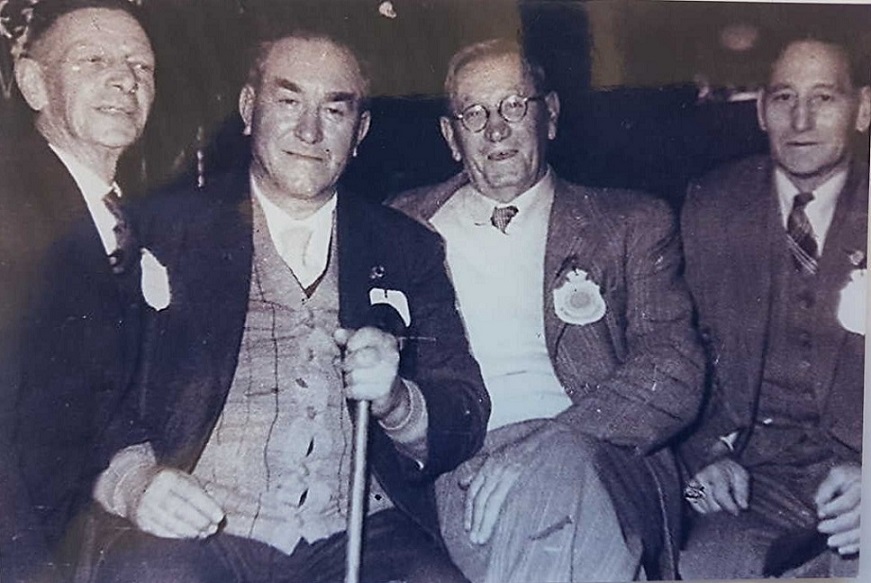
Company Sergeant Major: 416 George Thomas FAINT - Private: 1242 George Easter STARK - Sergeant: 948 Anthony Christian SMITH - Private: 1501 John Frederick "George" SWILKS.
Military Records
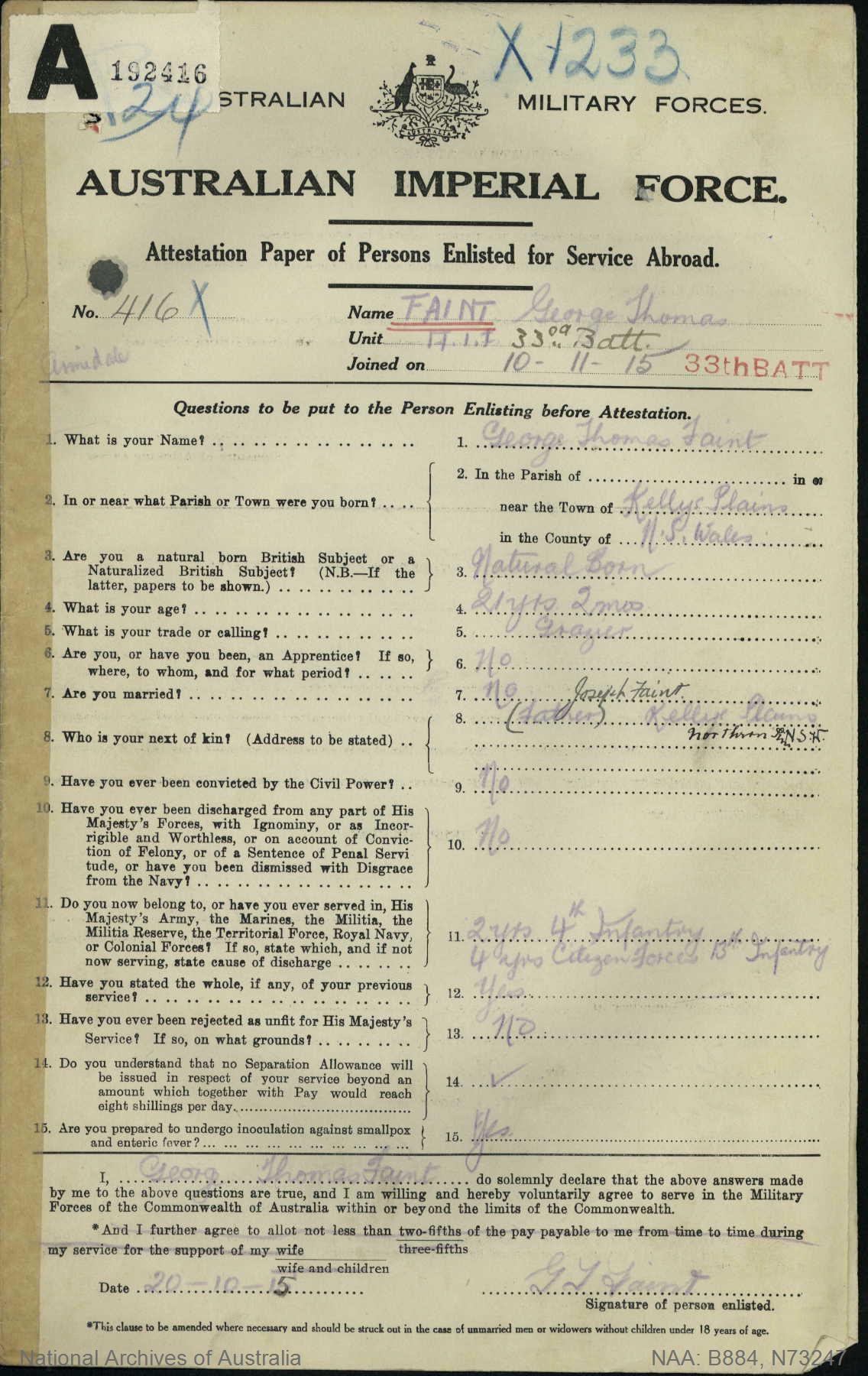
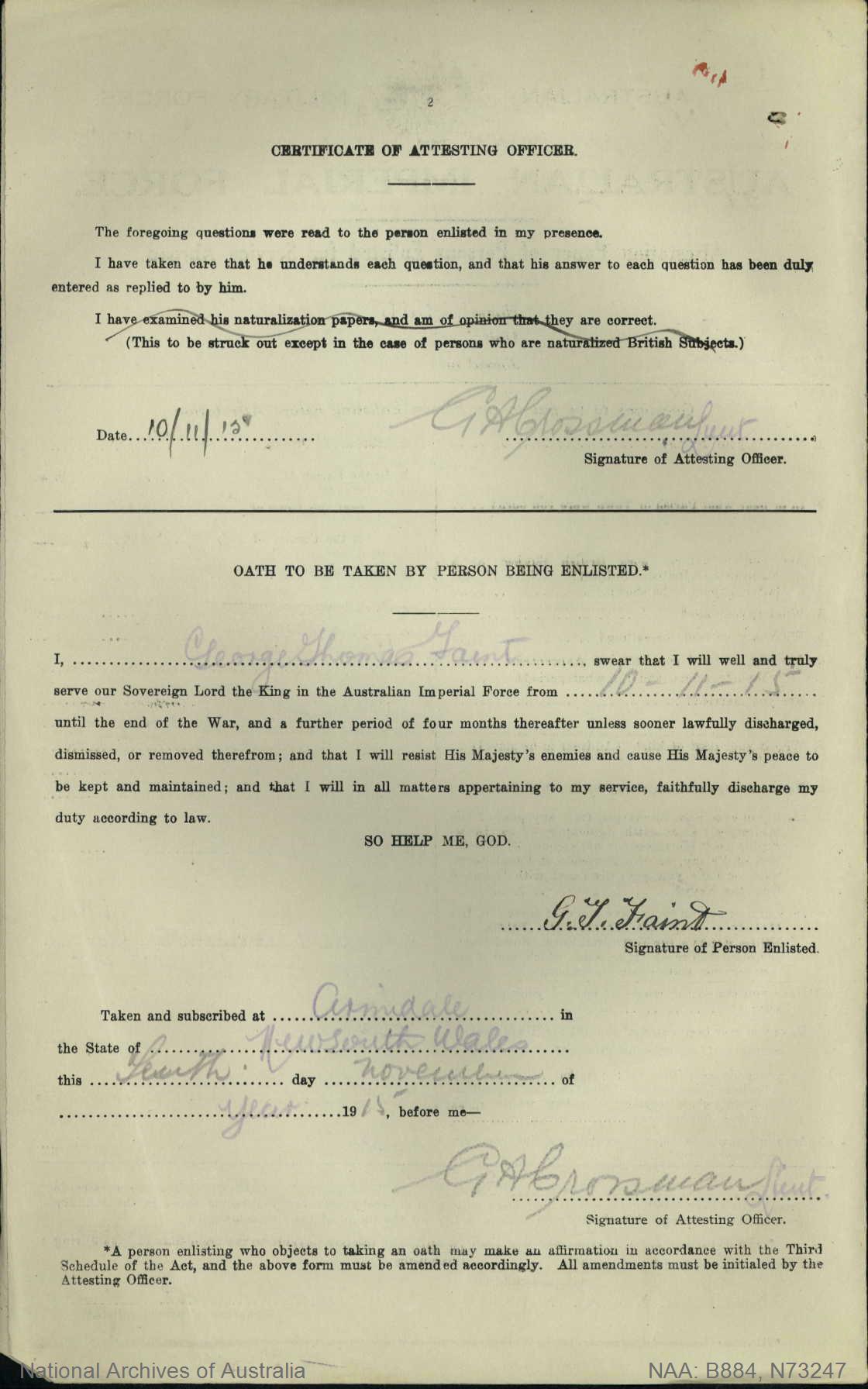
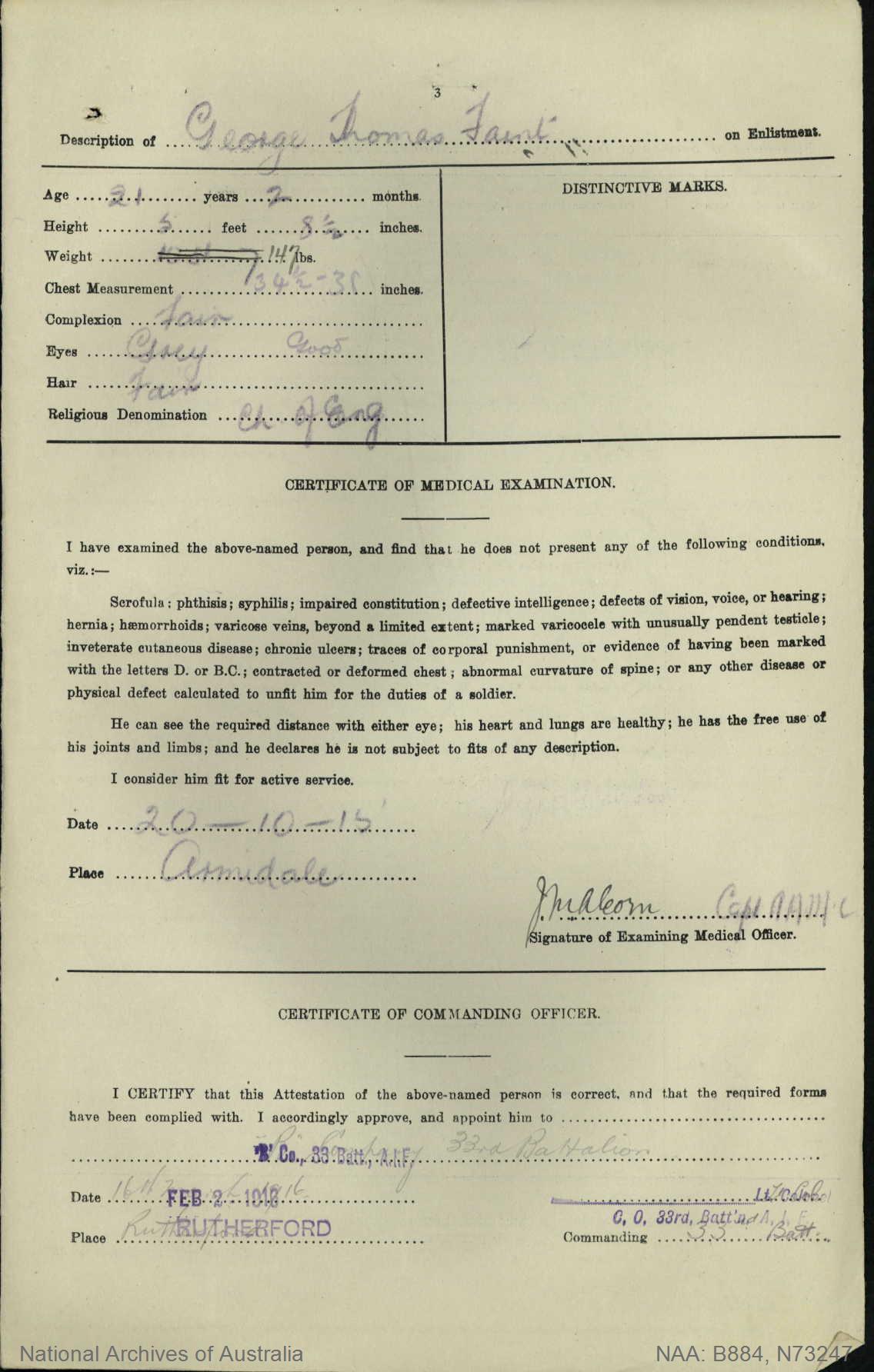
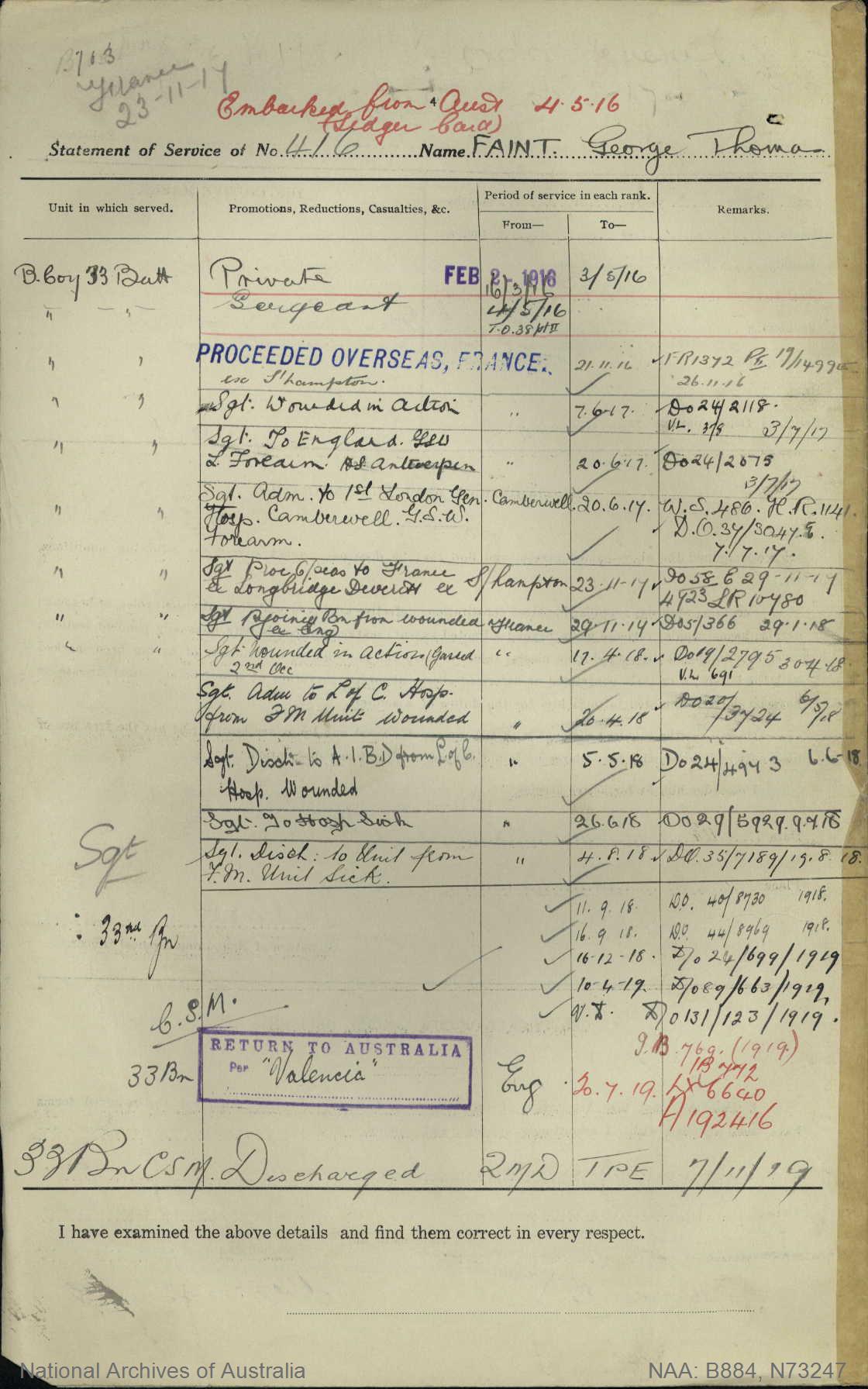

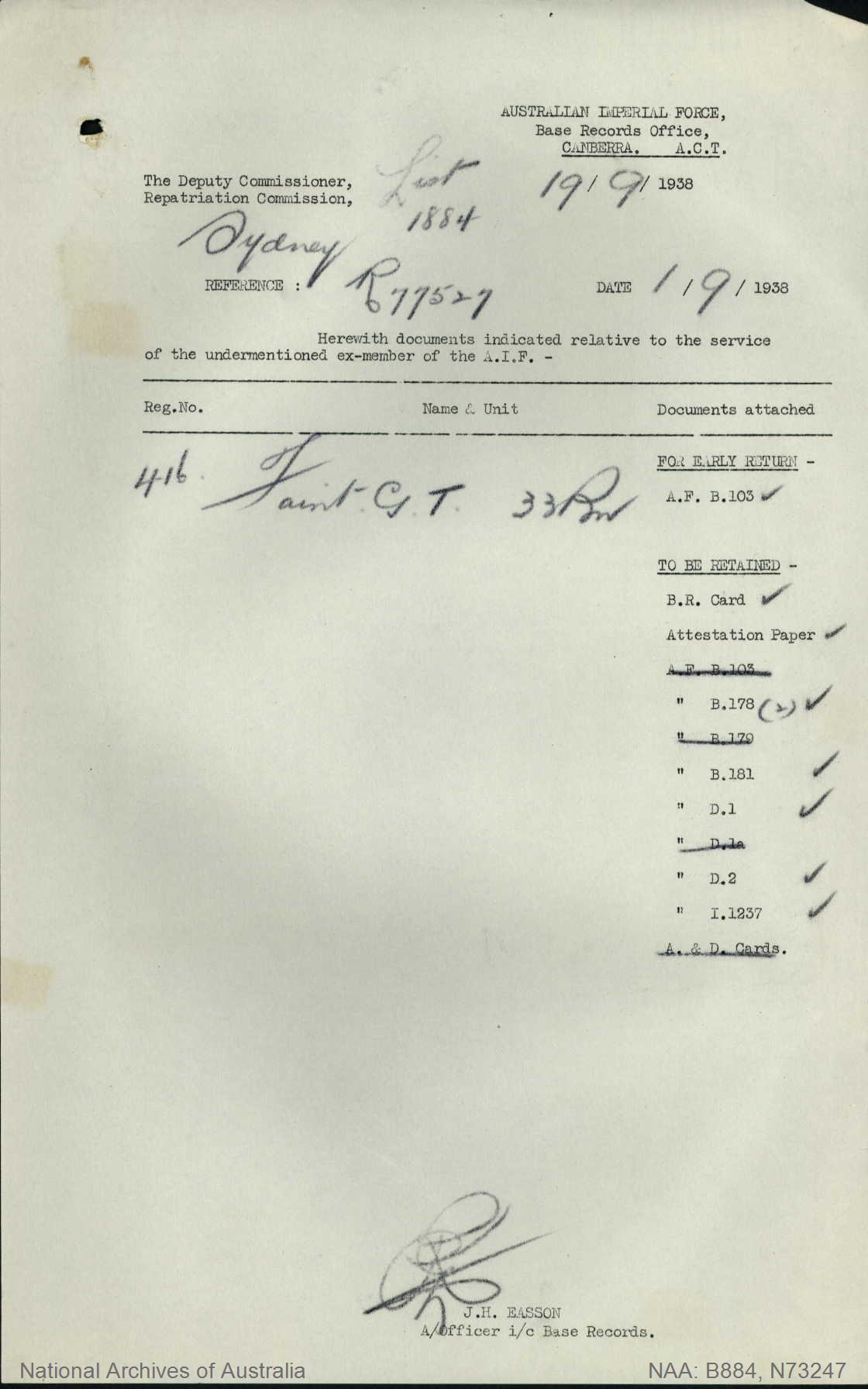

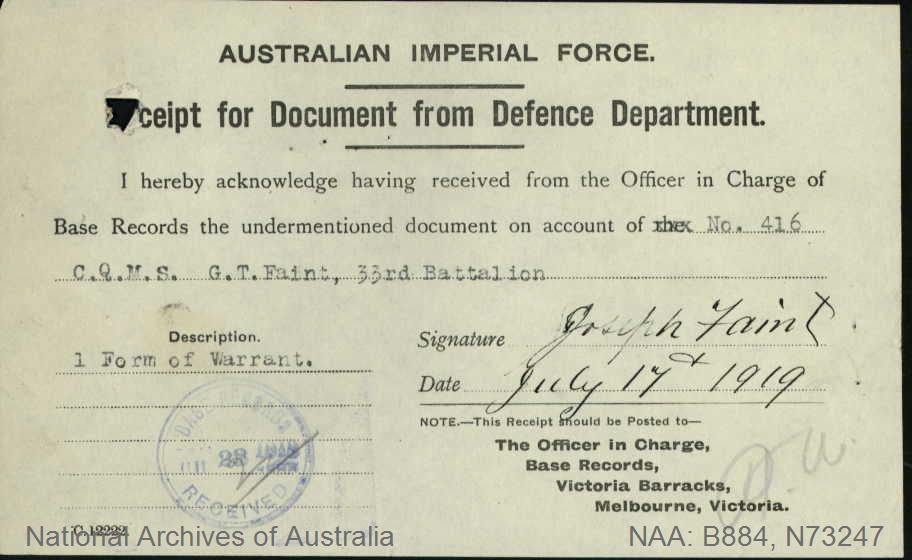
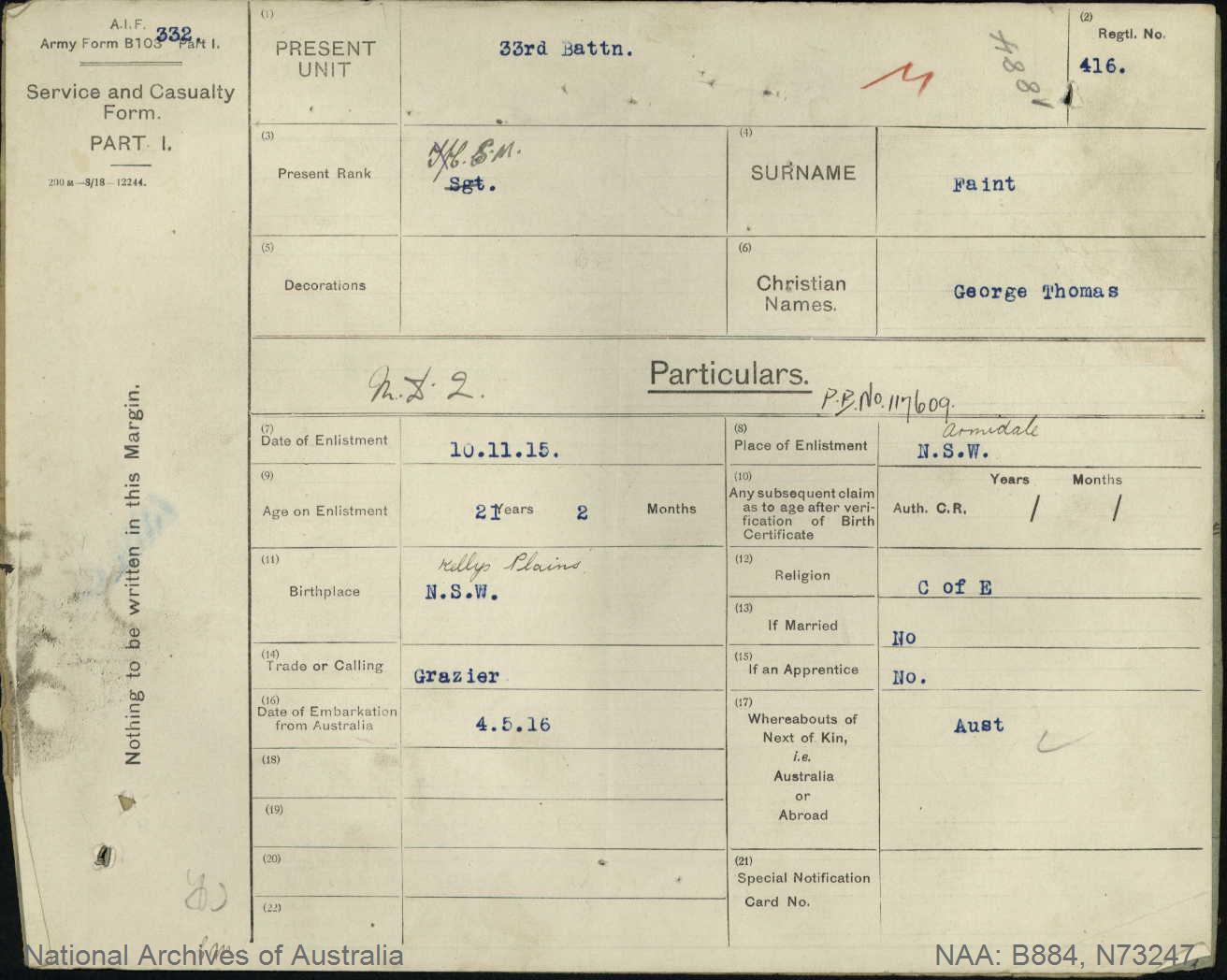

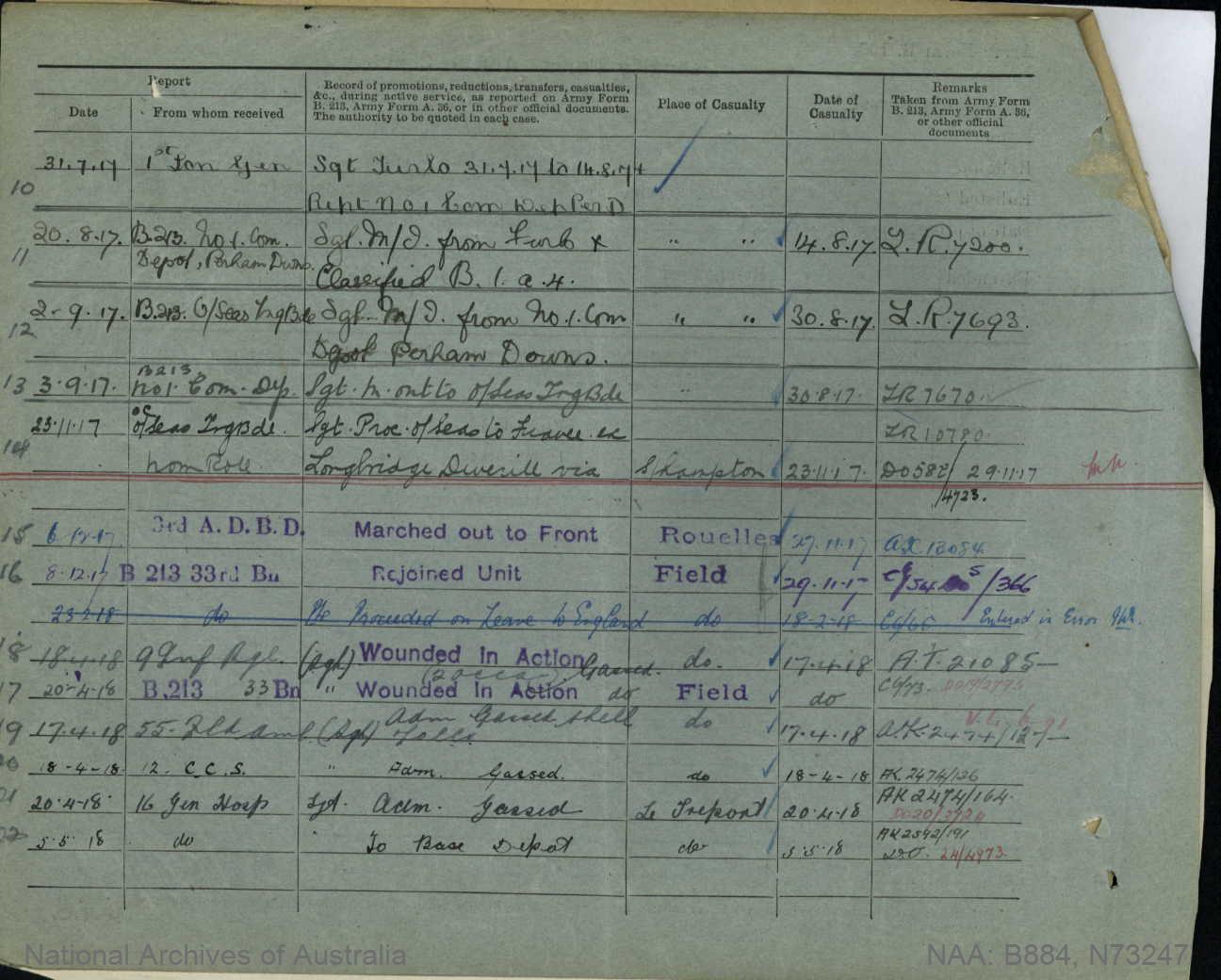
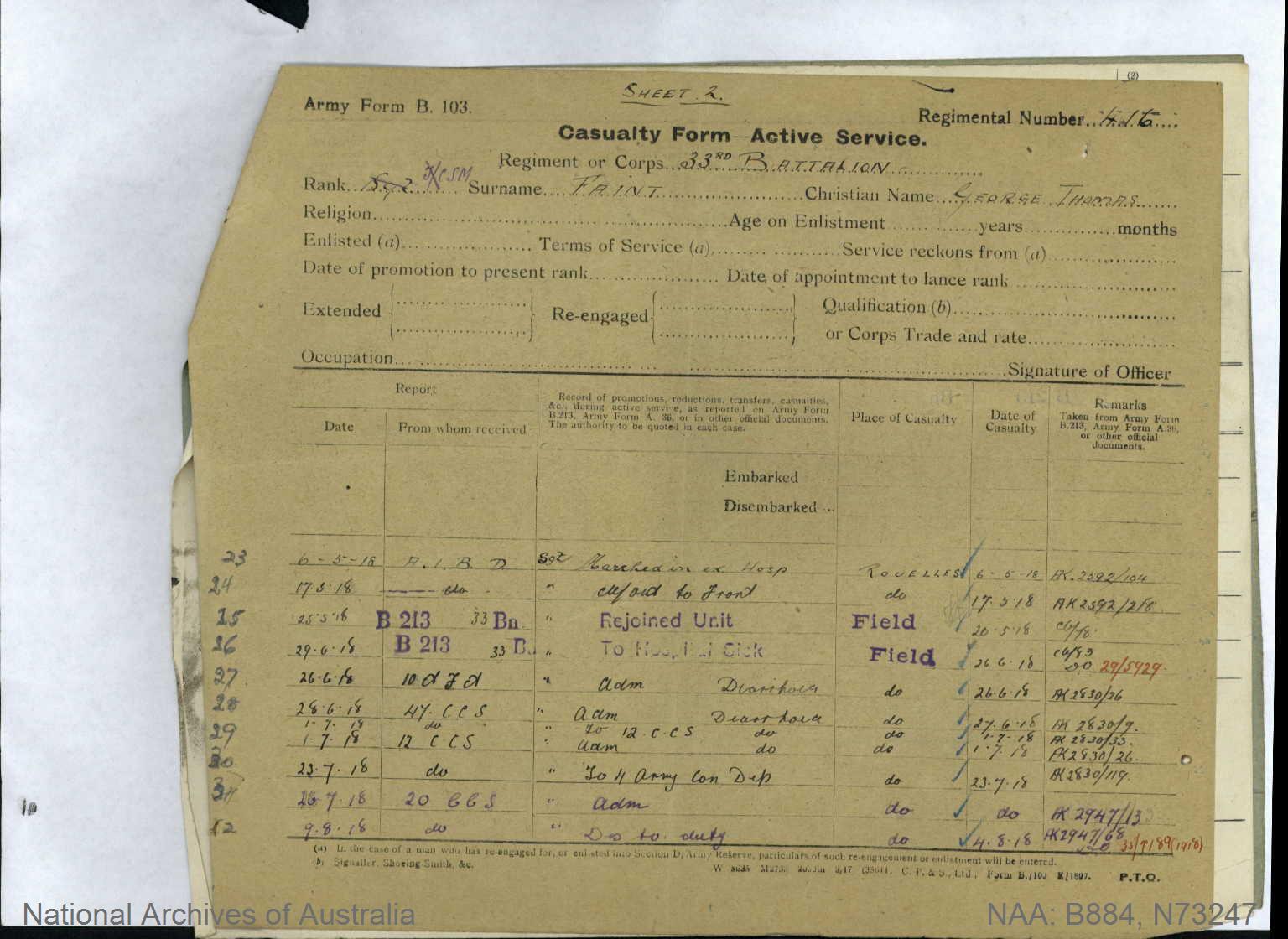
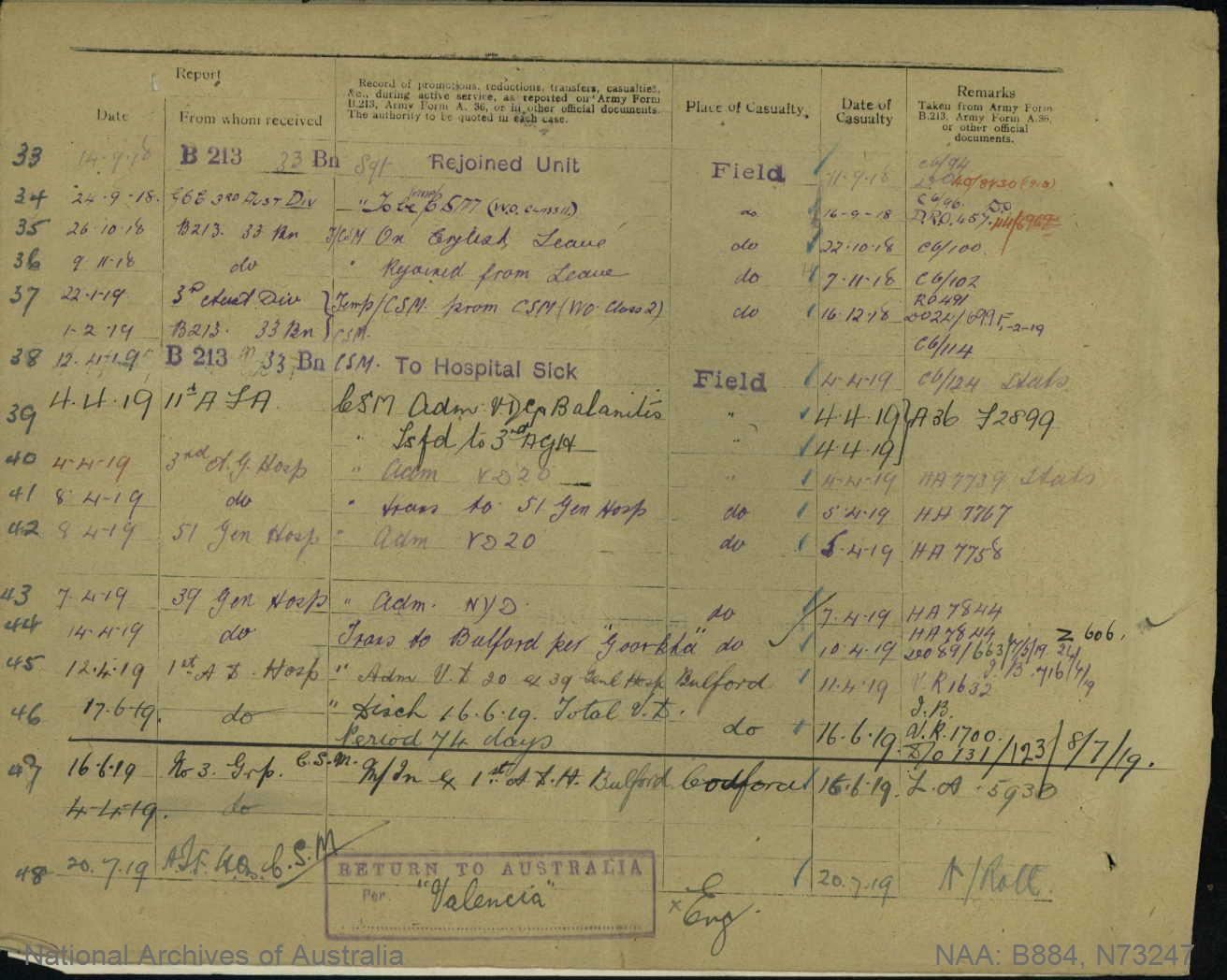

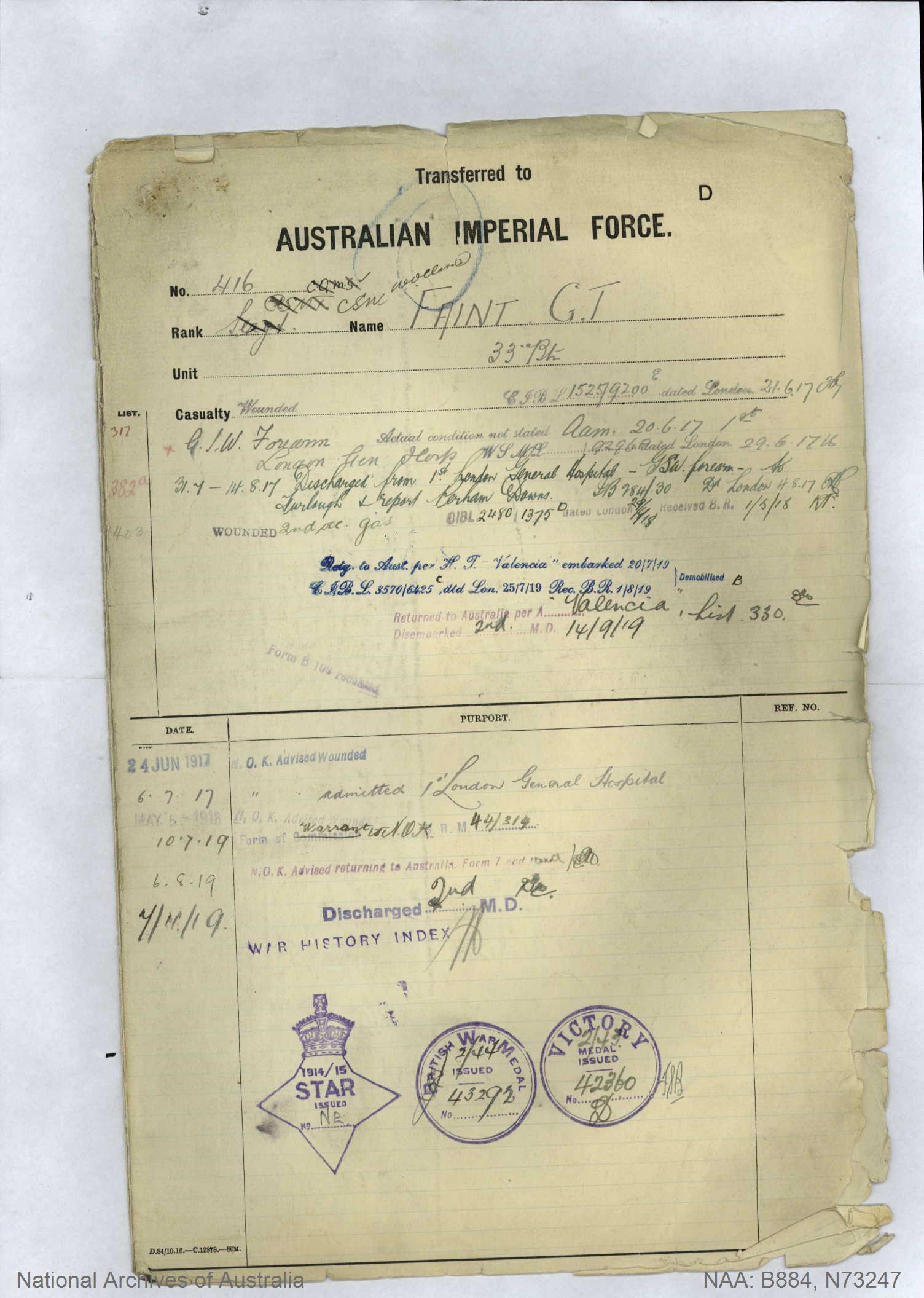
World War 2 Records

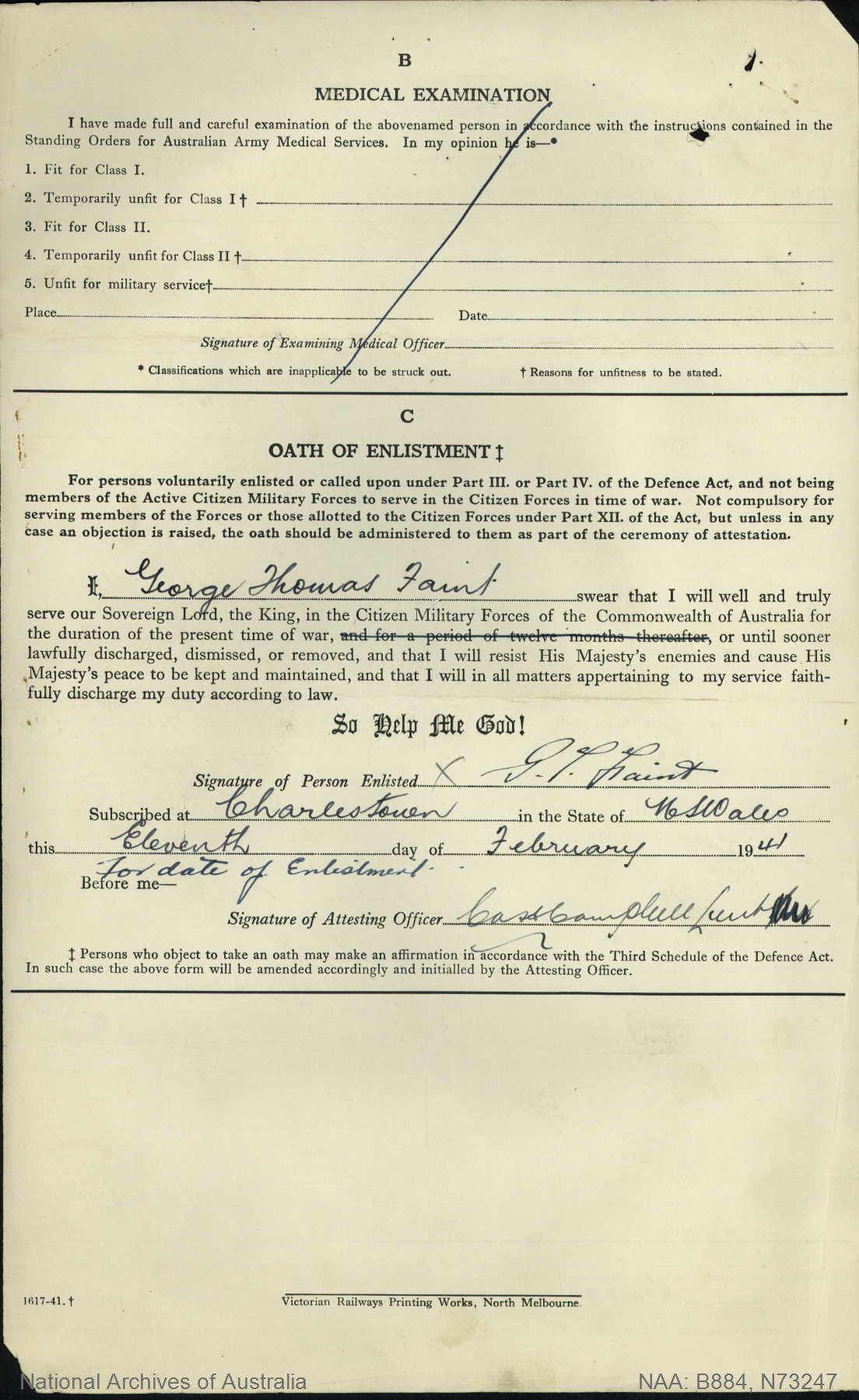
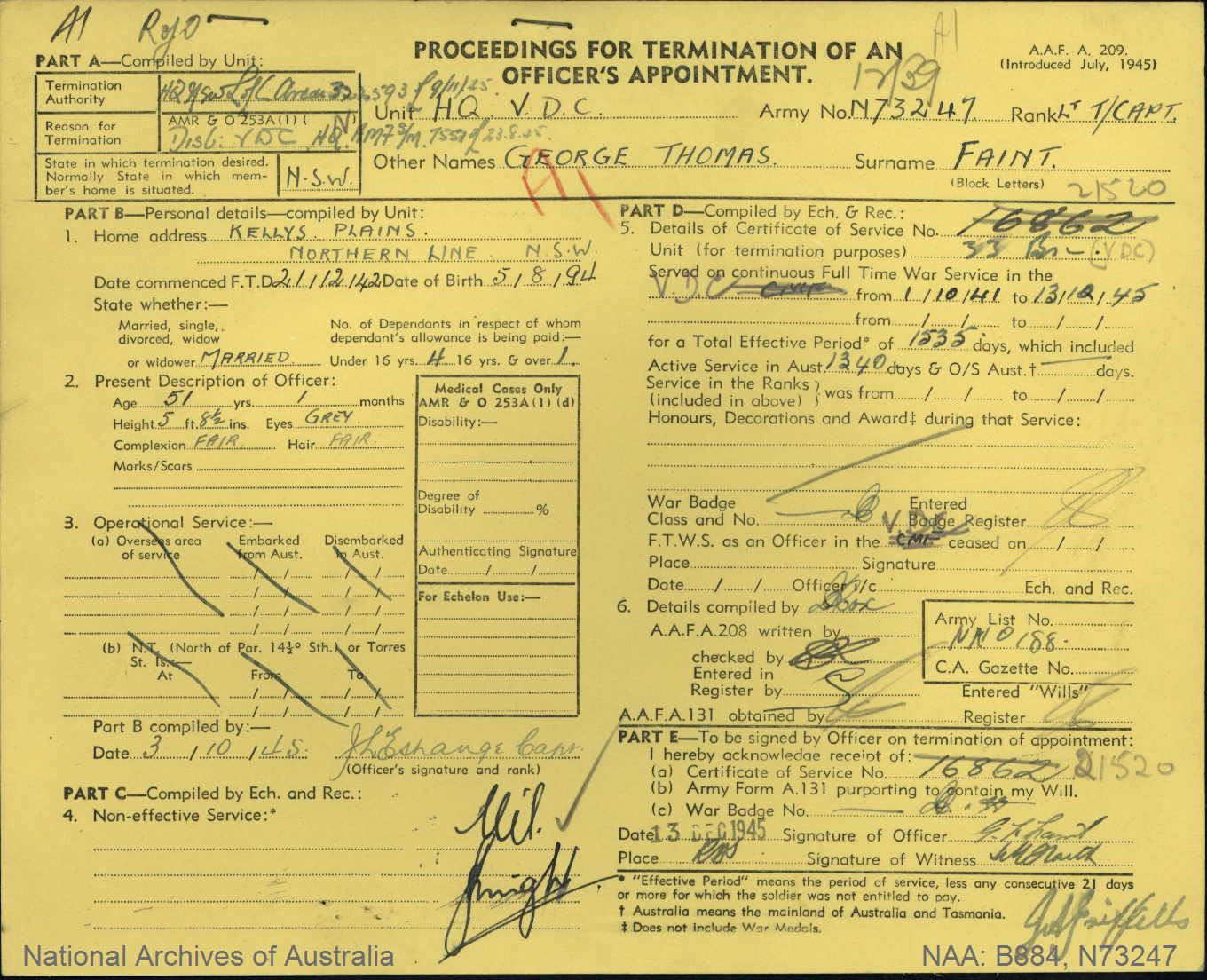
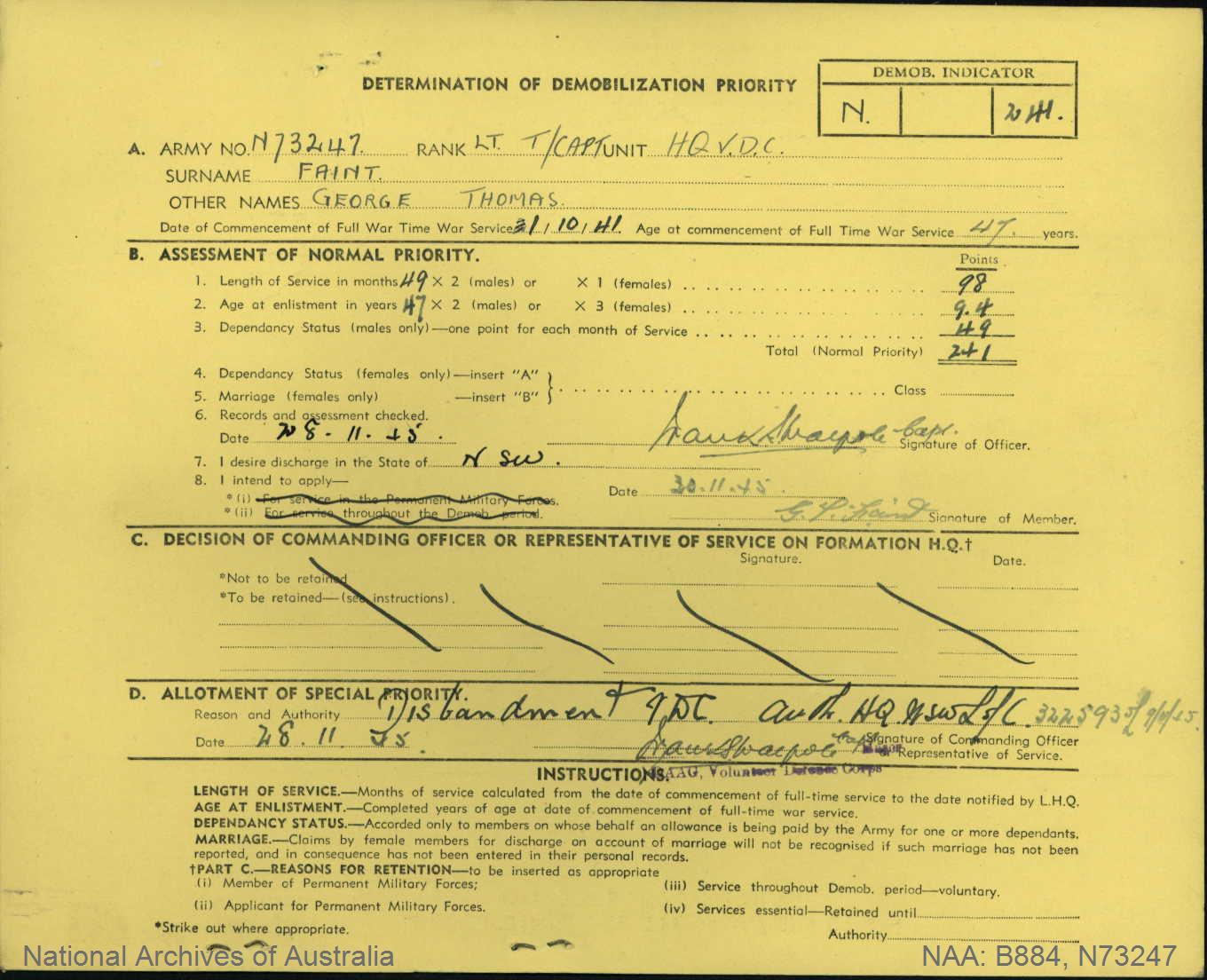
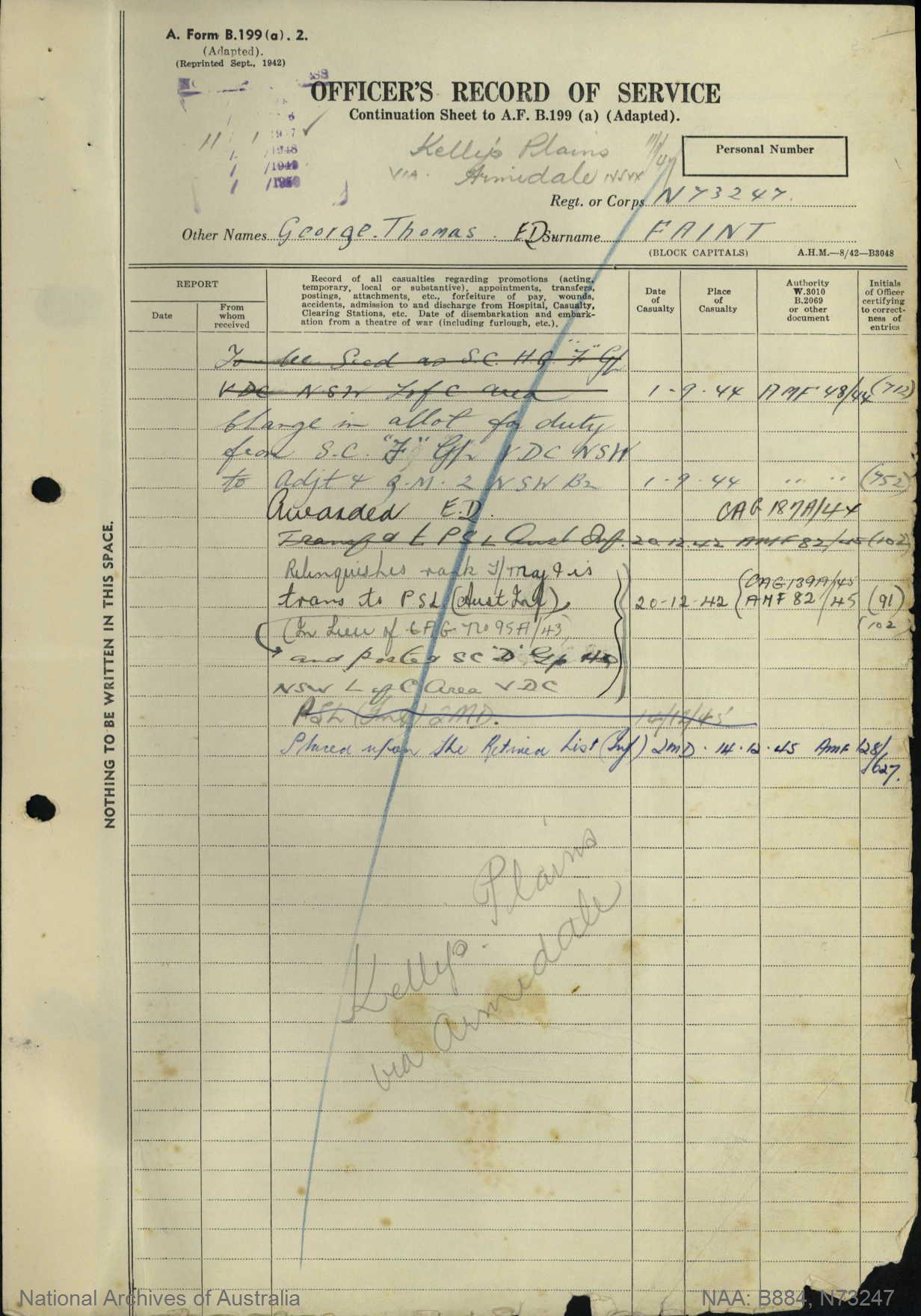
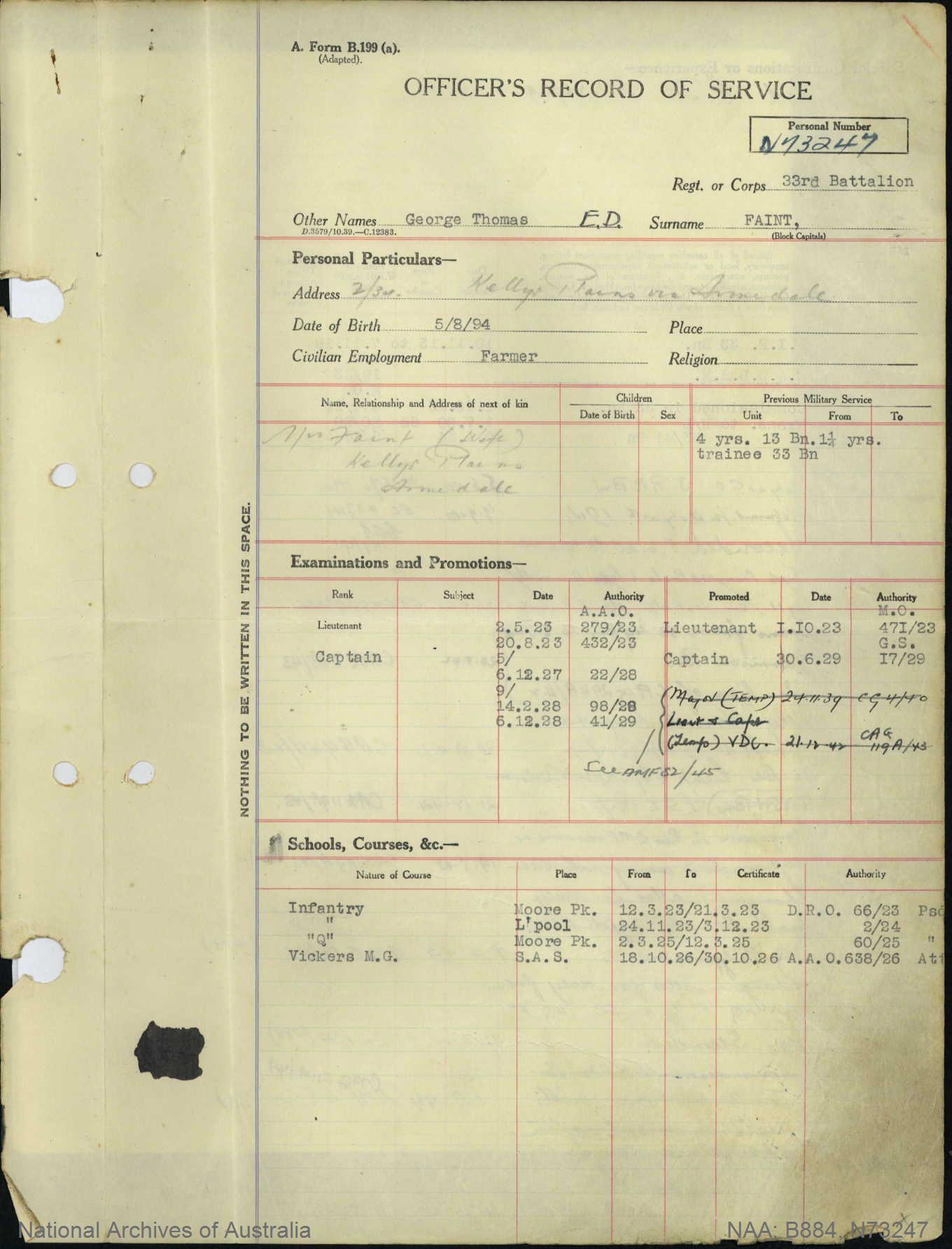


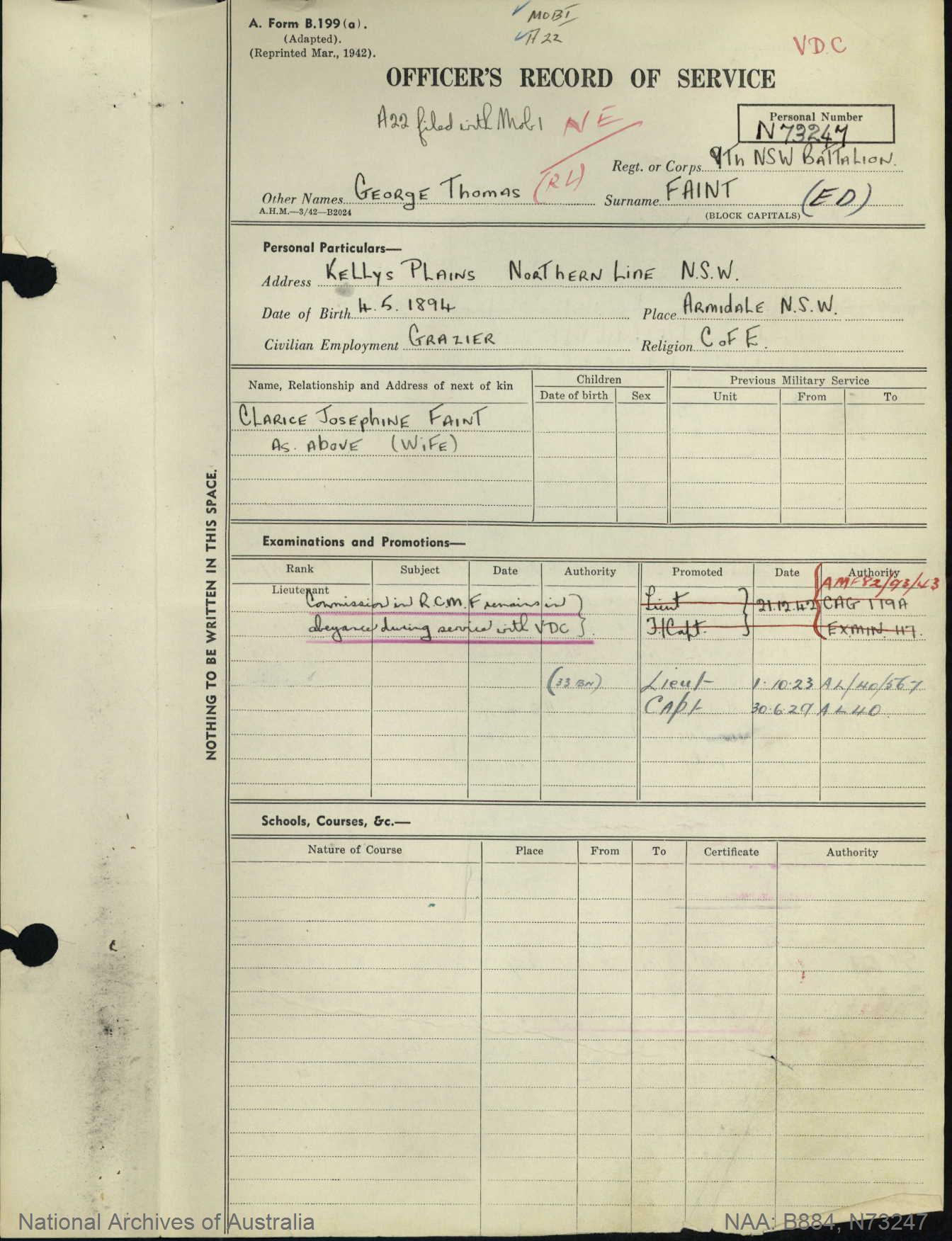
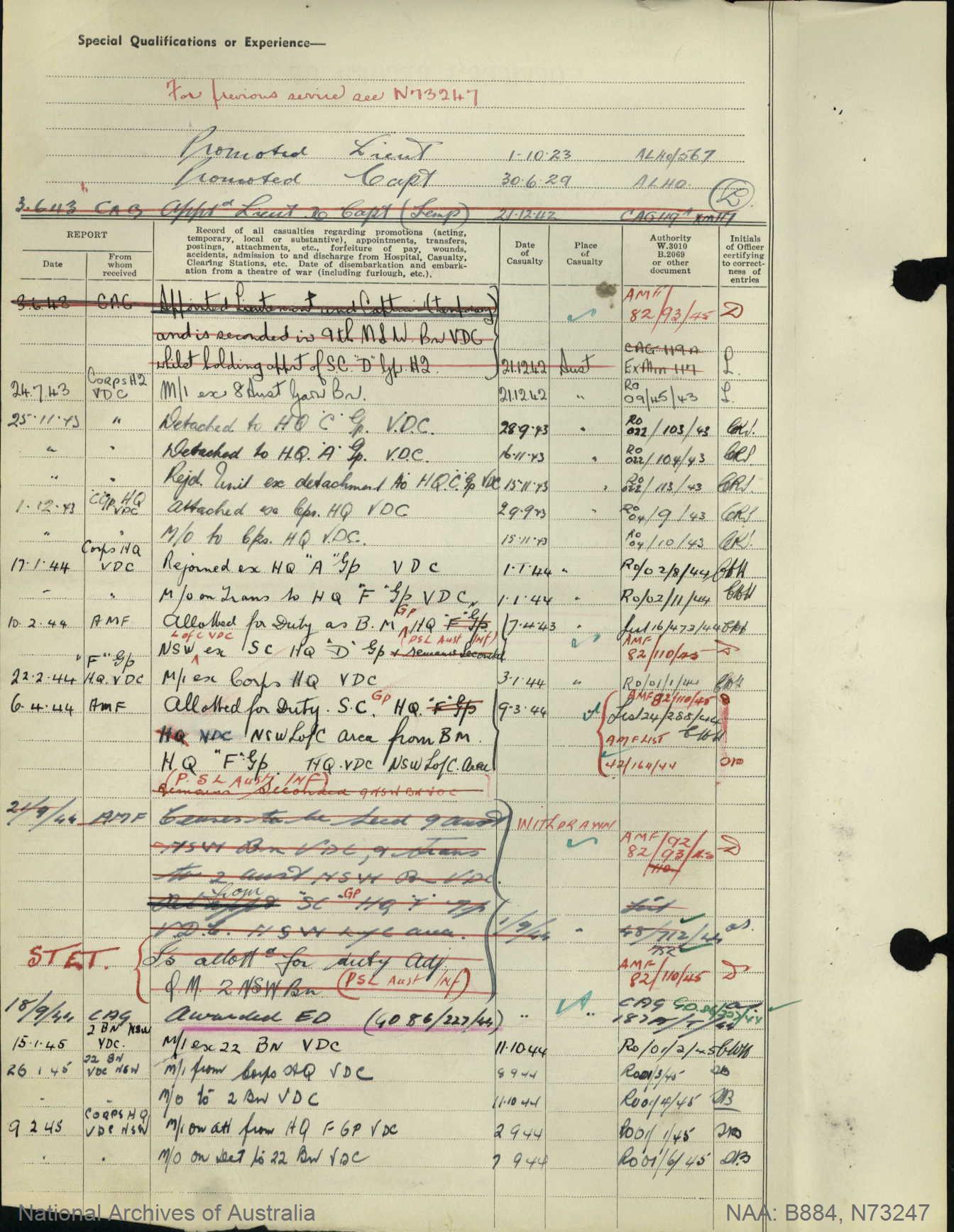
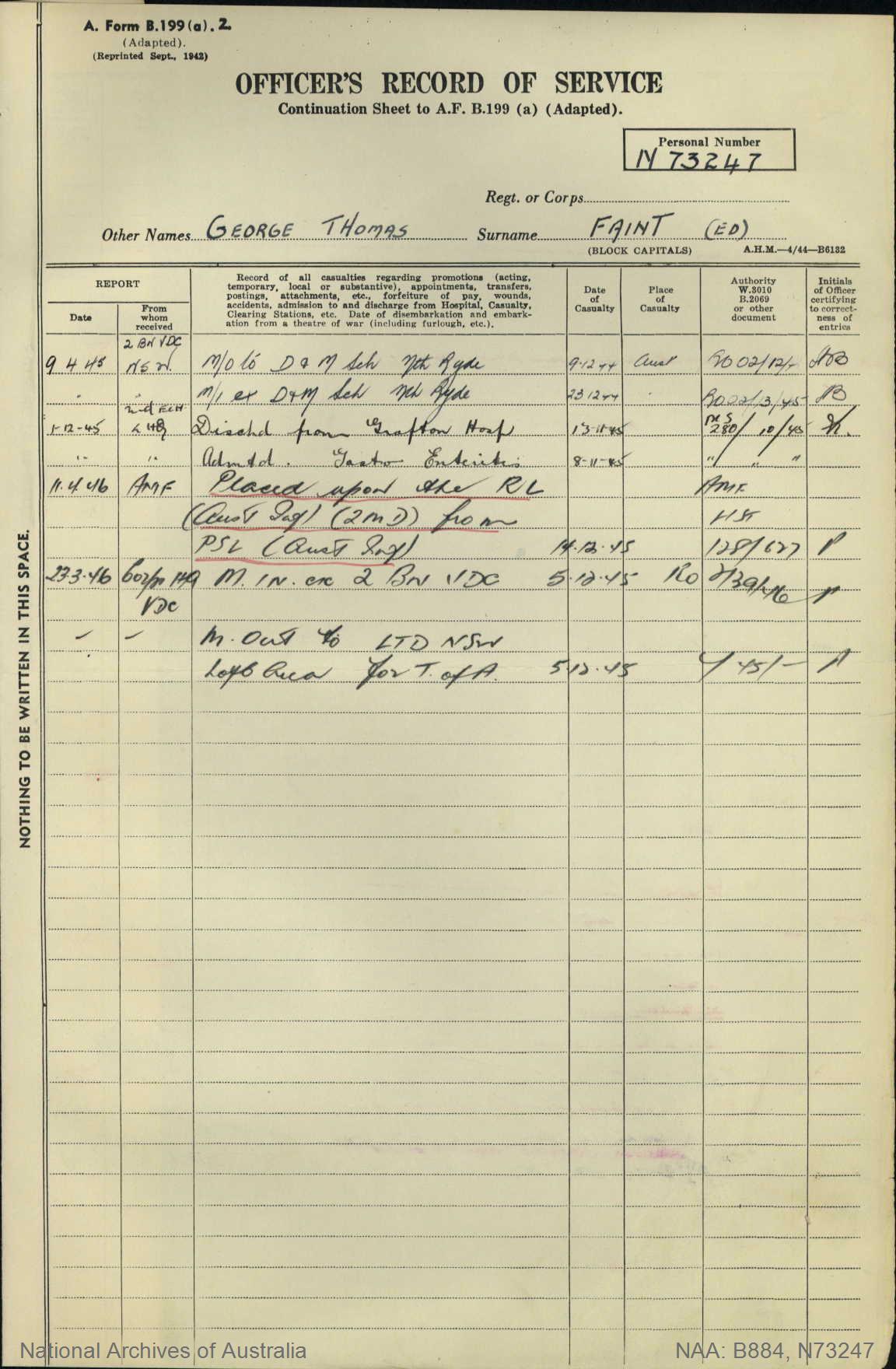
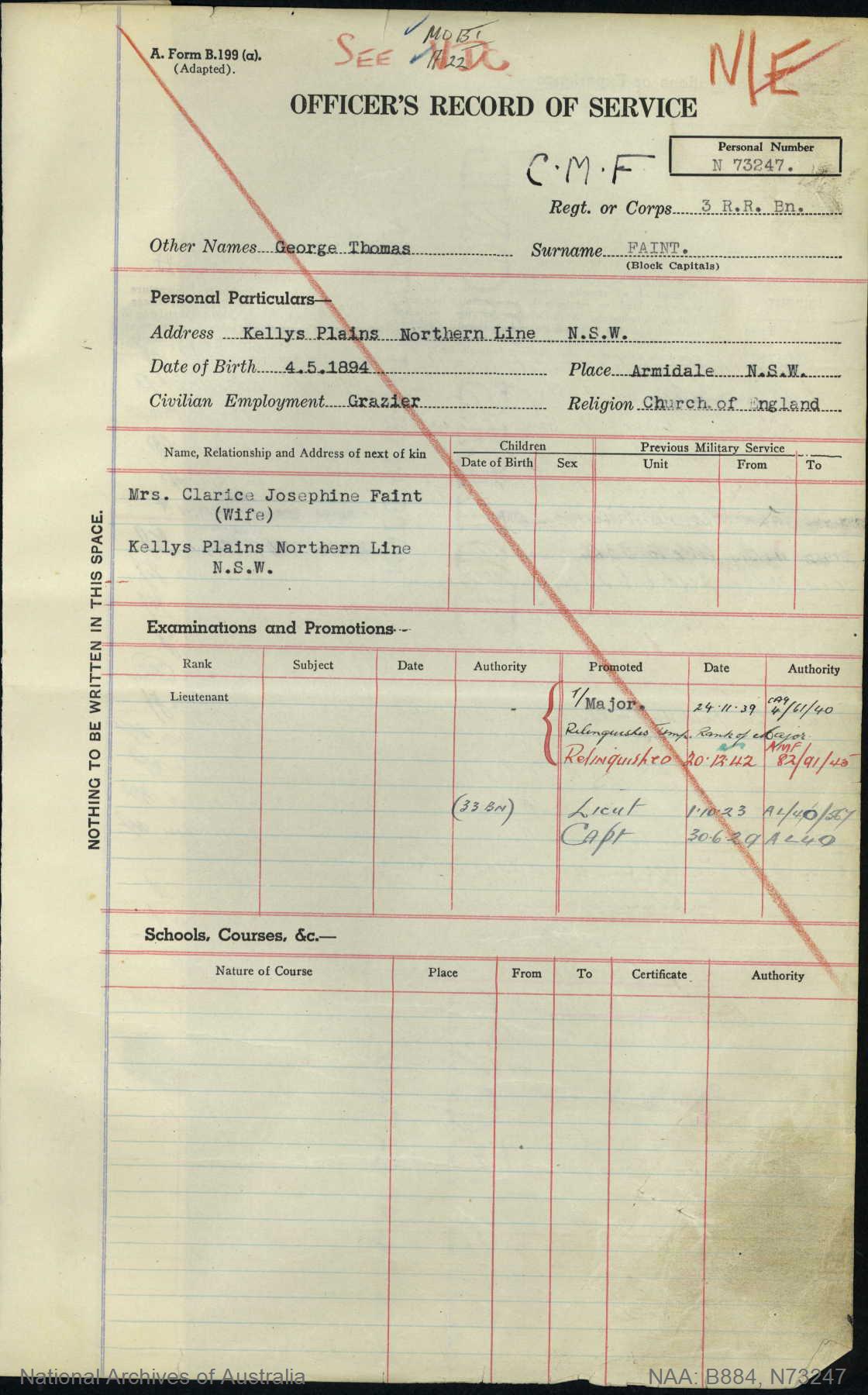
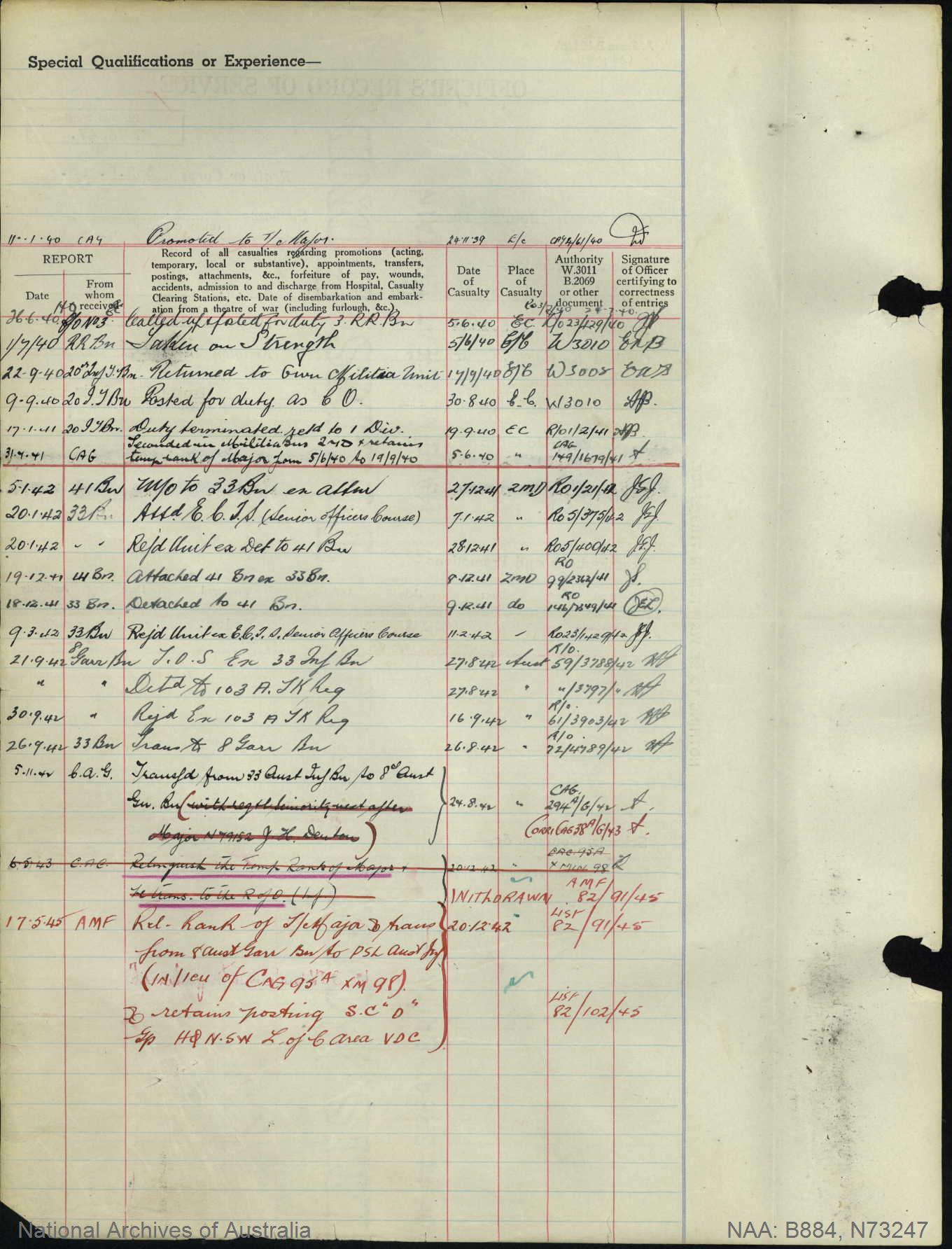
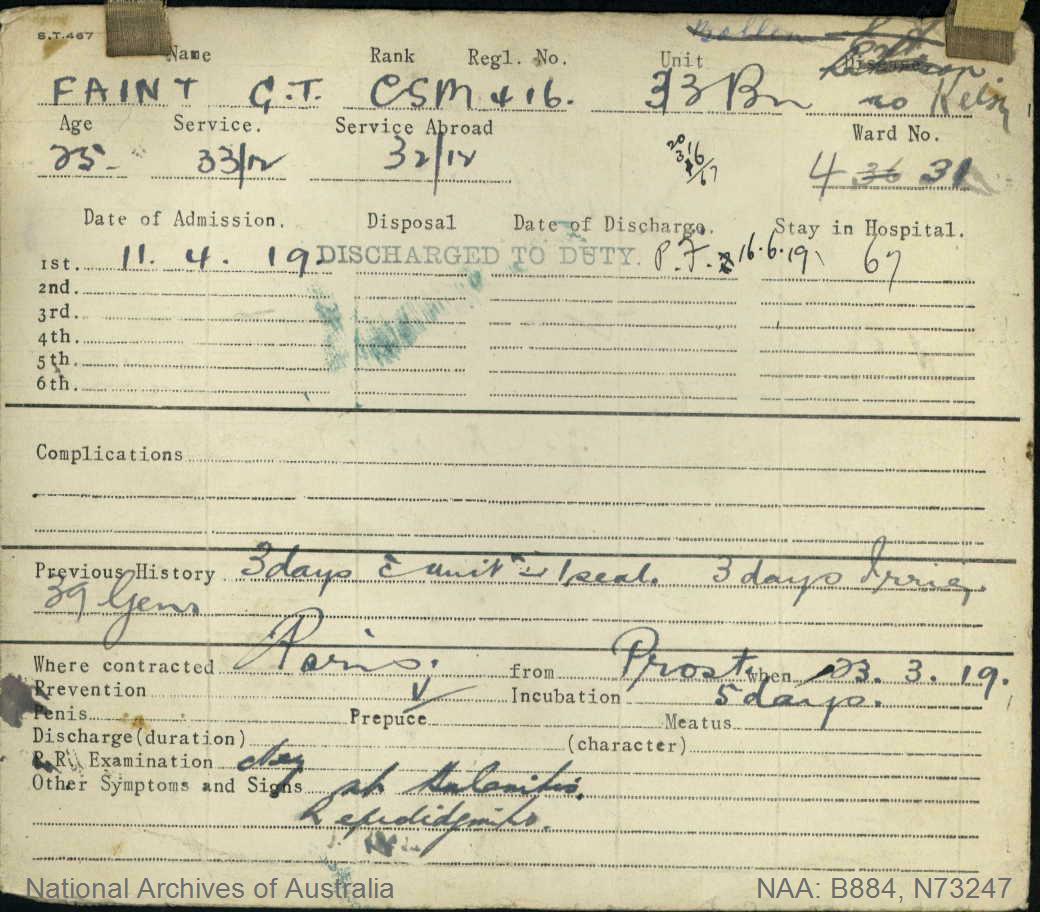
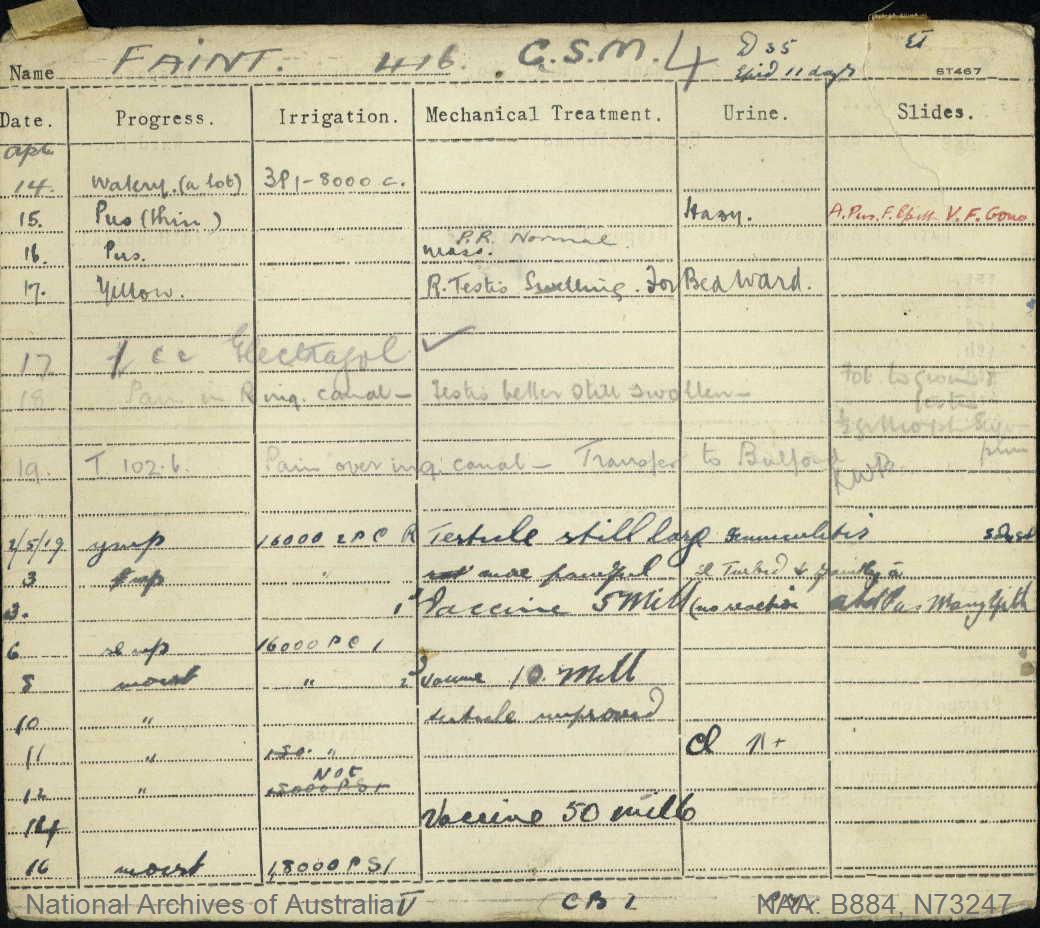
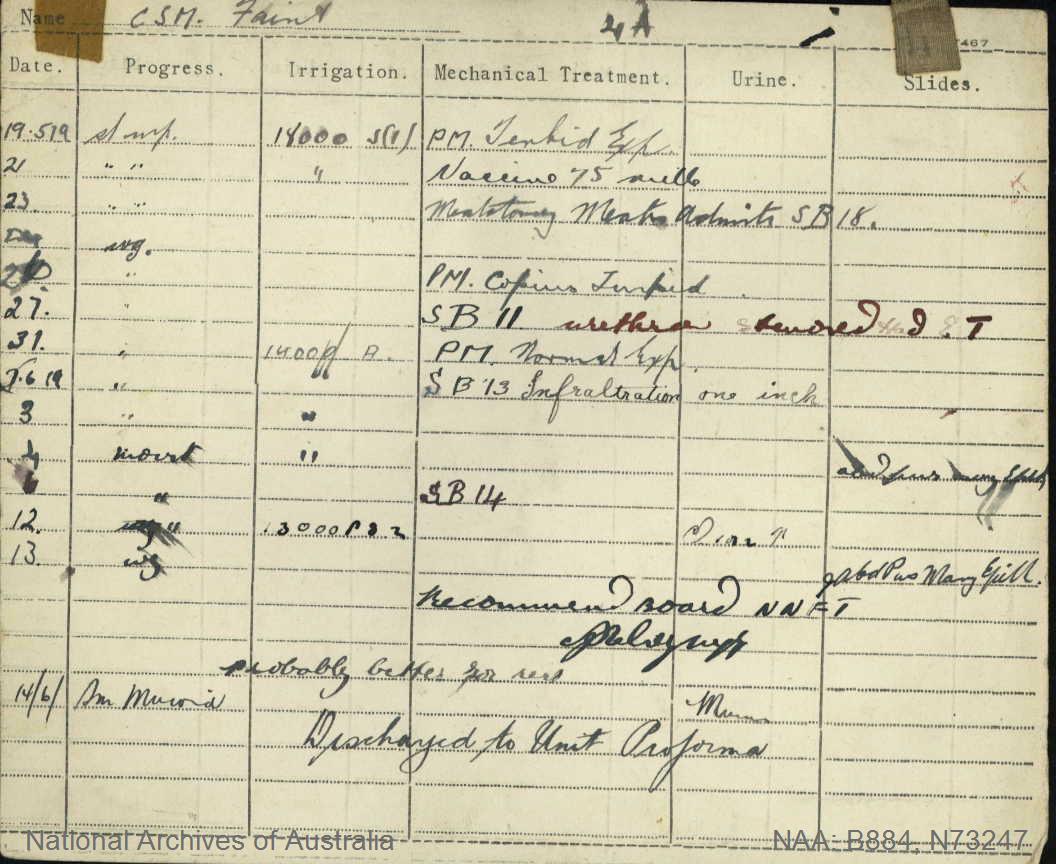

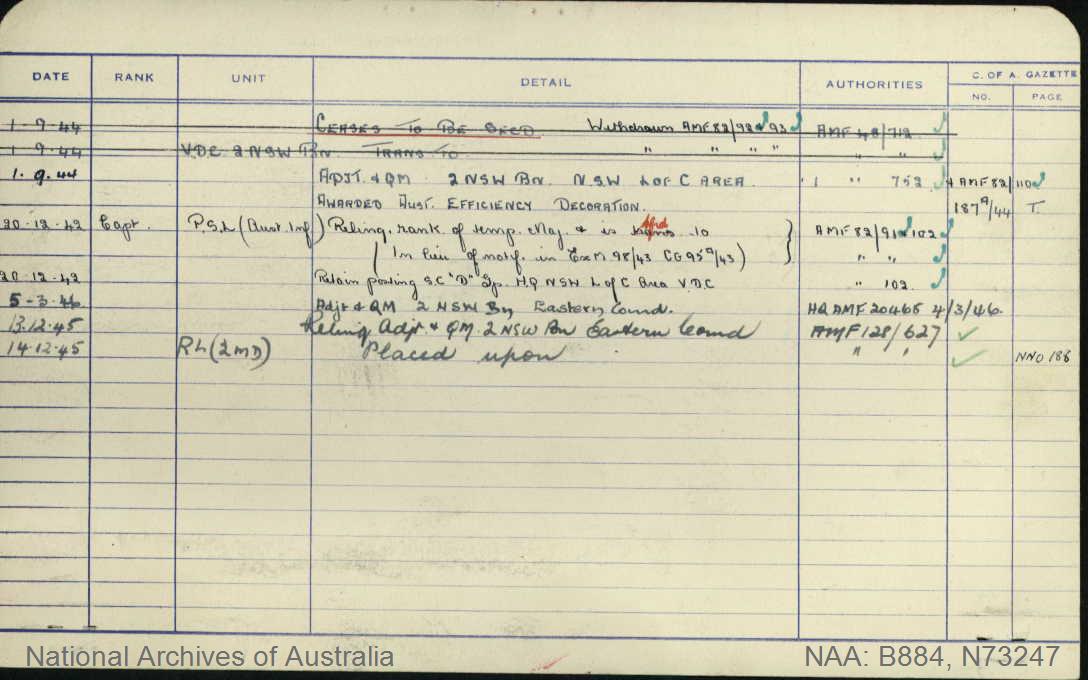
© Commonwealth of Australia (National Archives of Australia)
Under Construction: 21/06/2022-09/03/2023.
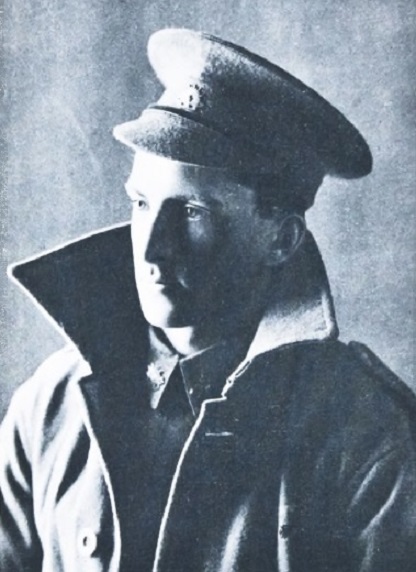
 S.S. BARUNGA
S.S. BARUNGA 
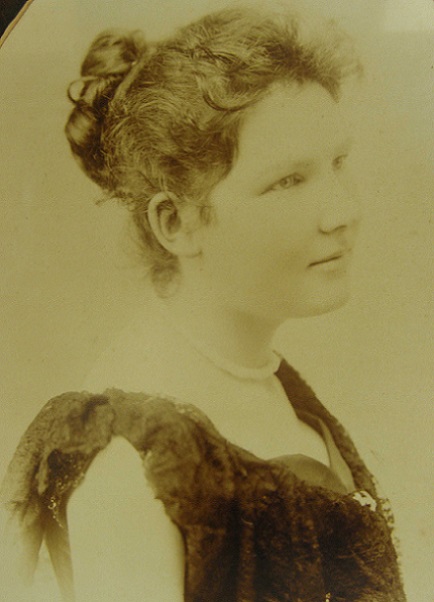
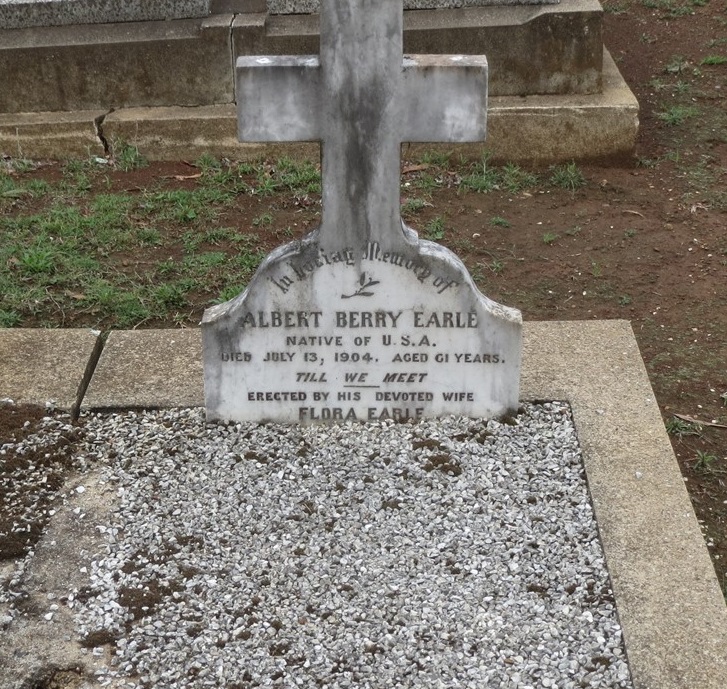


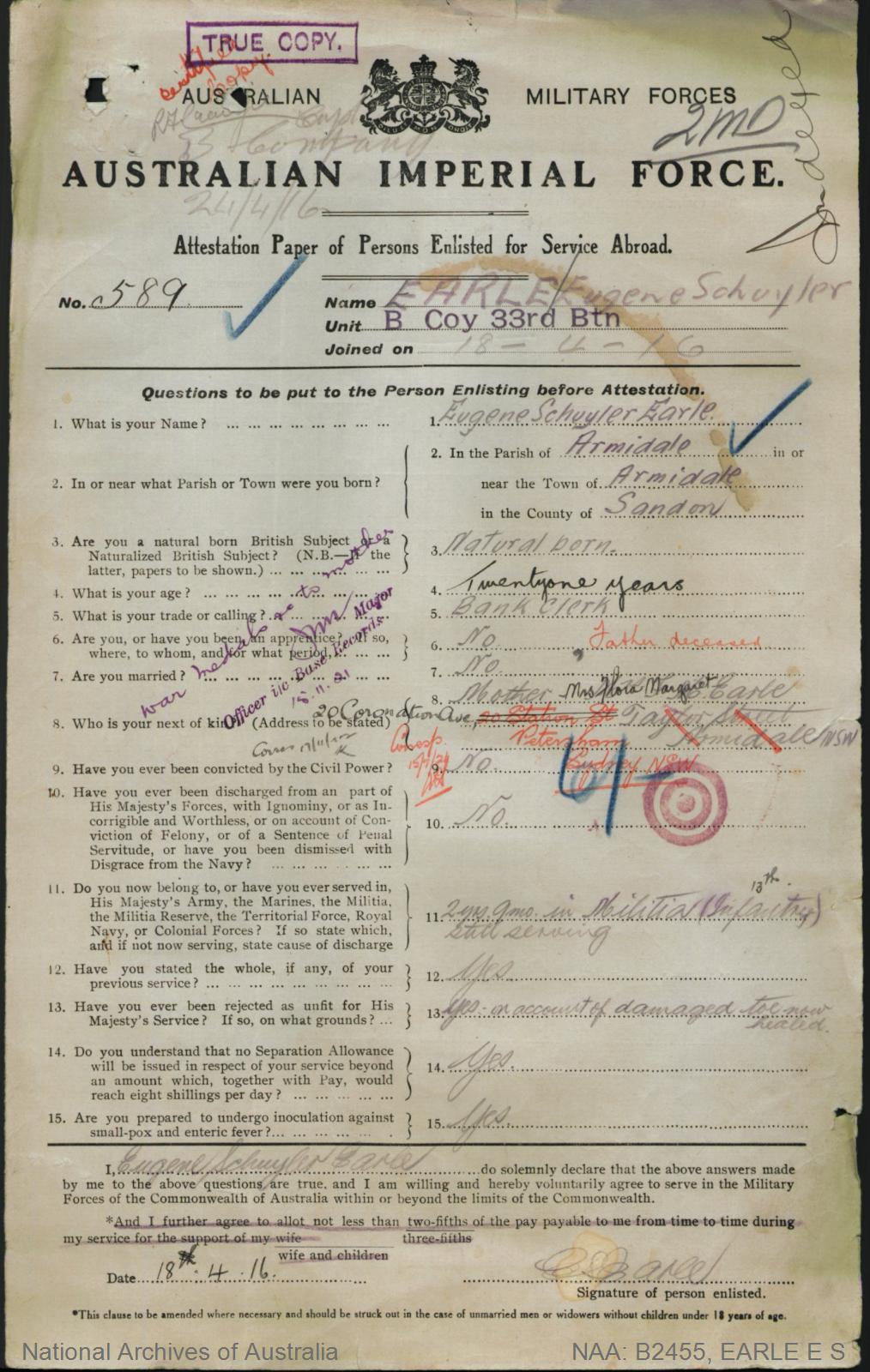
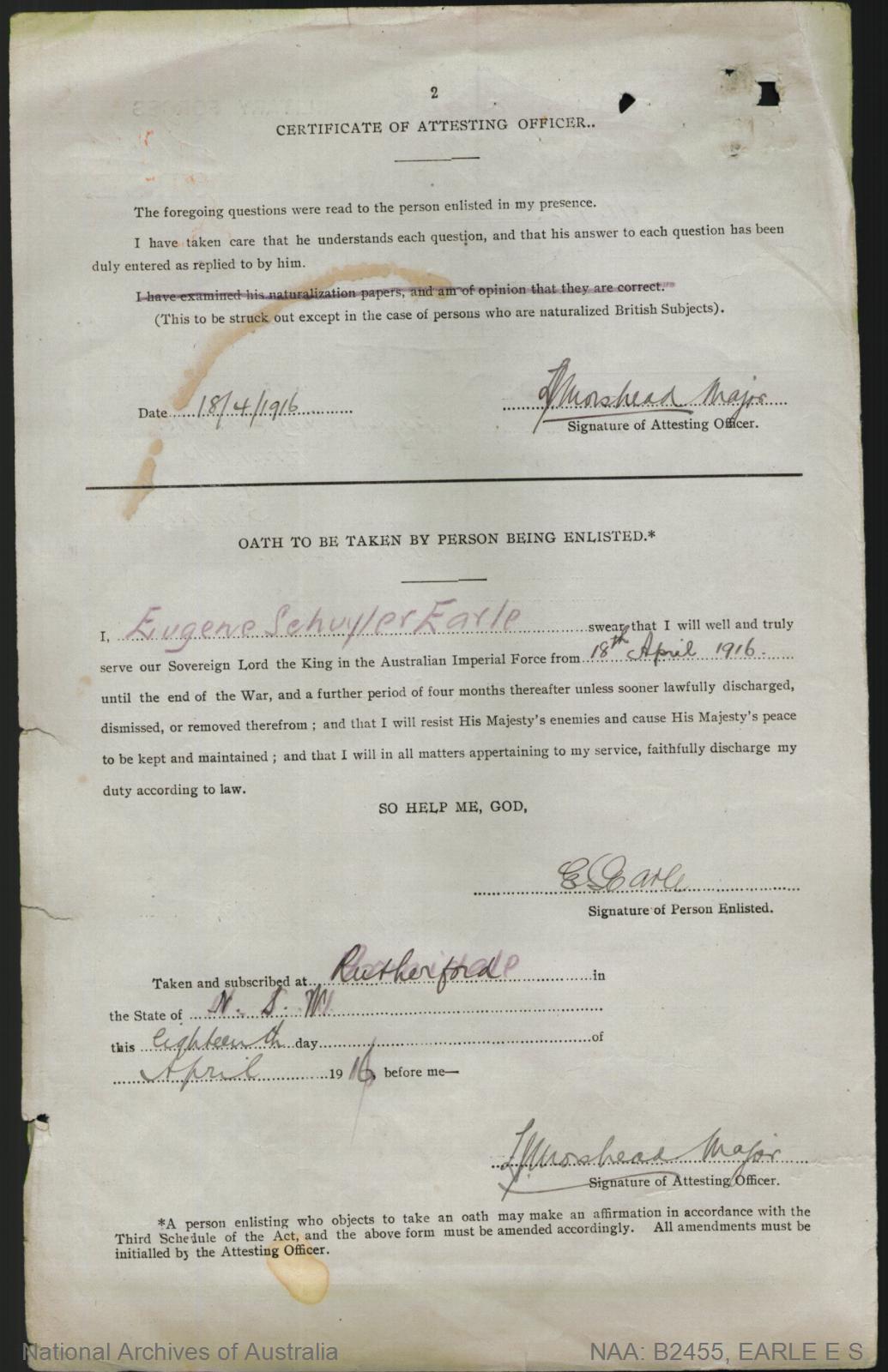

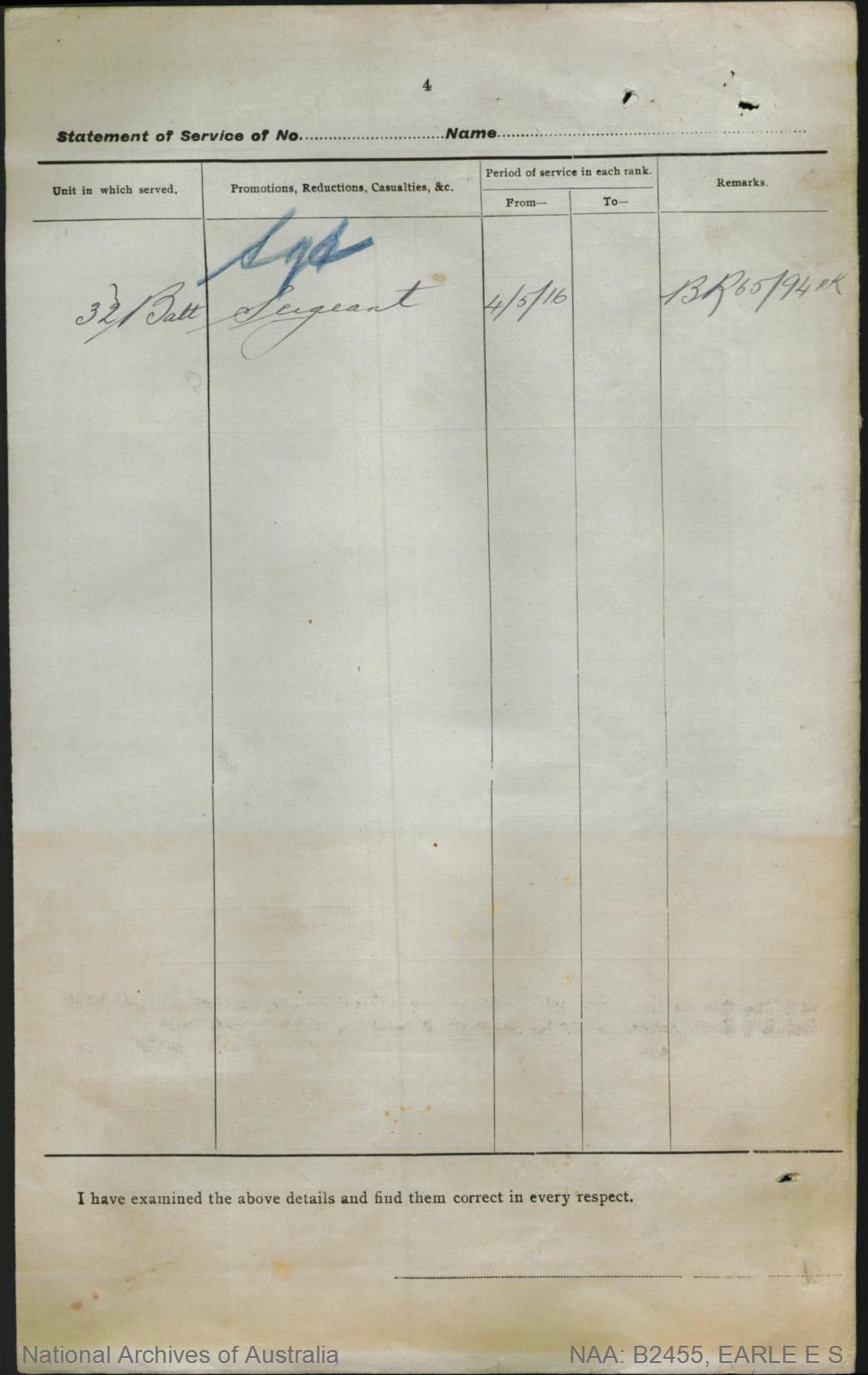
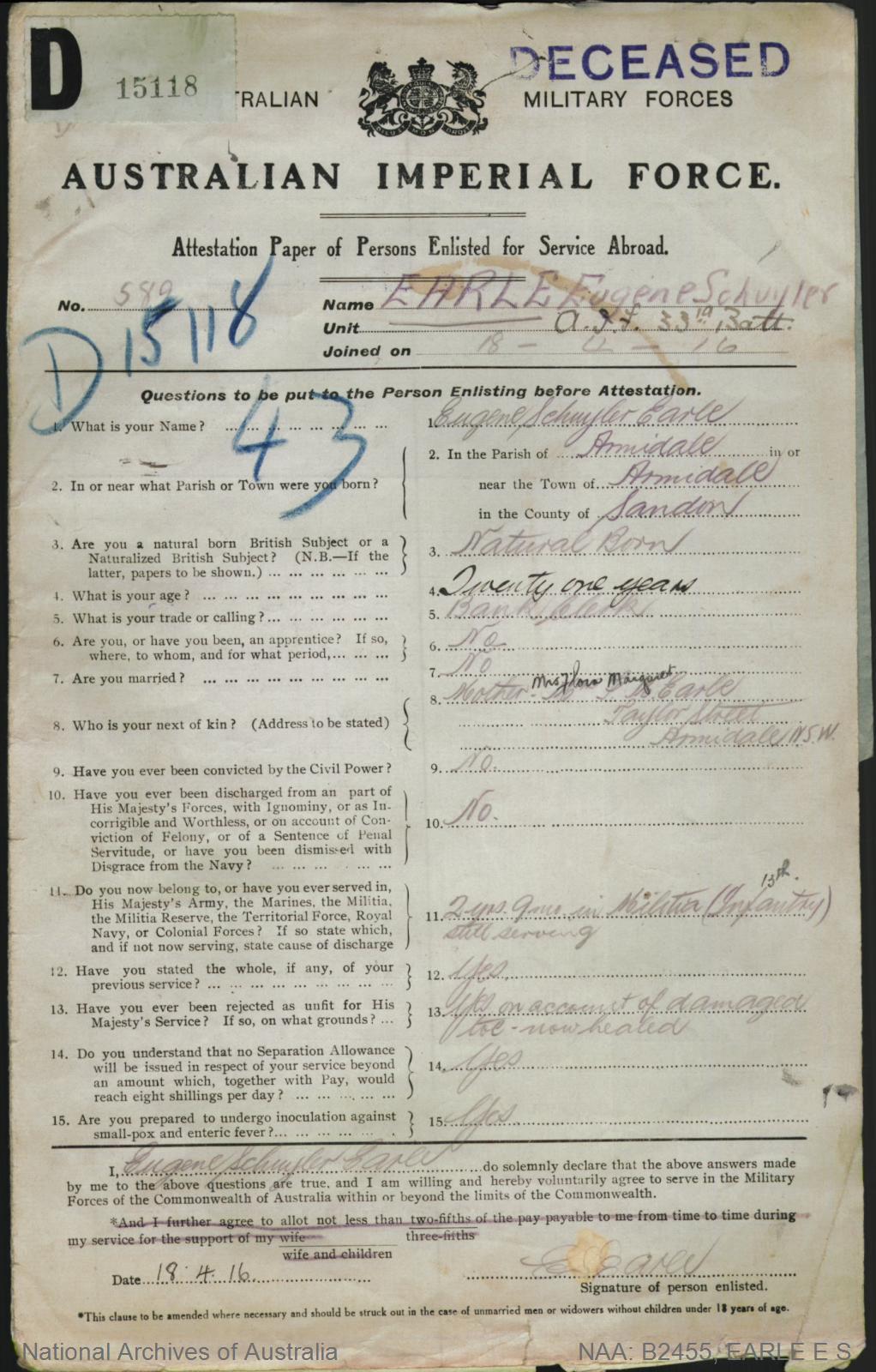
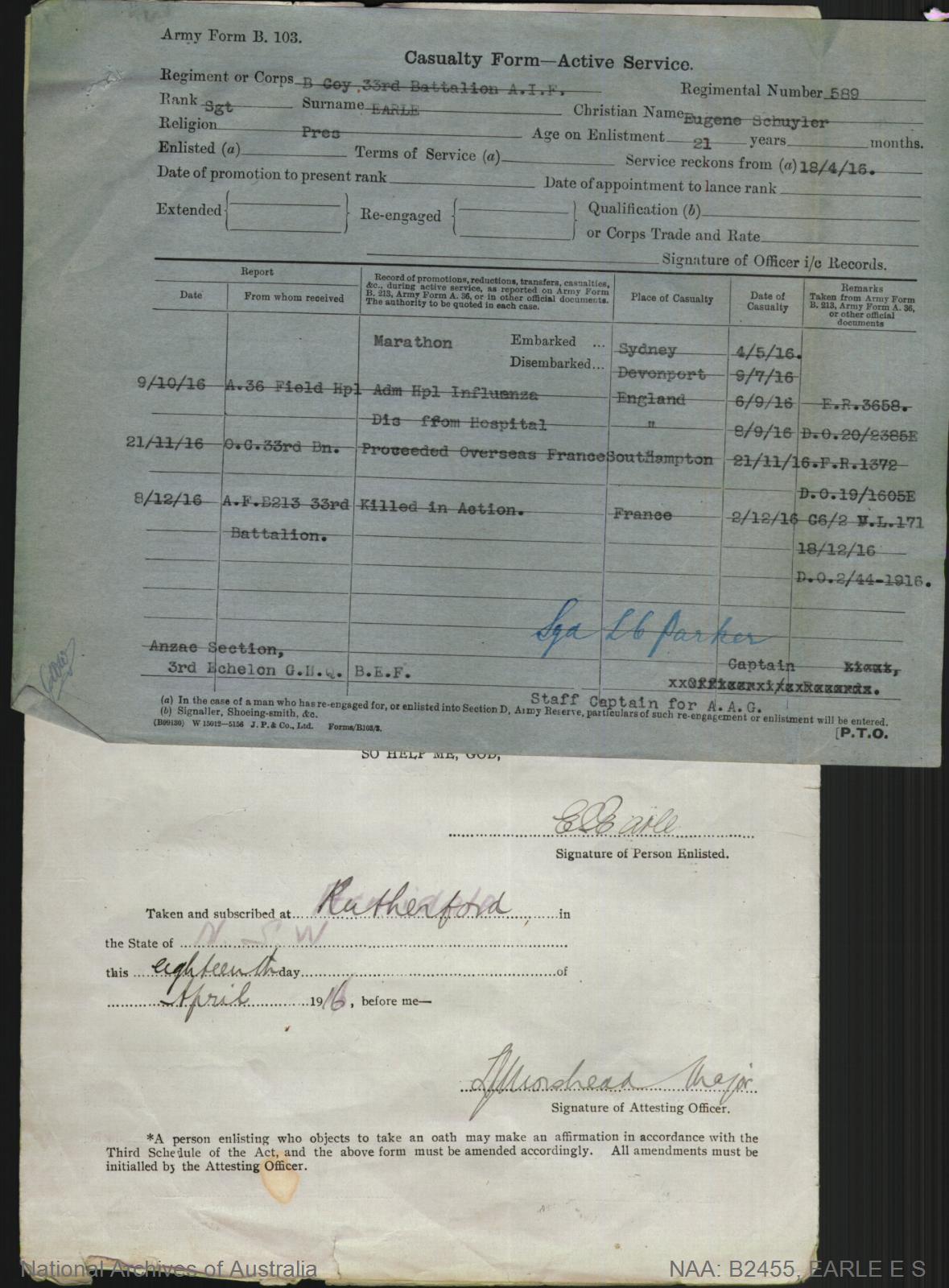
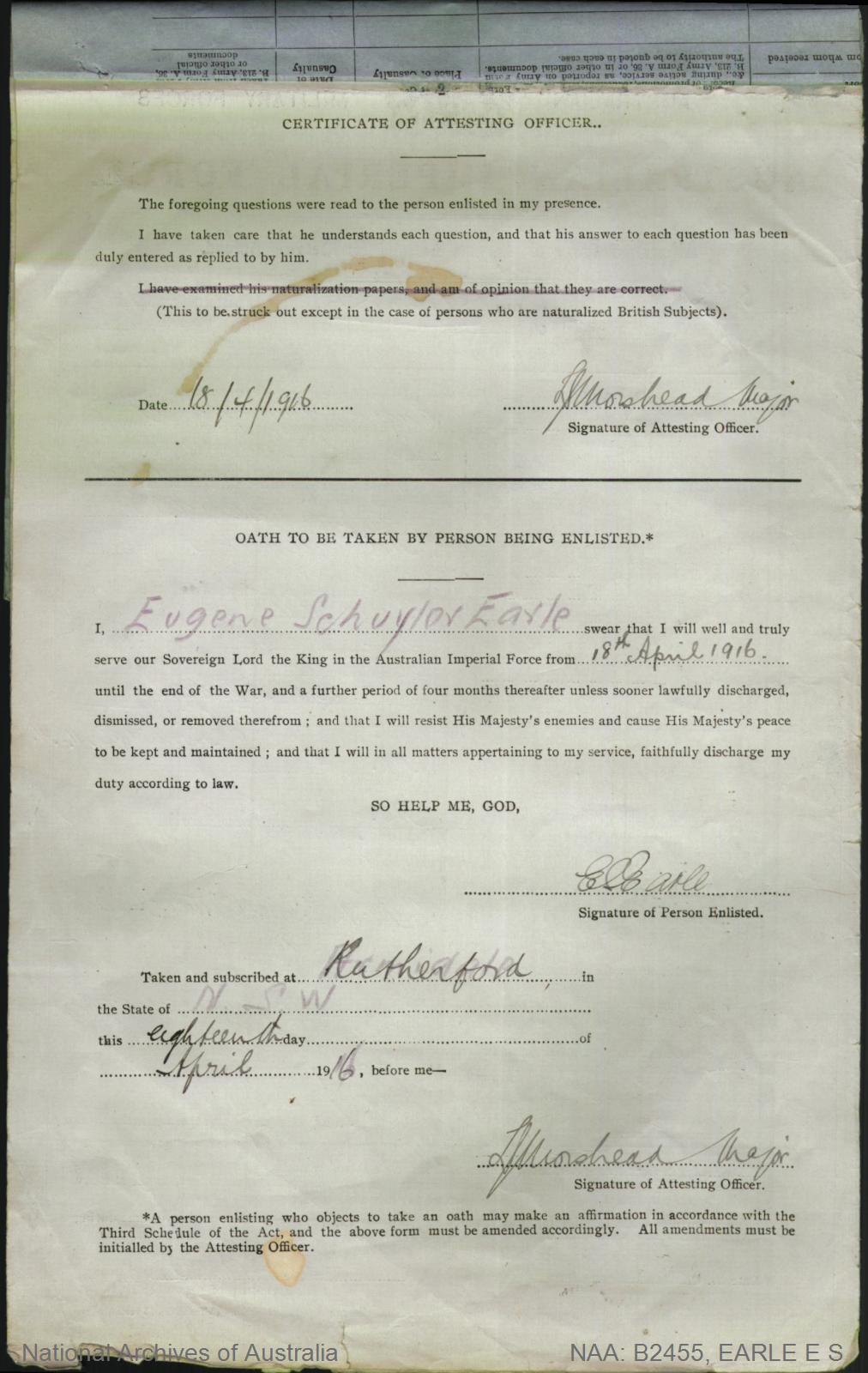
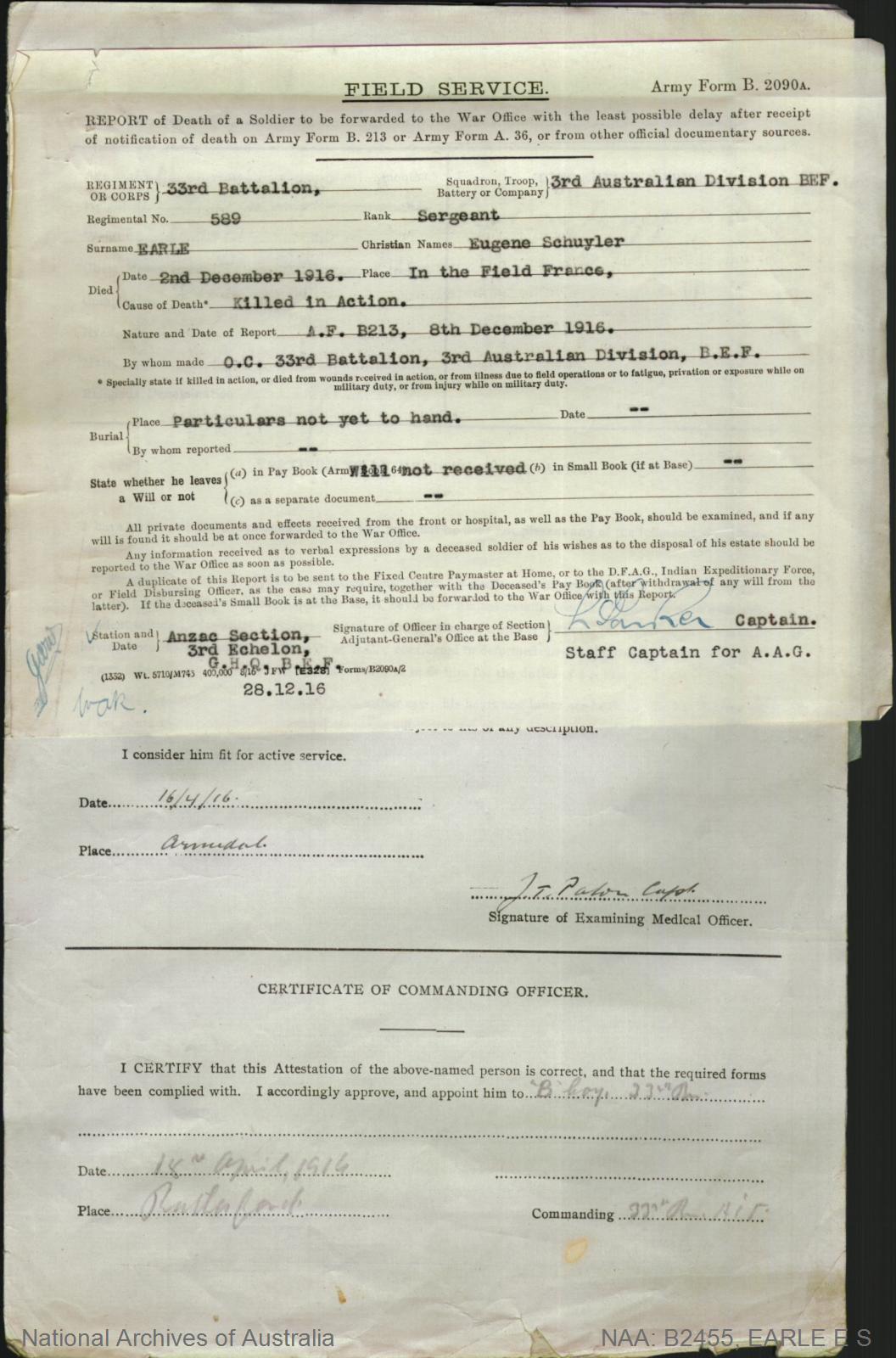

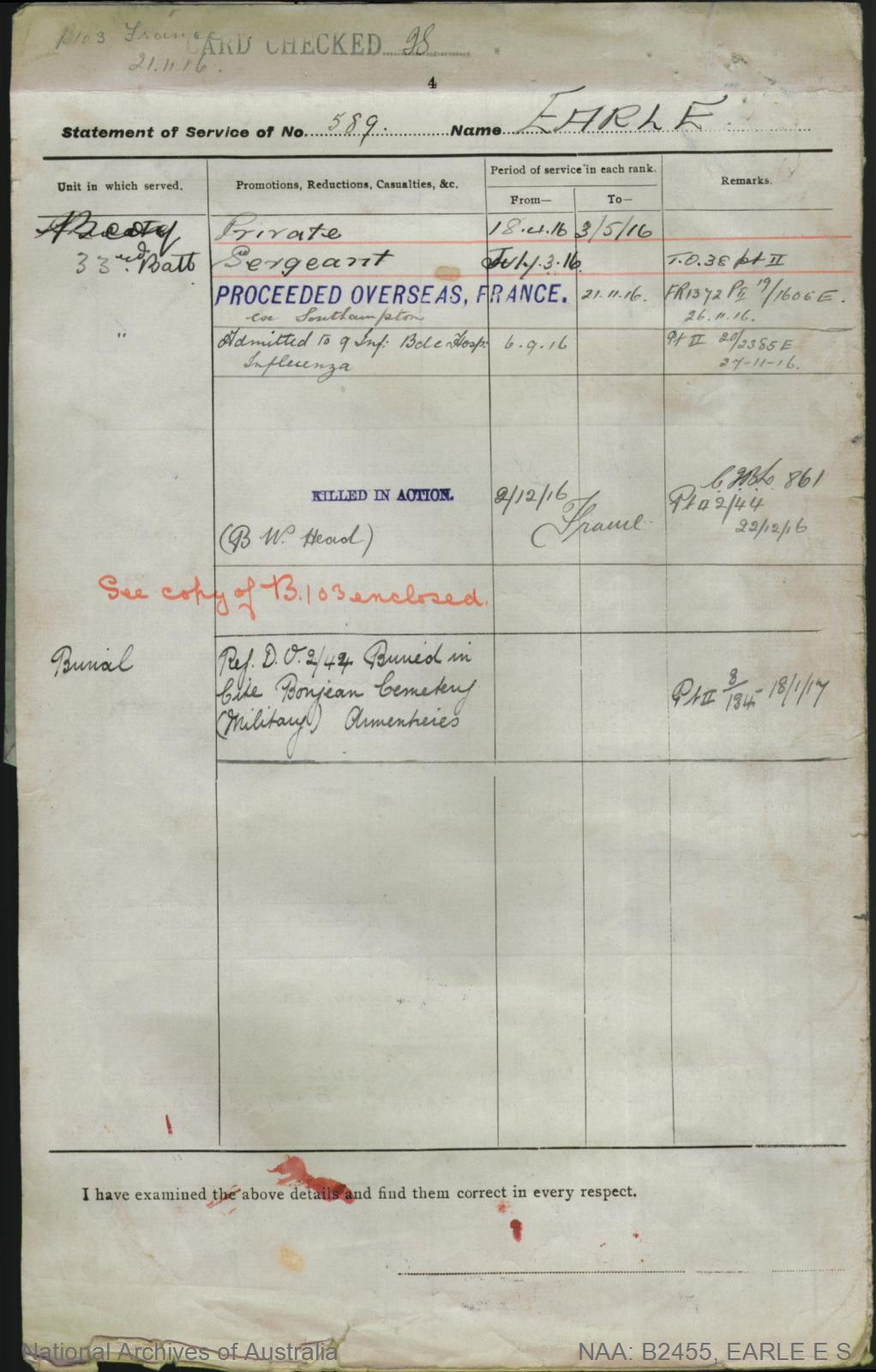

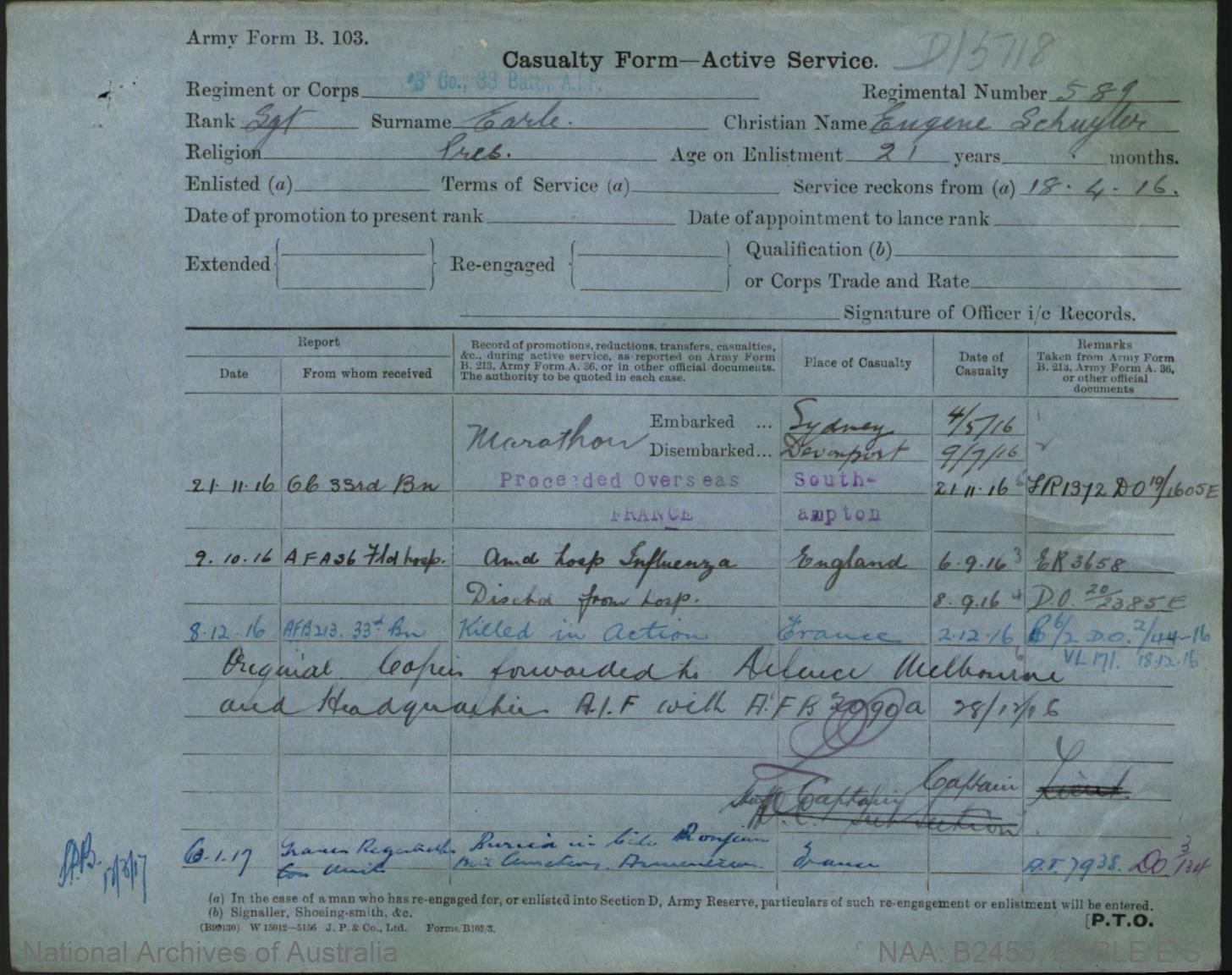
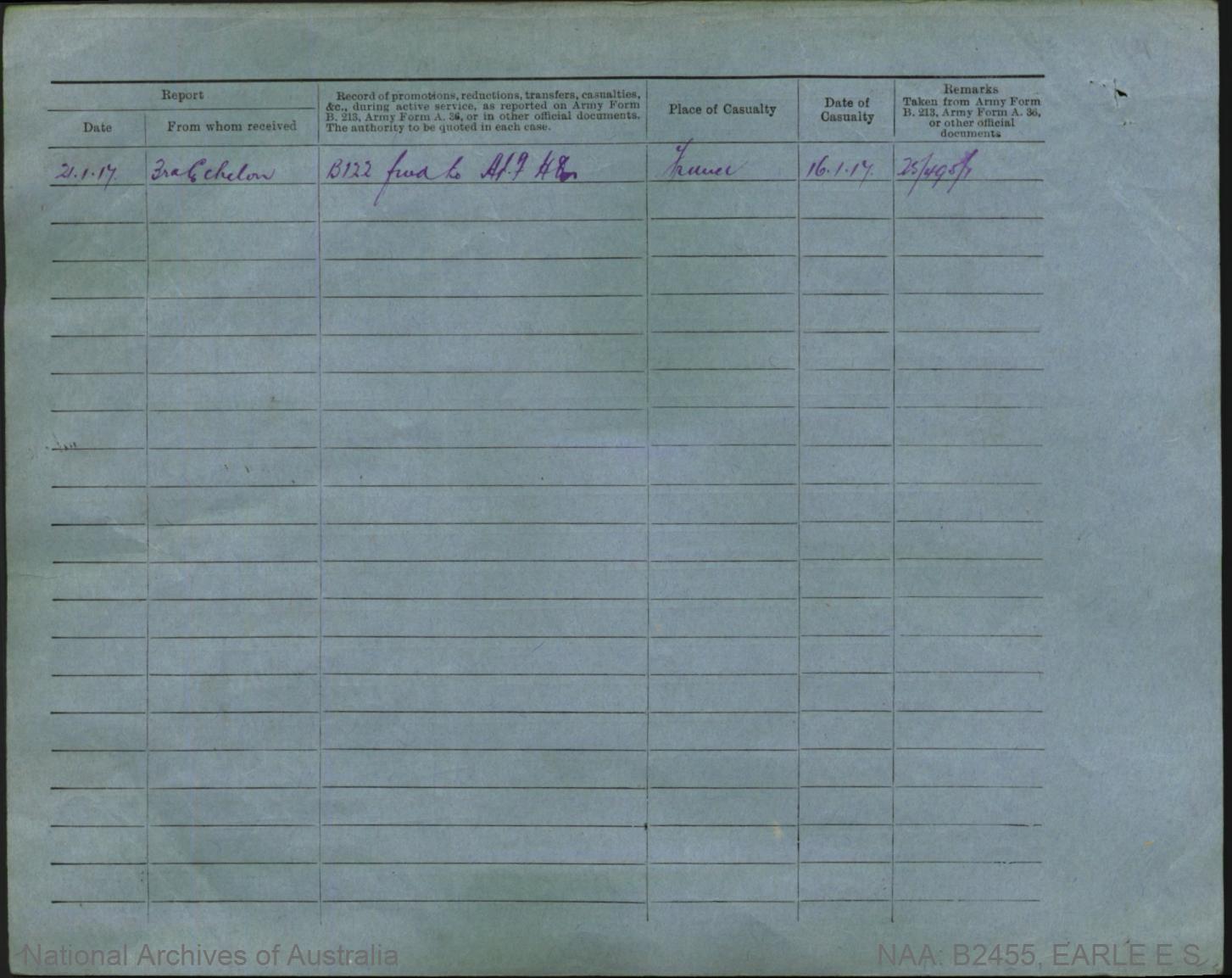

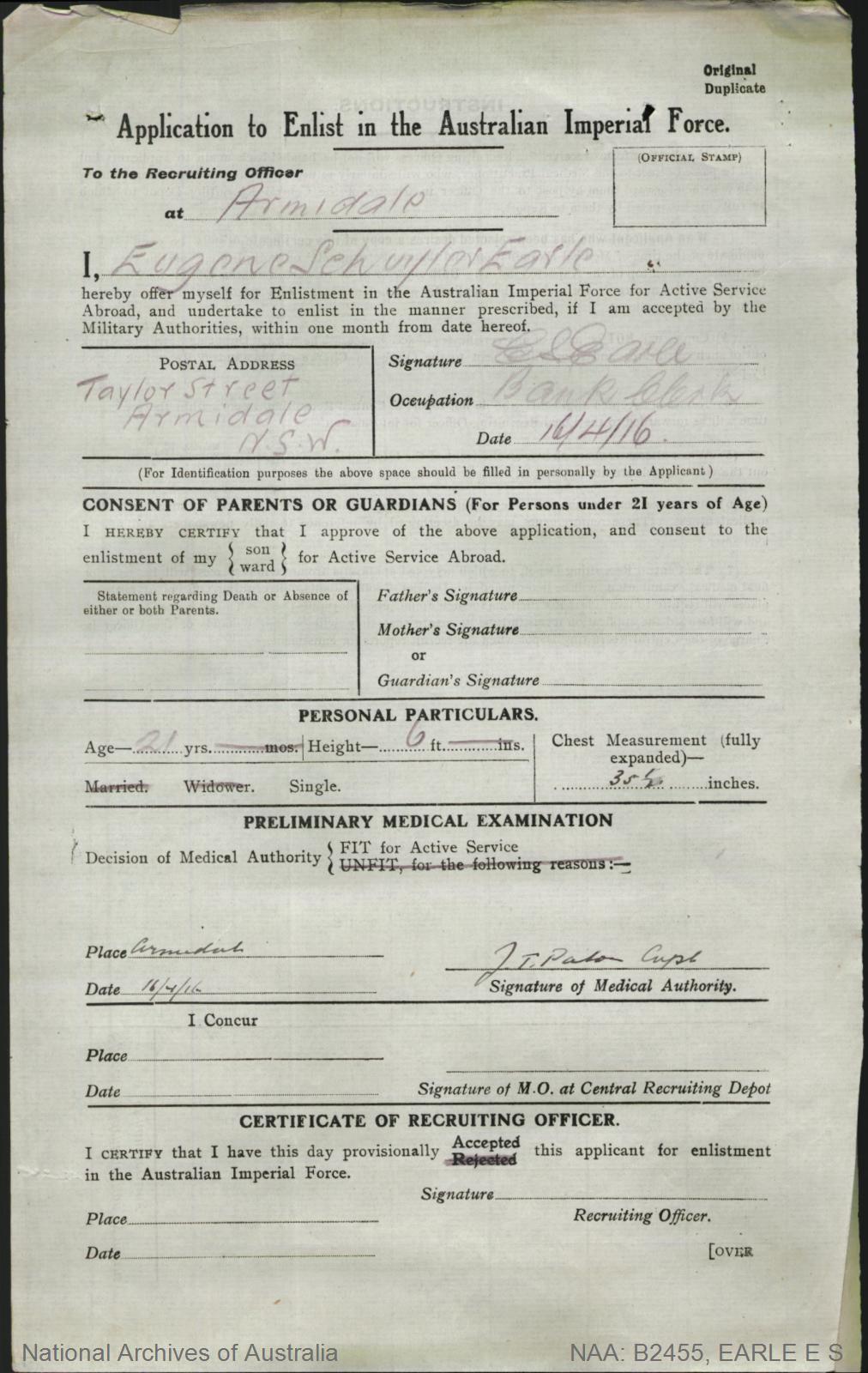


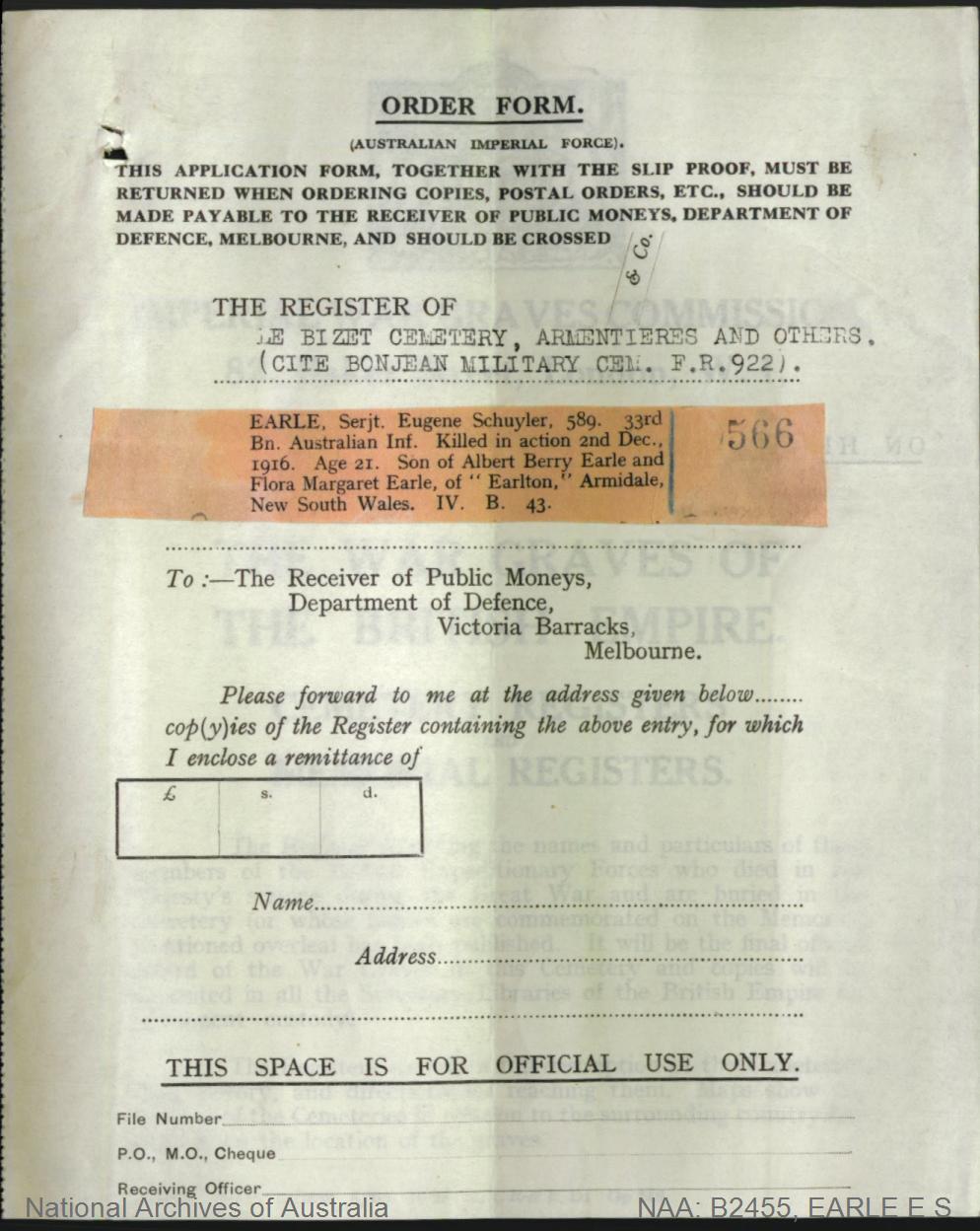
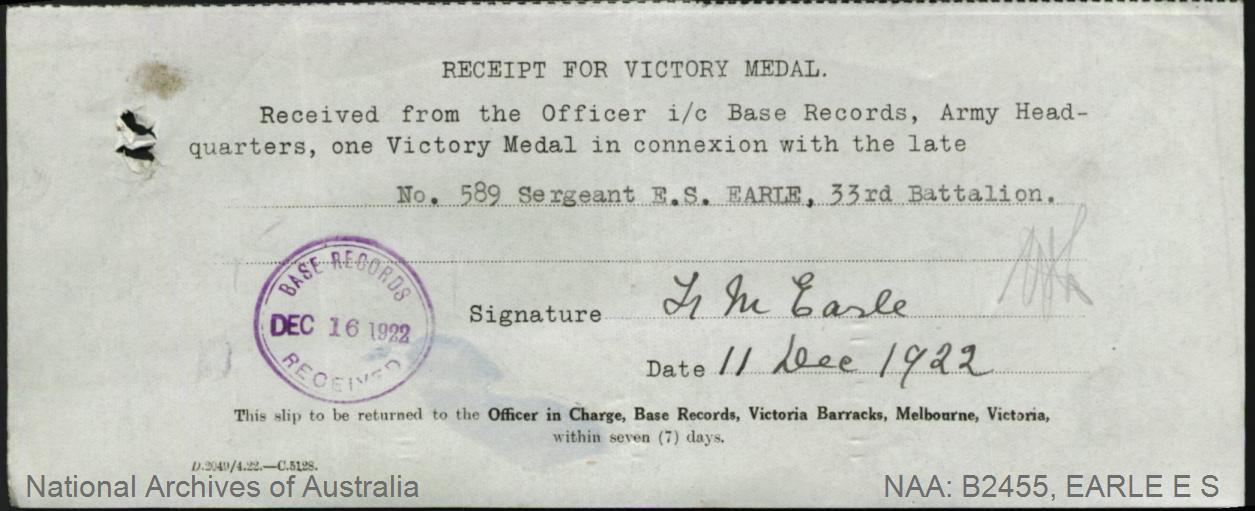

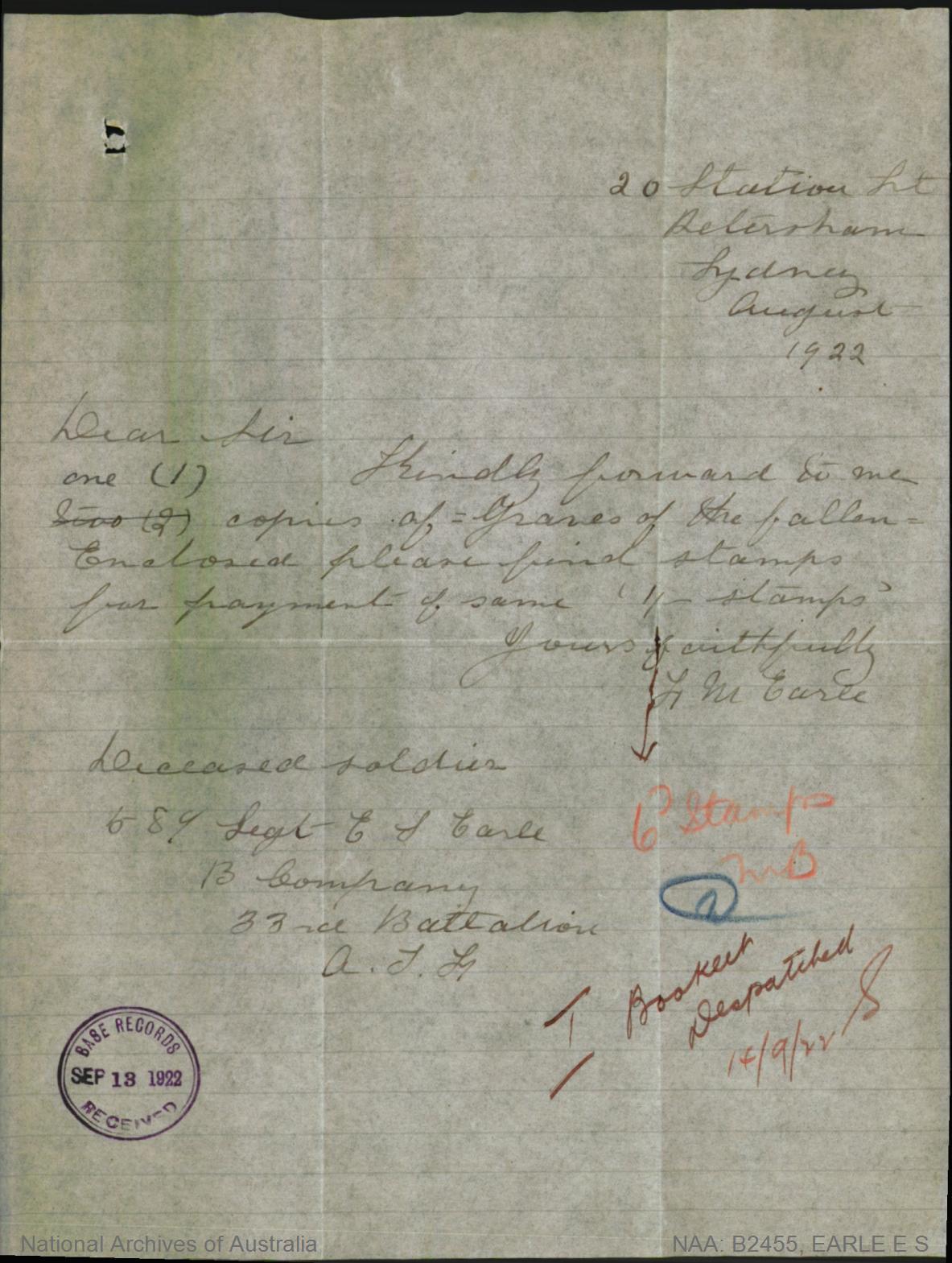
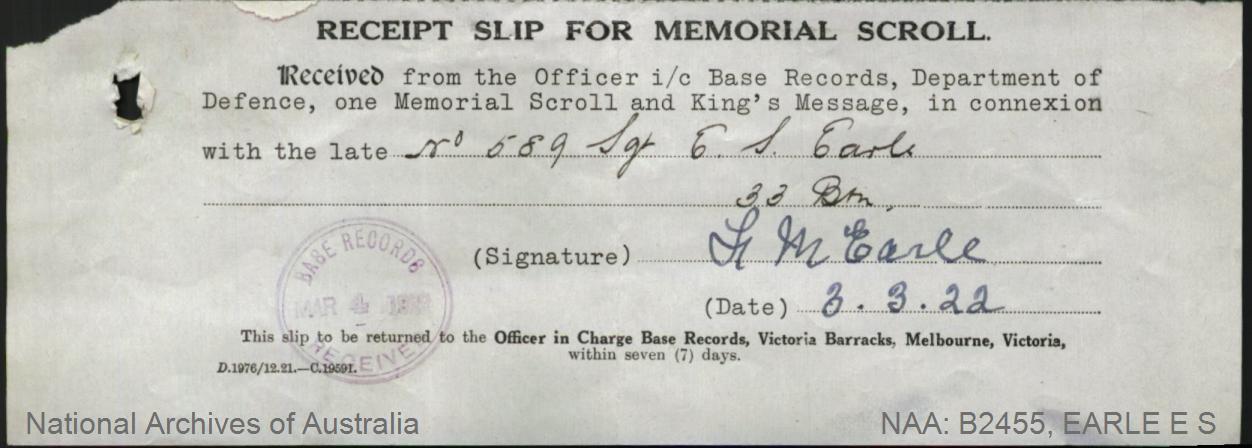
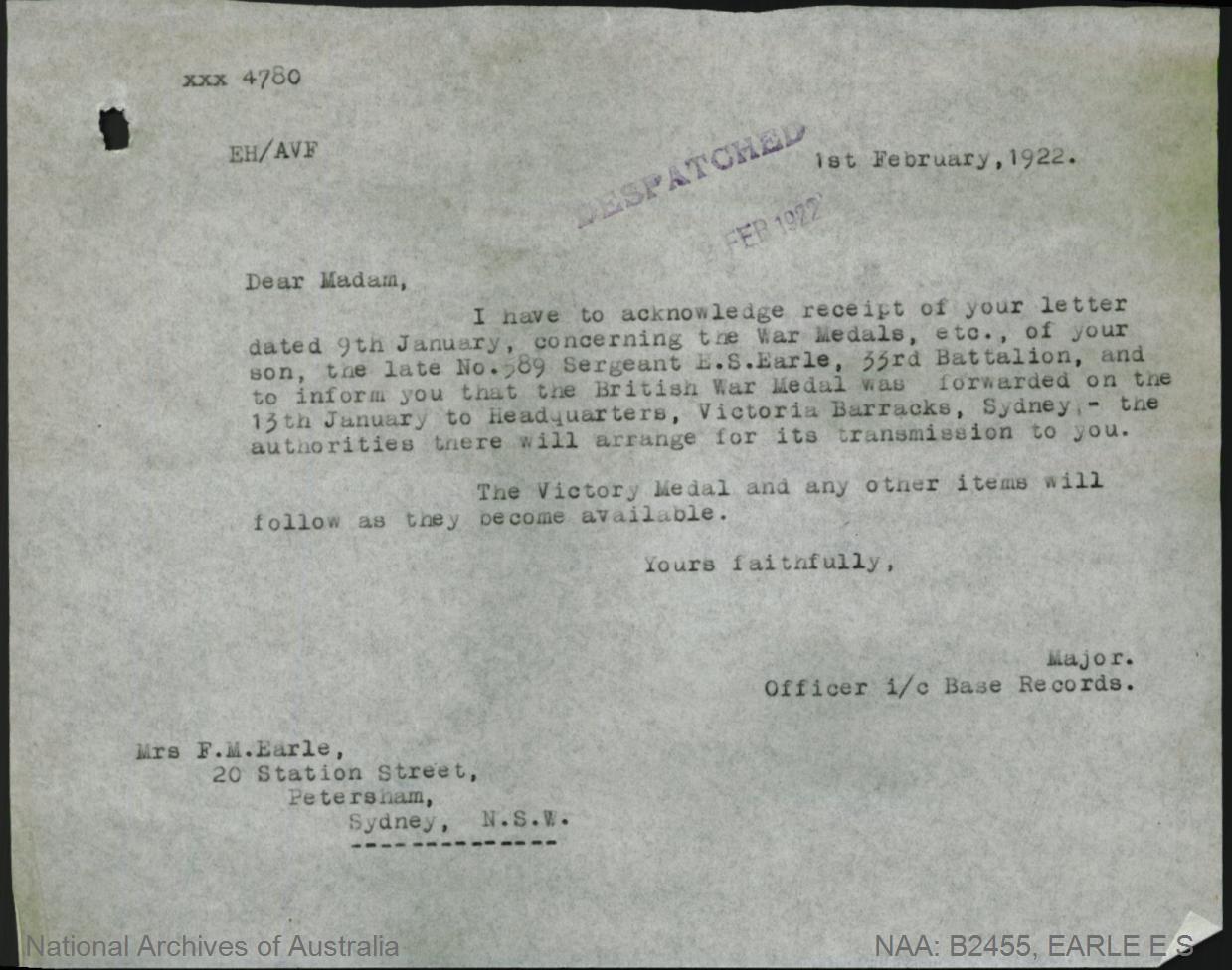
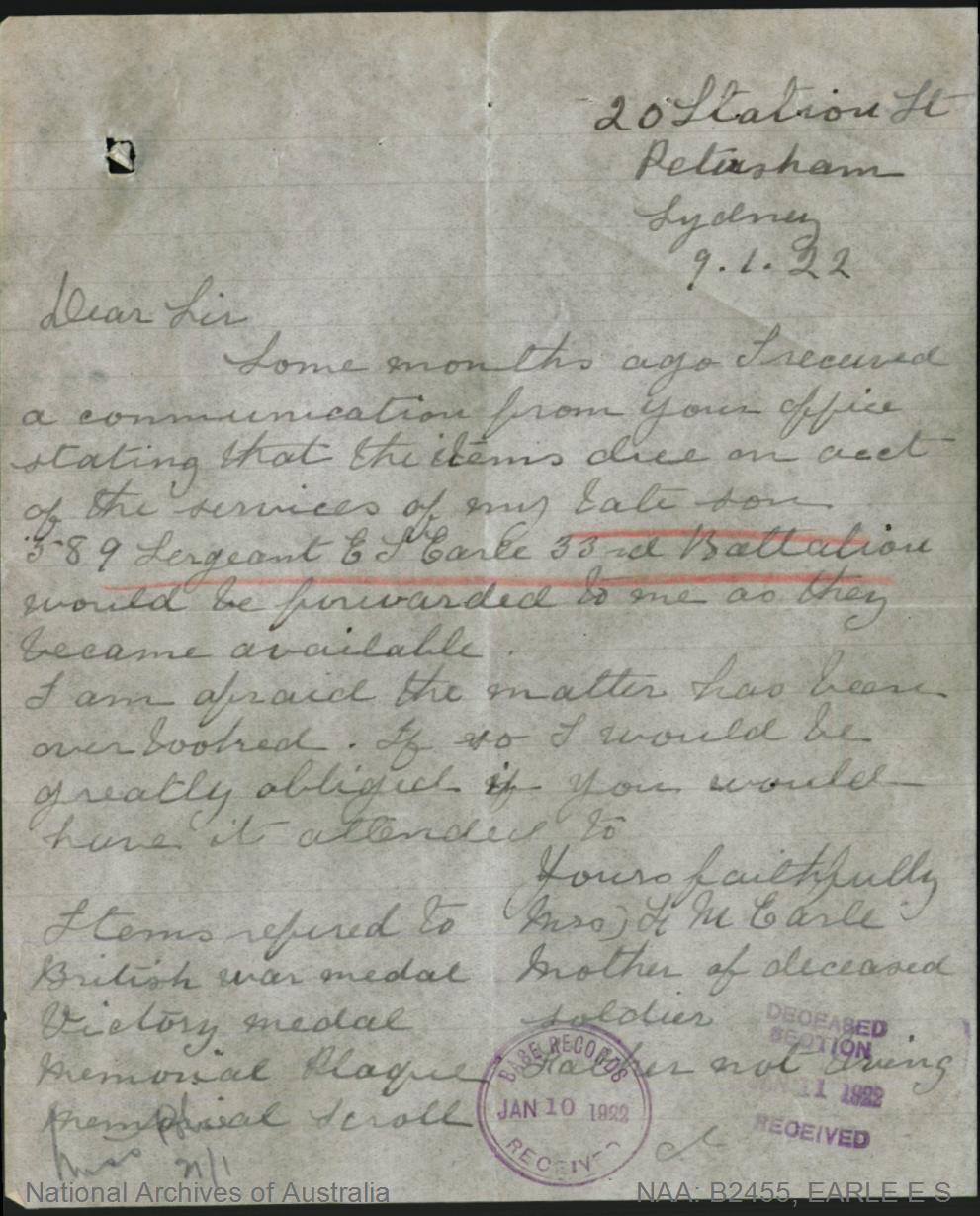
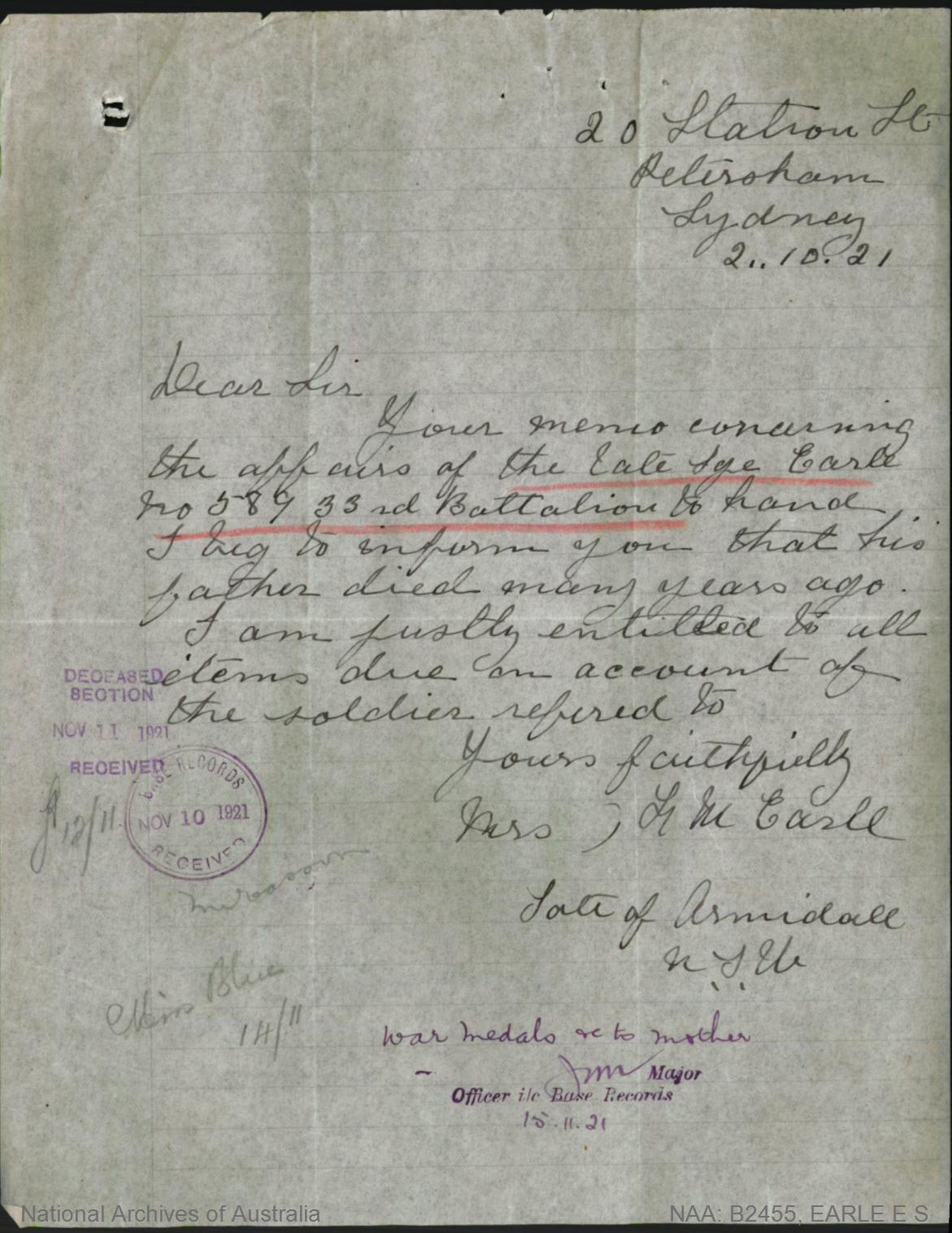

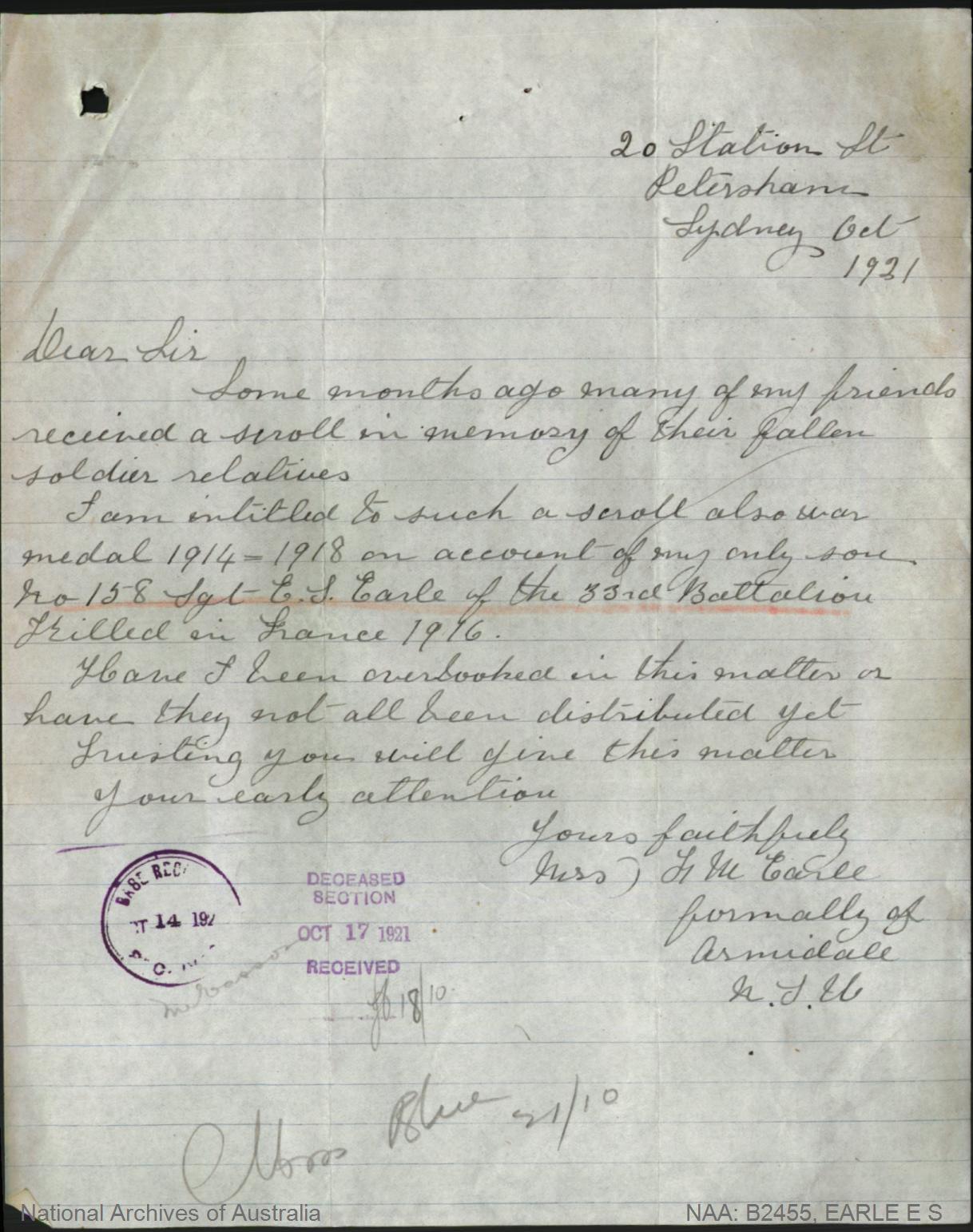
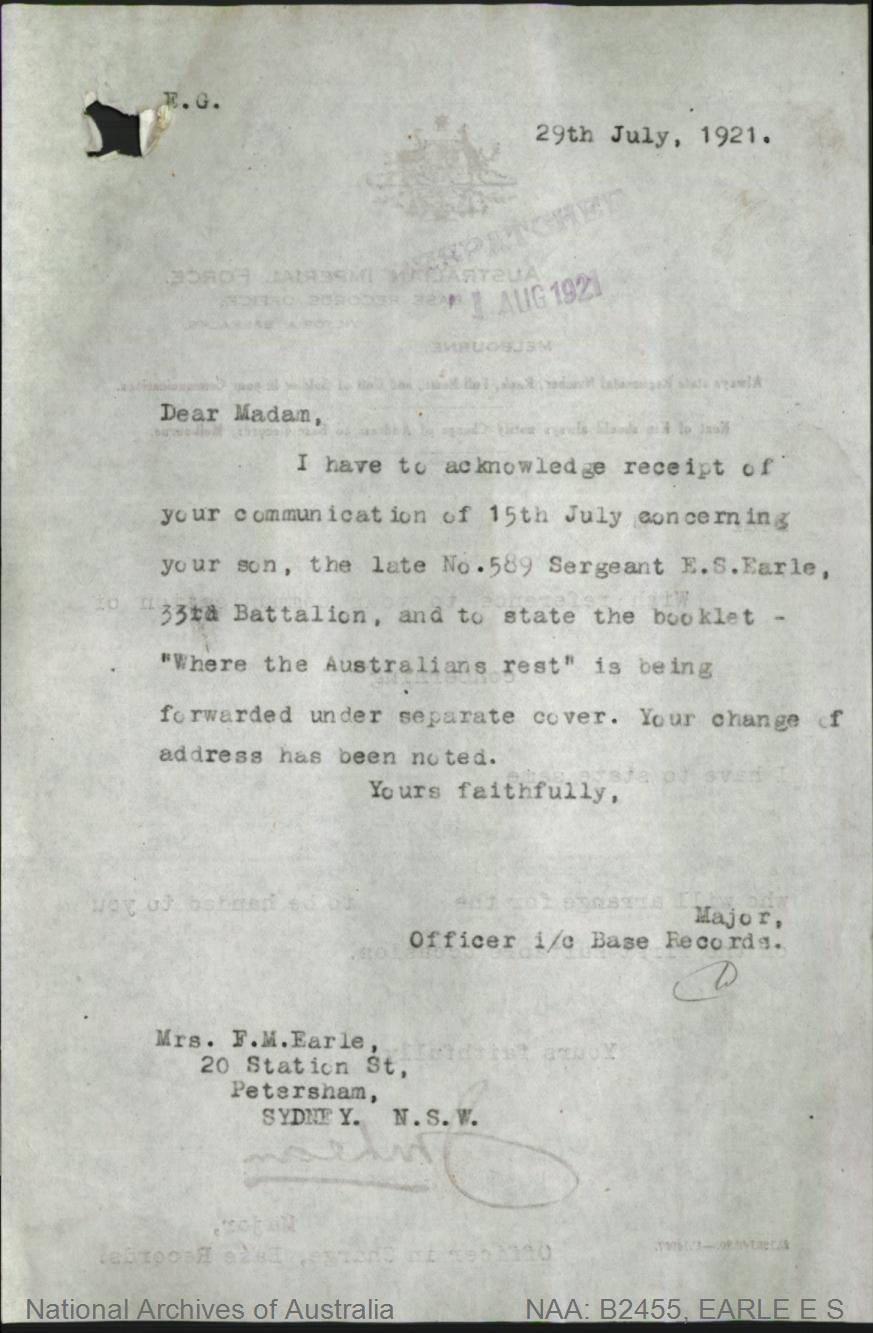
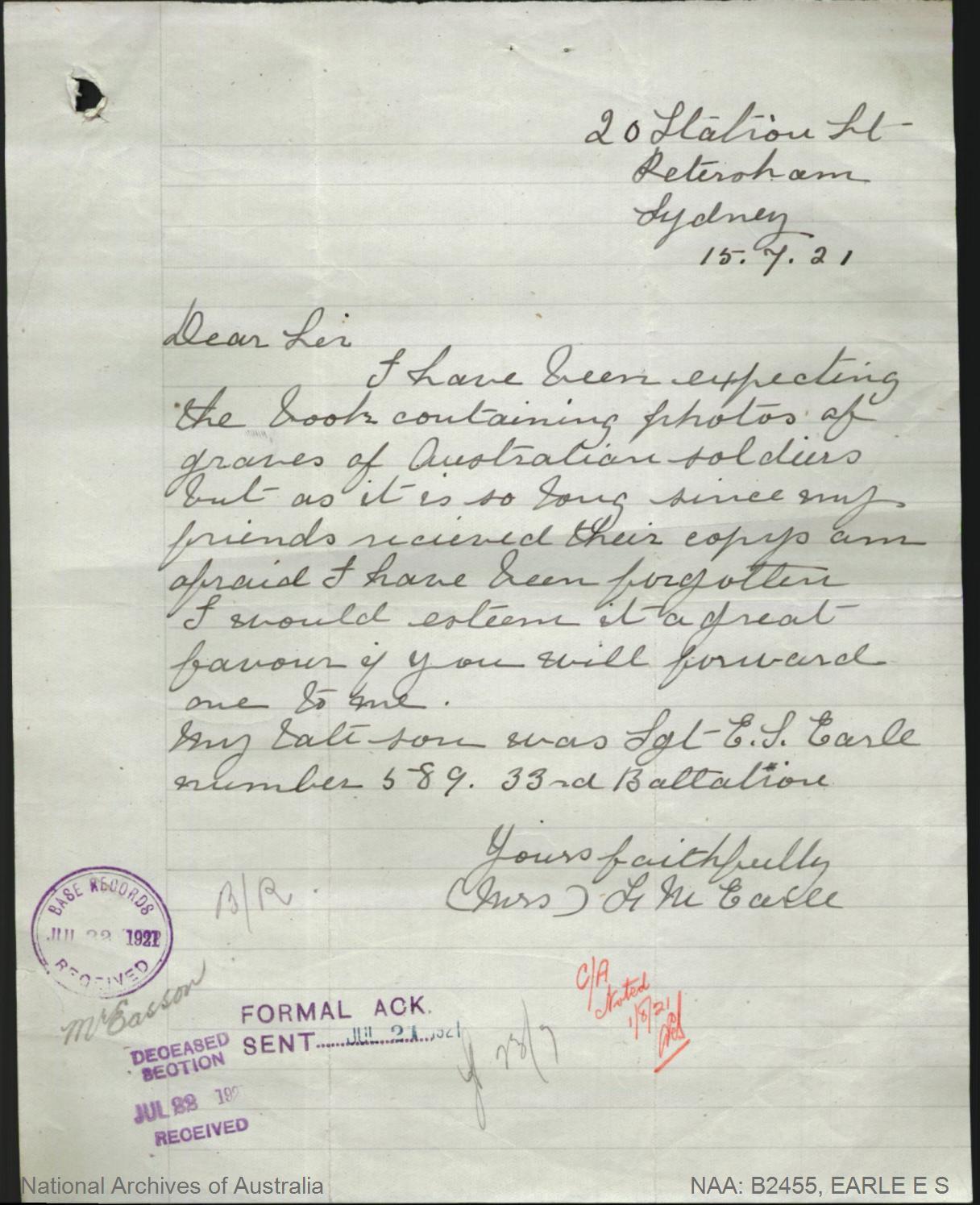
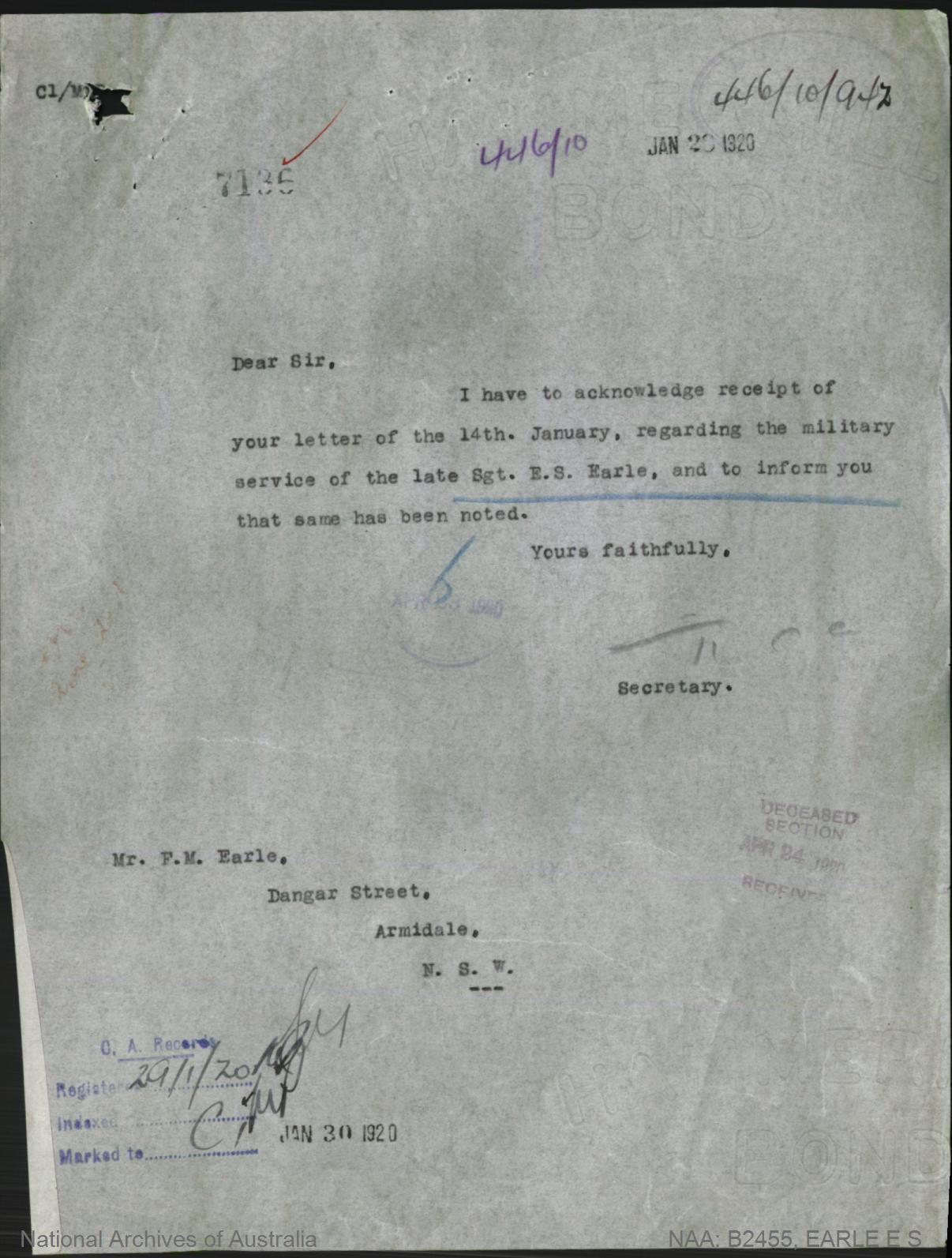
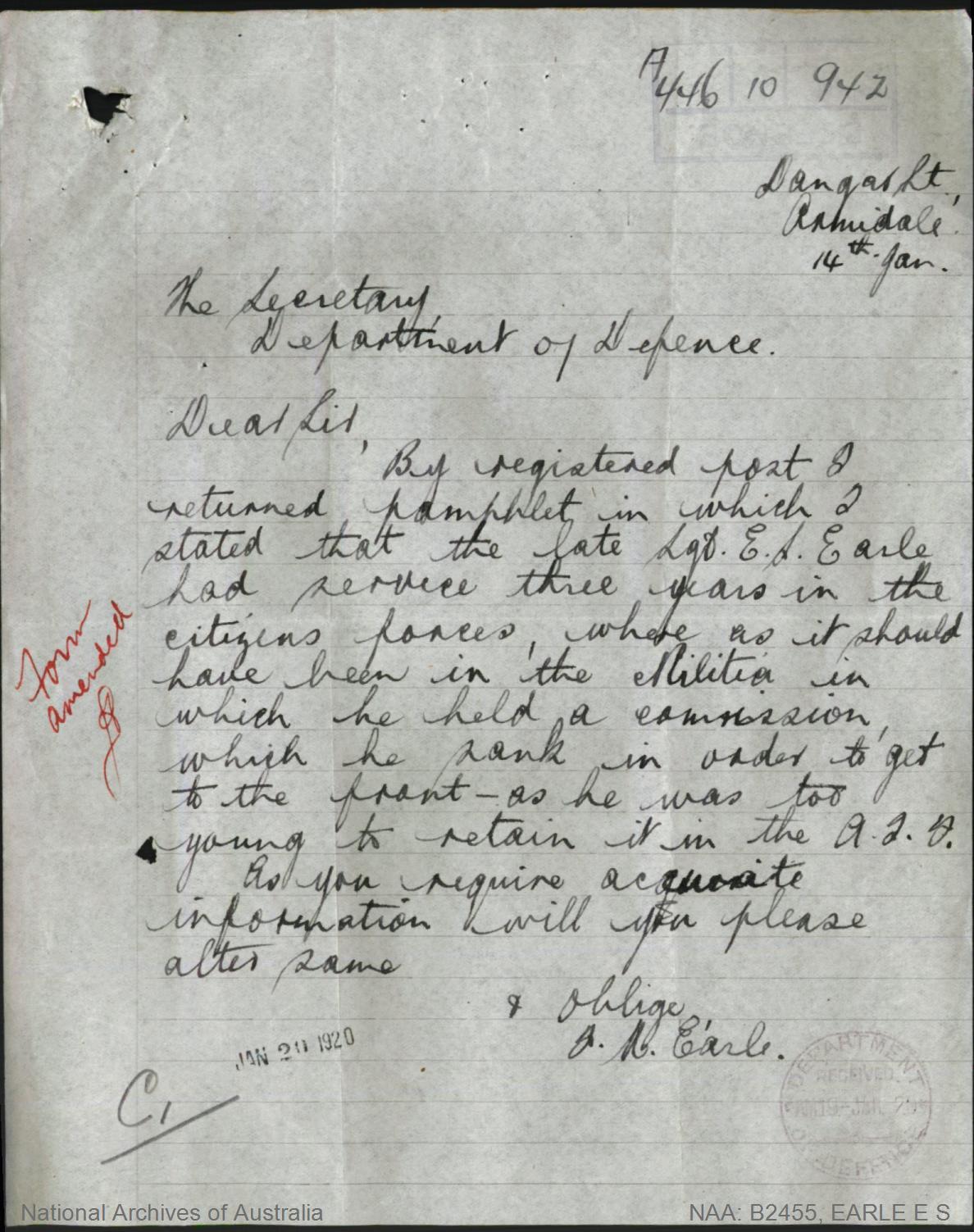

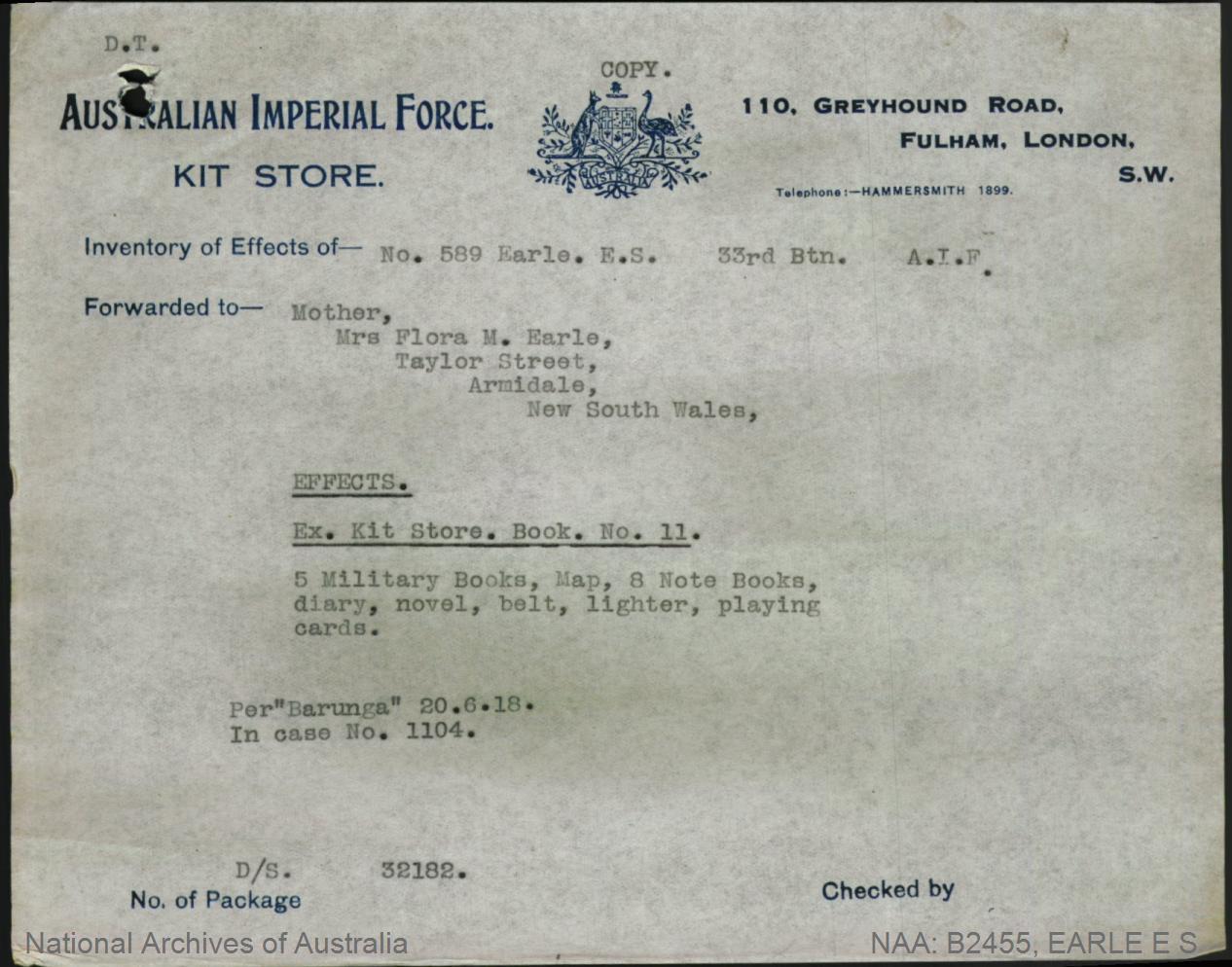
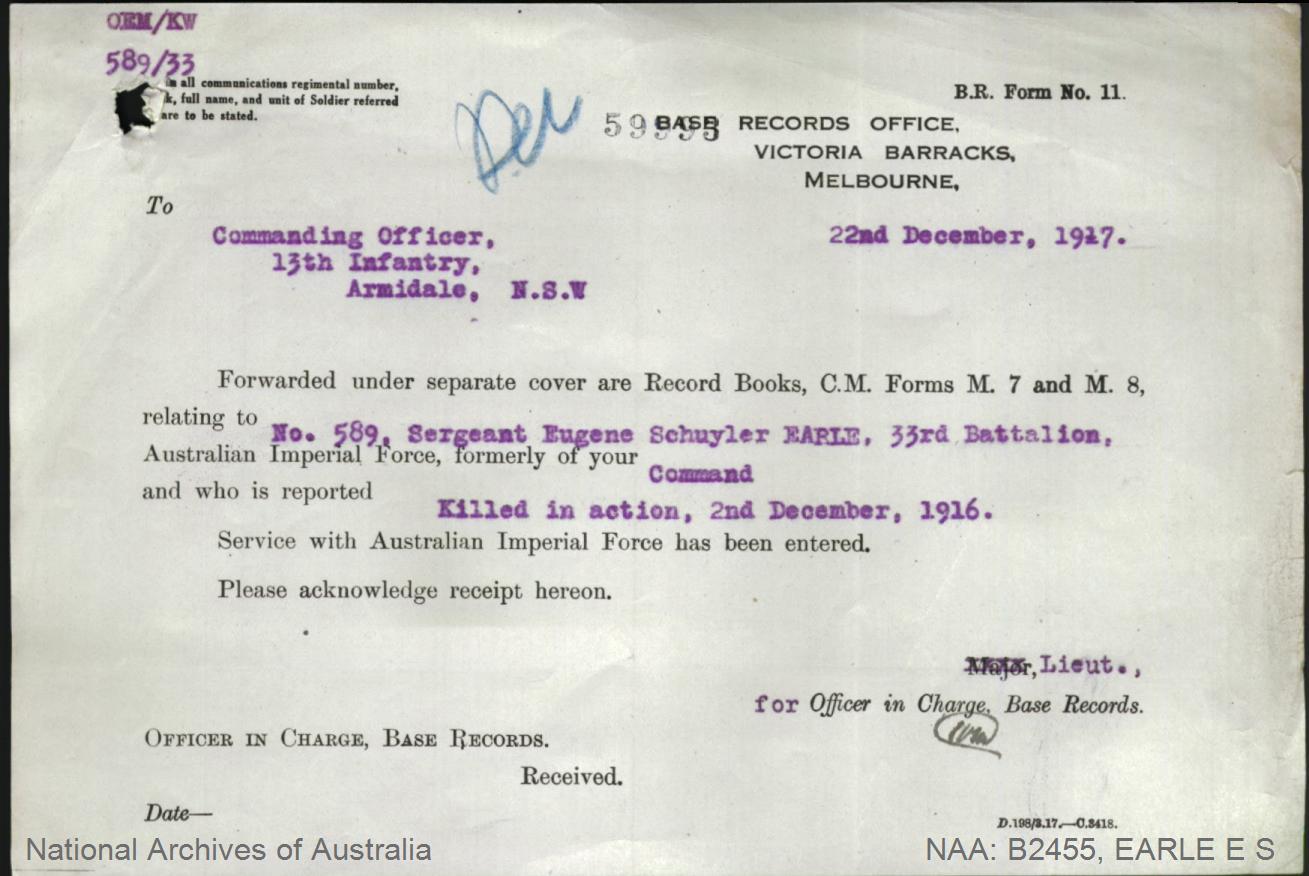

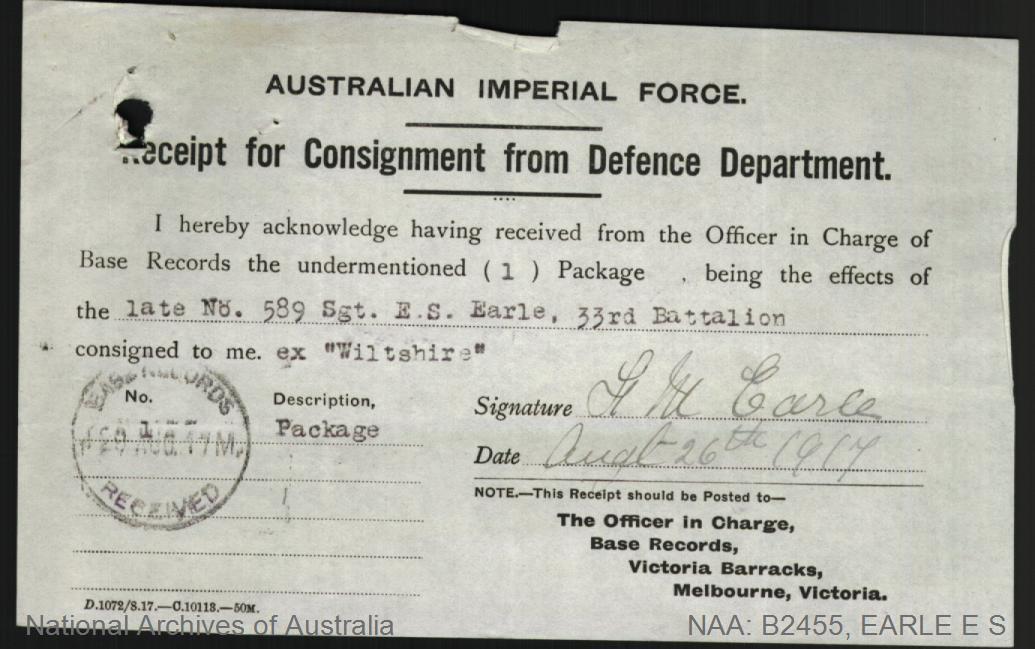
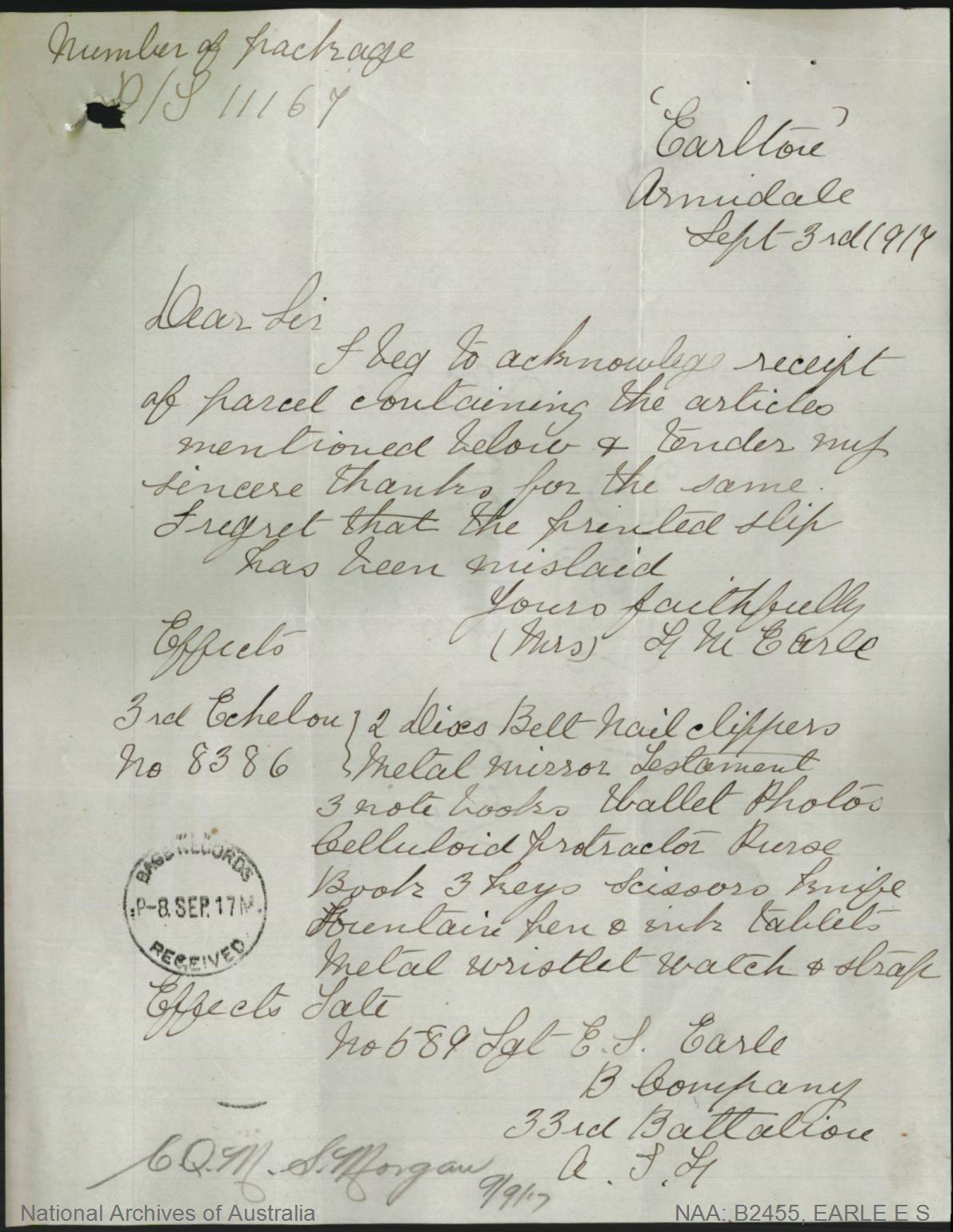

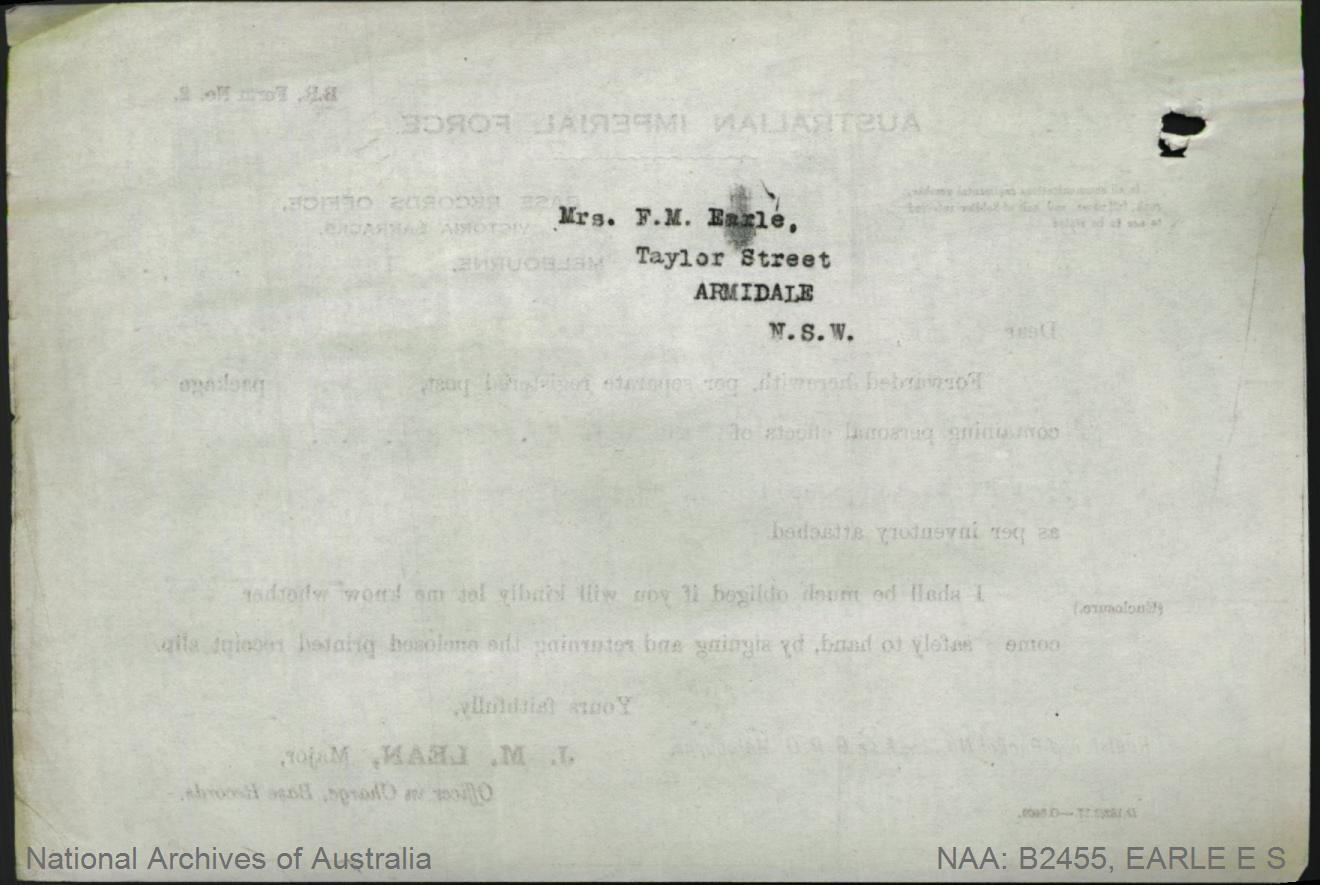
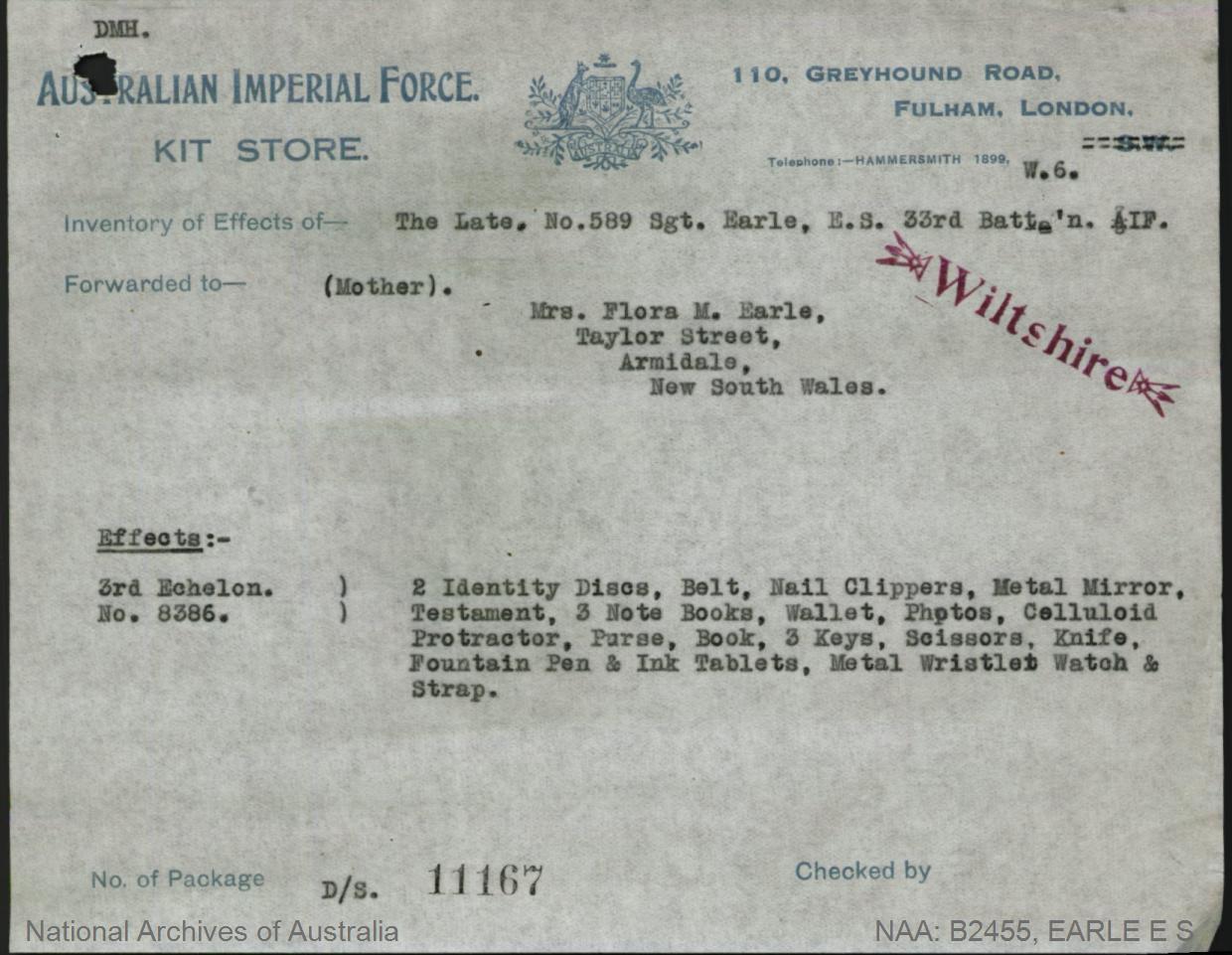
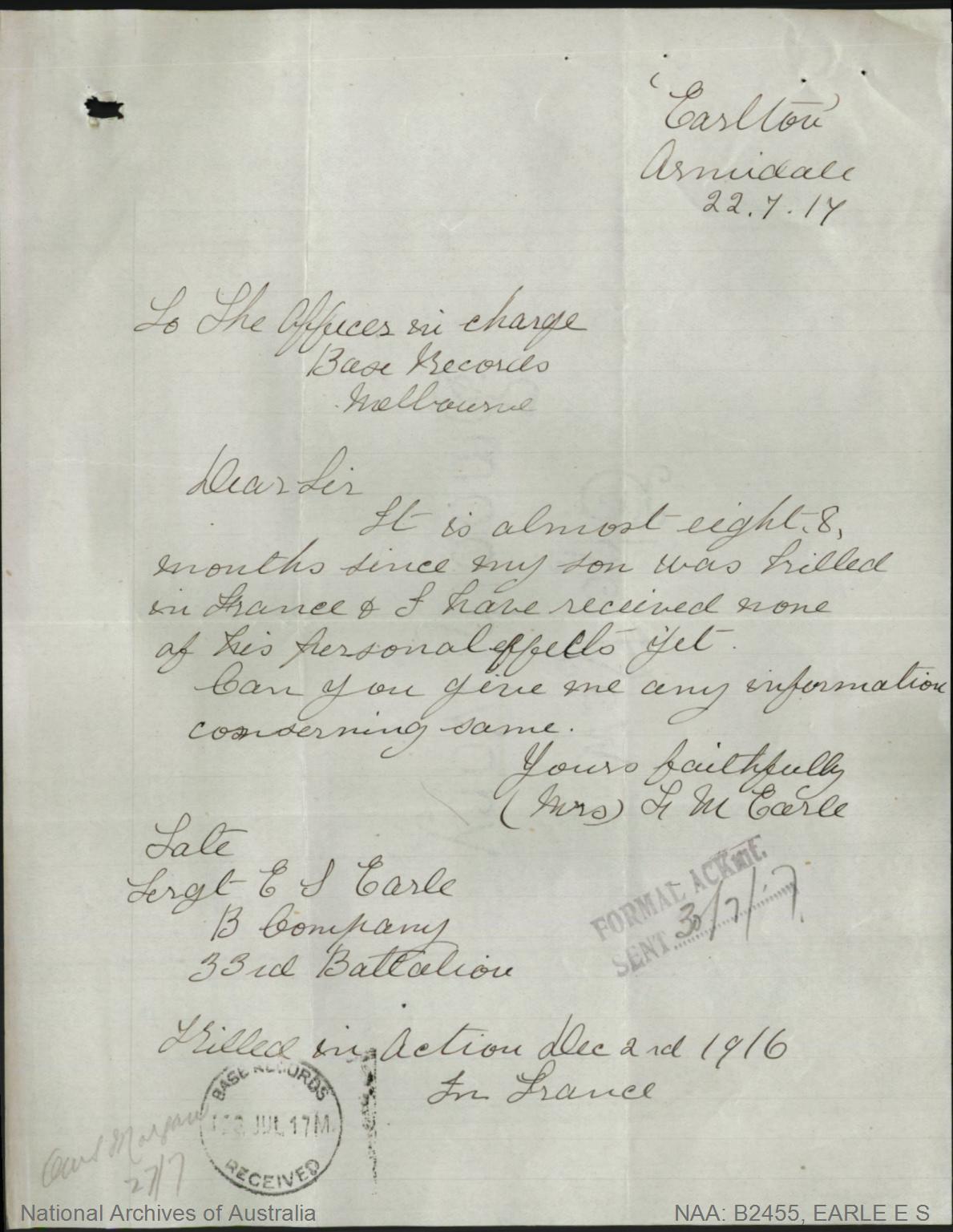
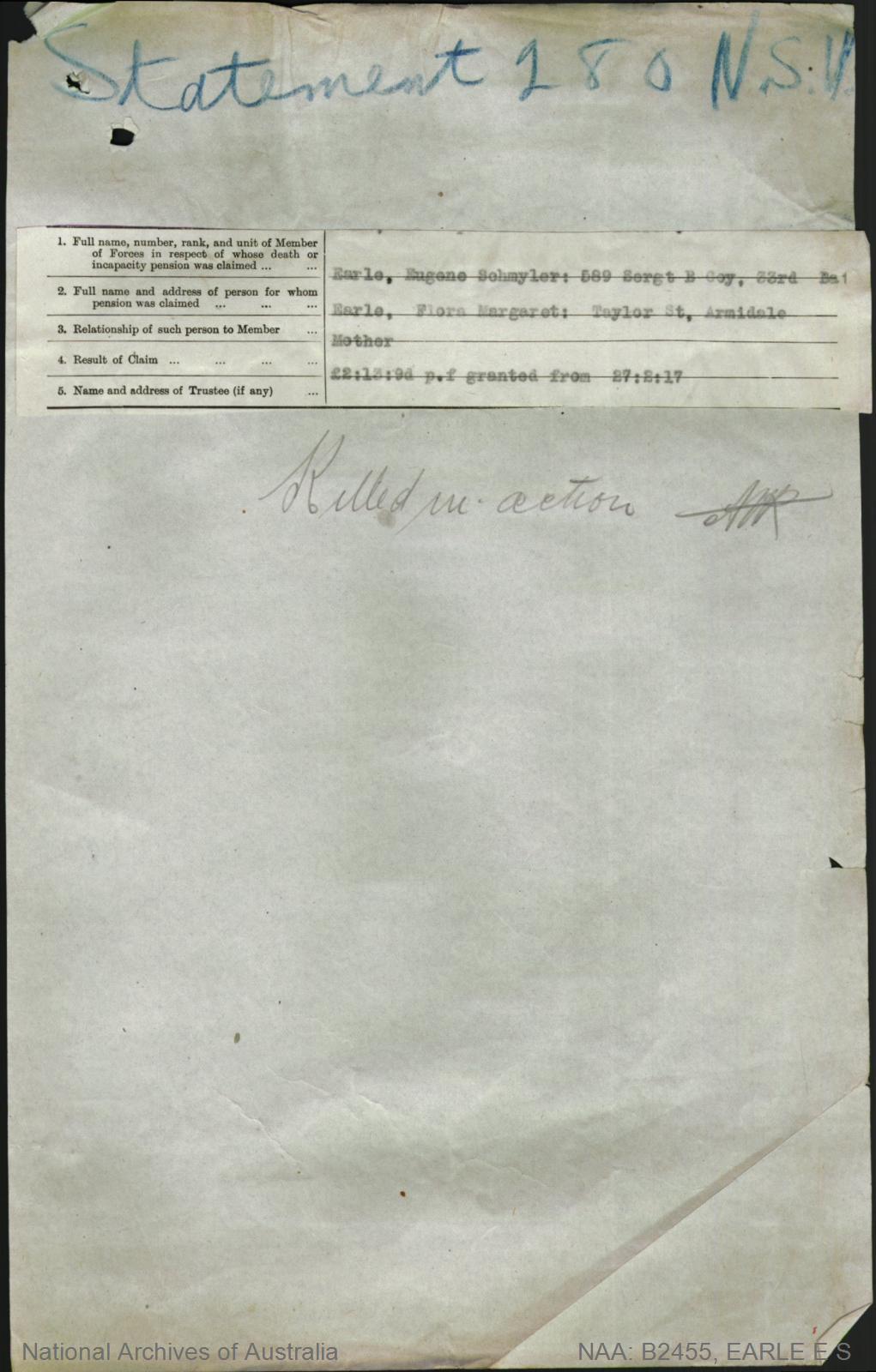
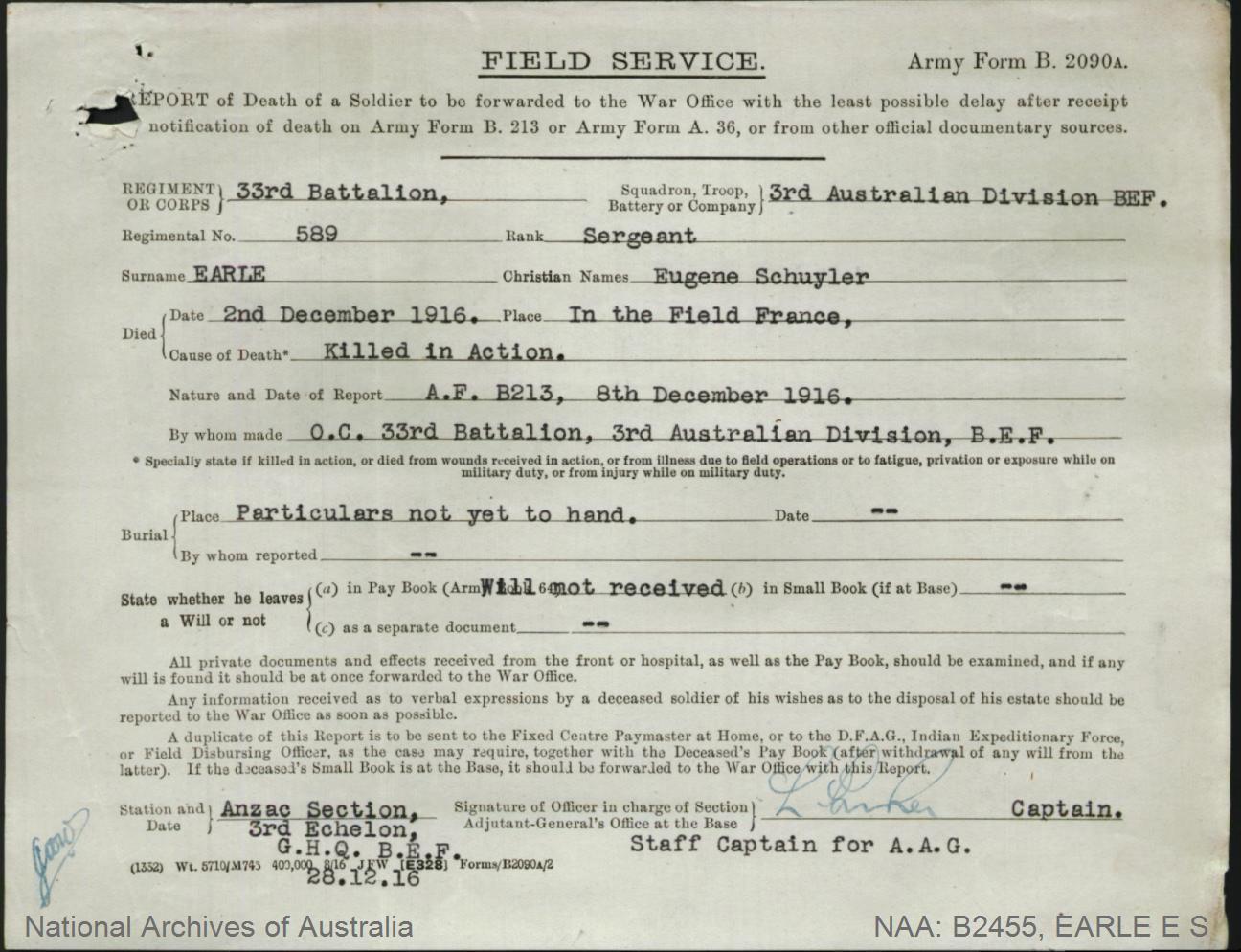
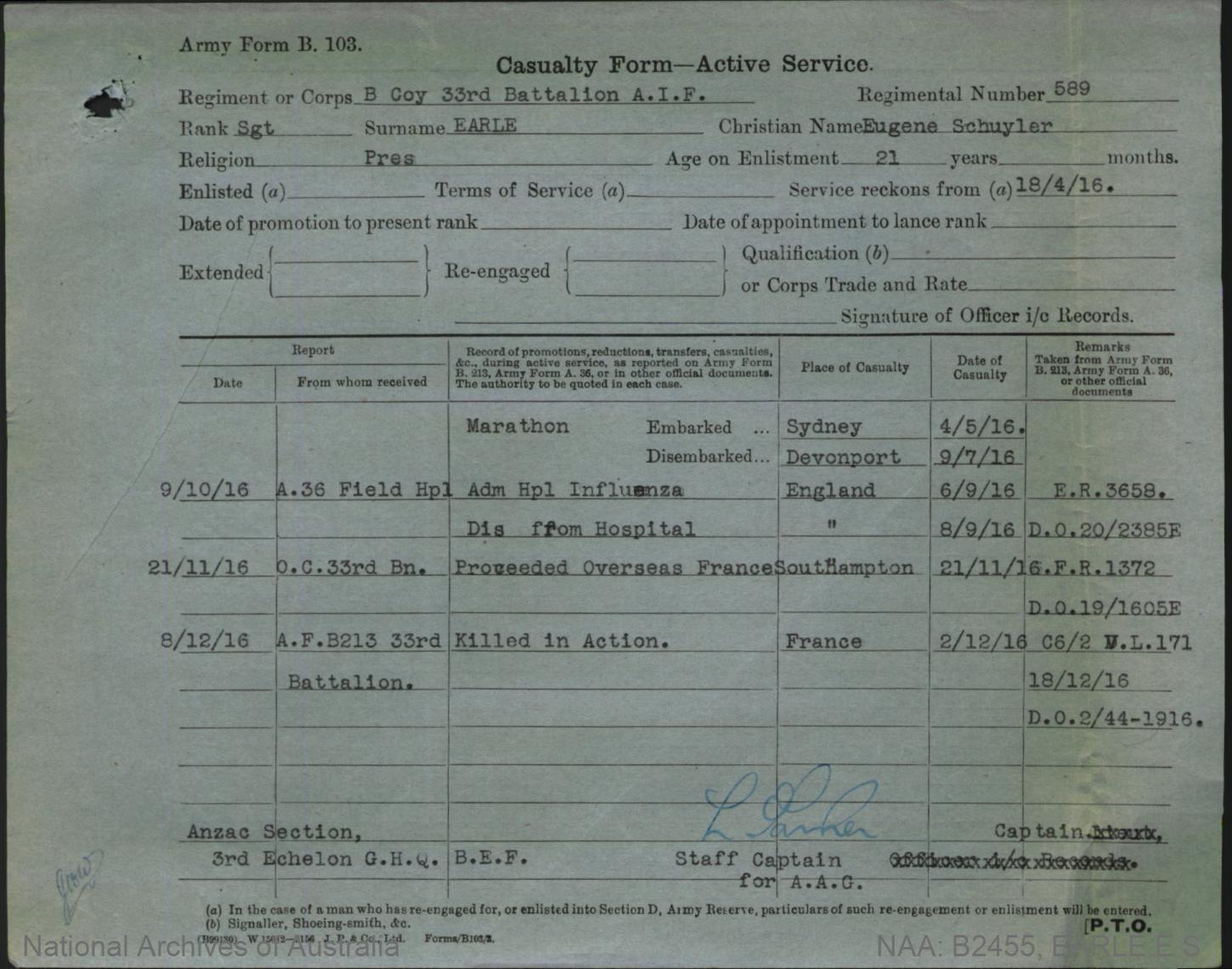
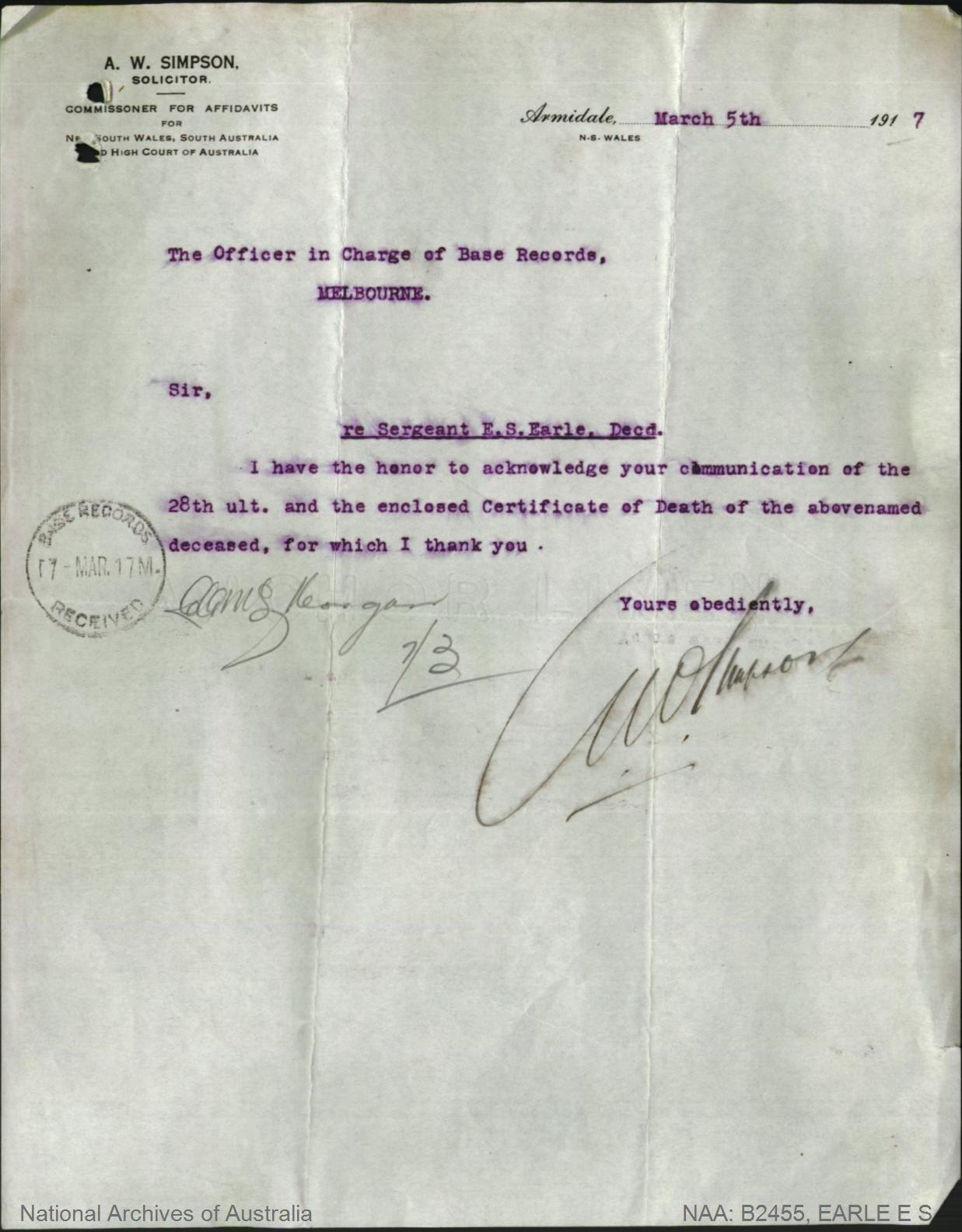
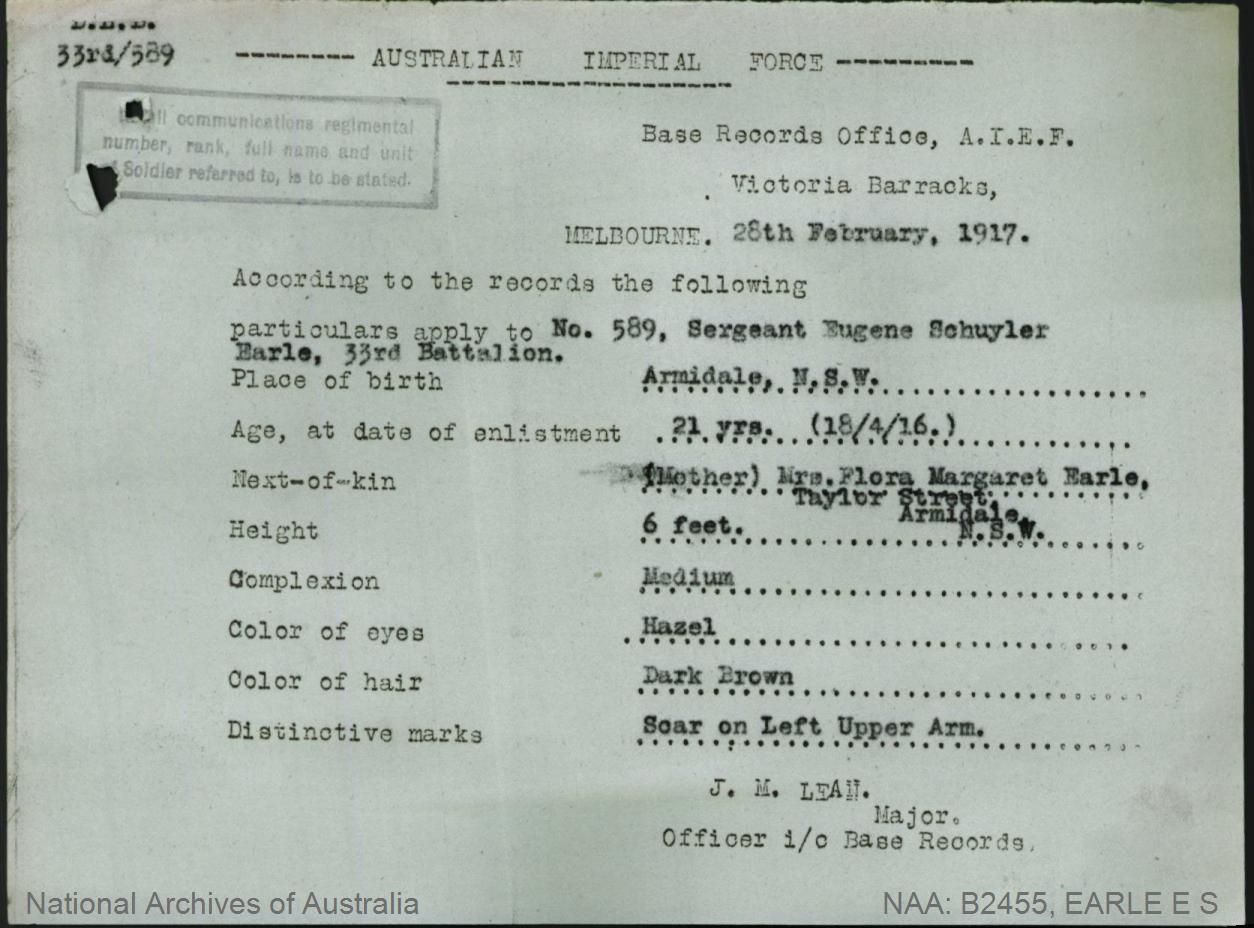

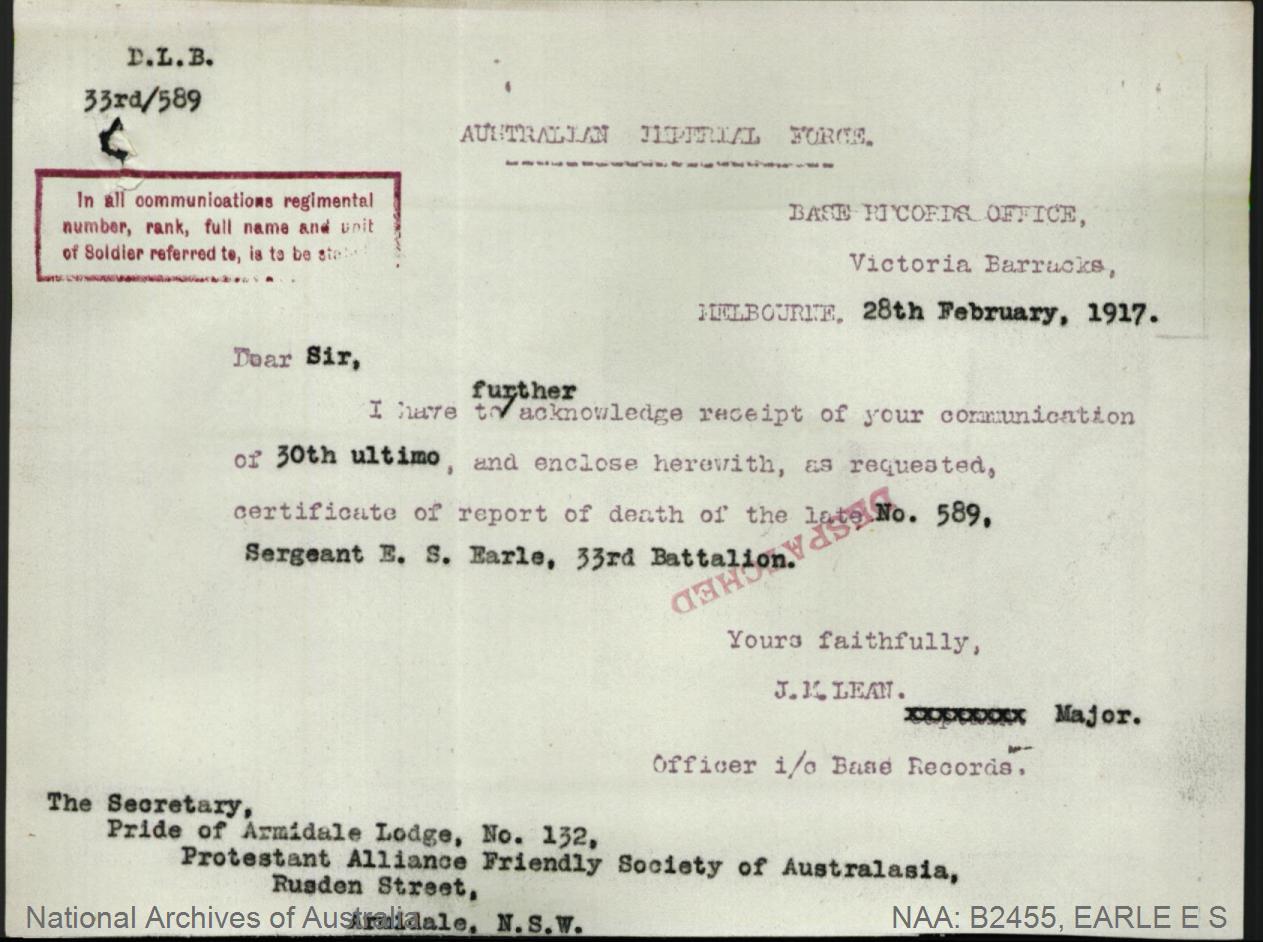
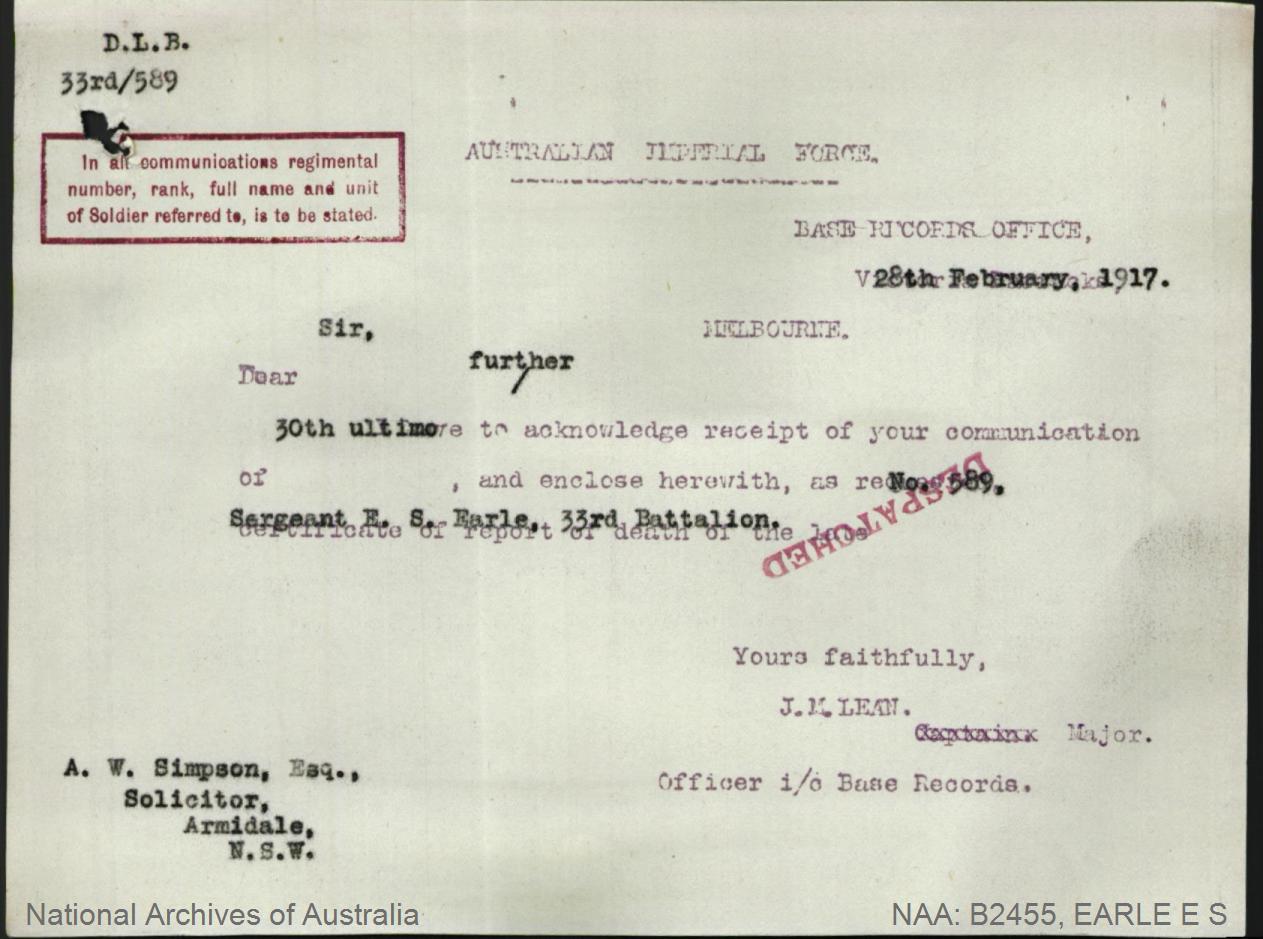
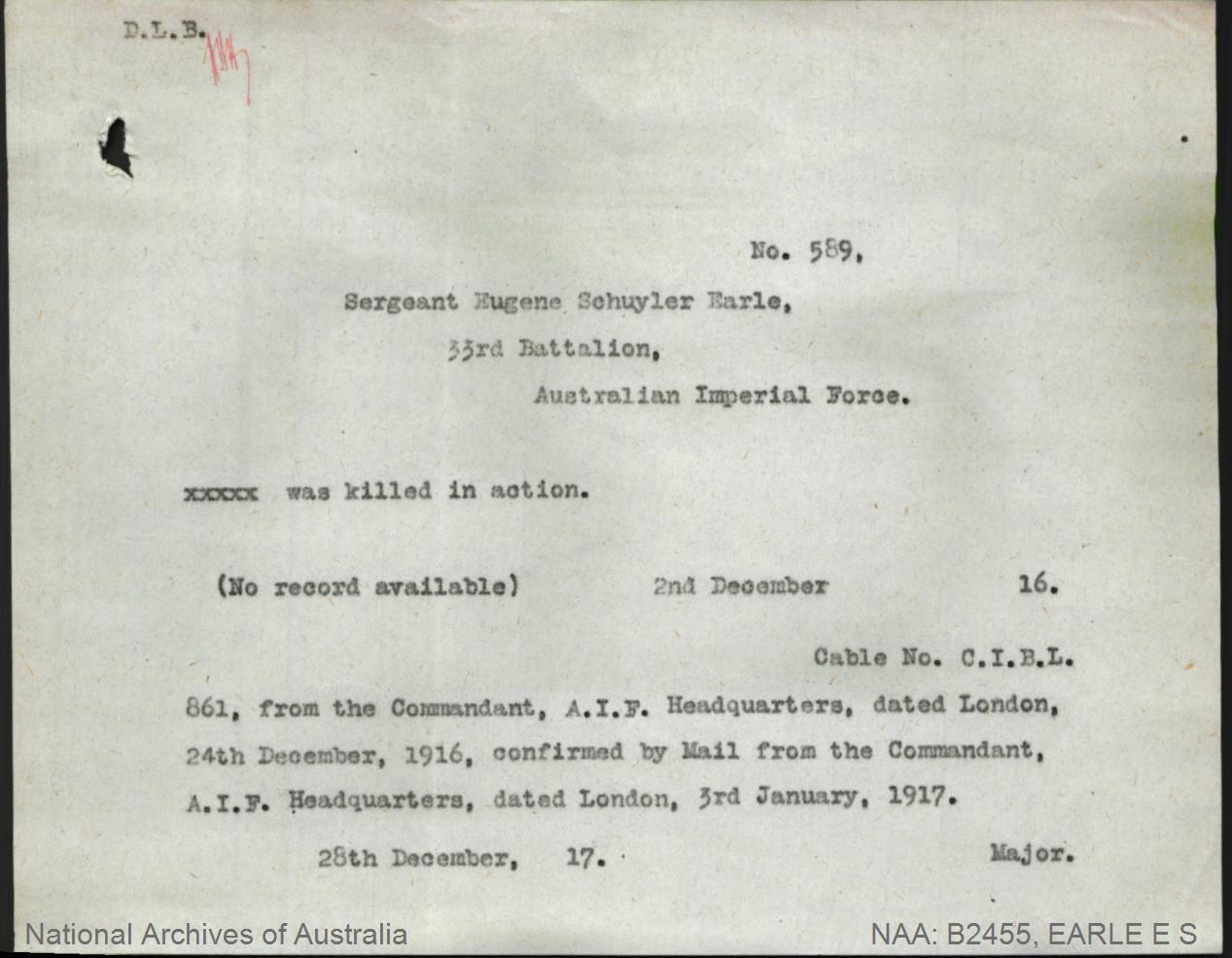
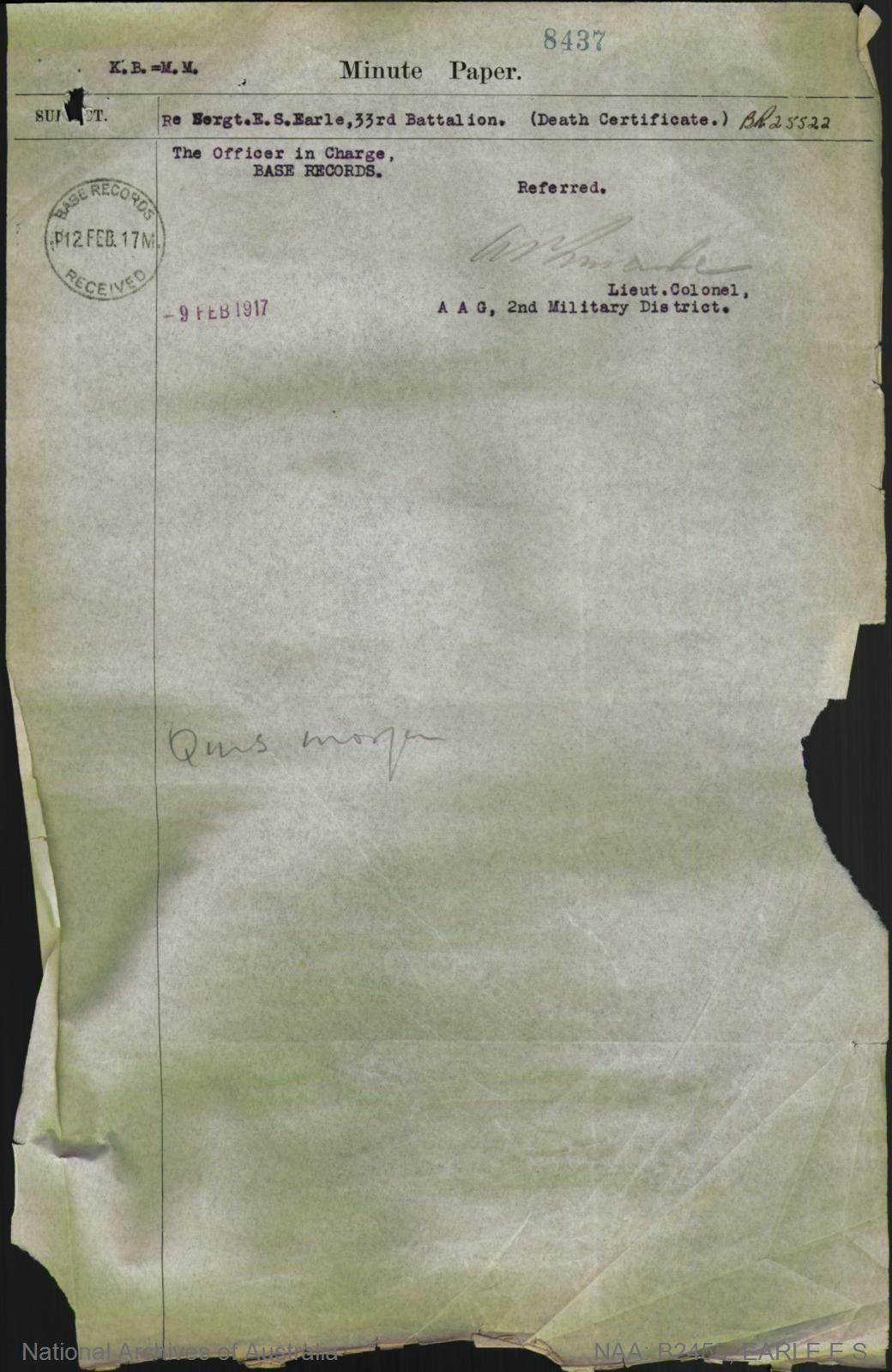
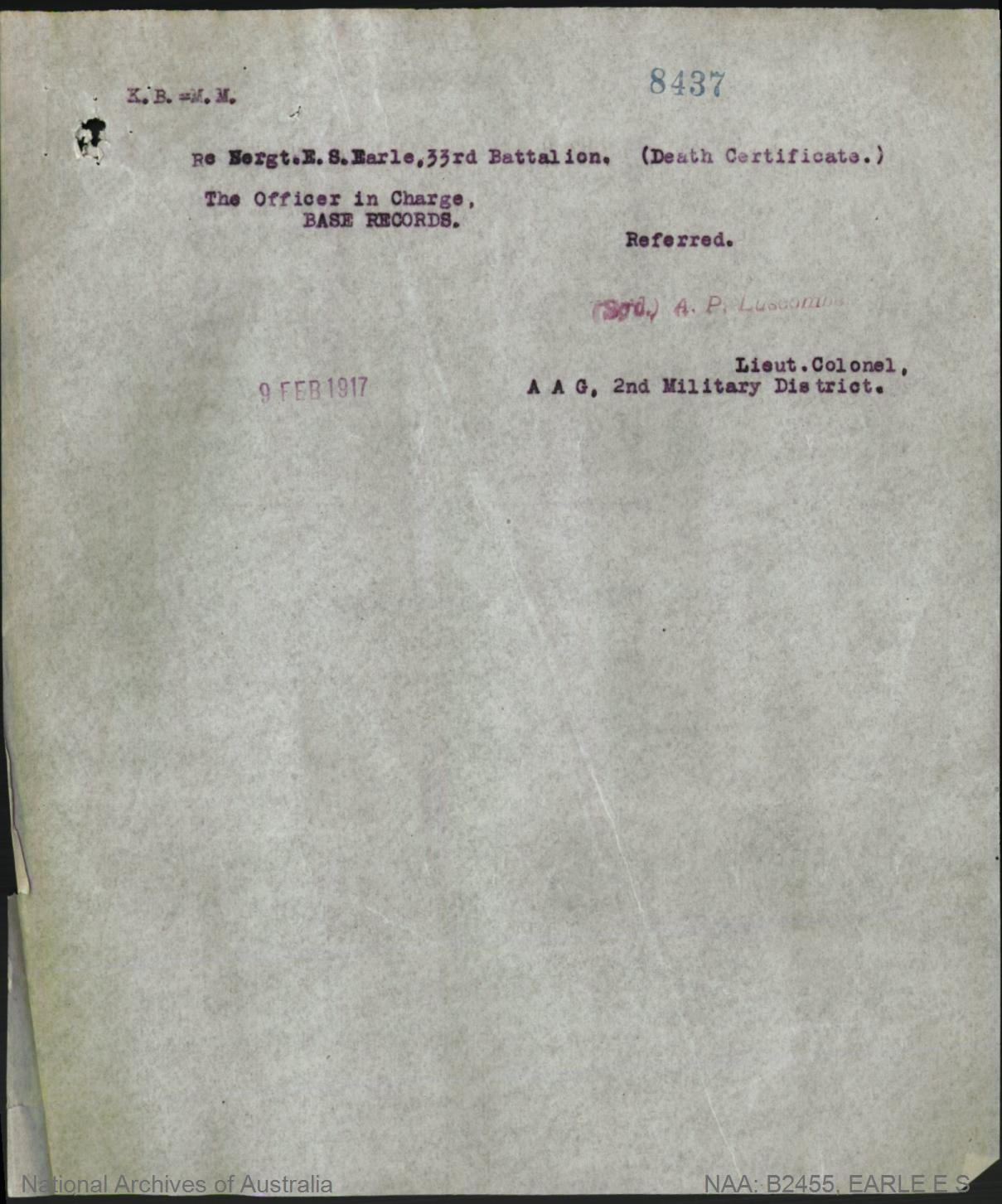
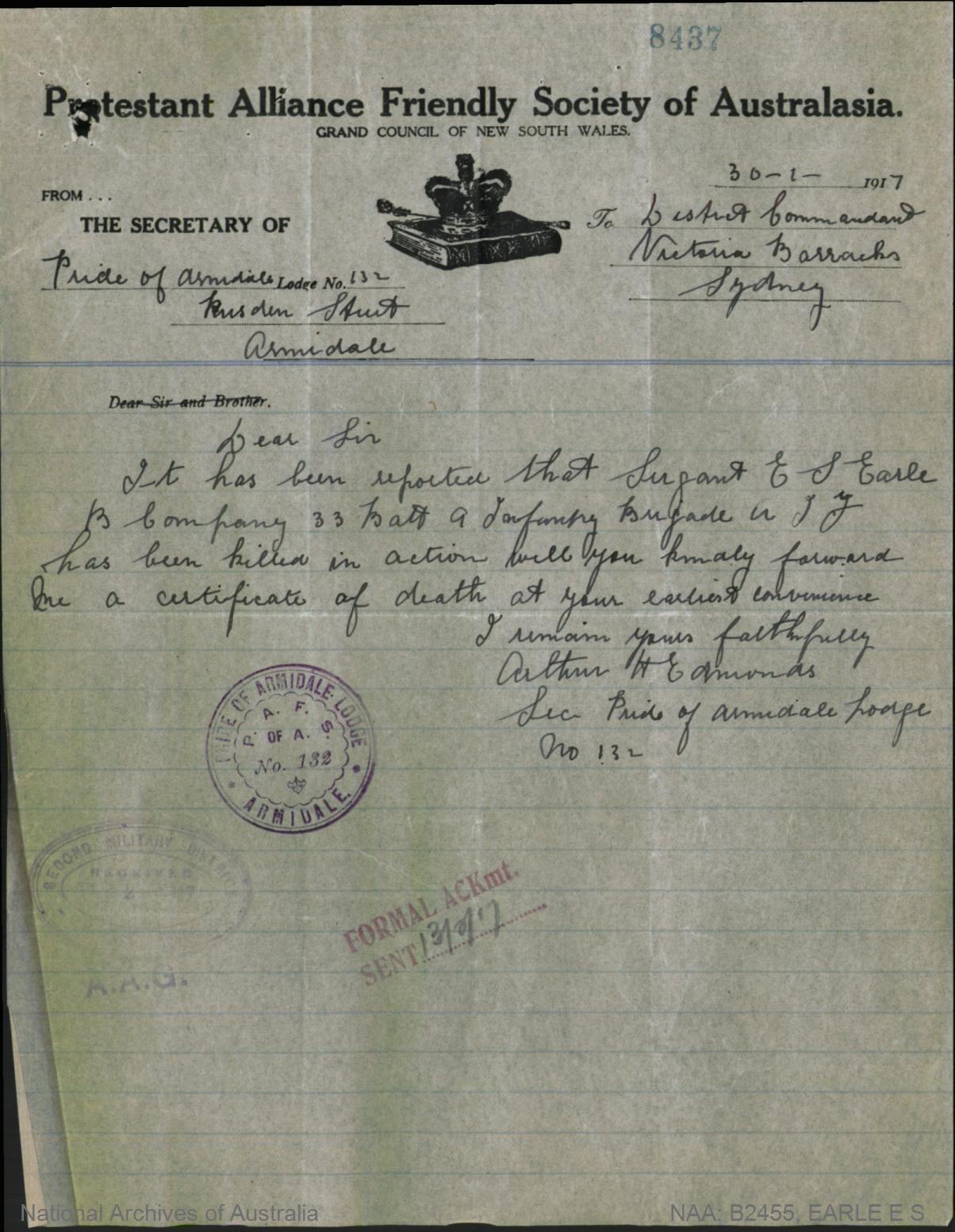
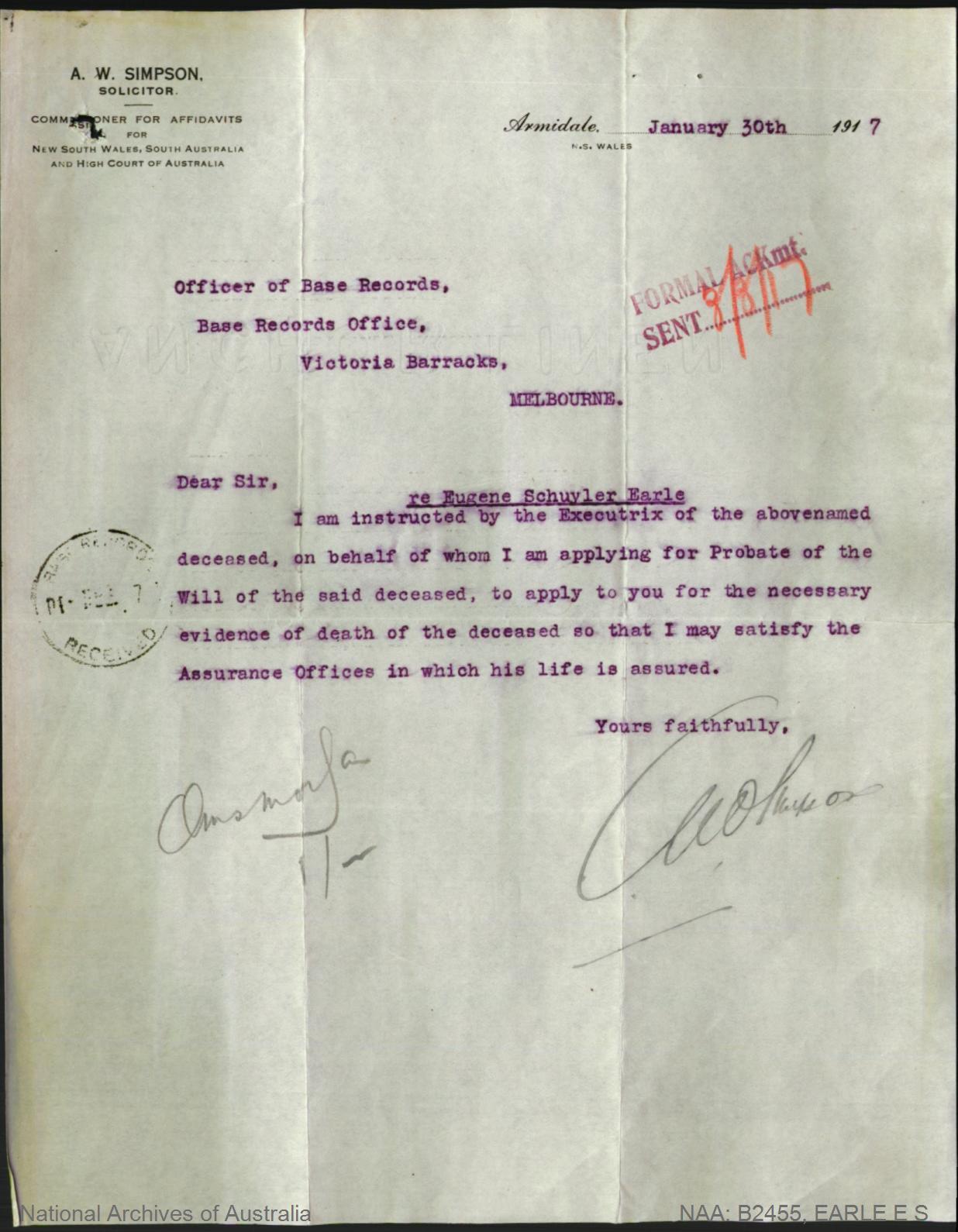
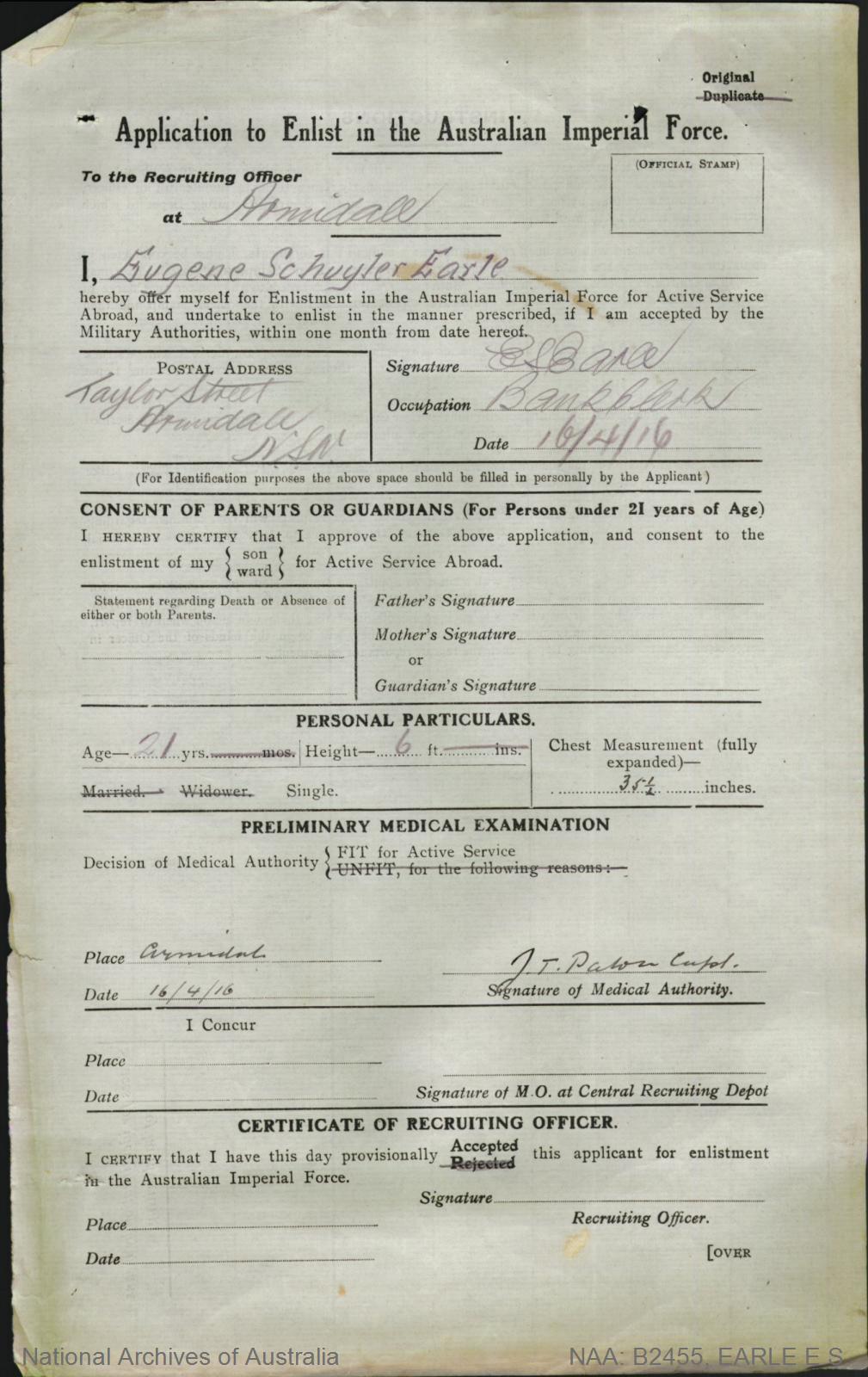
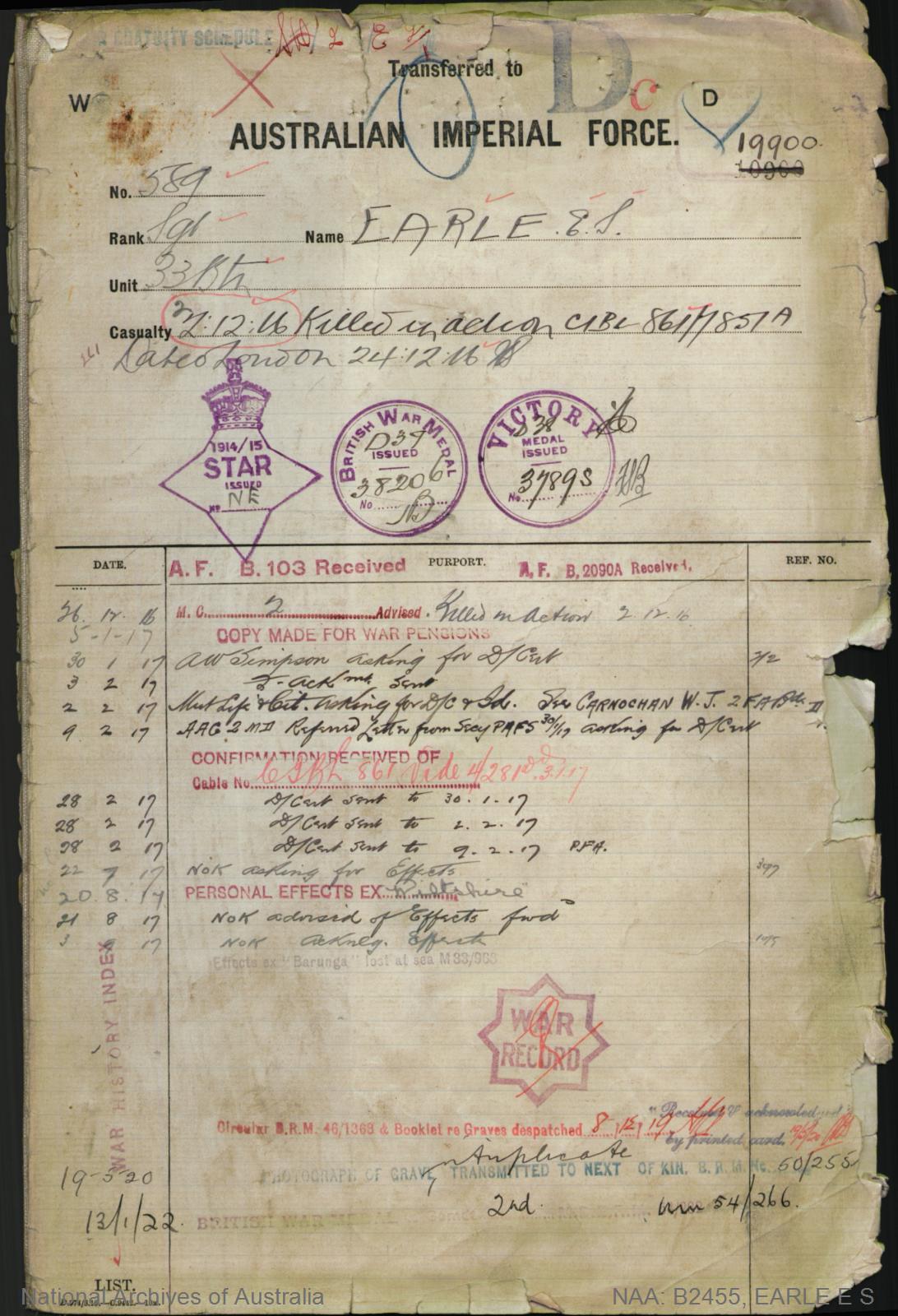
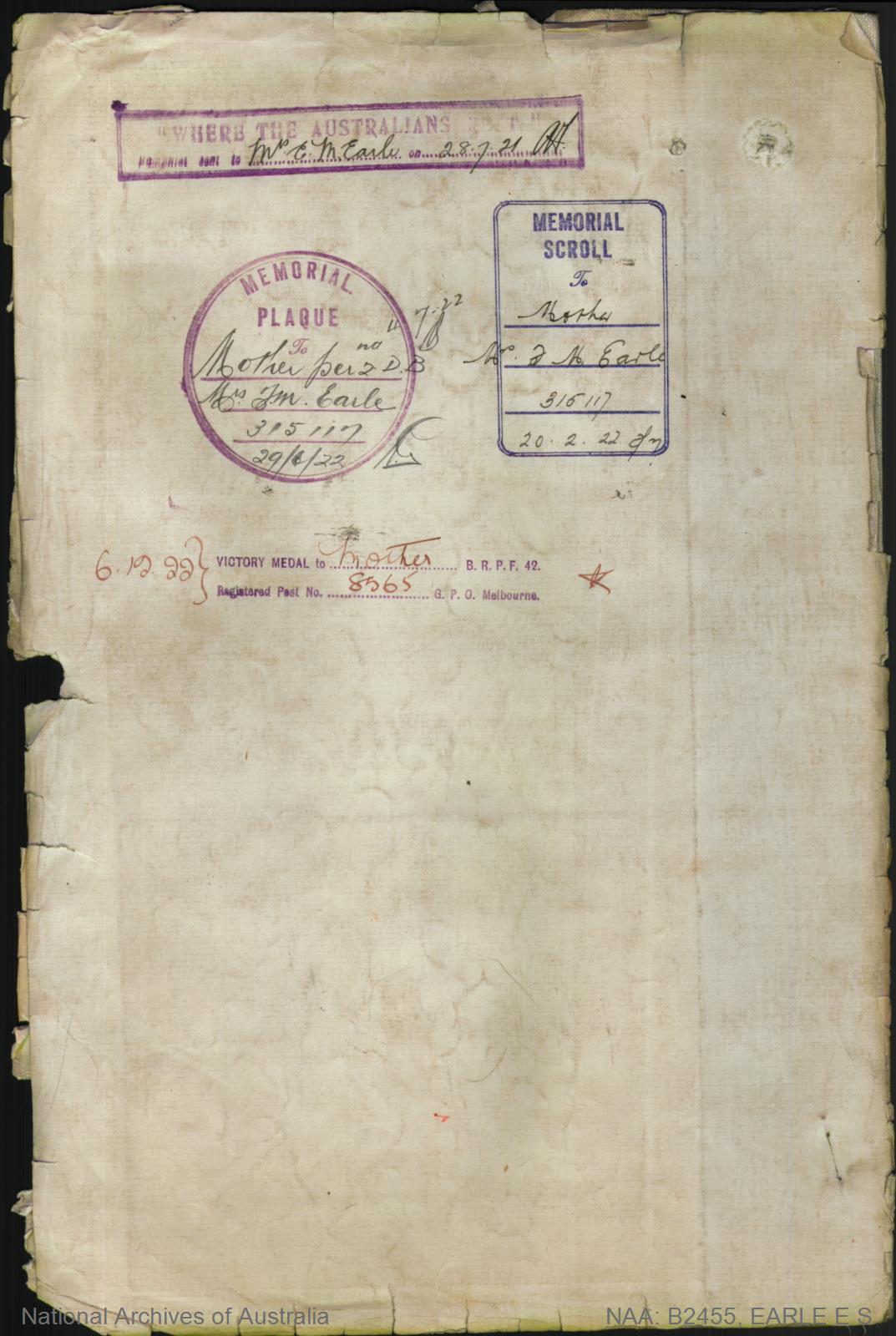


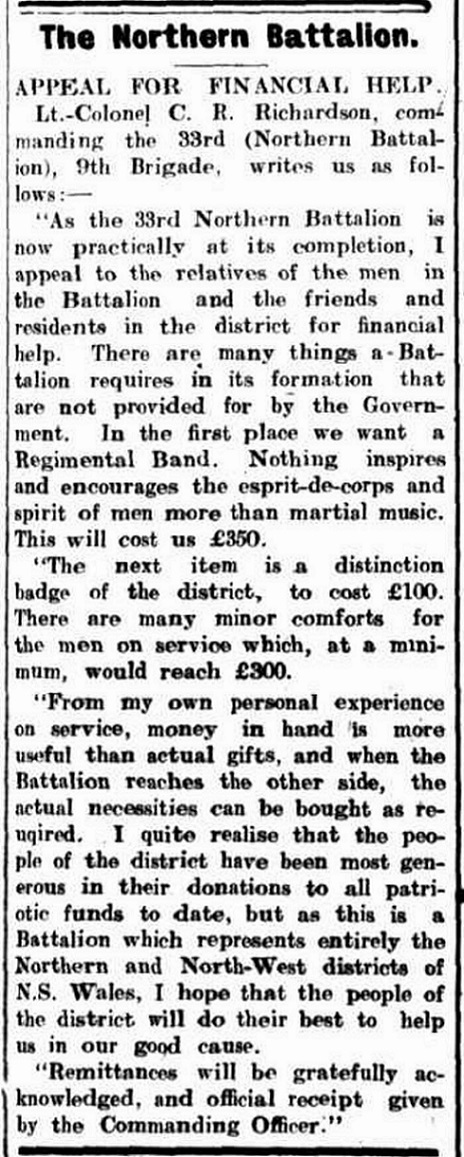


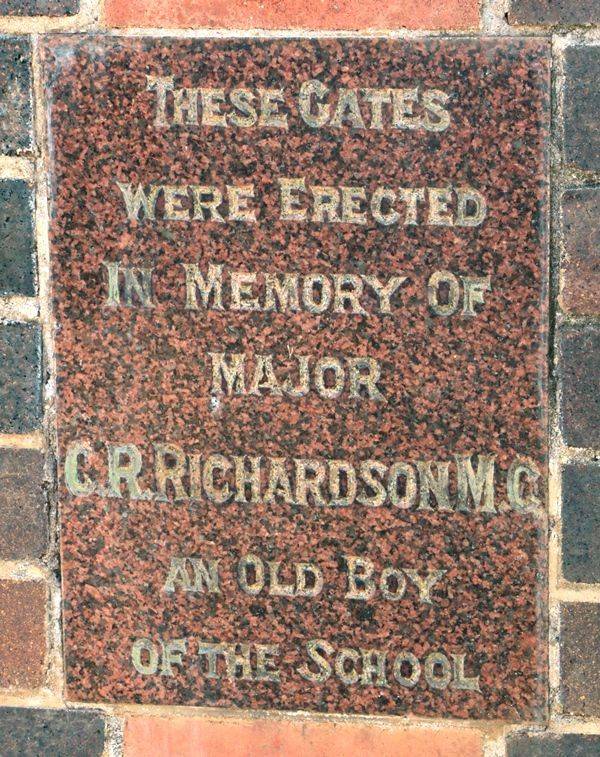
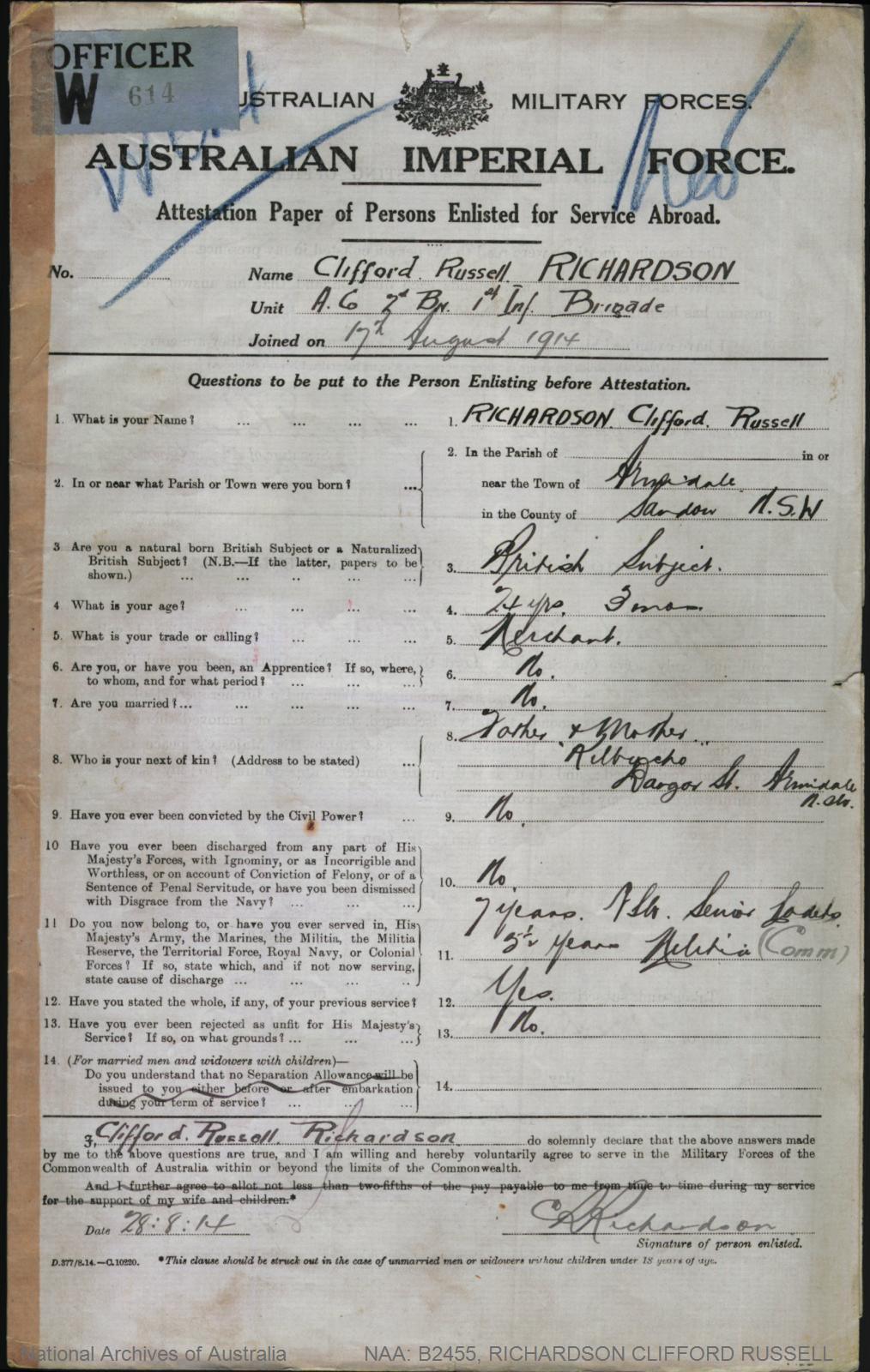


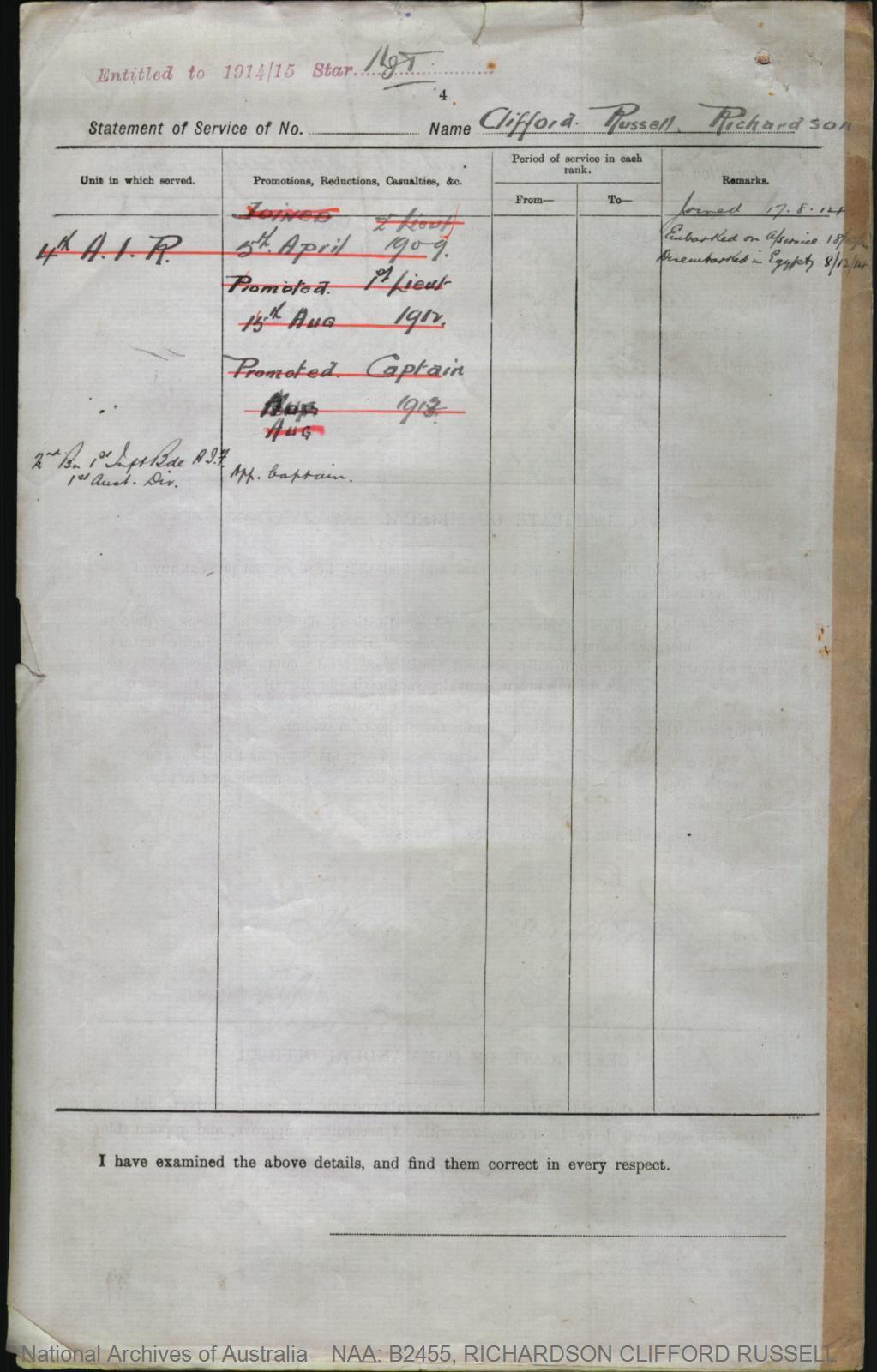


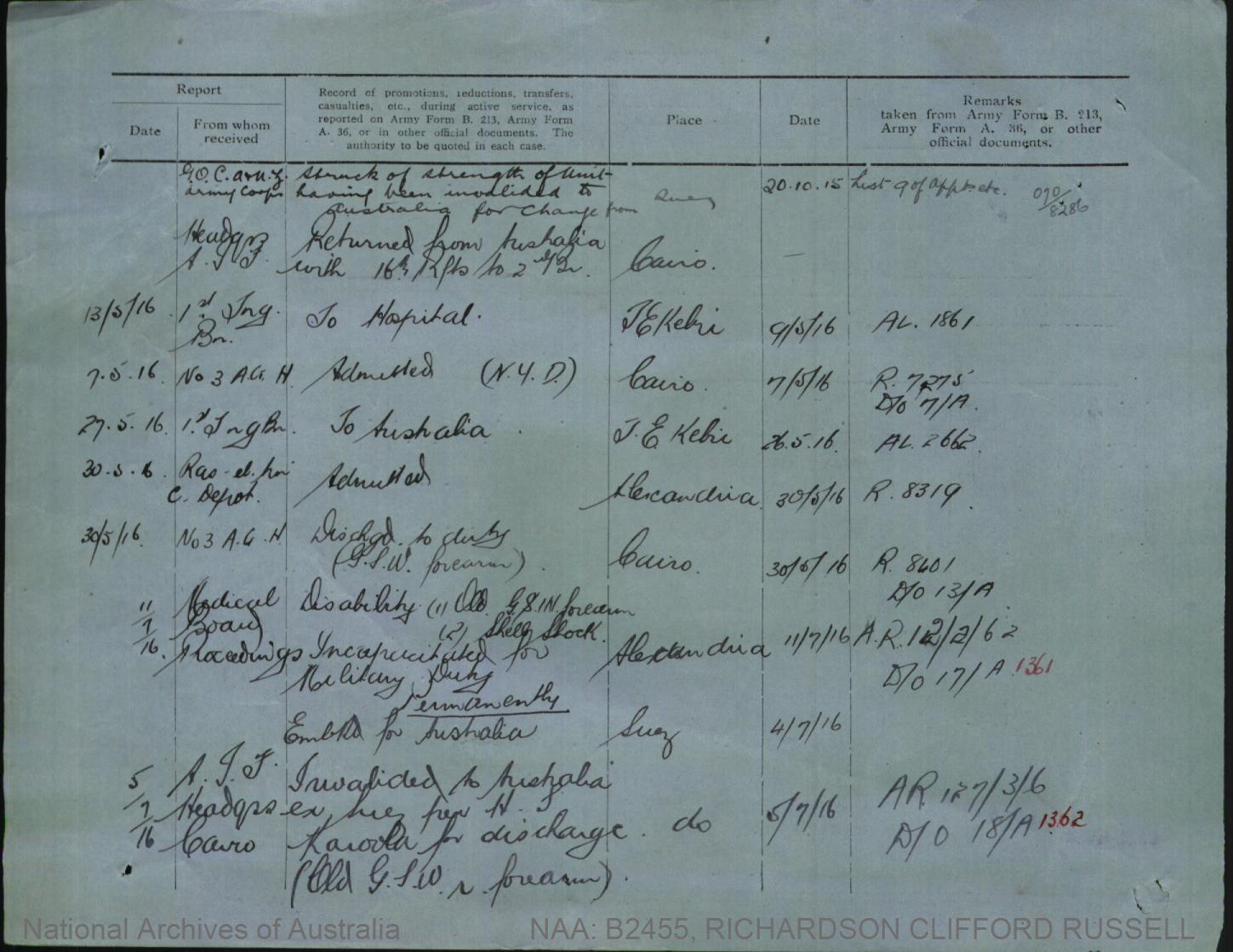

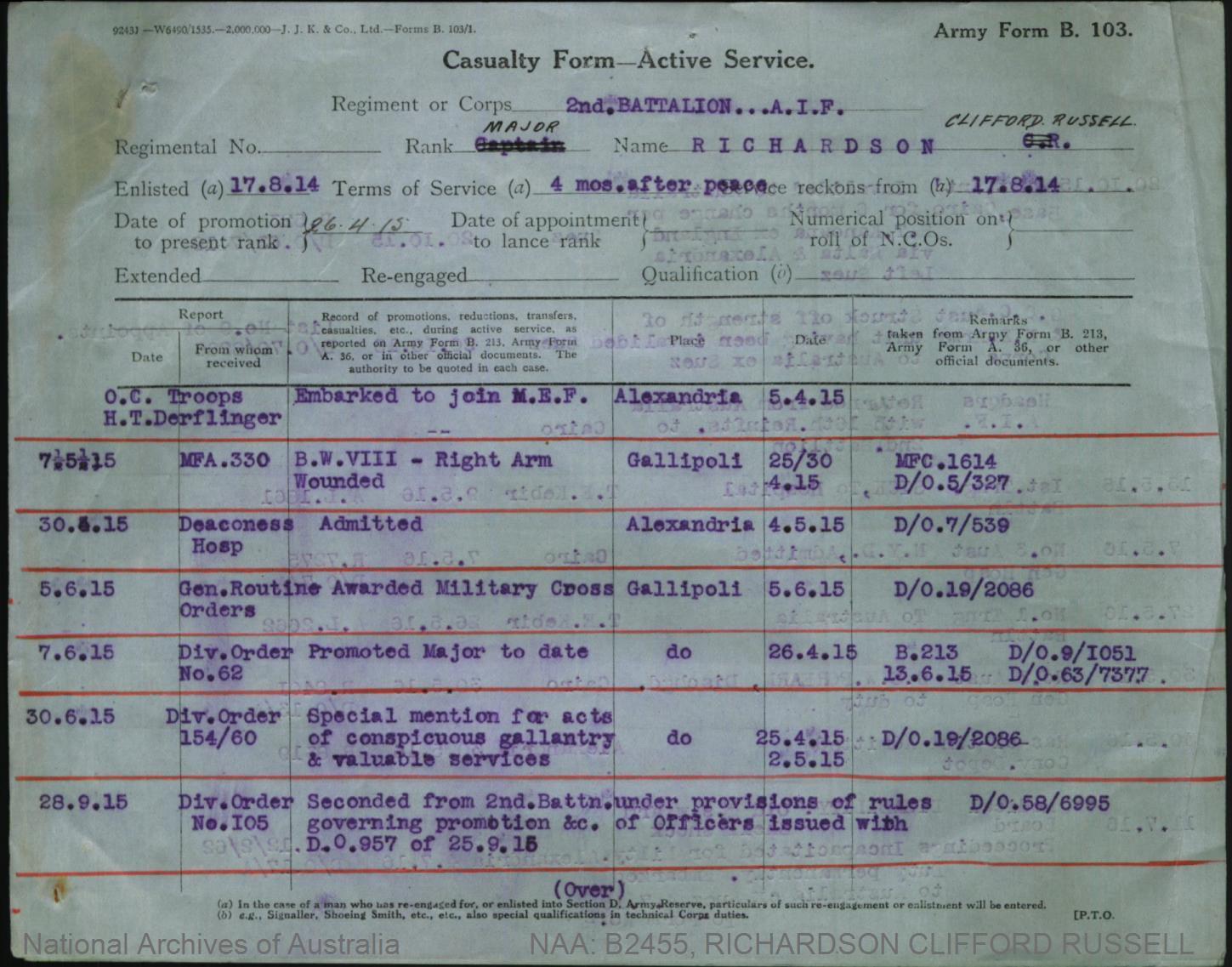

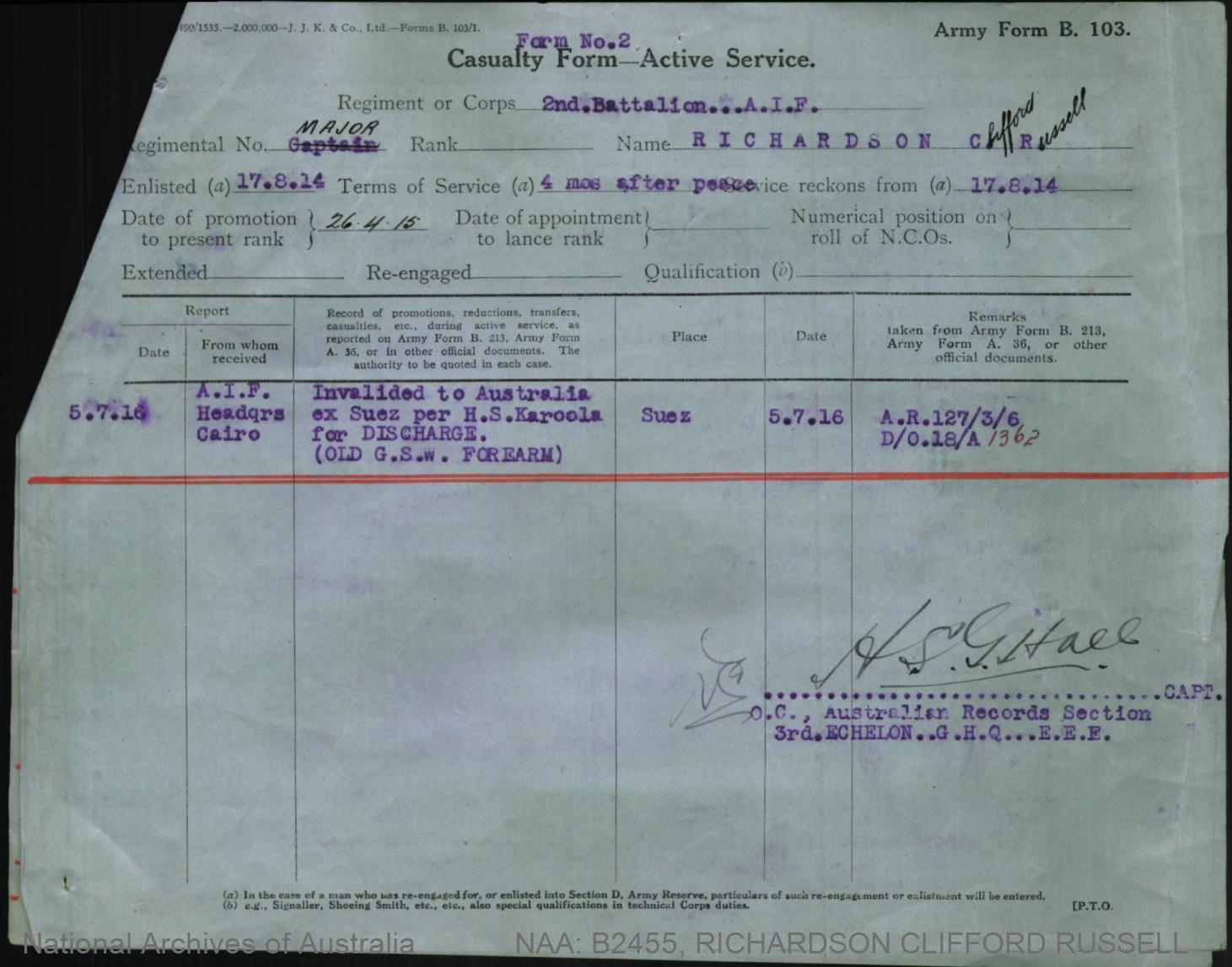
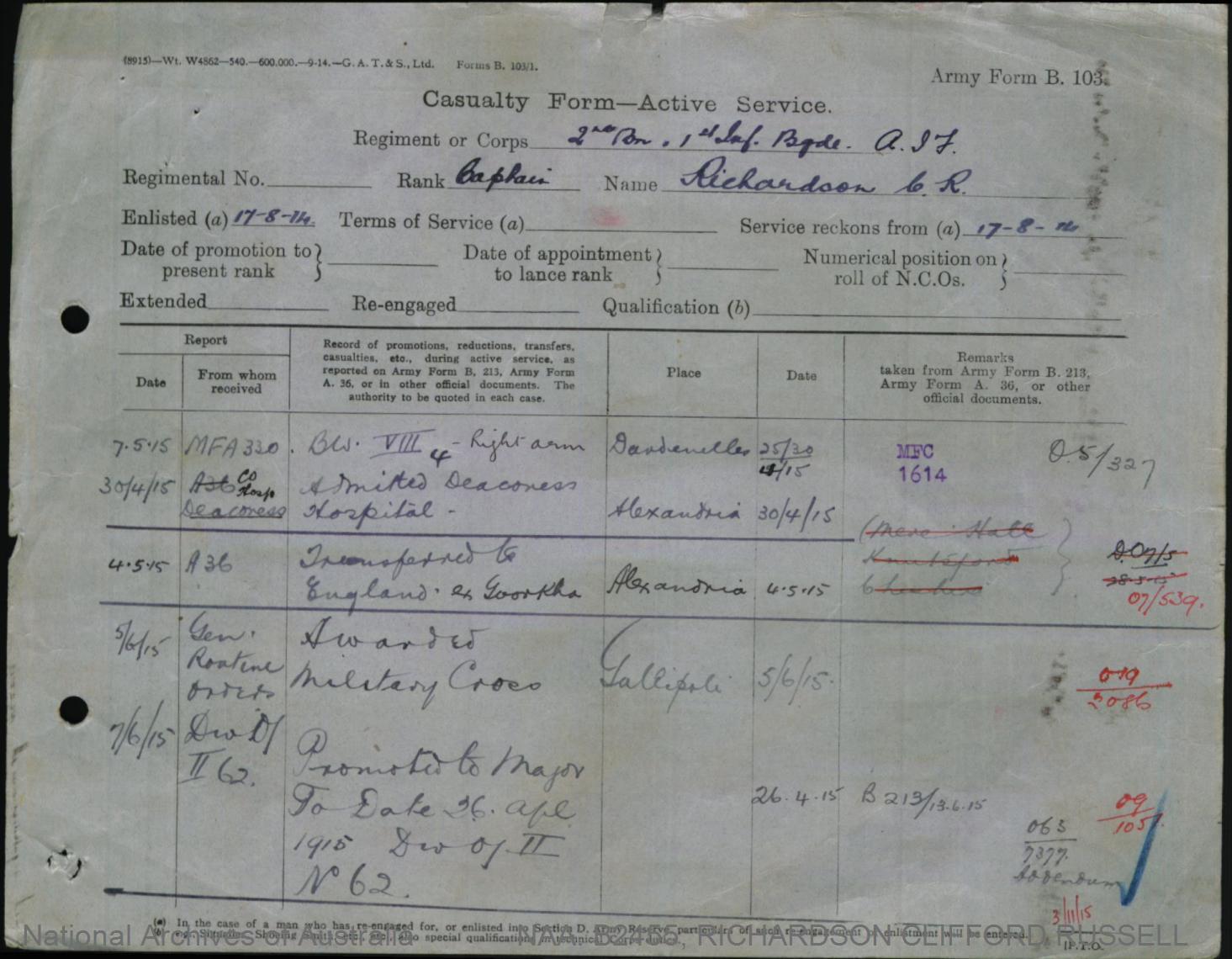
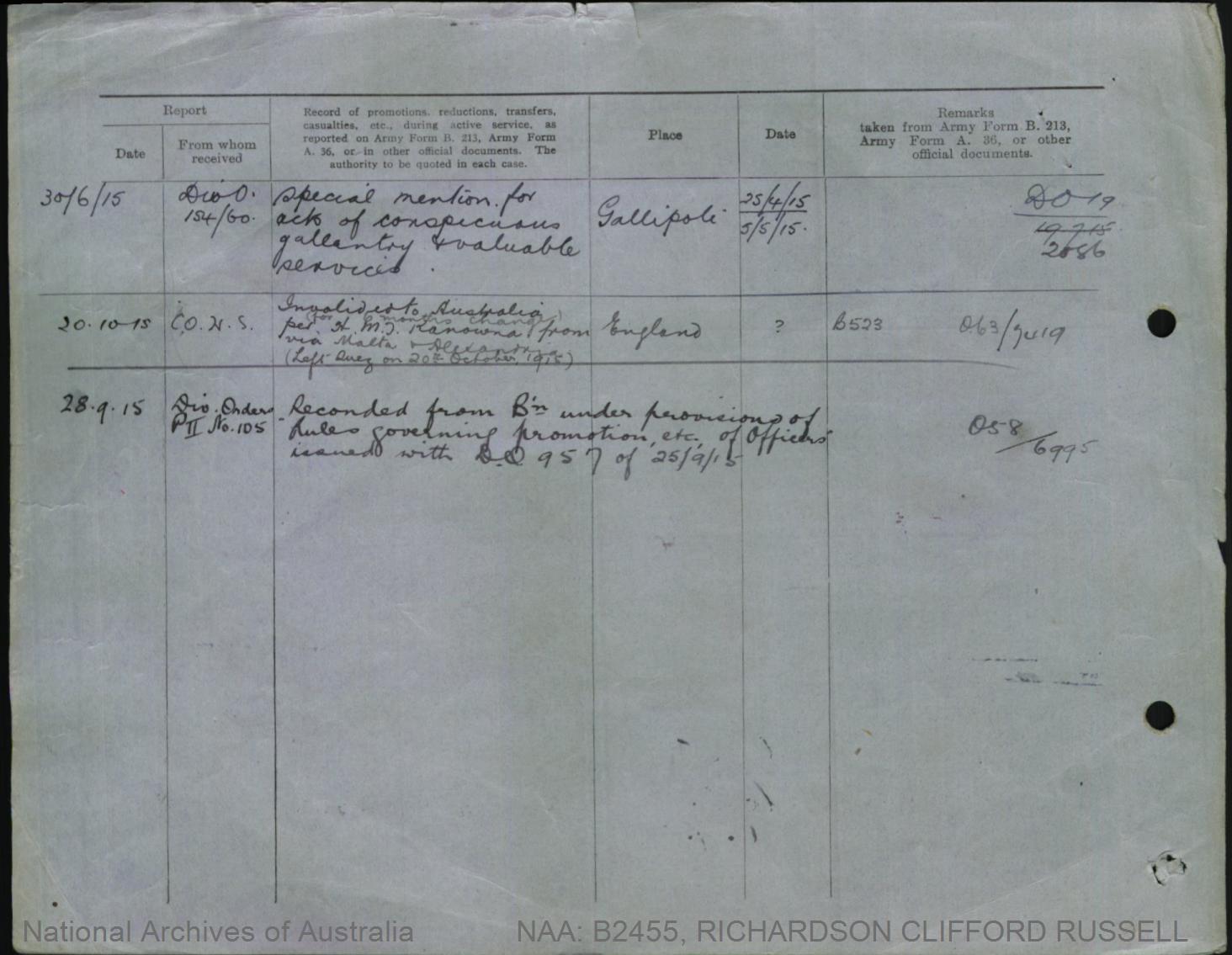
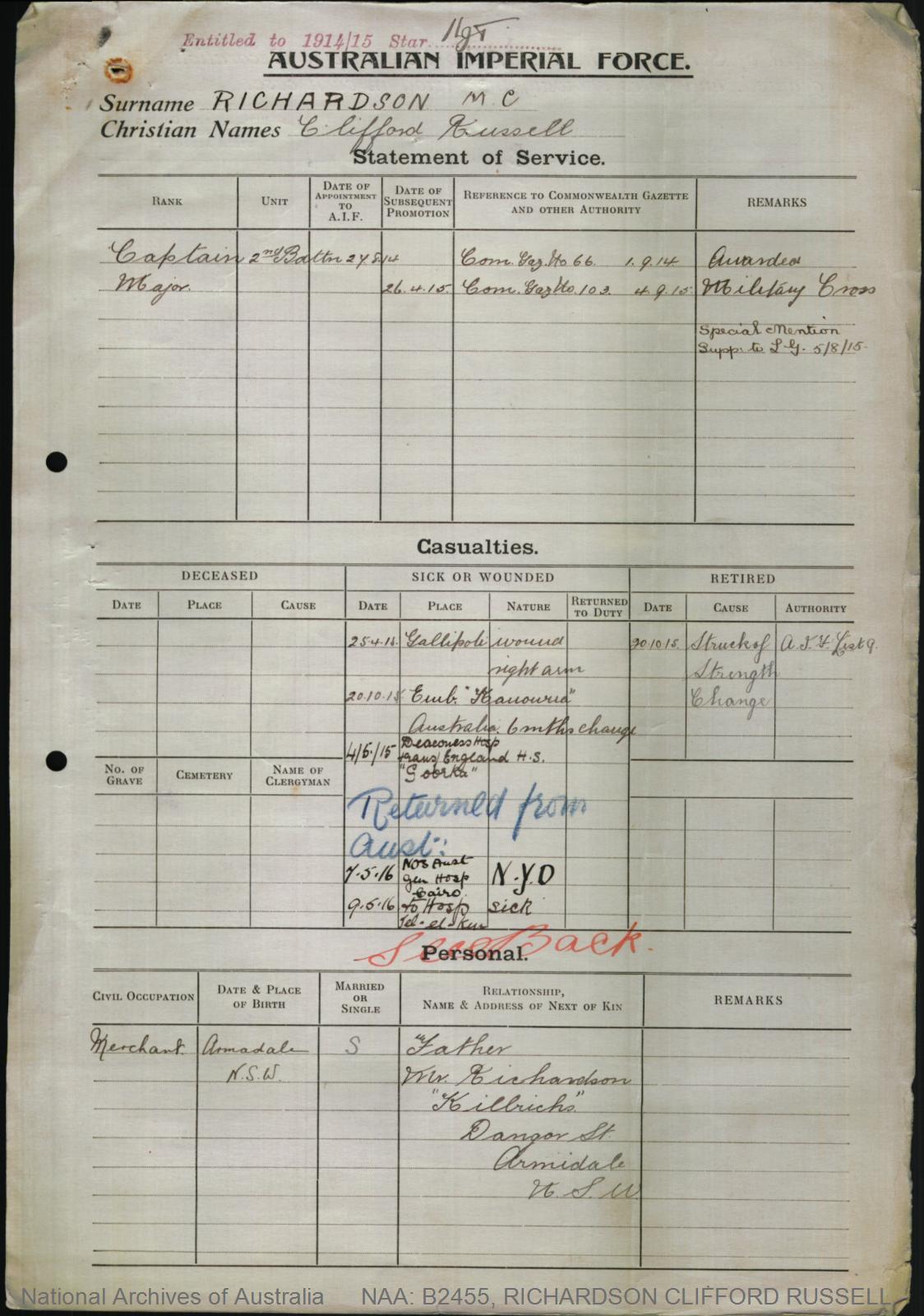

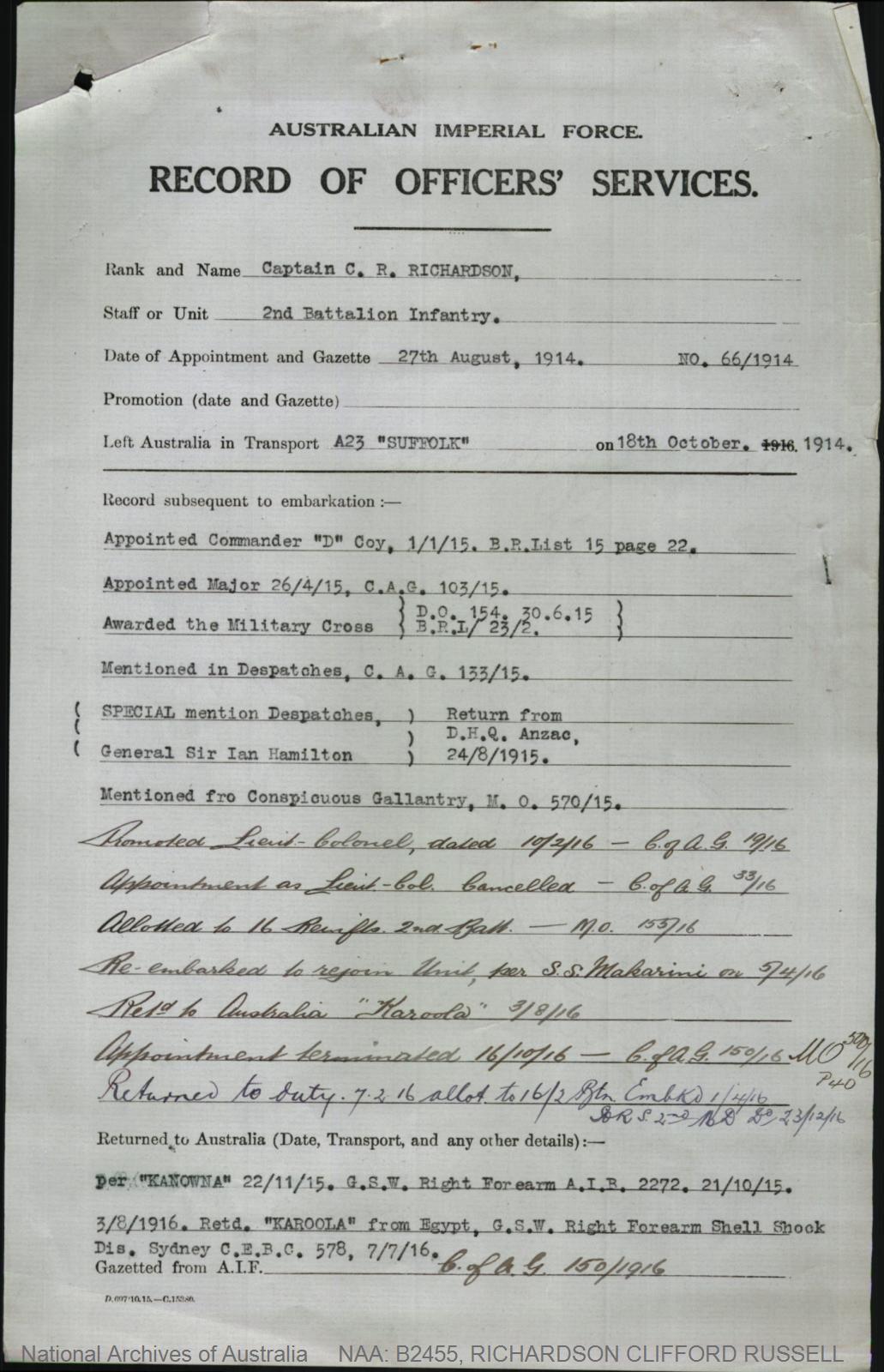
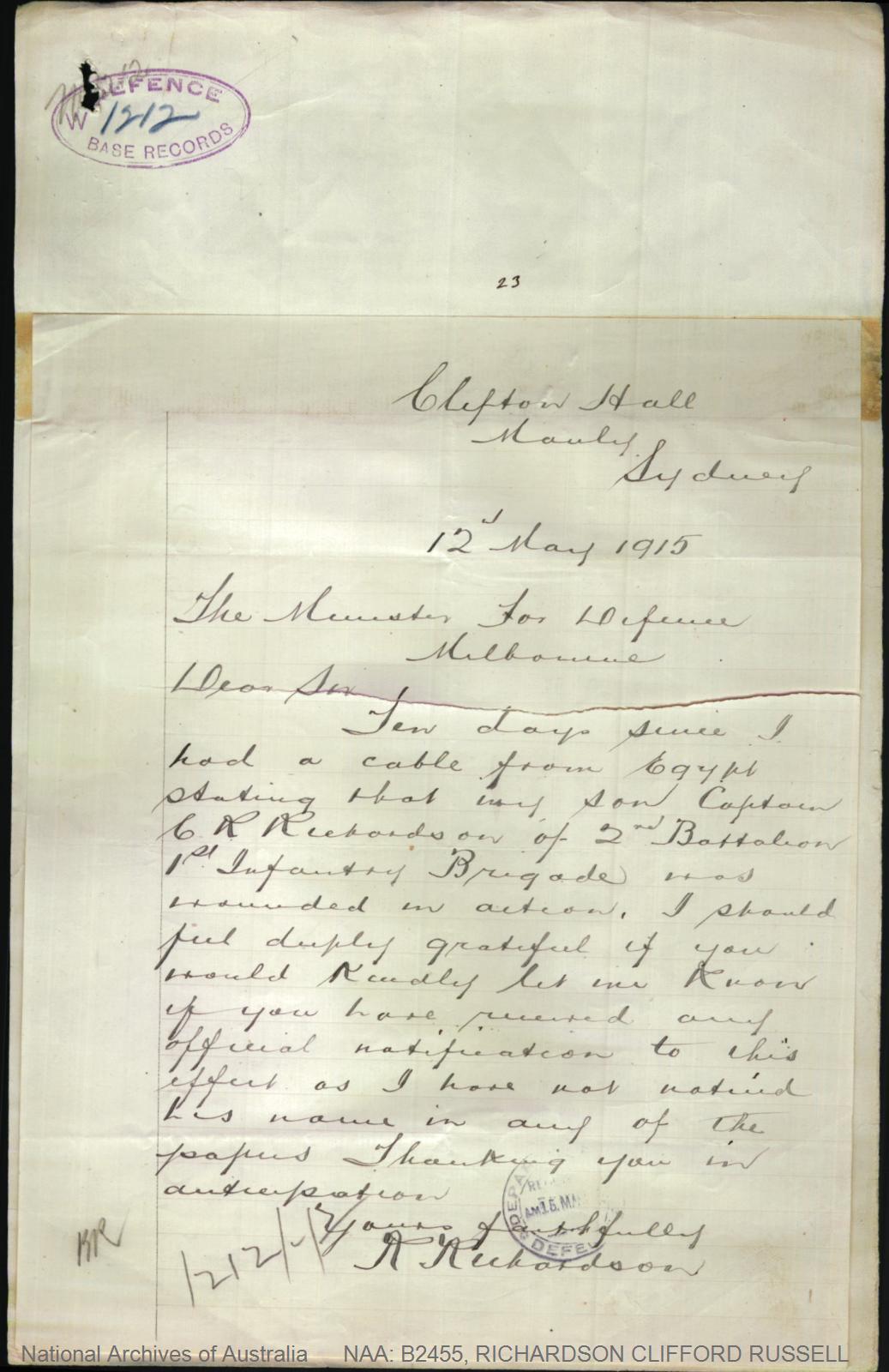
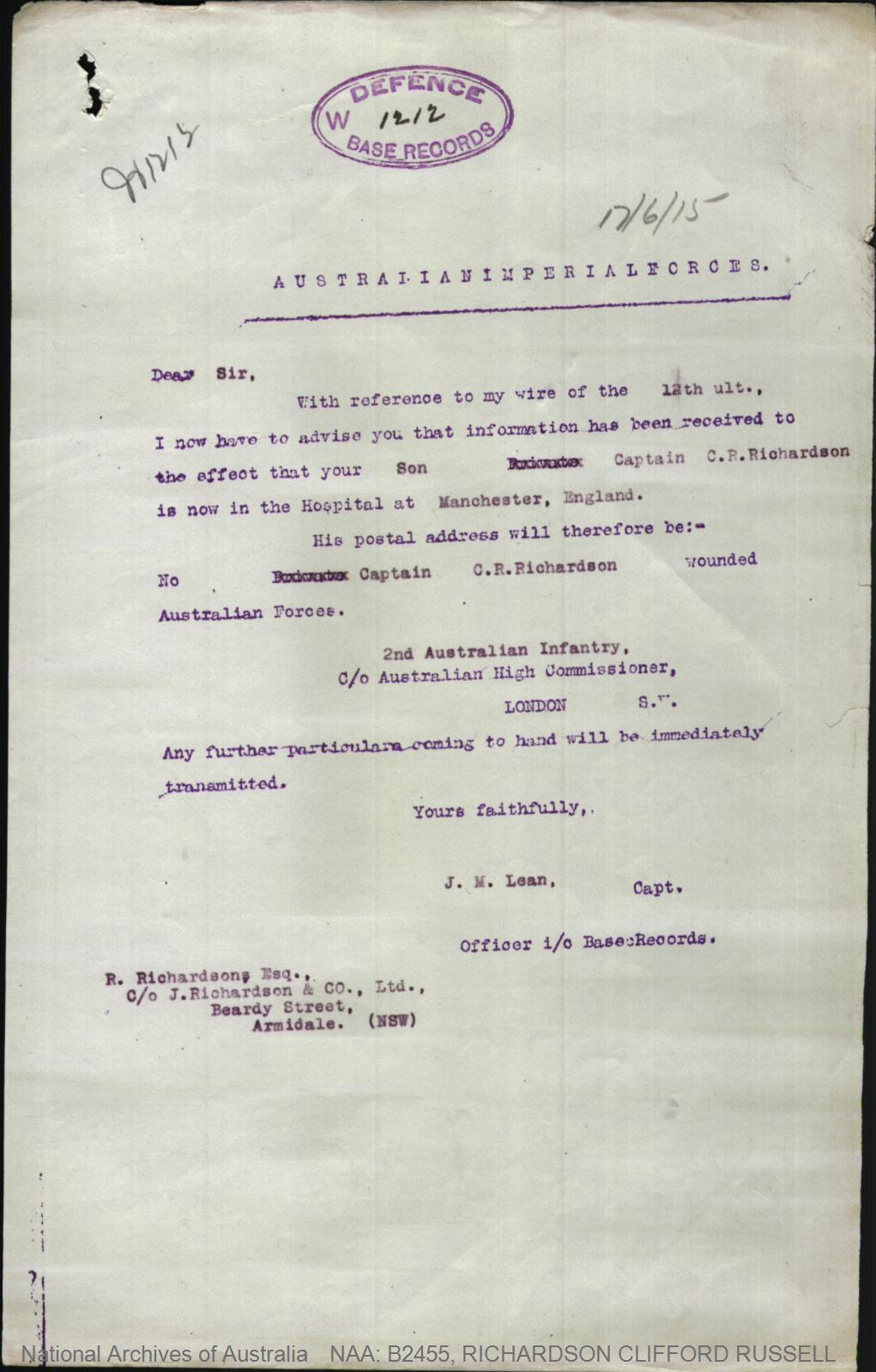

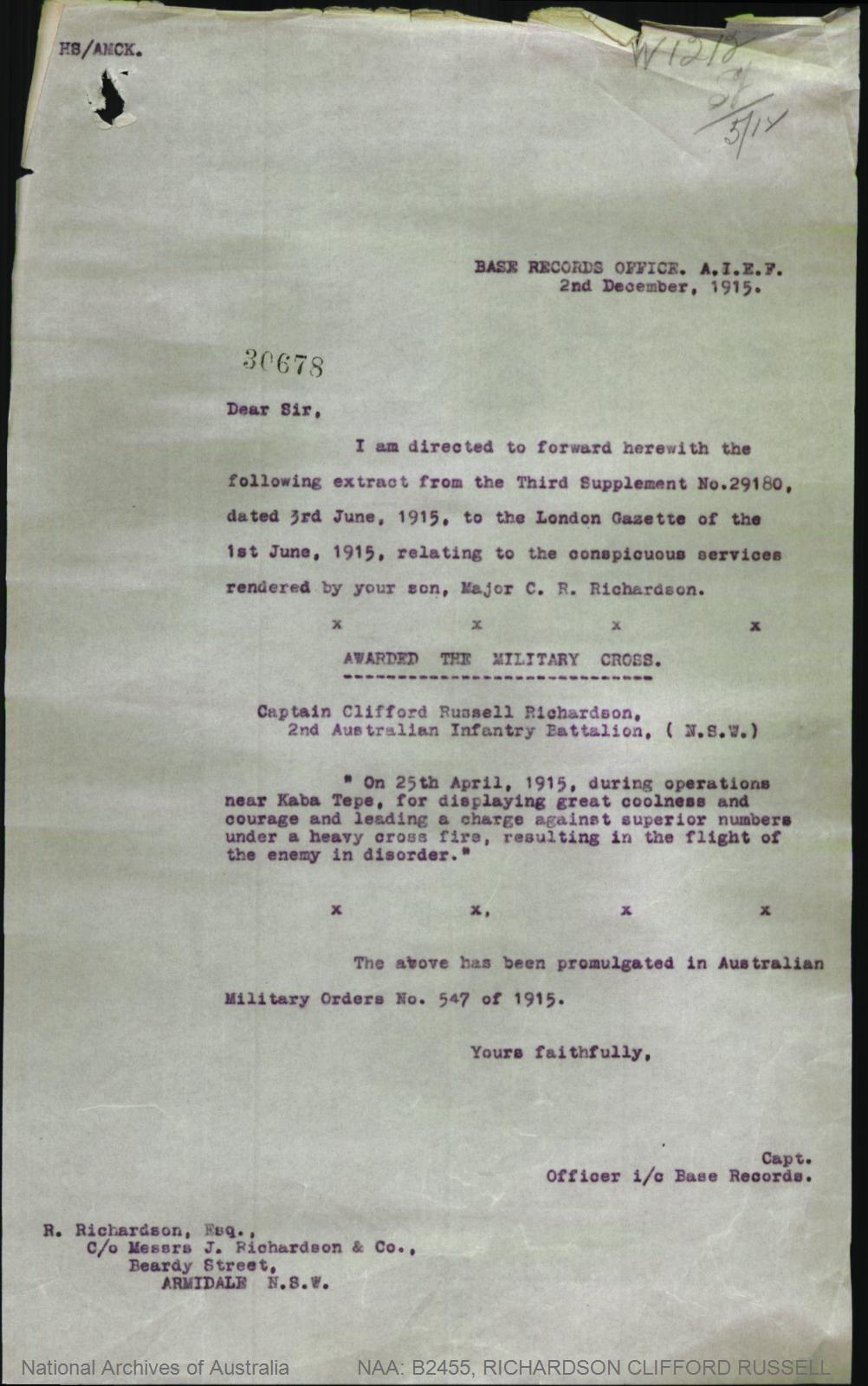
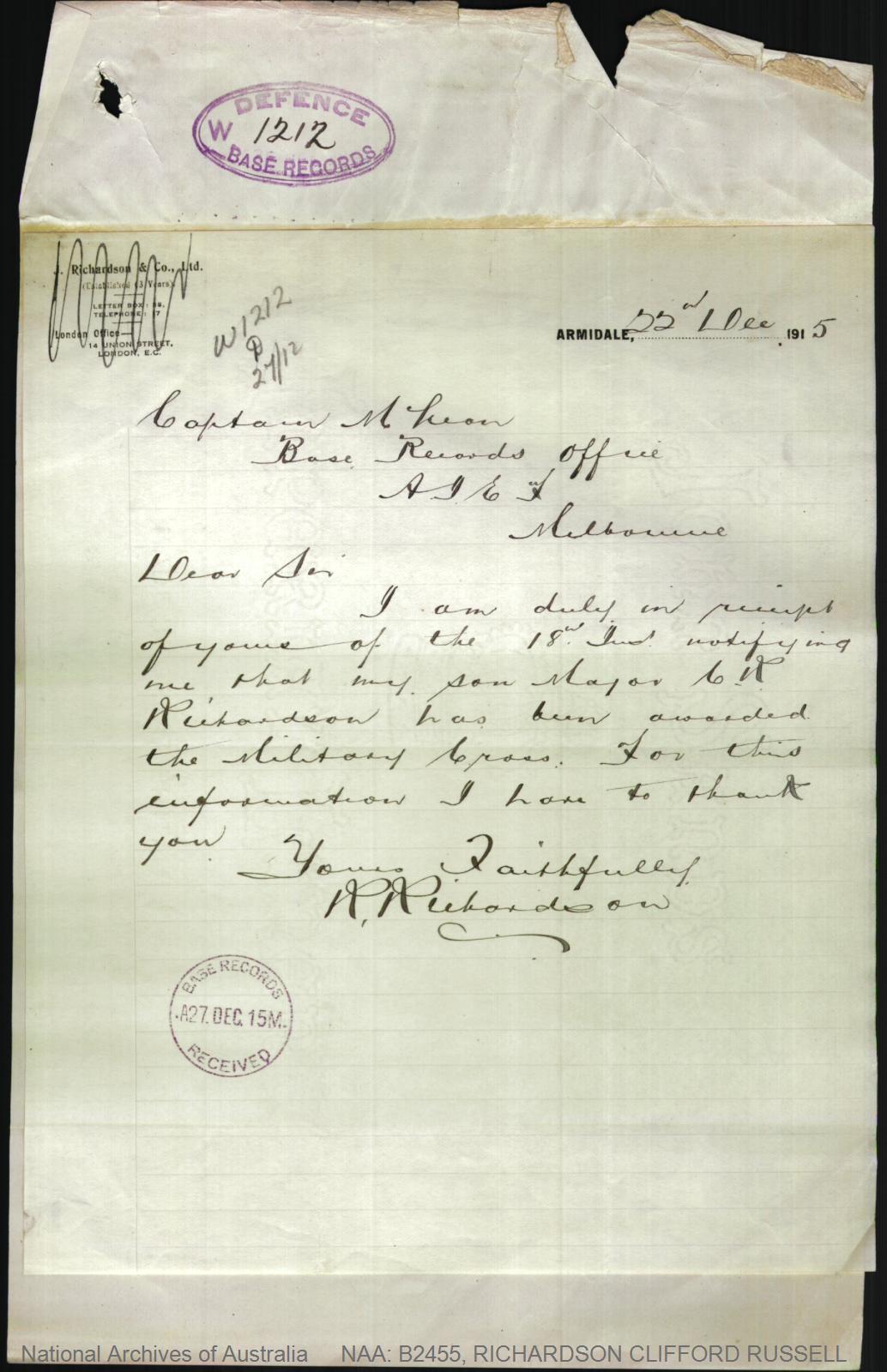


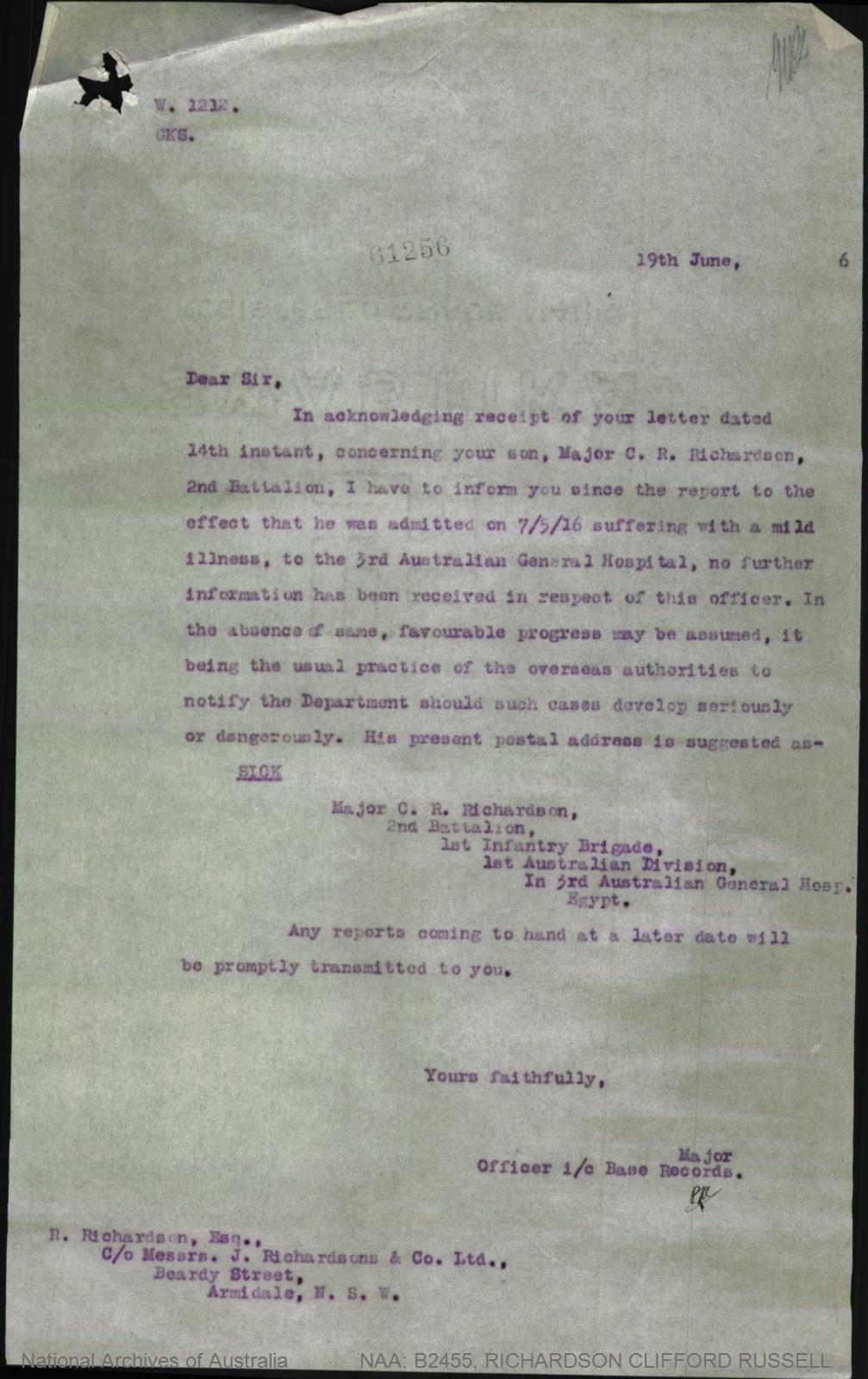
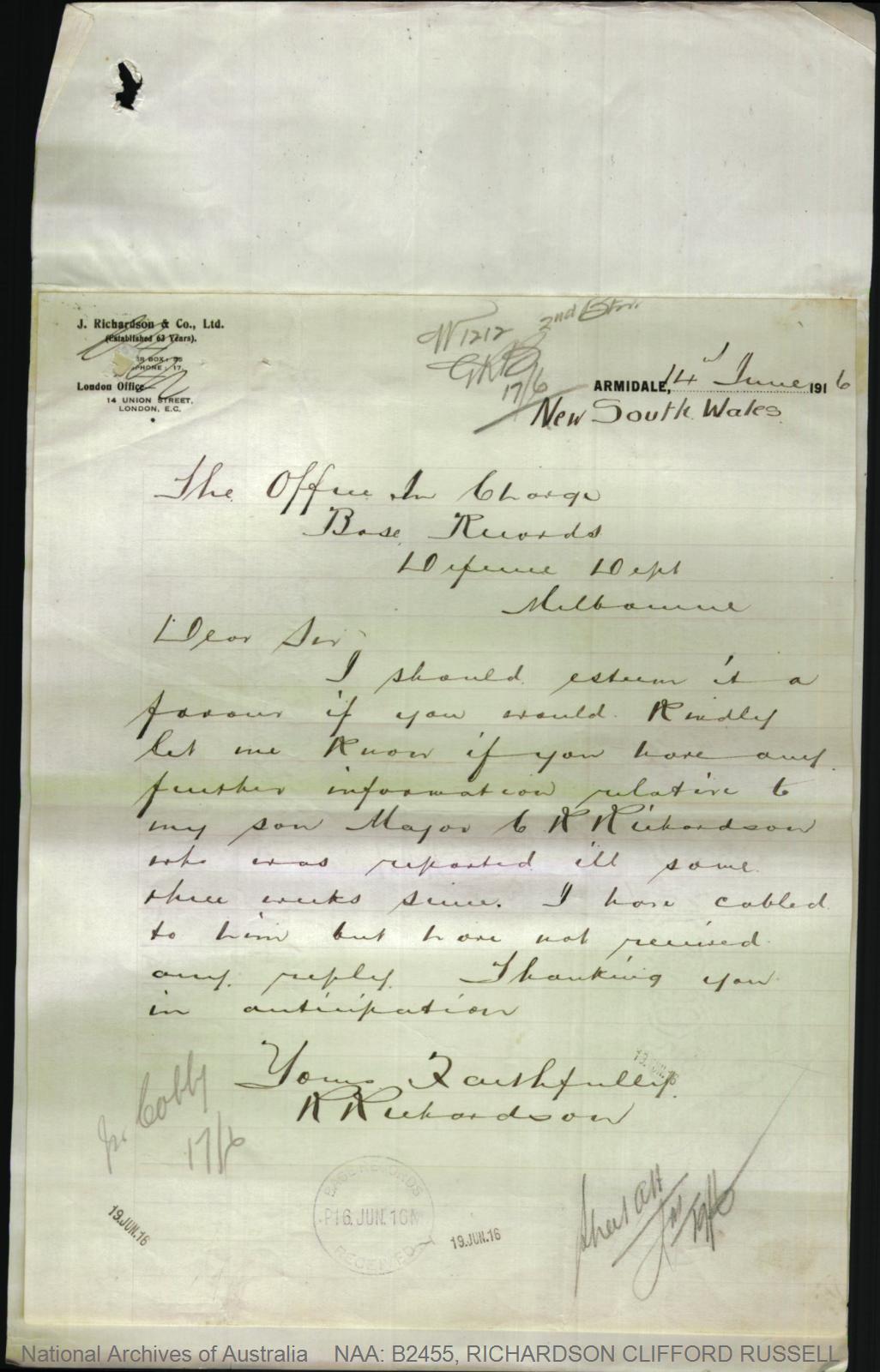
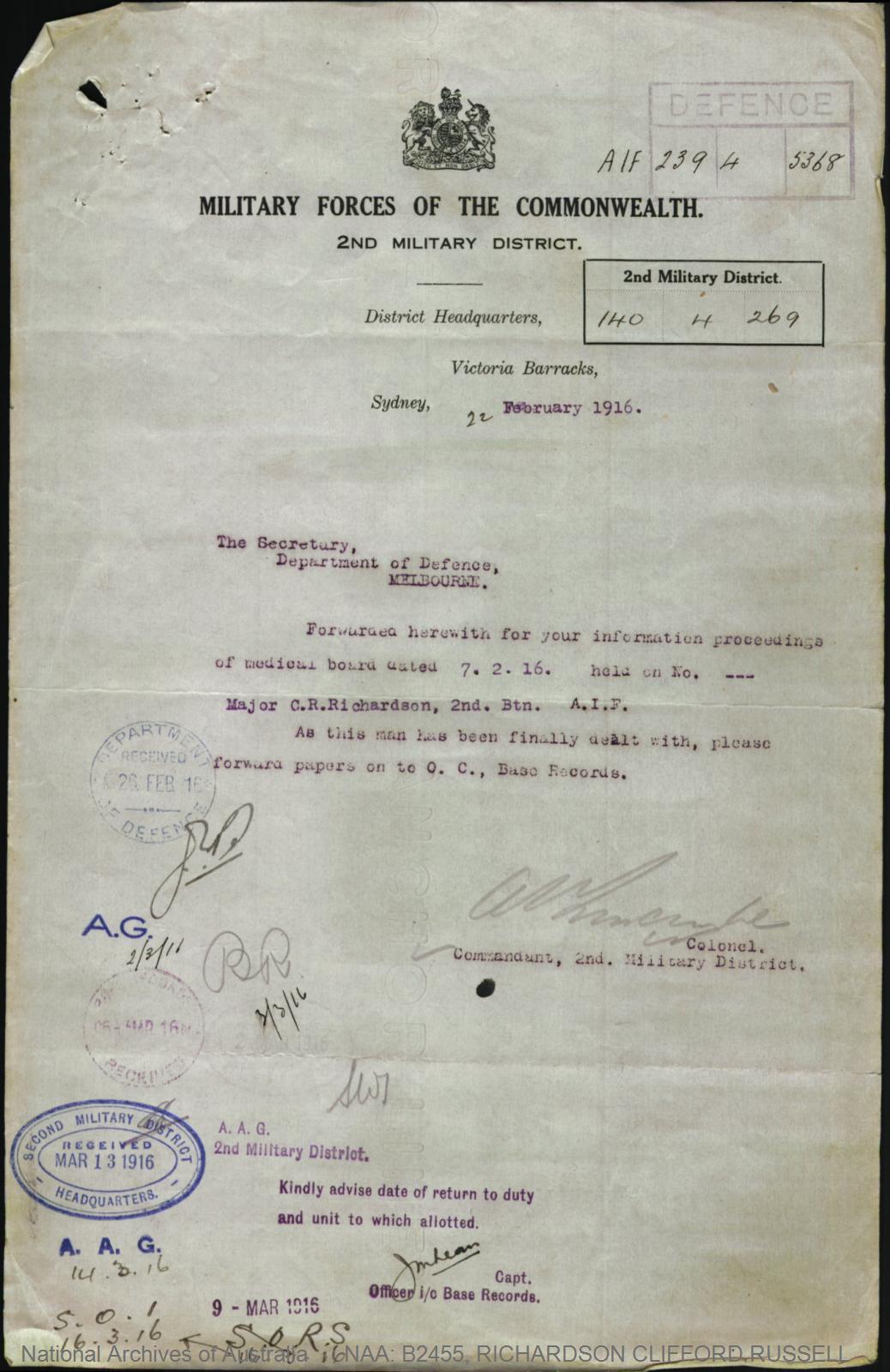
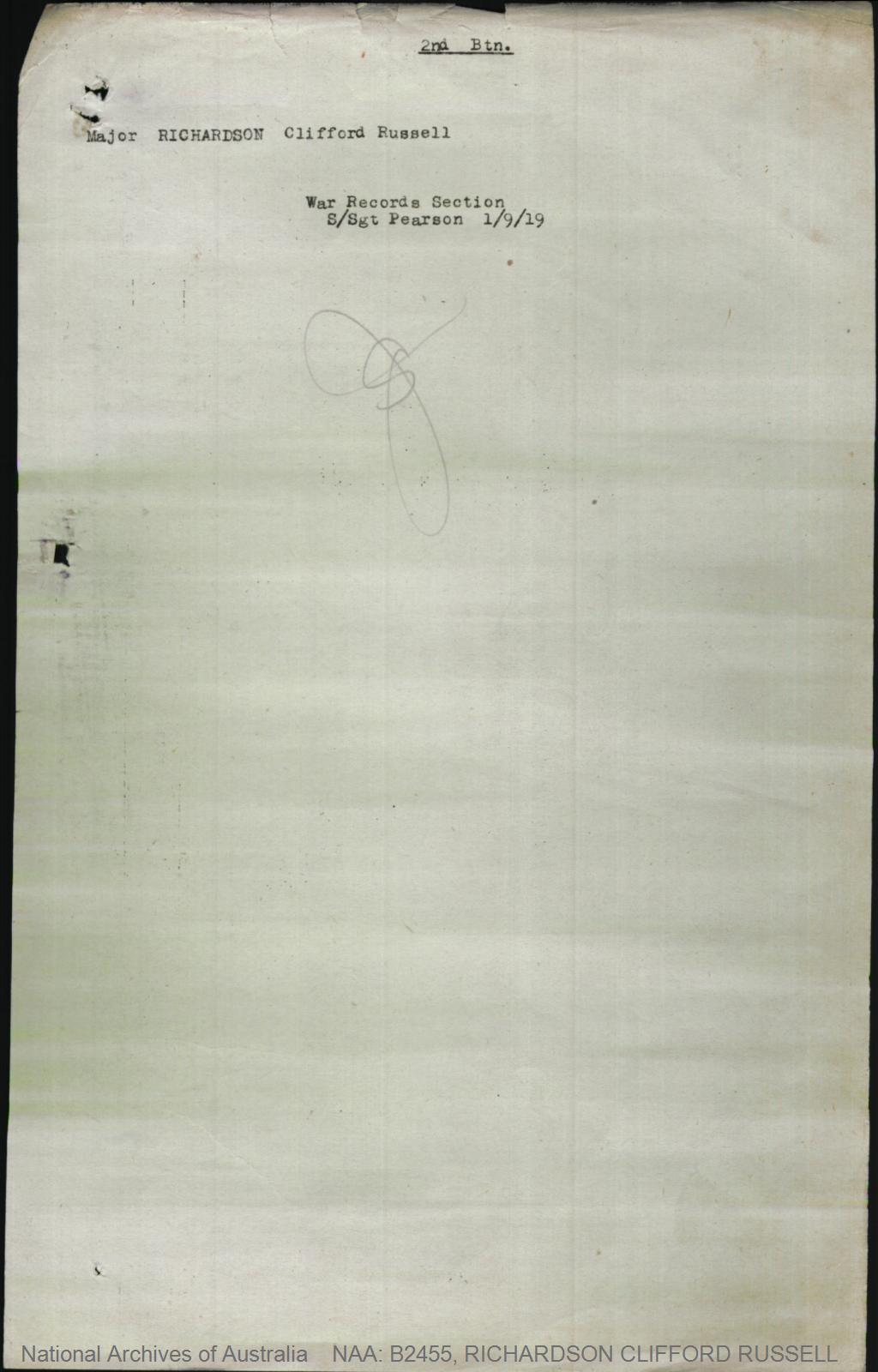
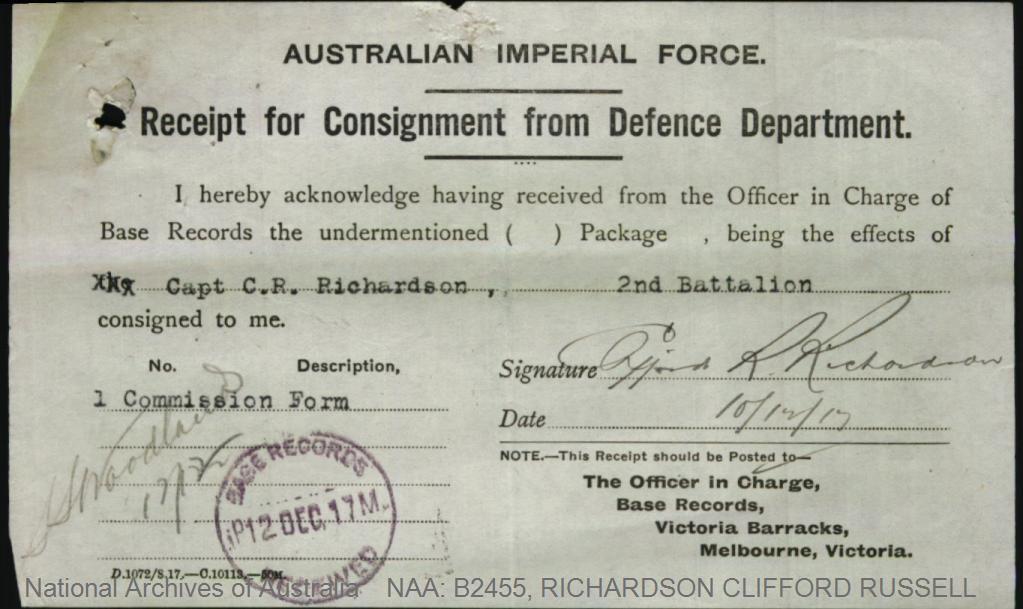

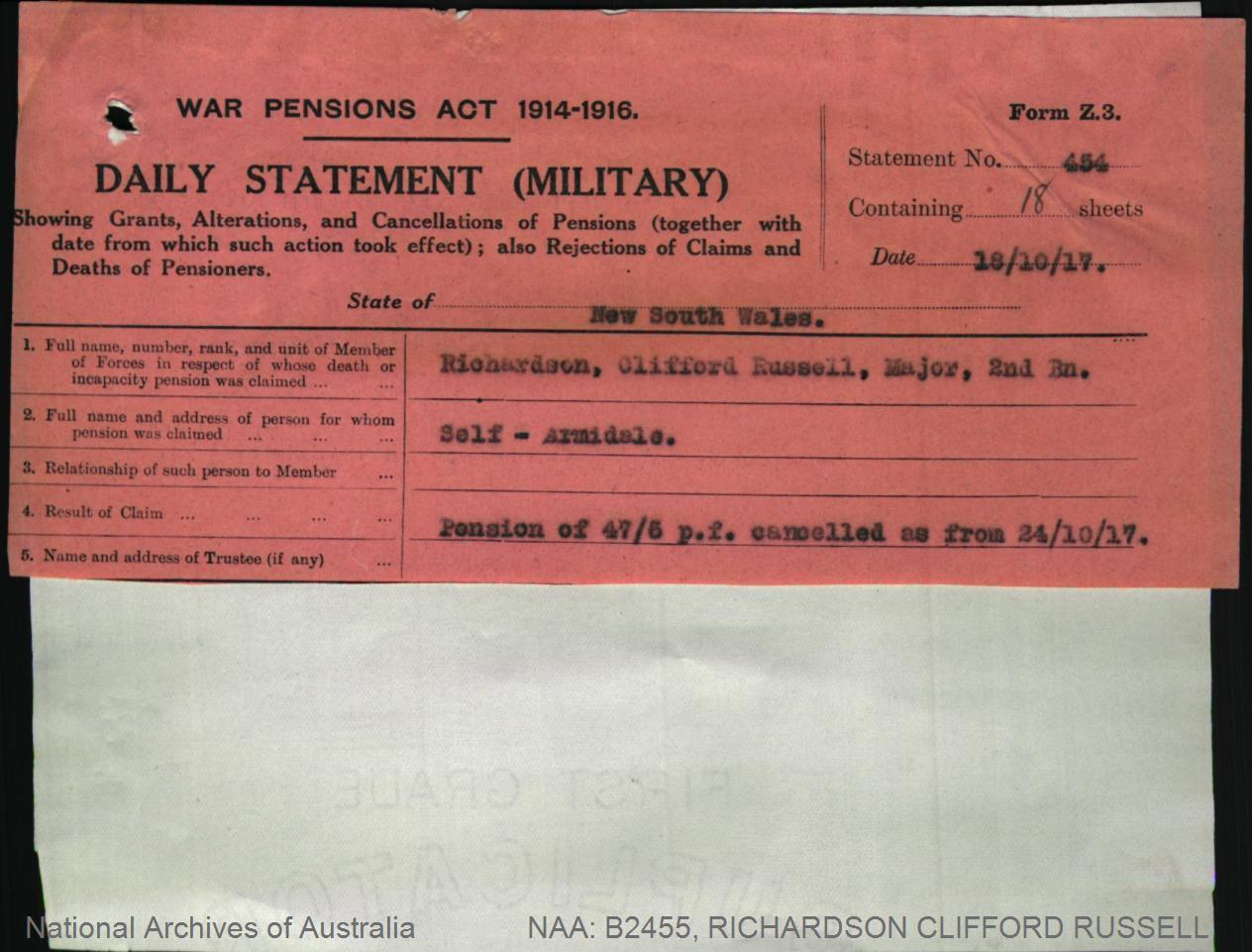
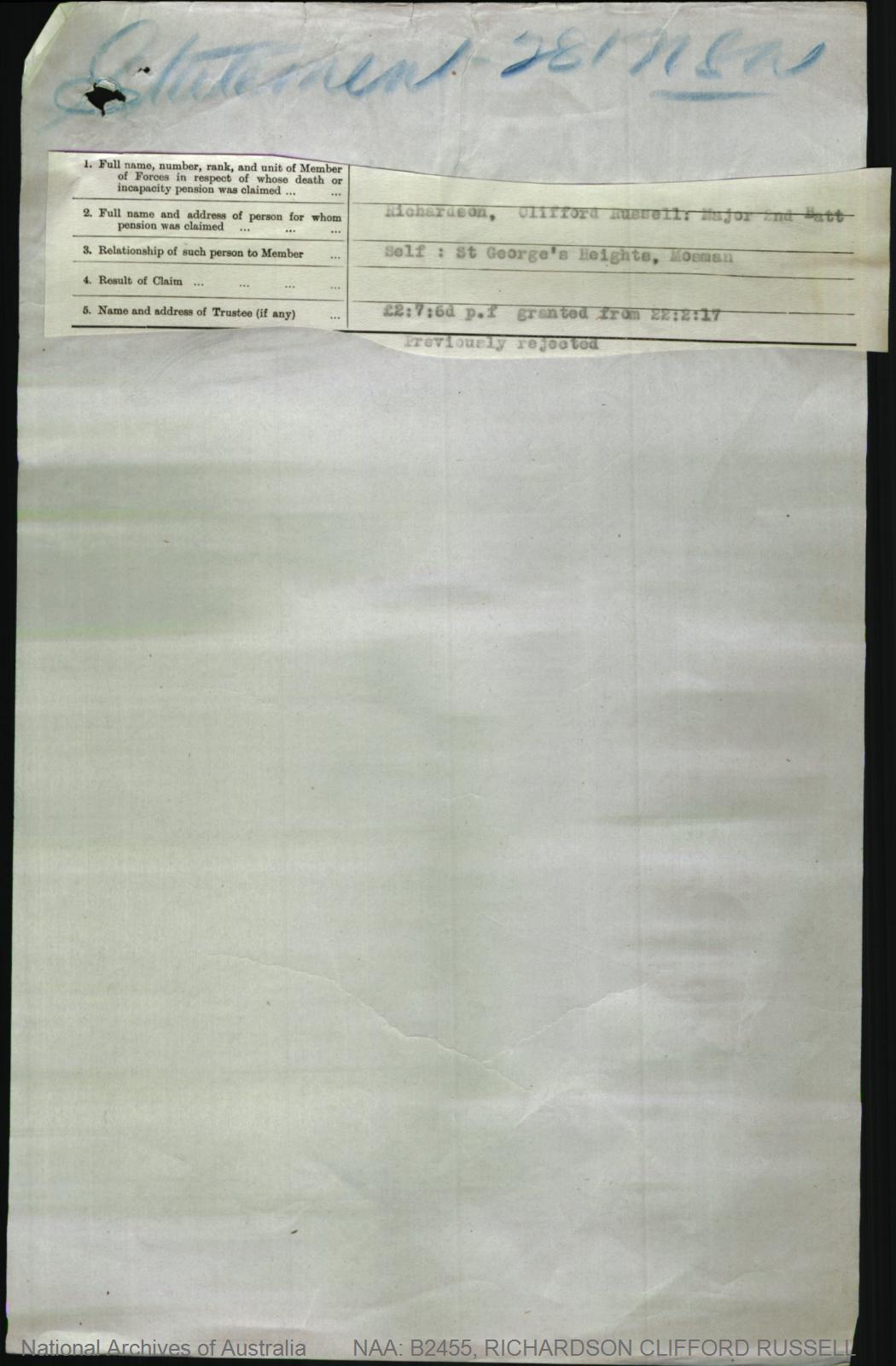
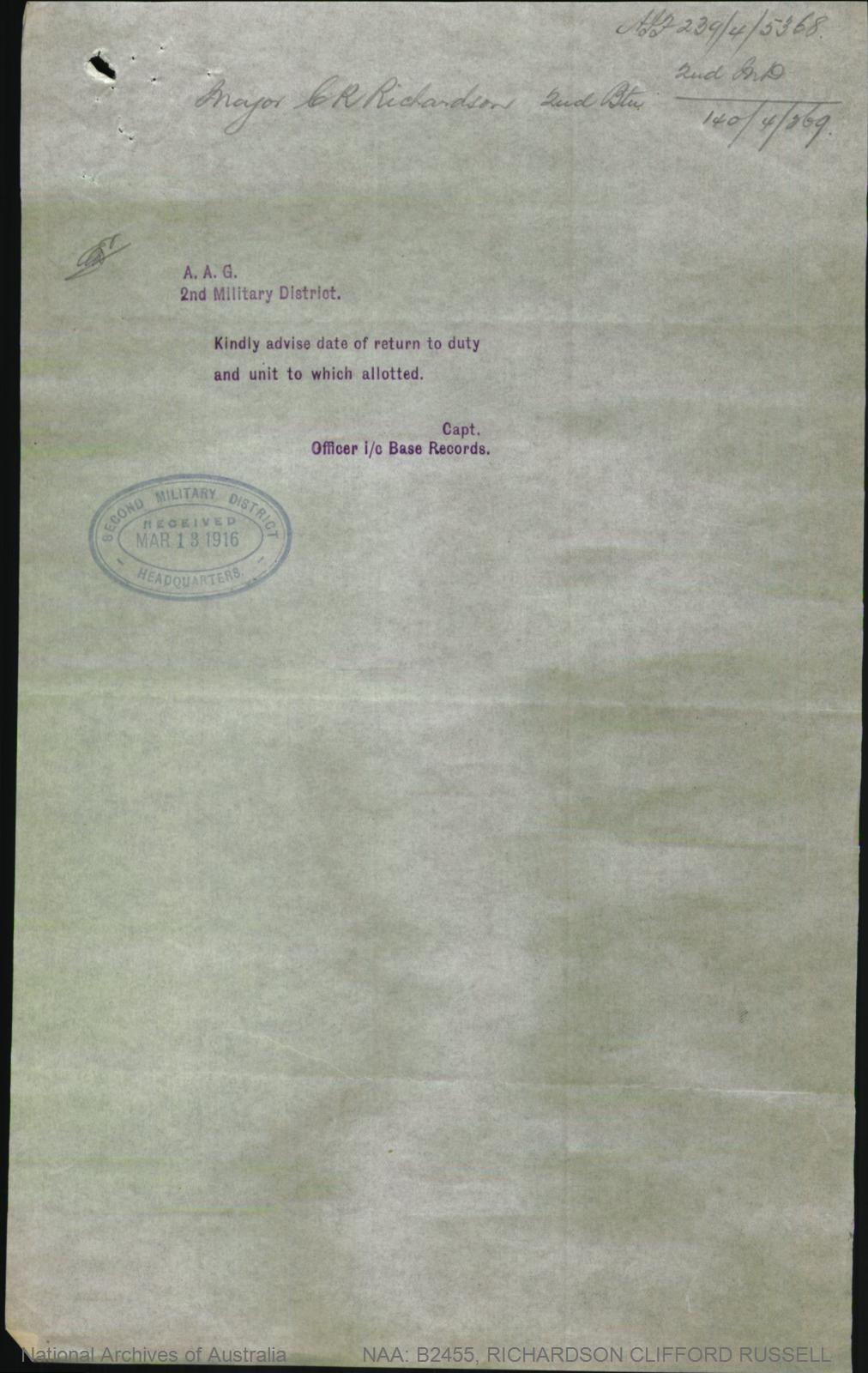
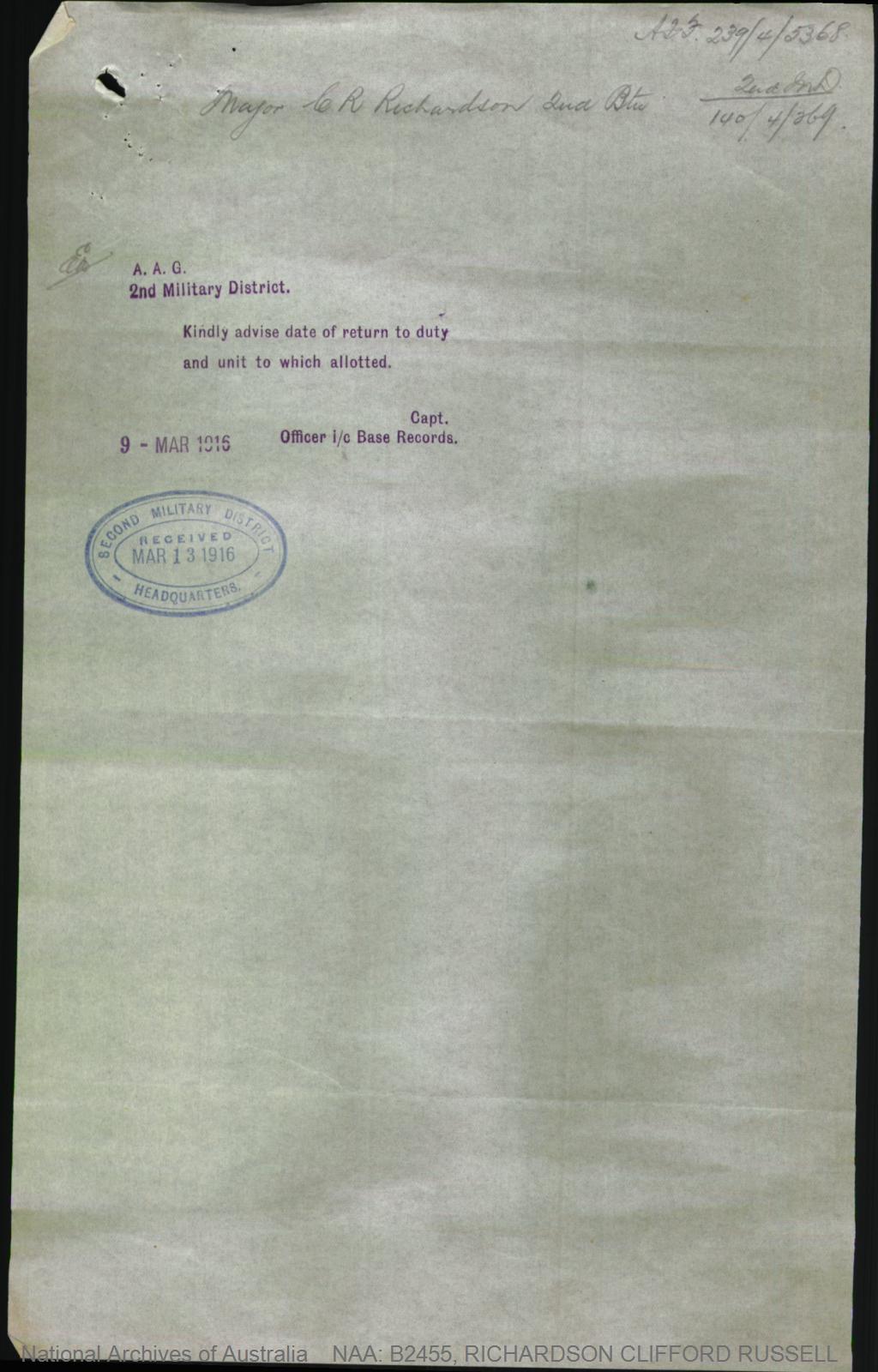
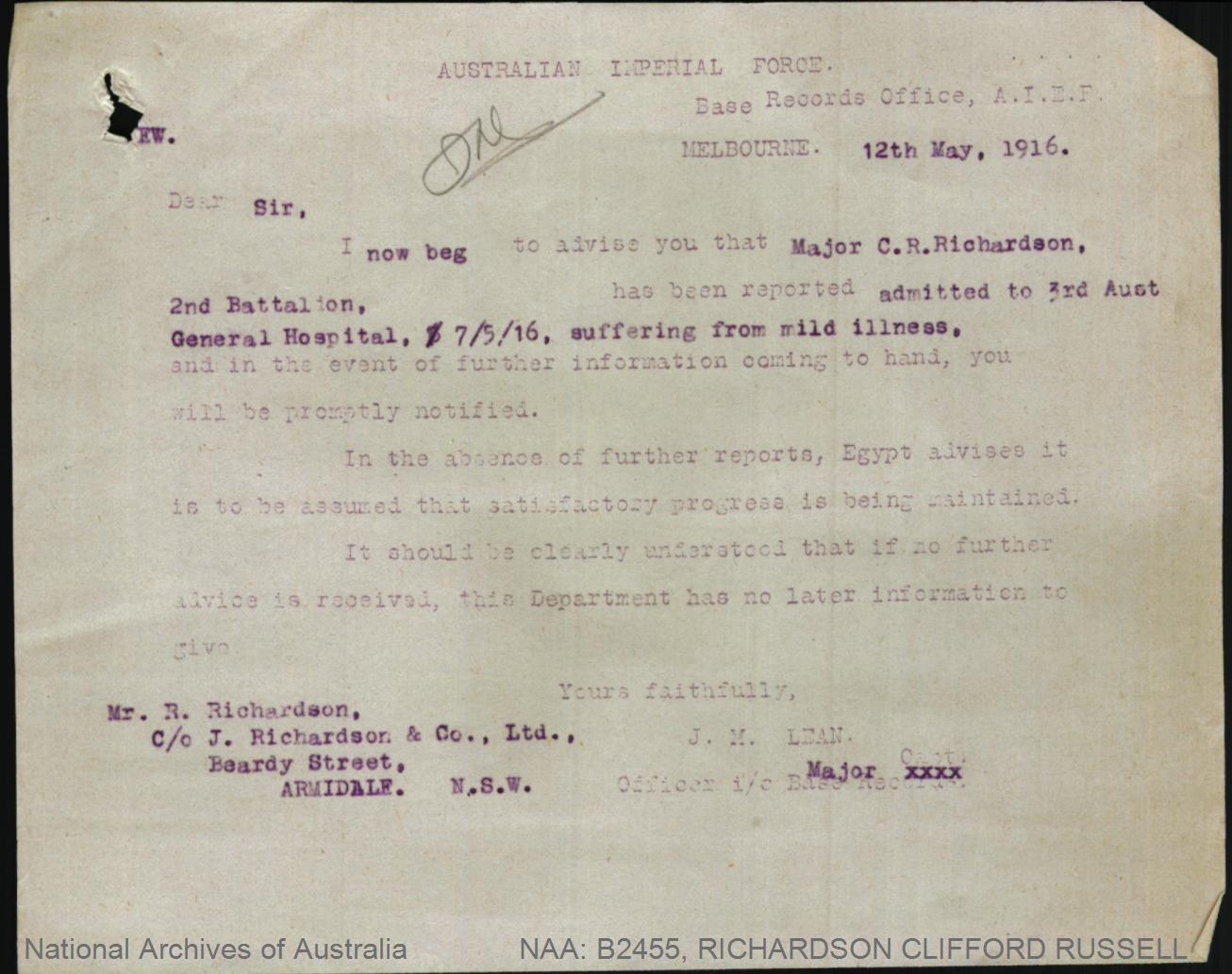
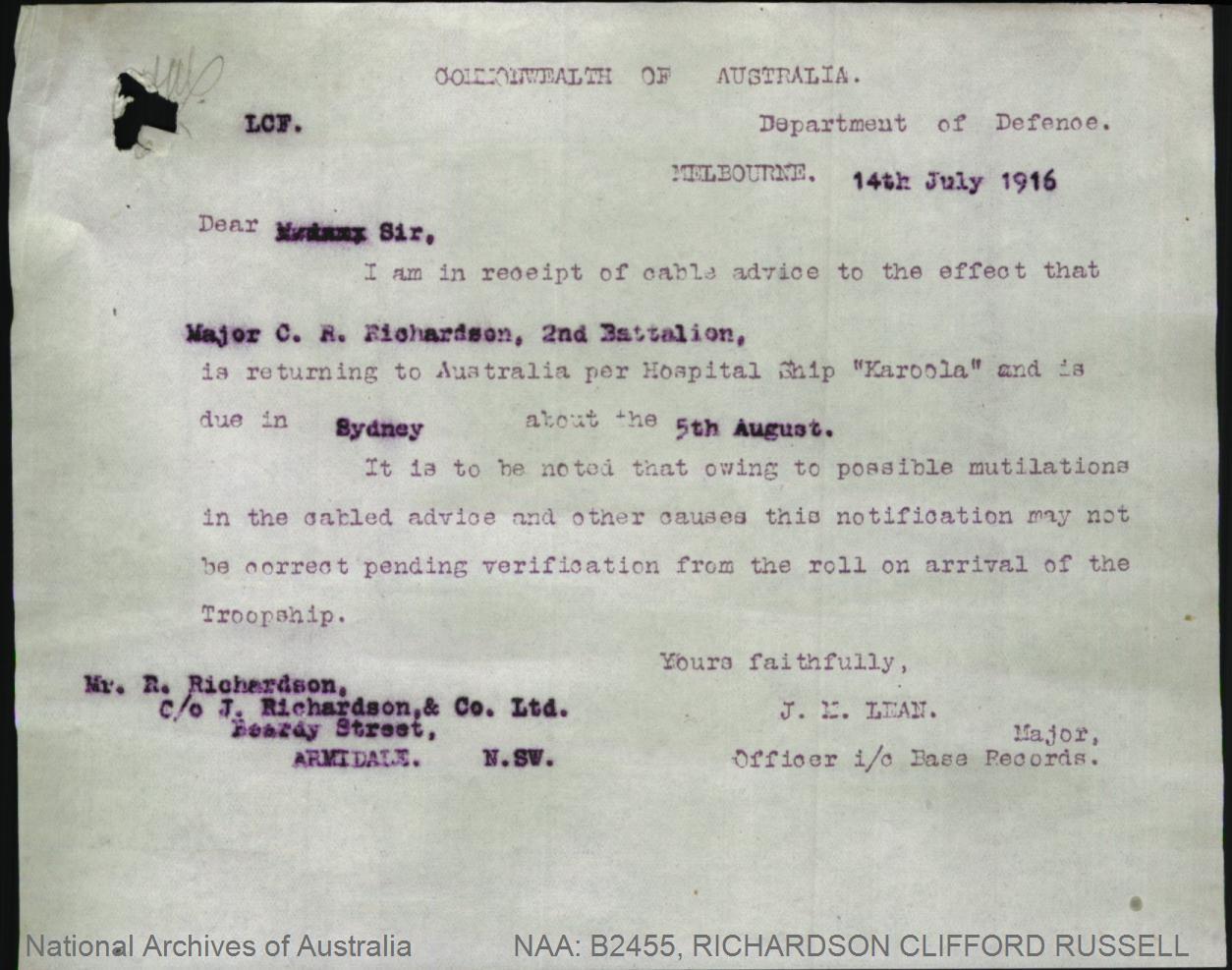
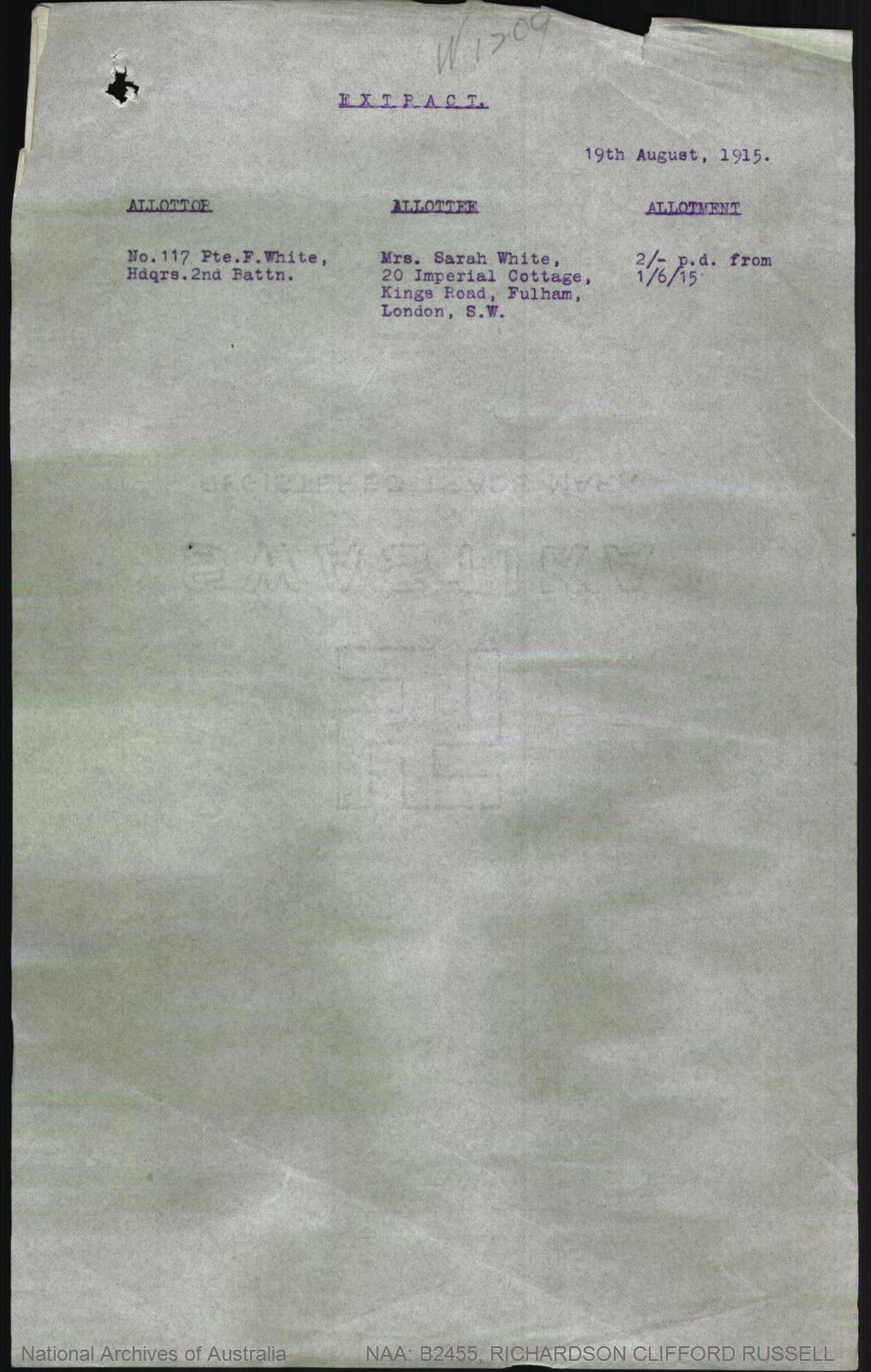


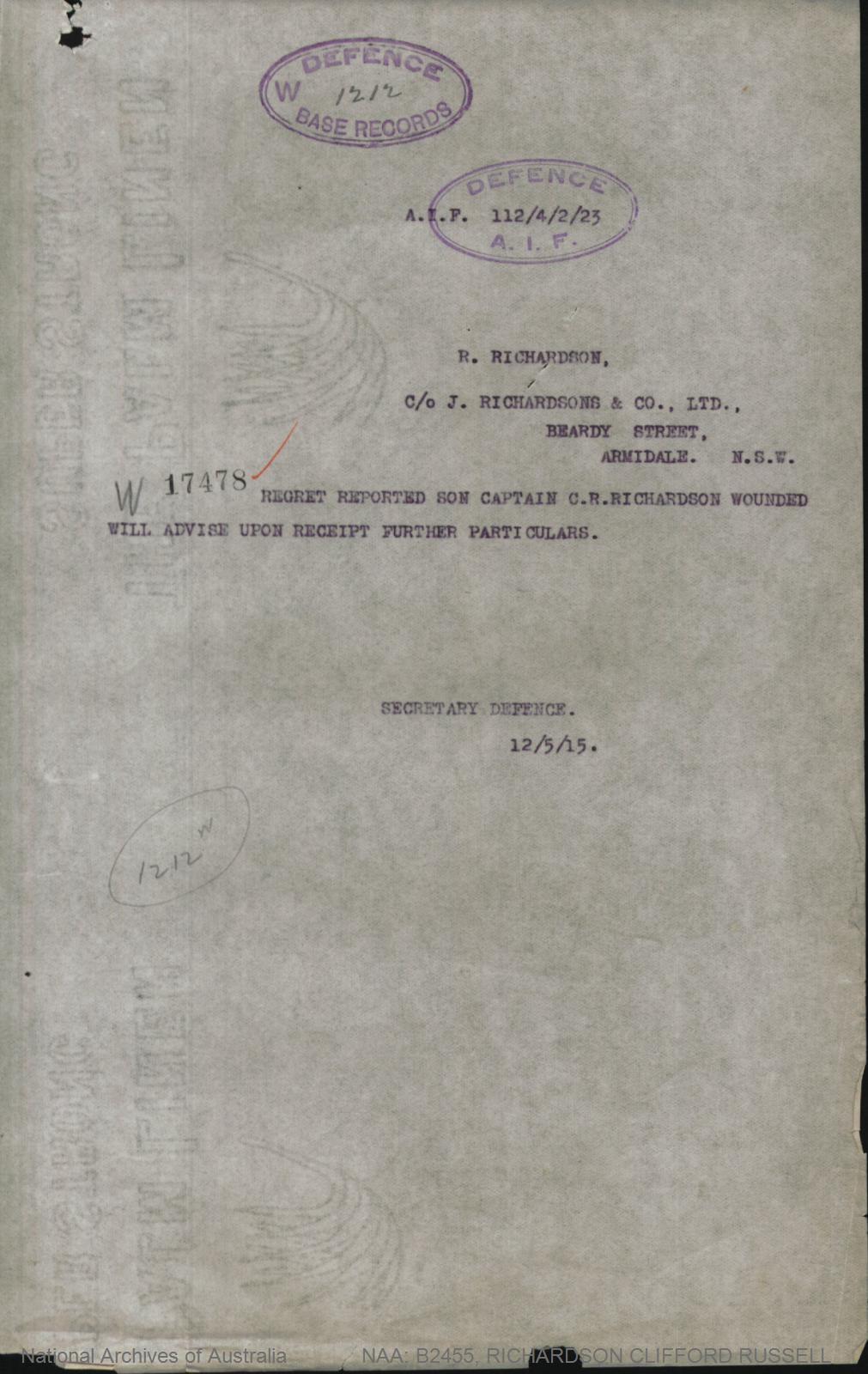
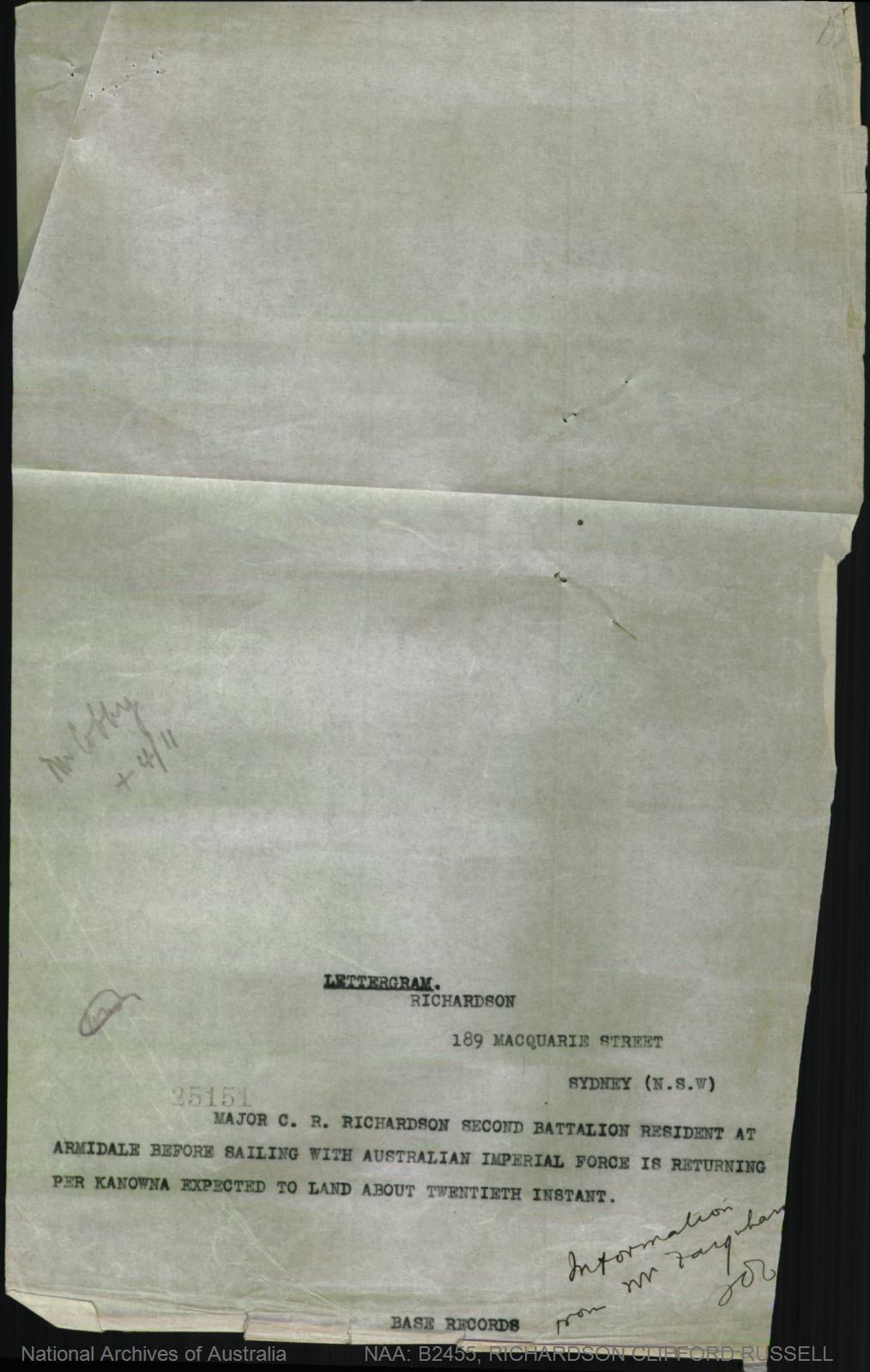

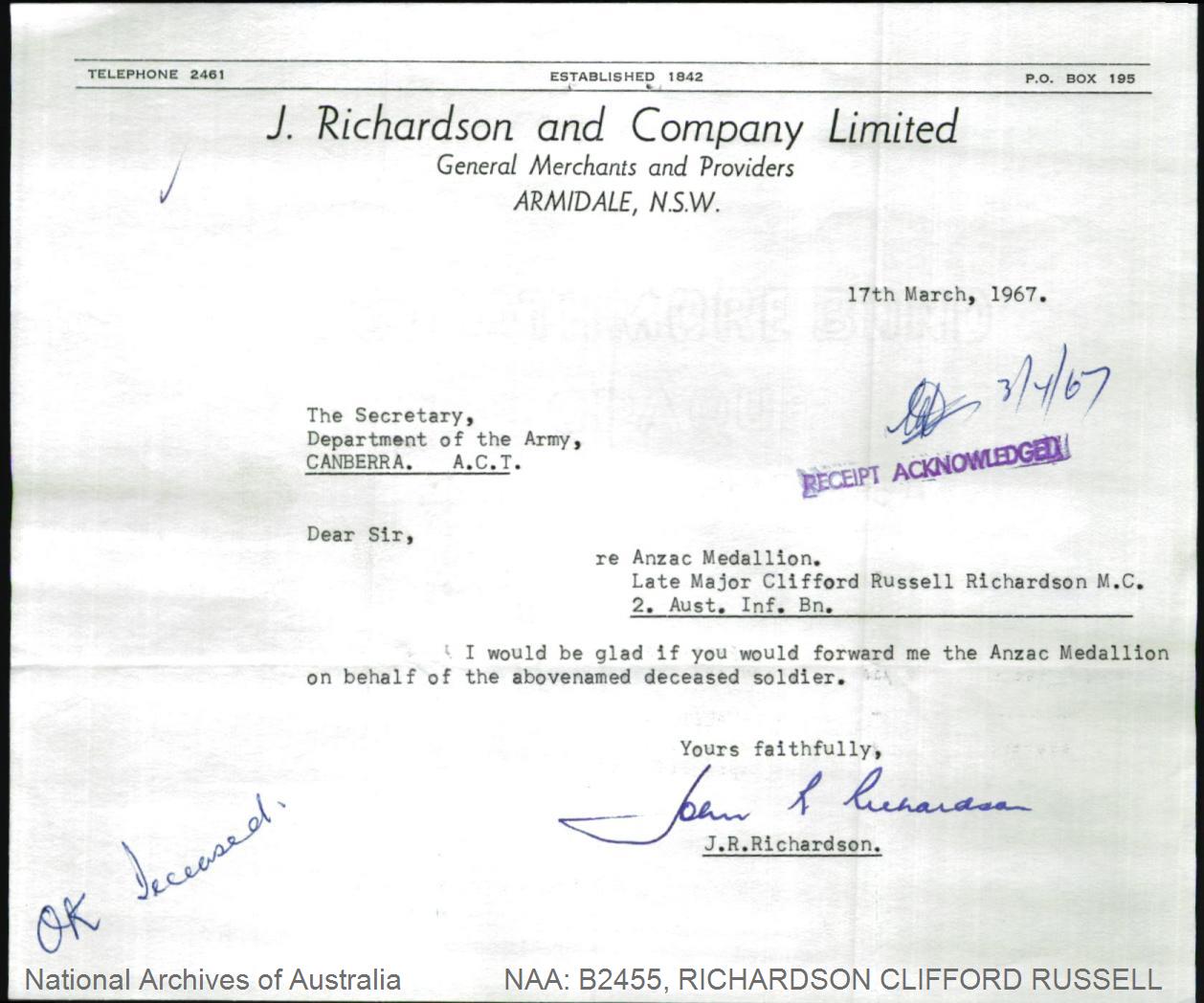
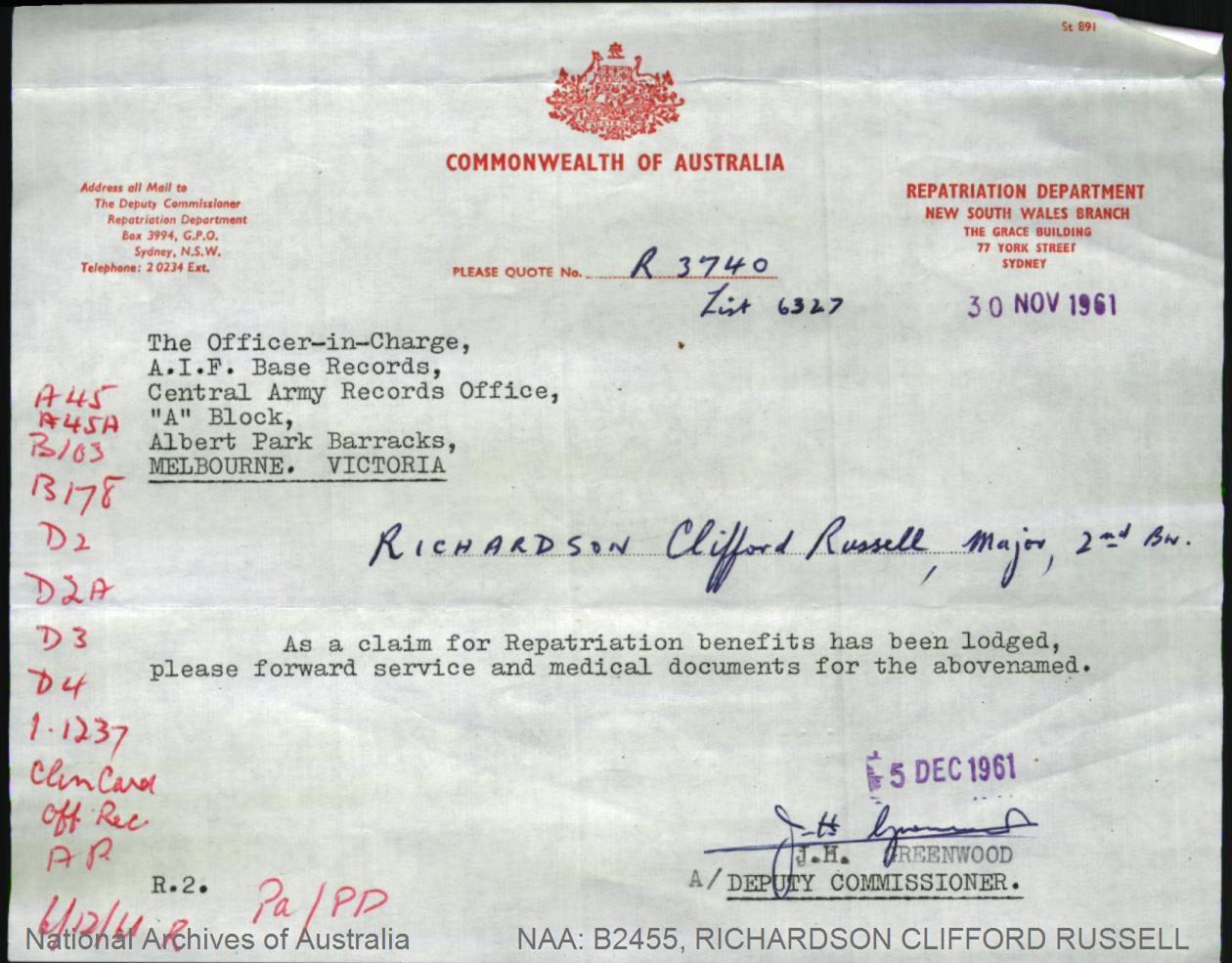
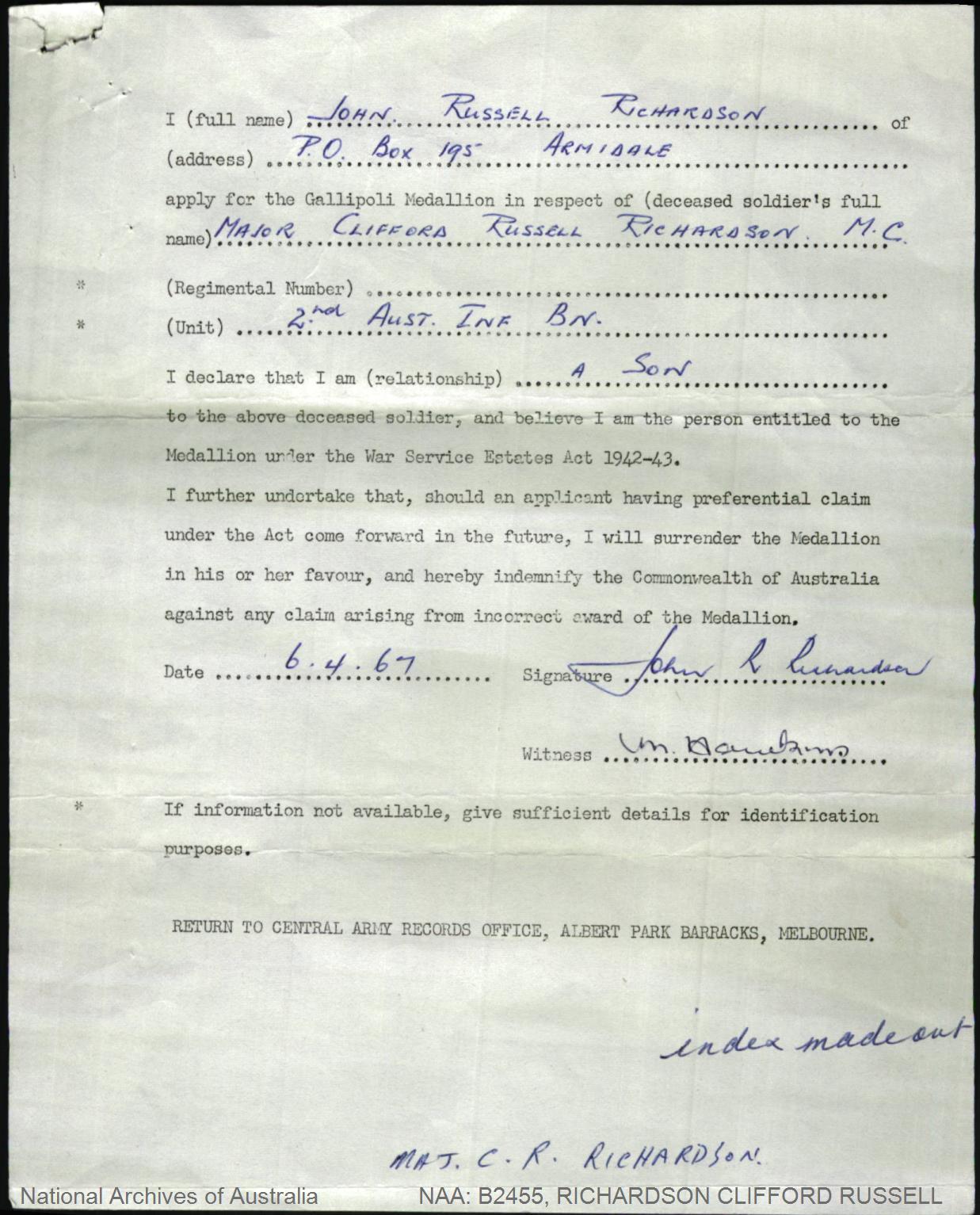
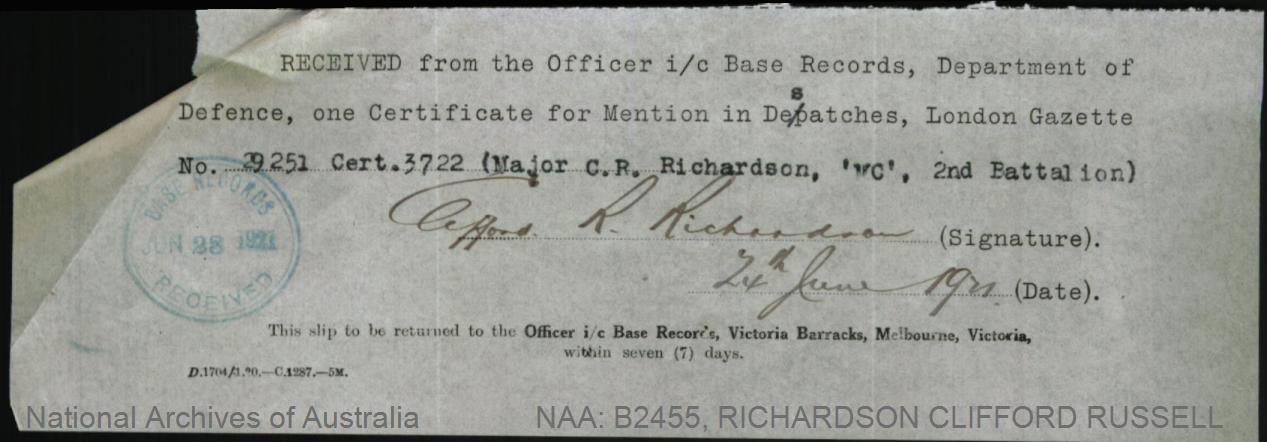
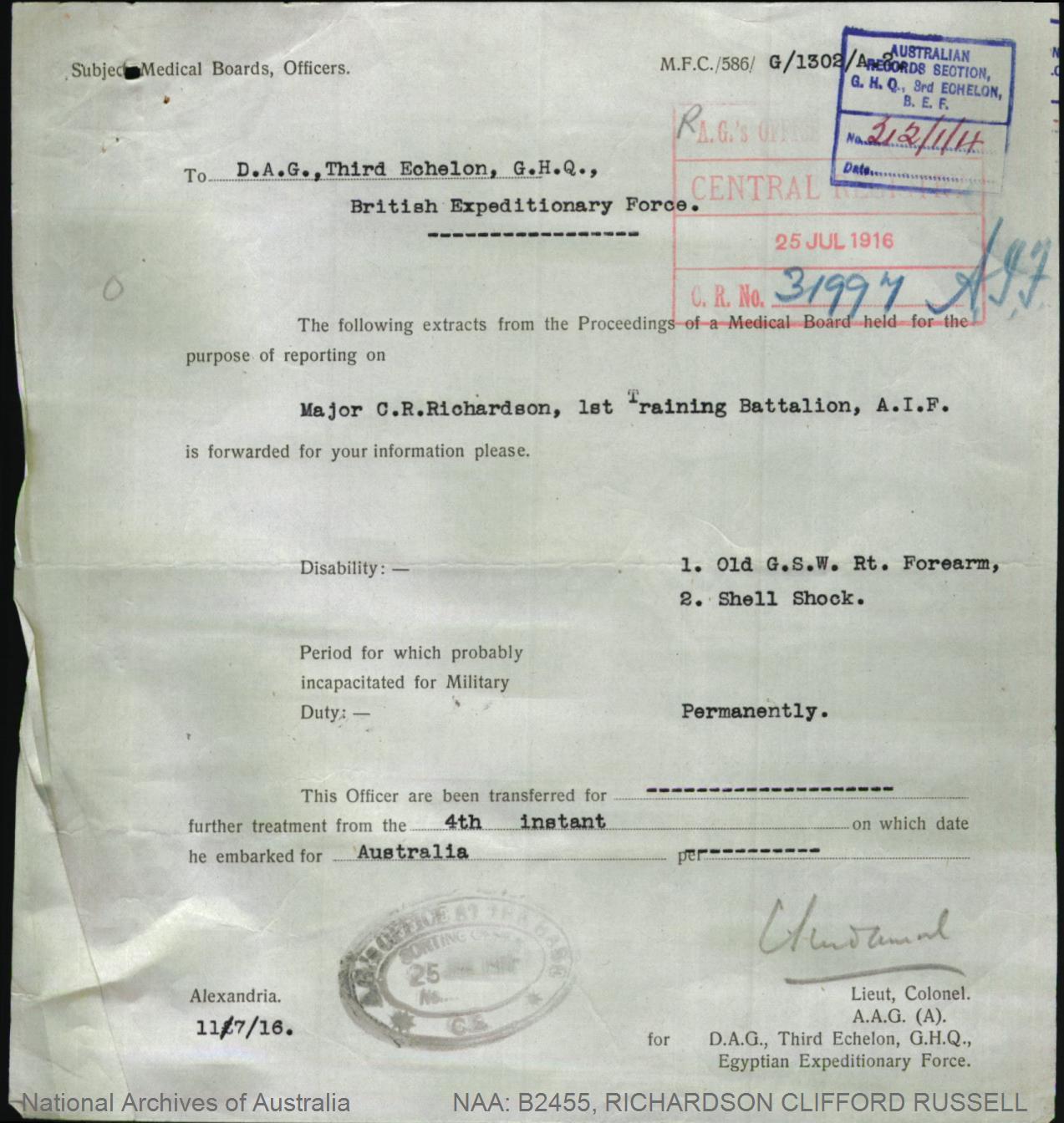
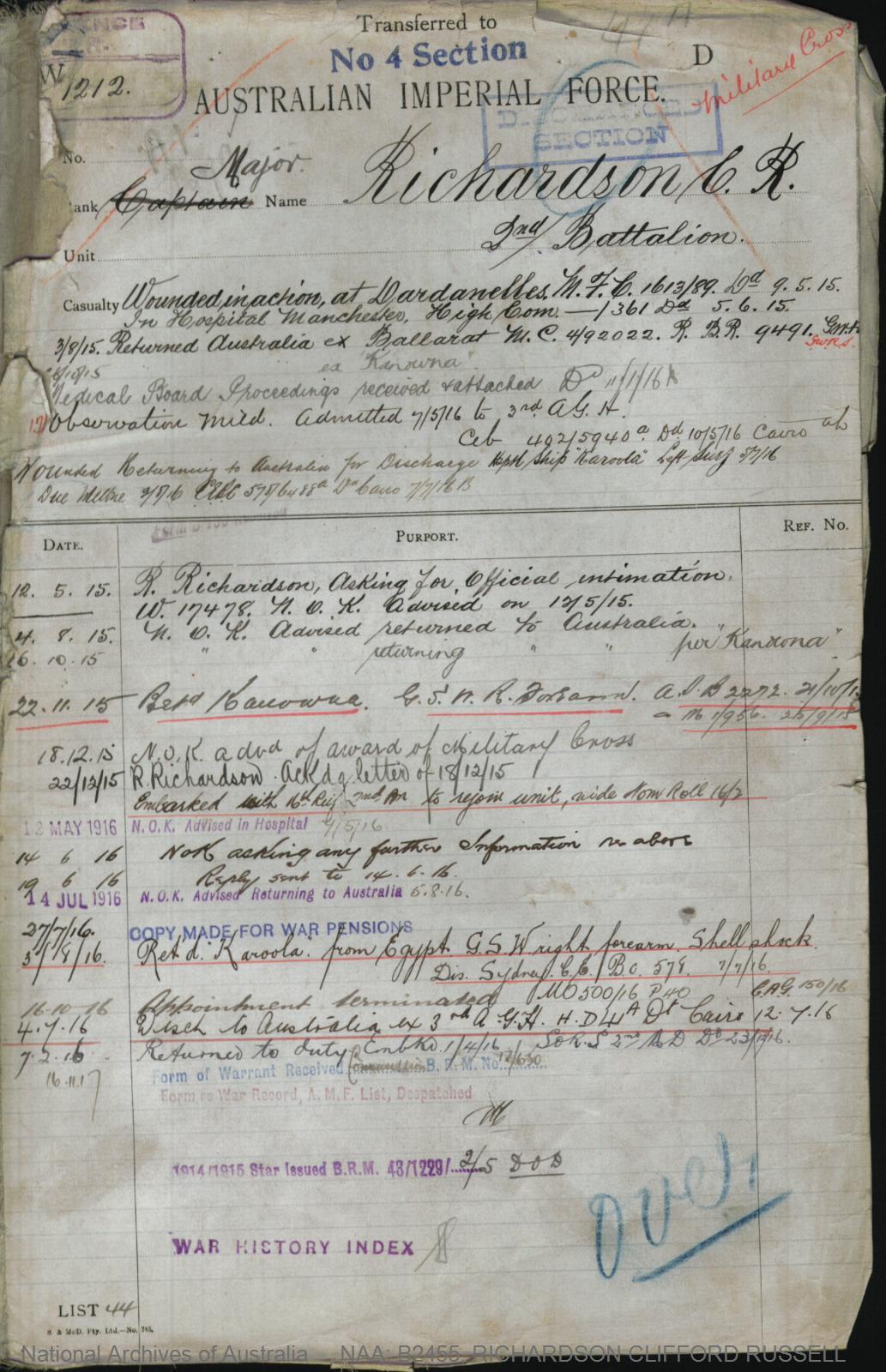
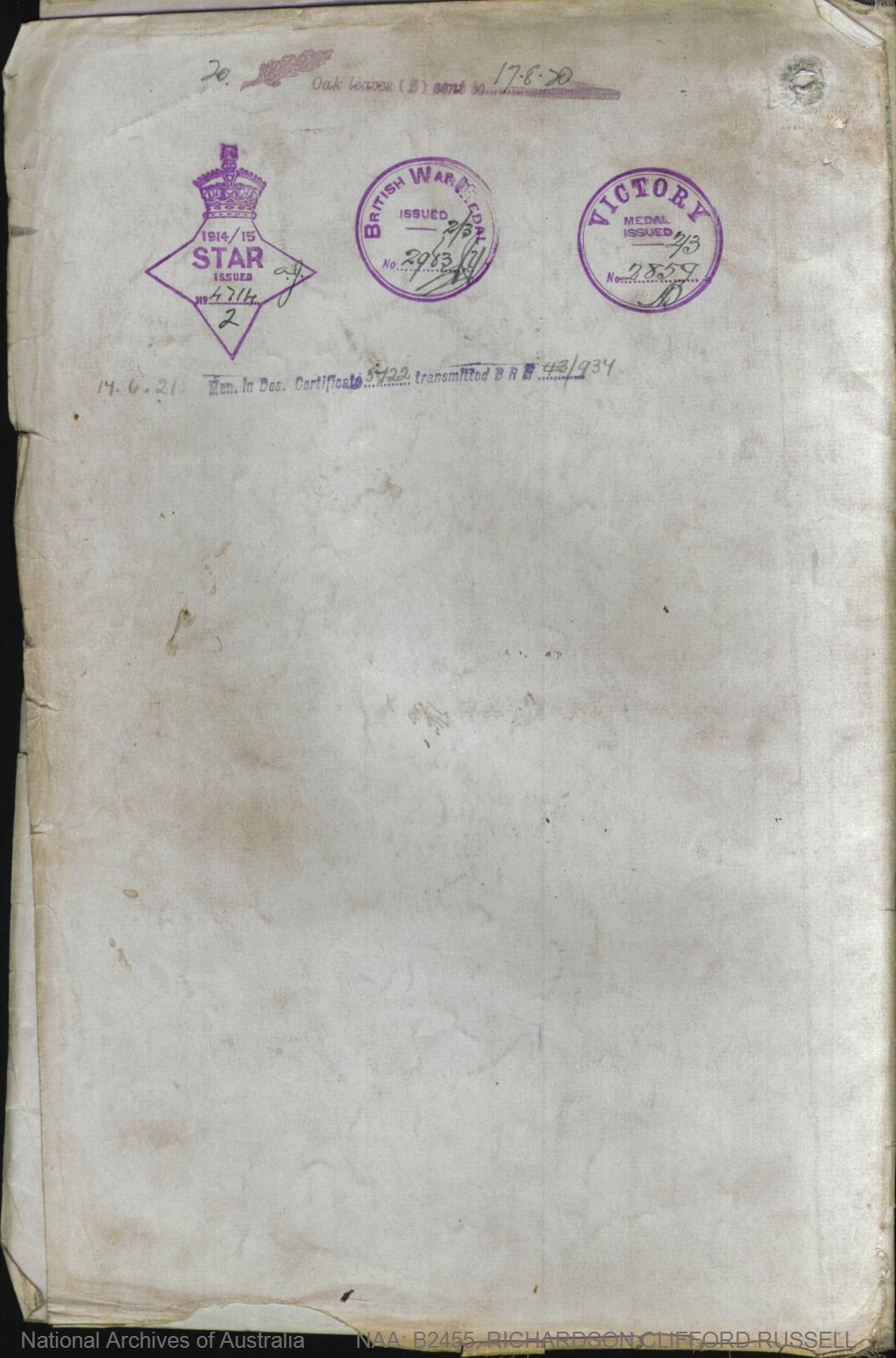







































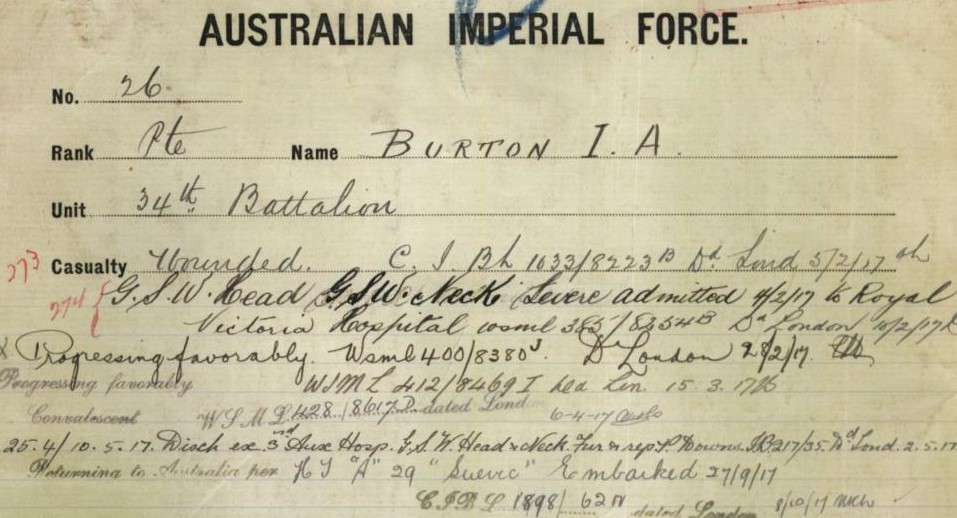

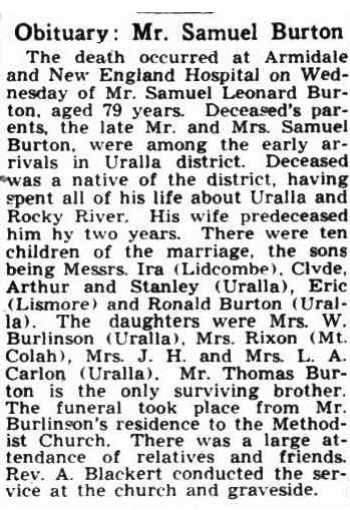

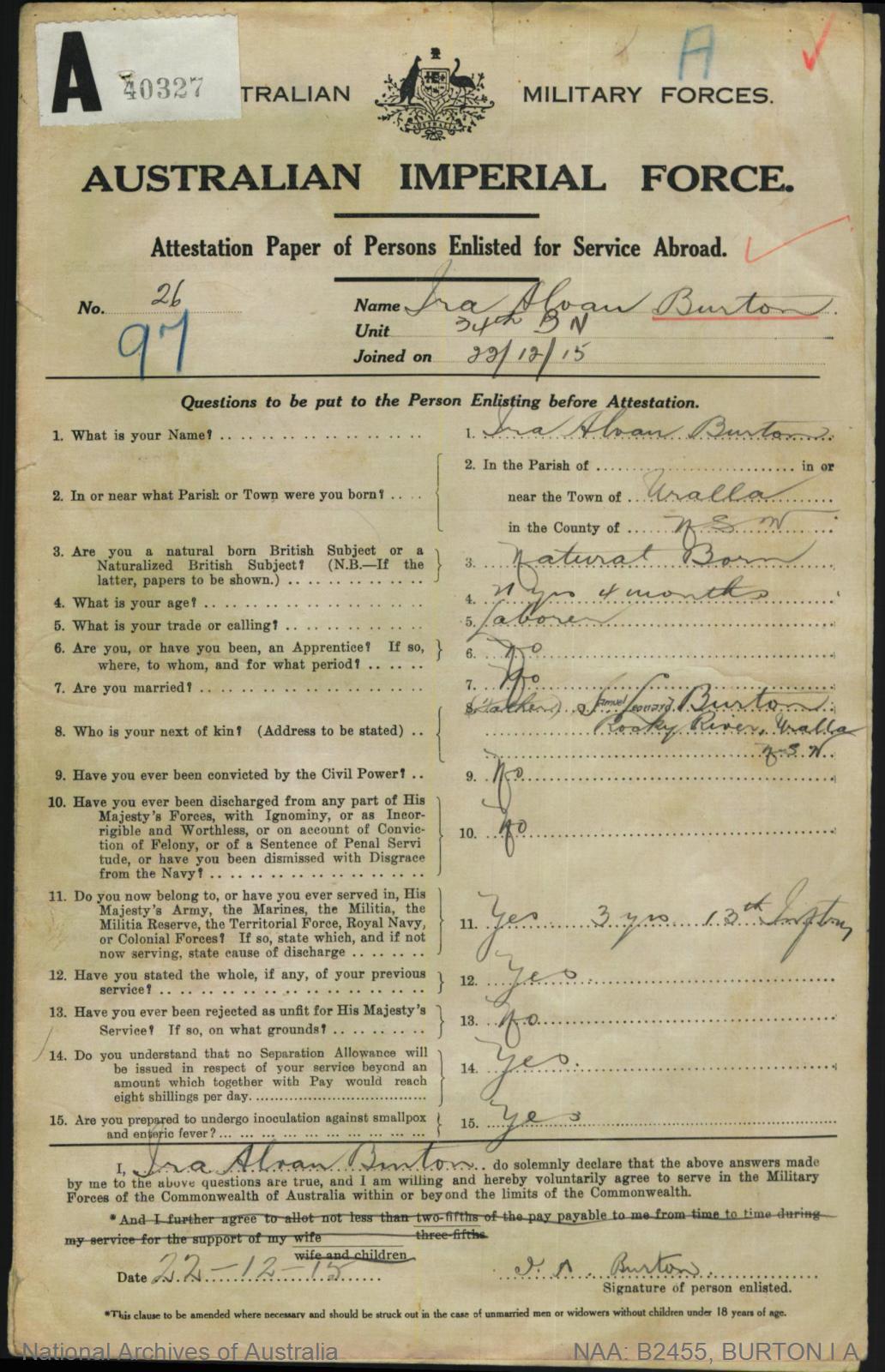
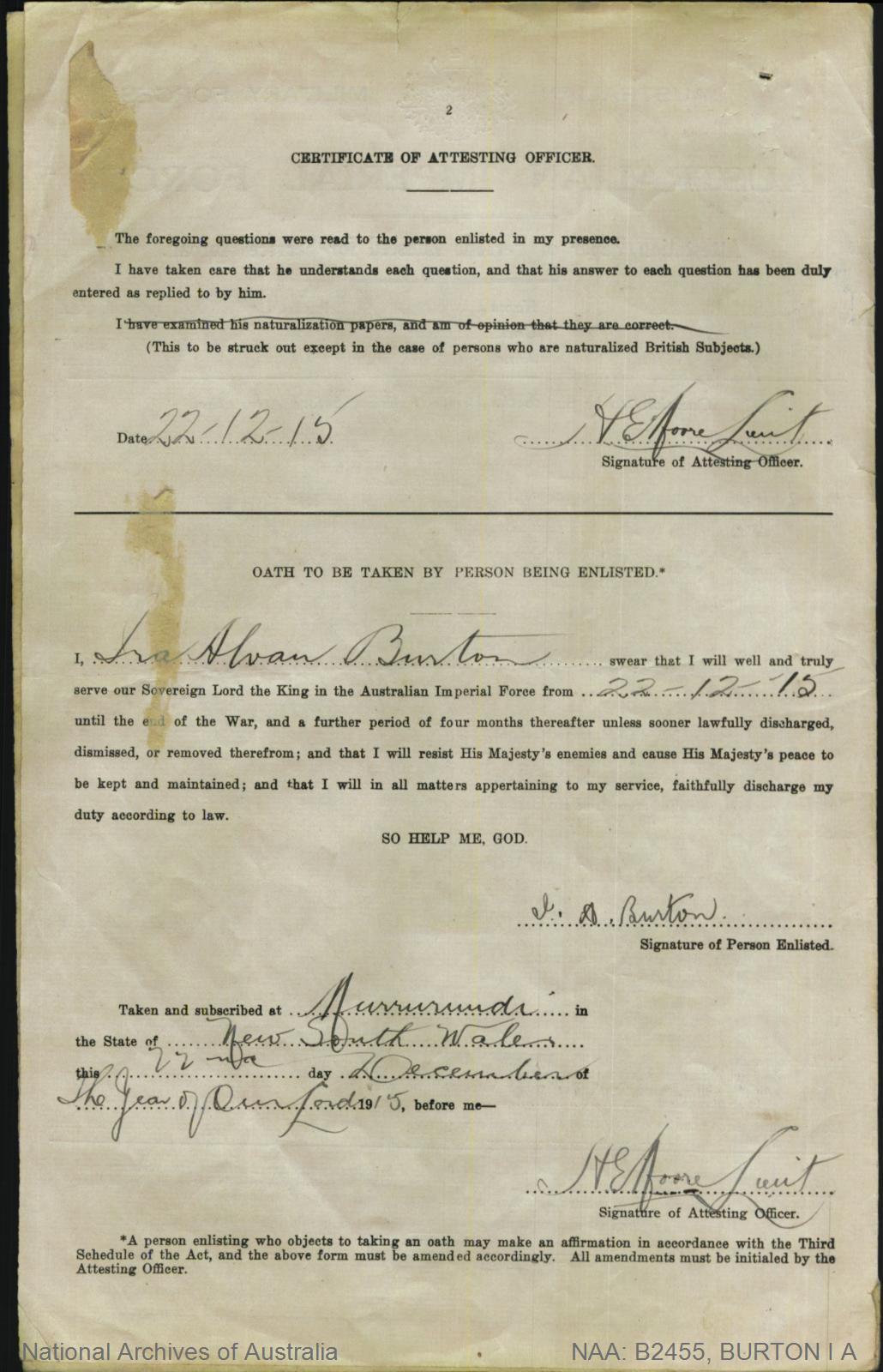
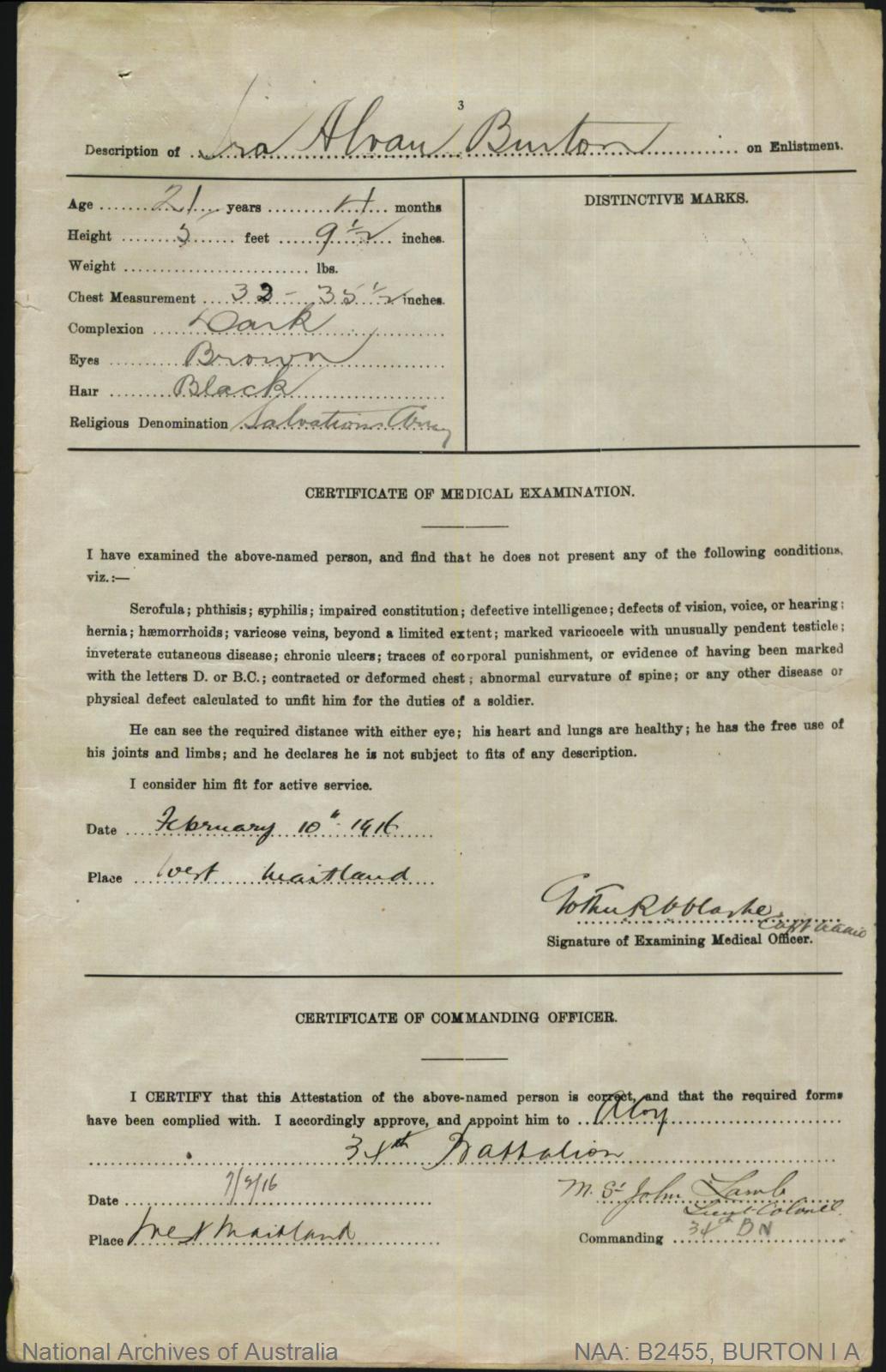
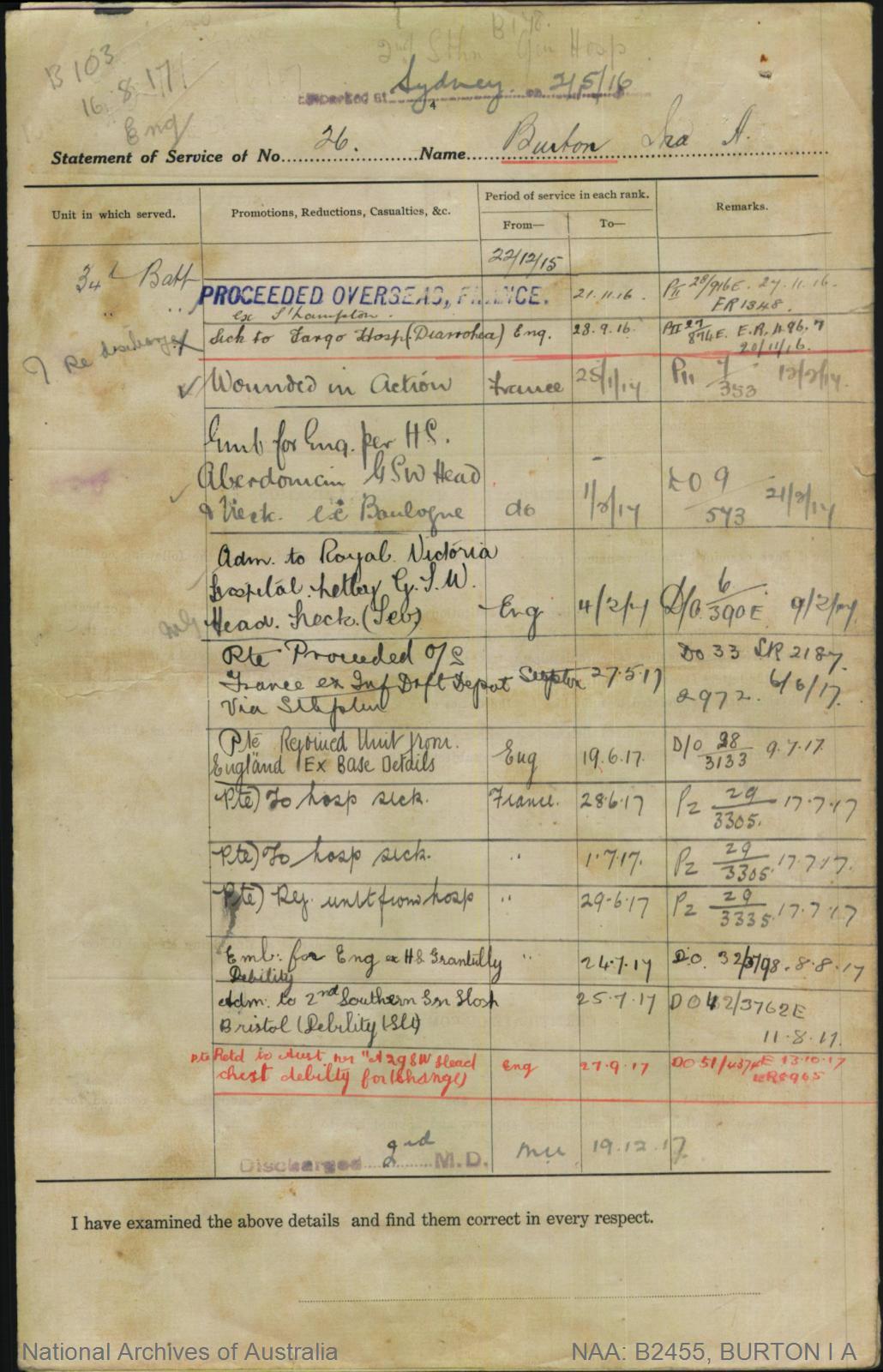
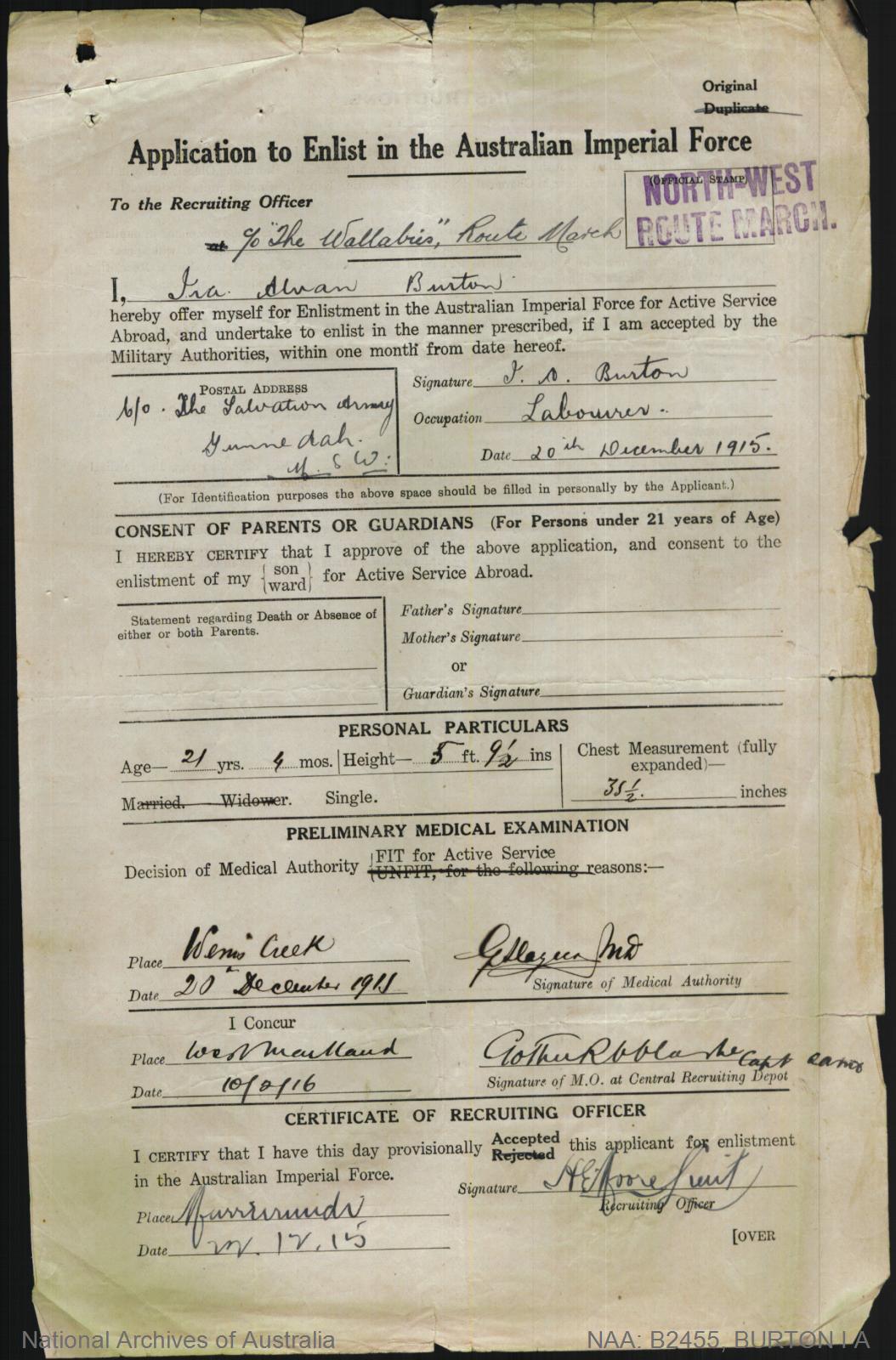
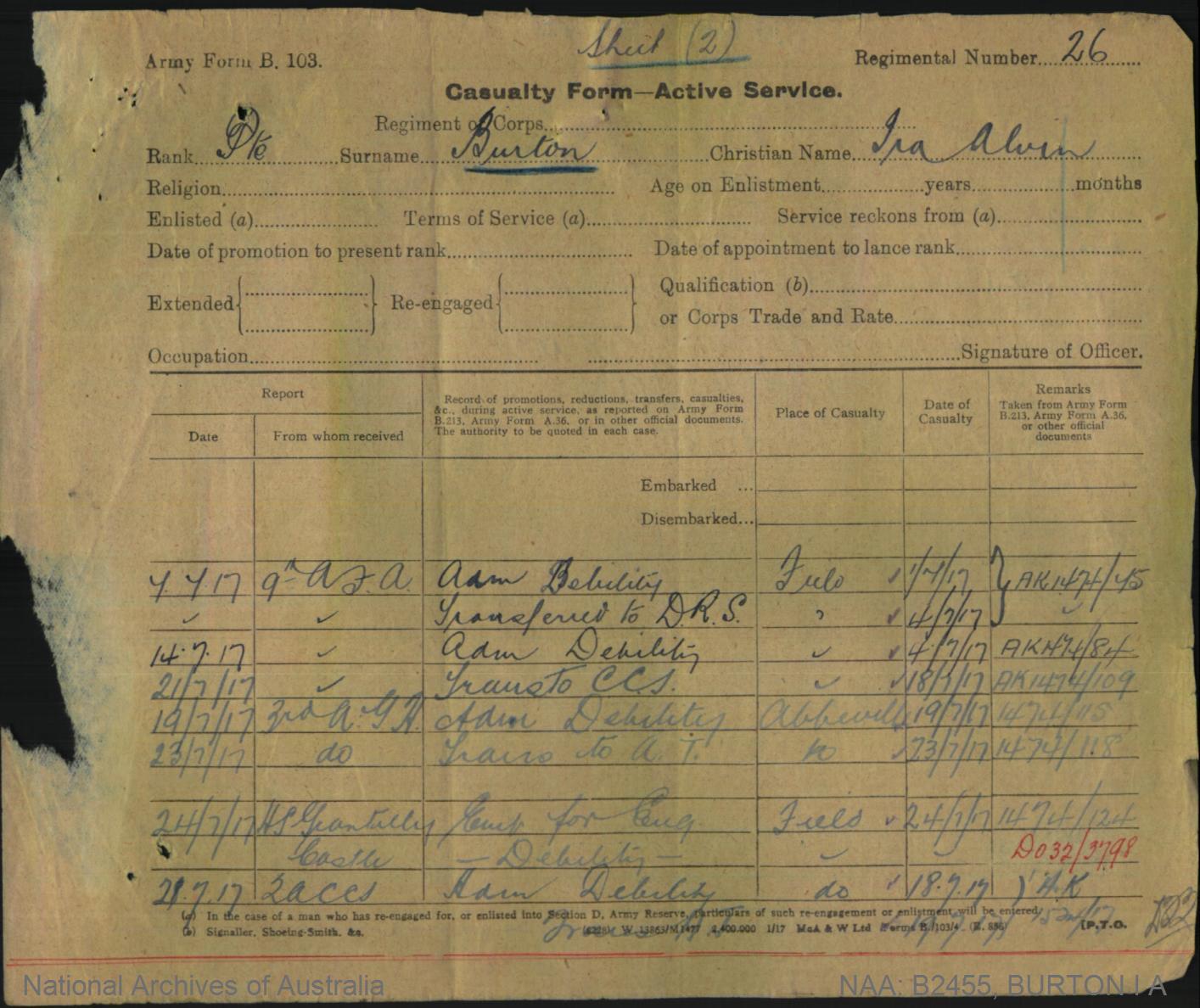
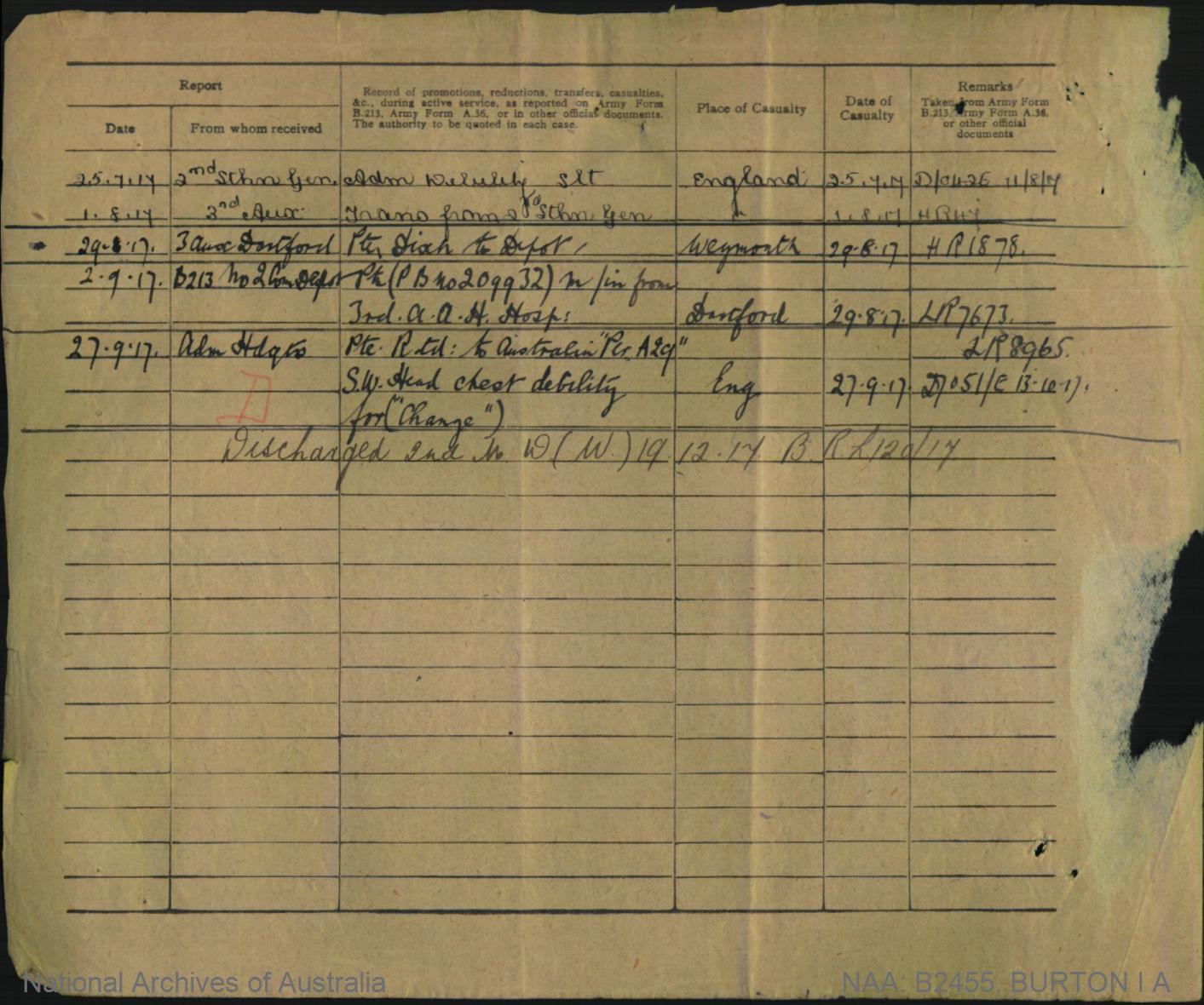
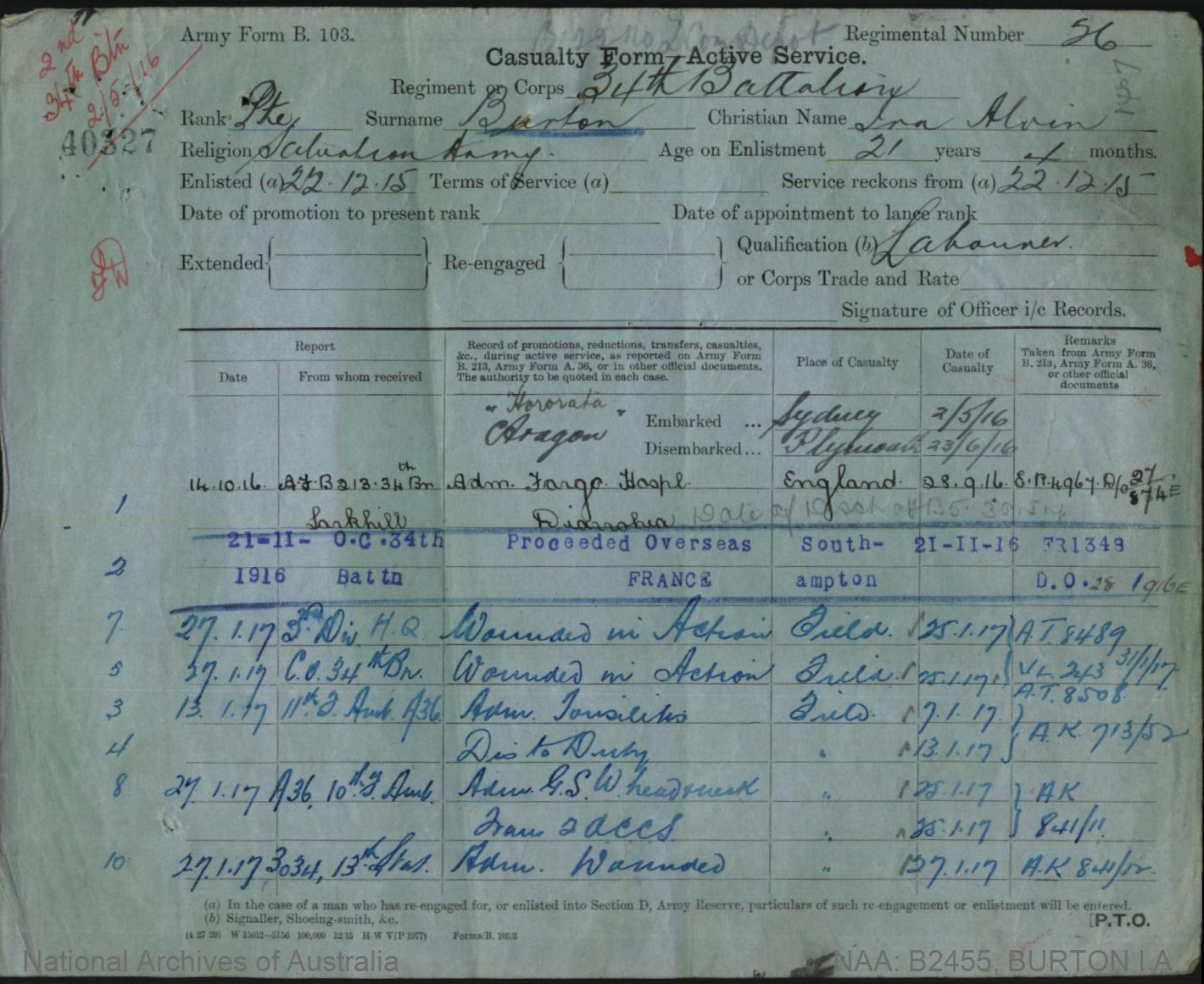
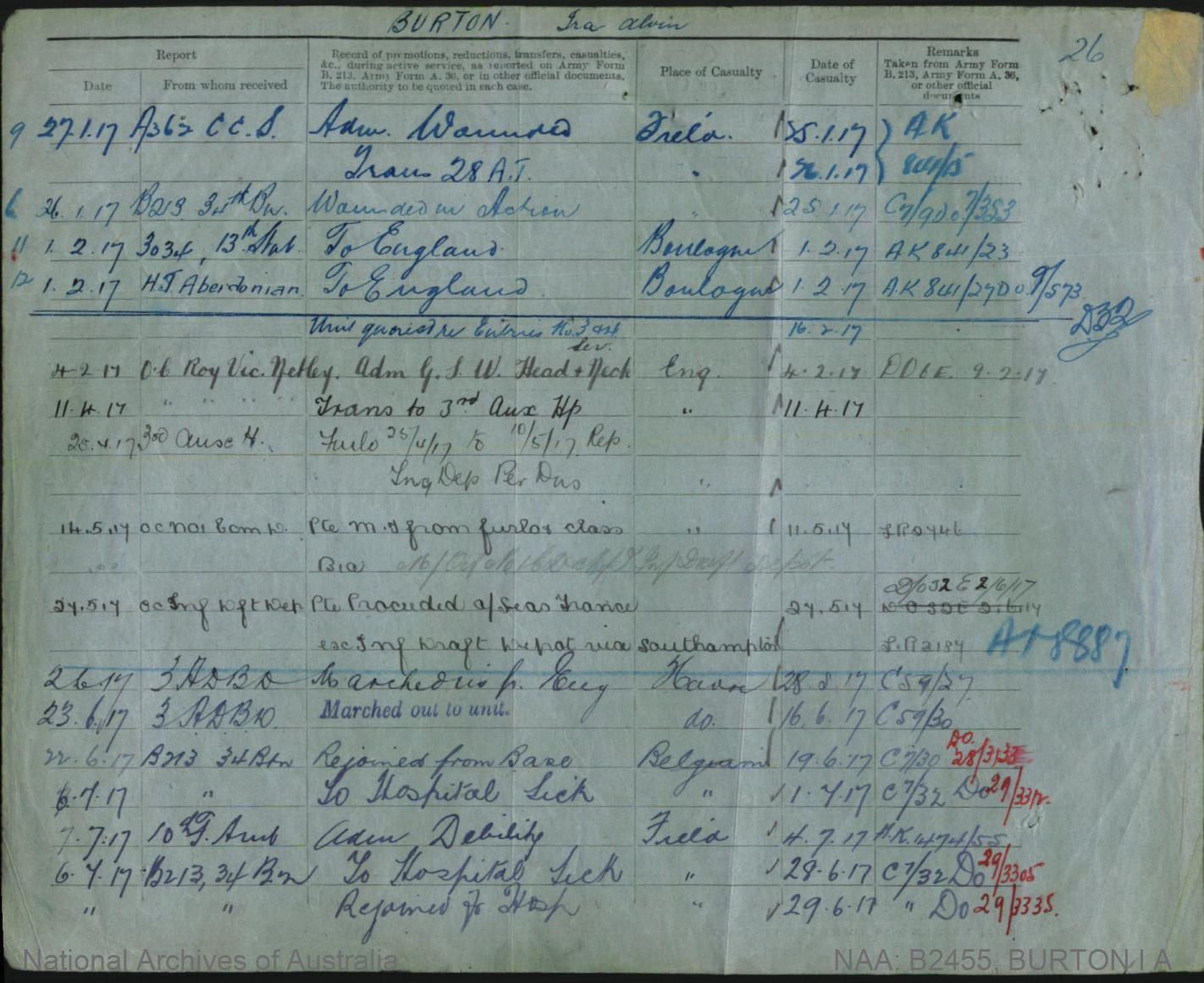
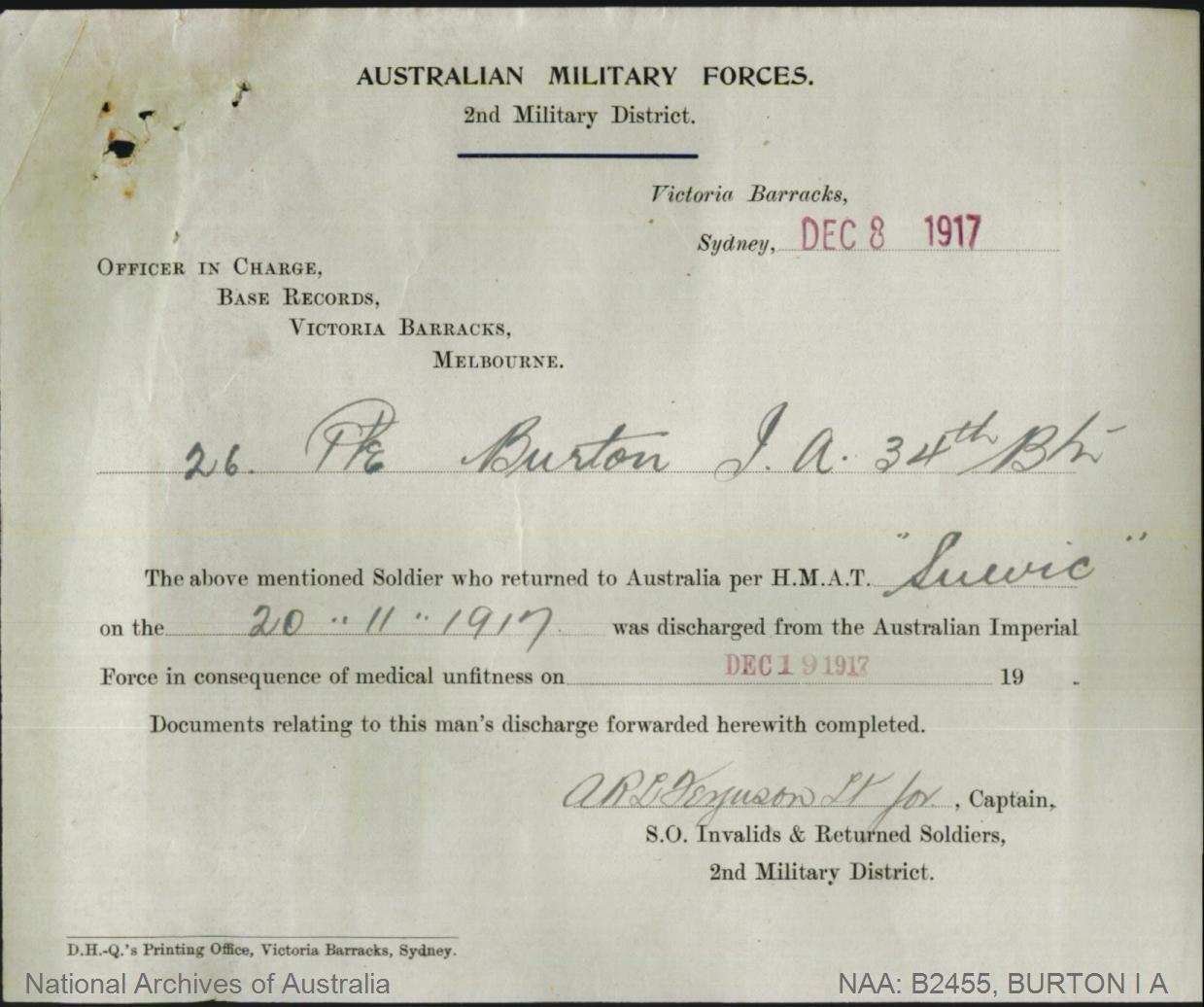
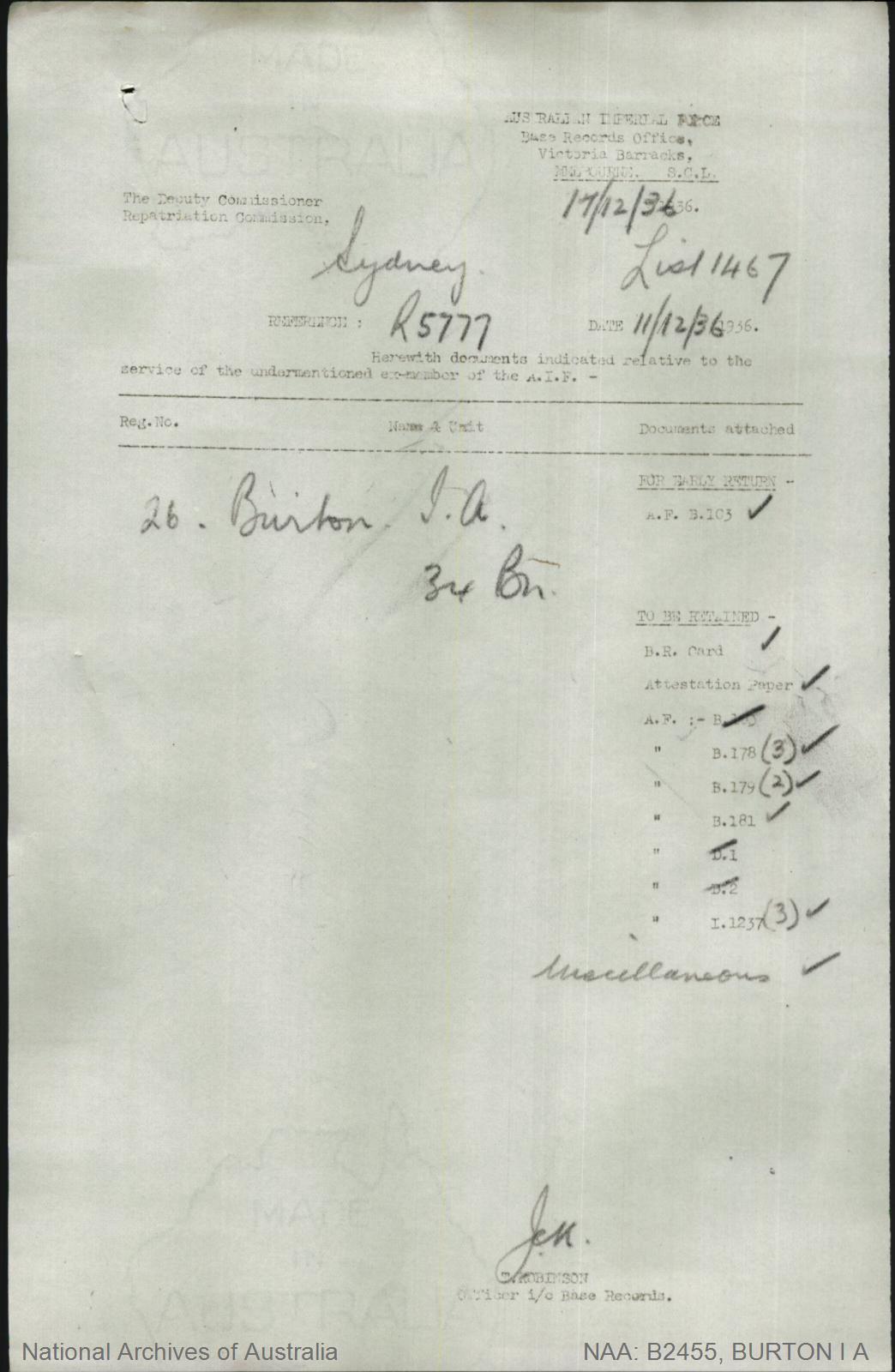
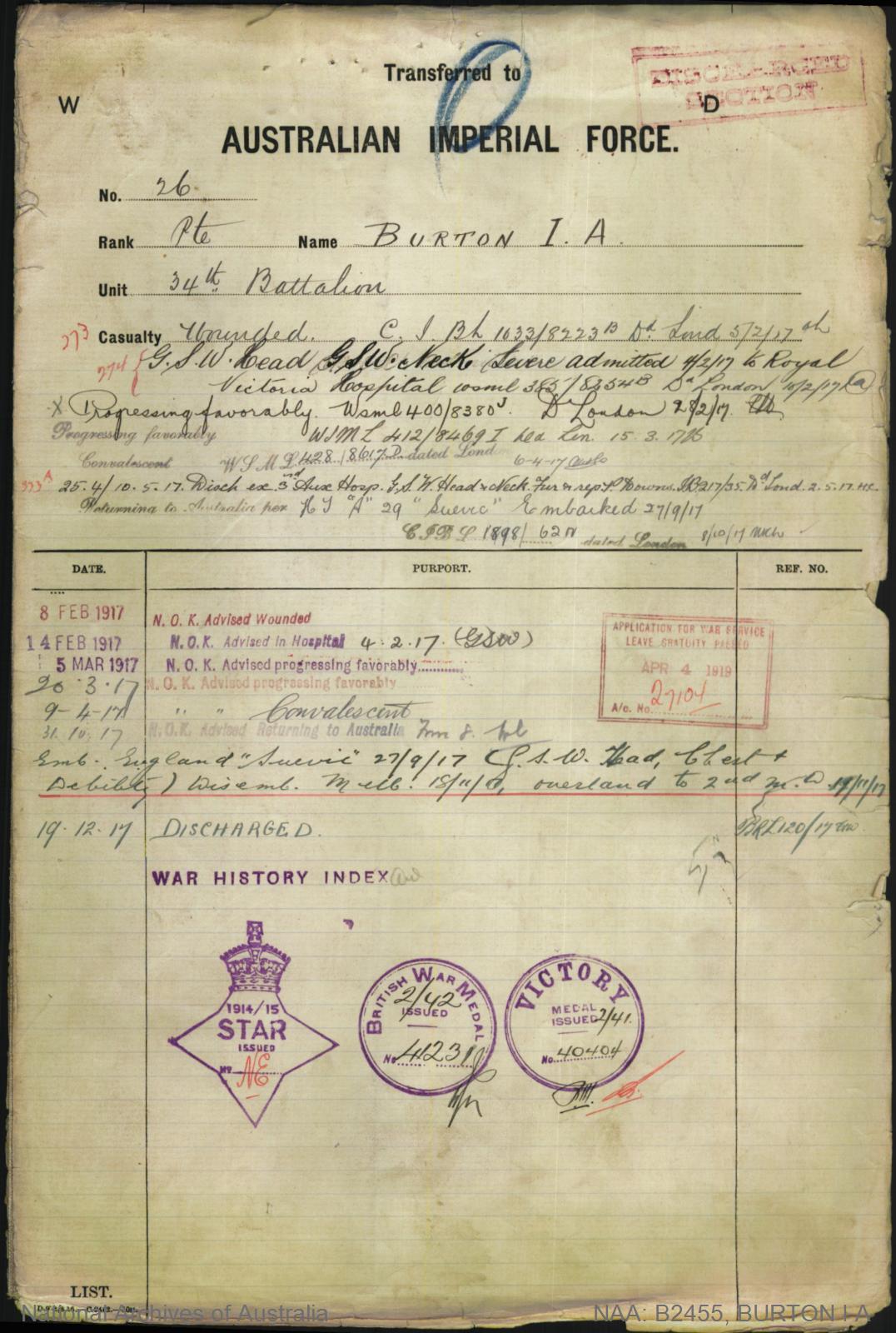


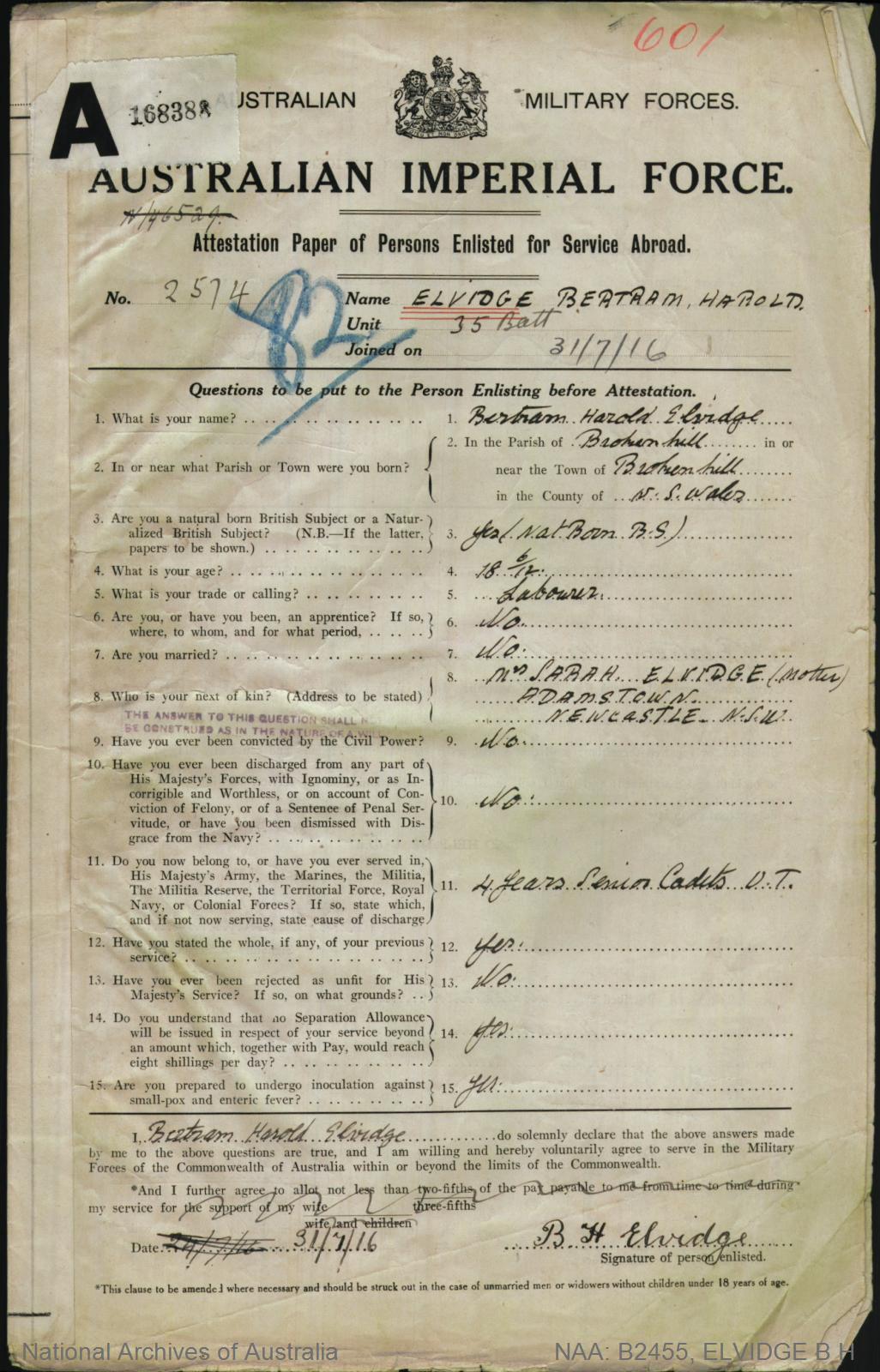
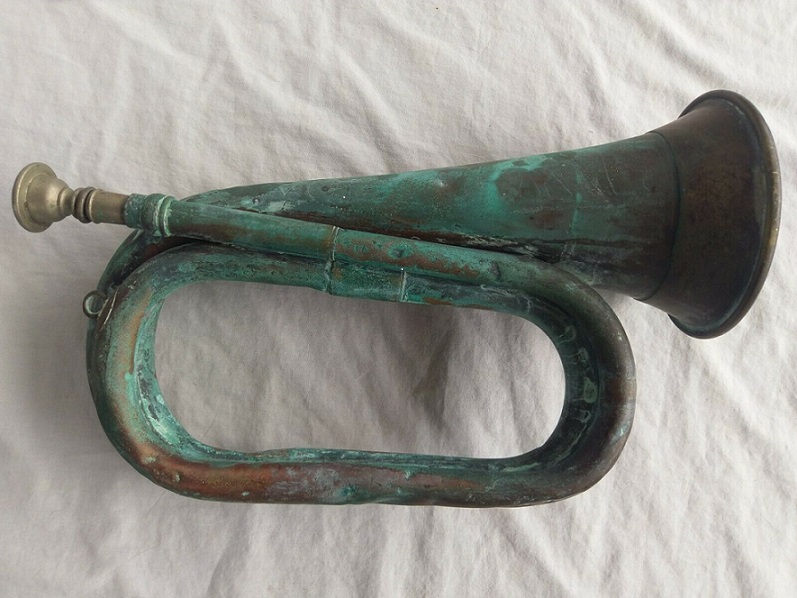
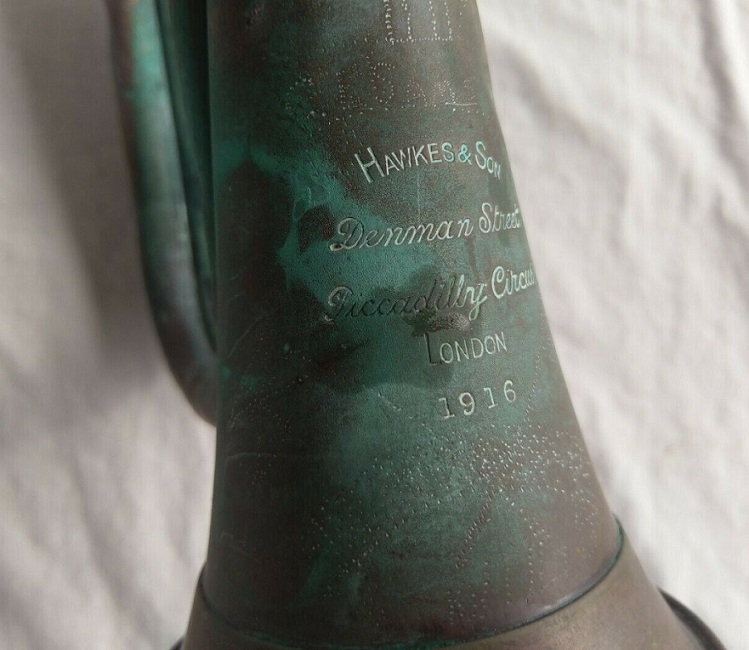
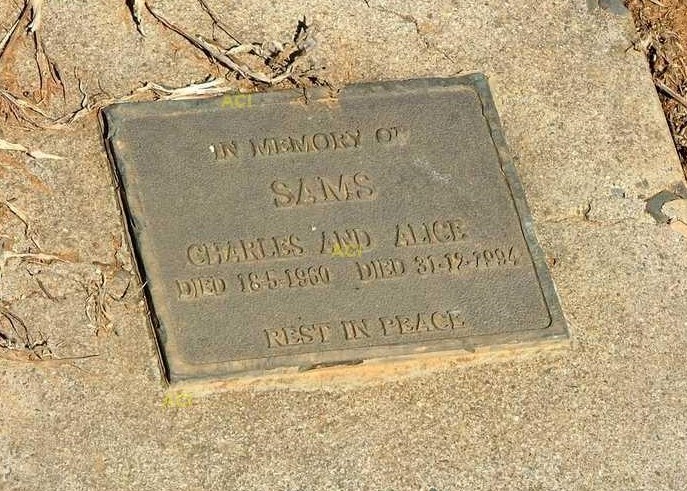
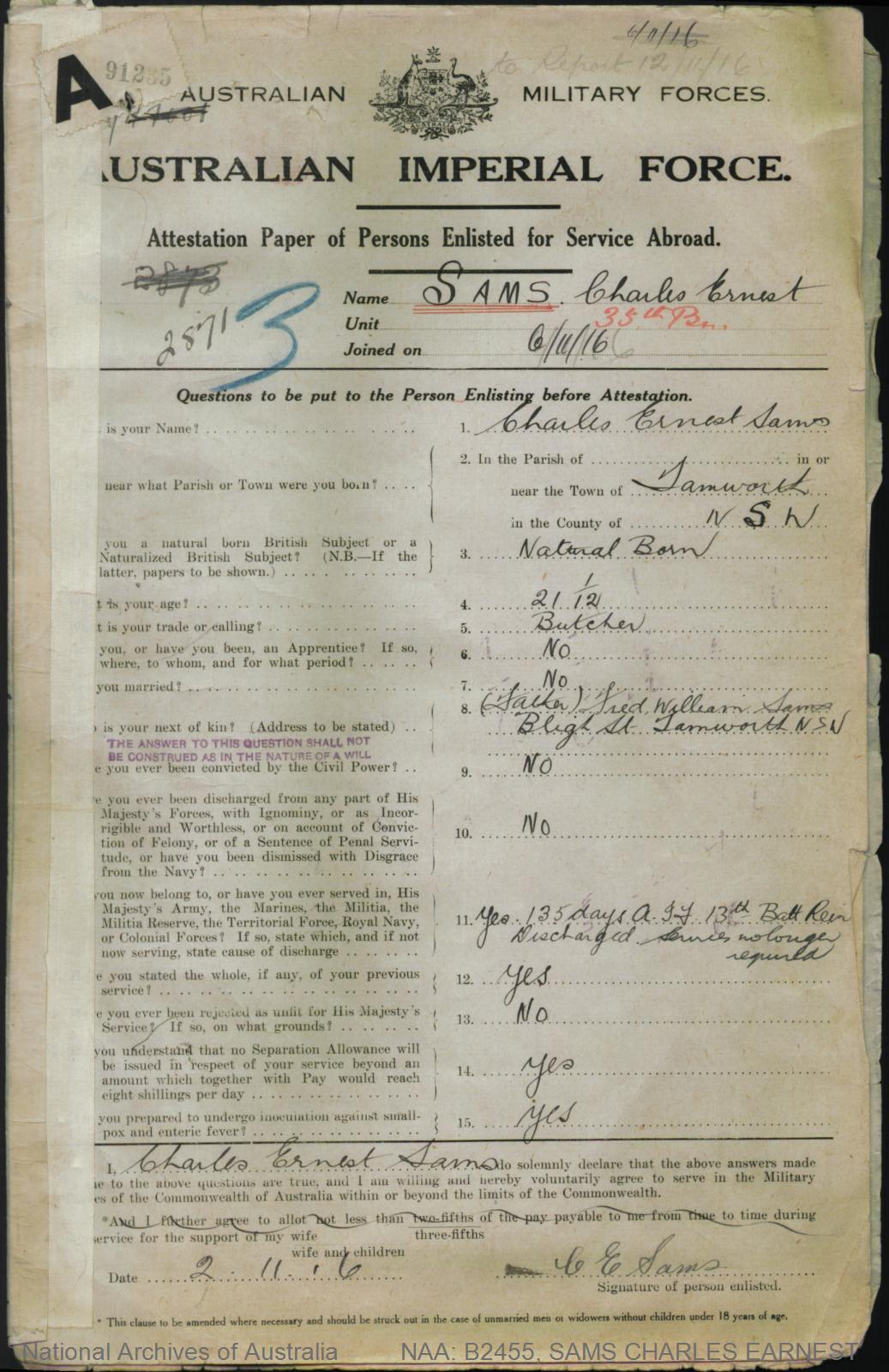
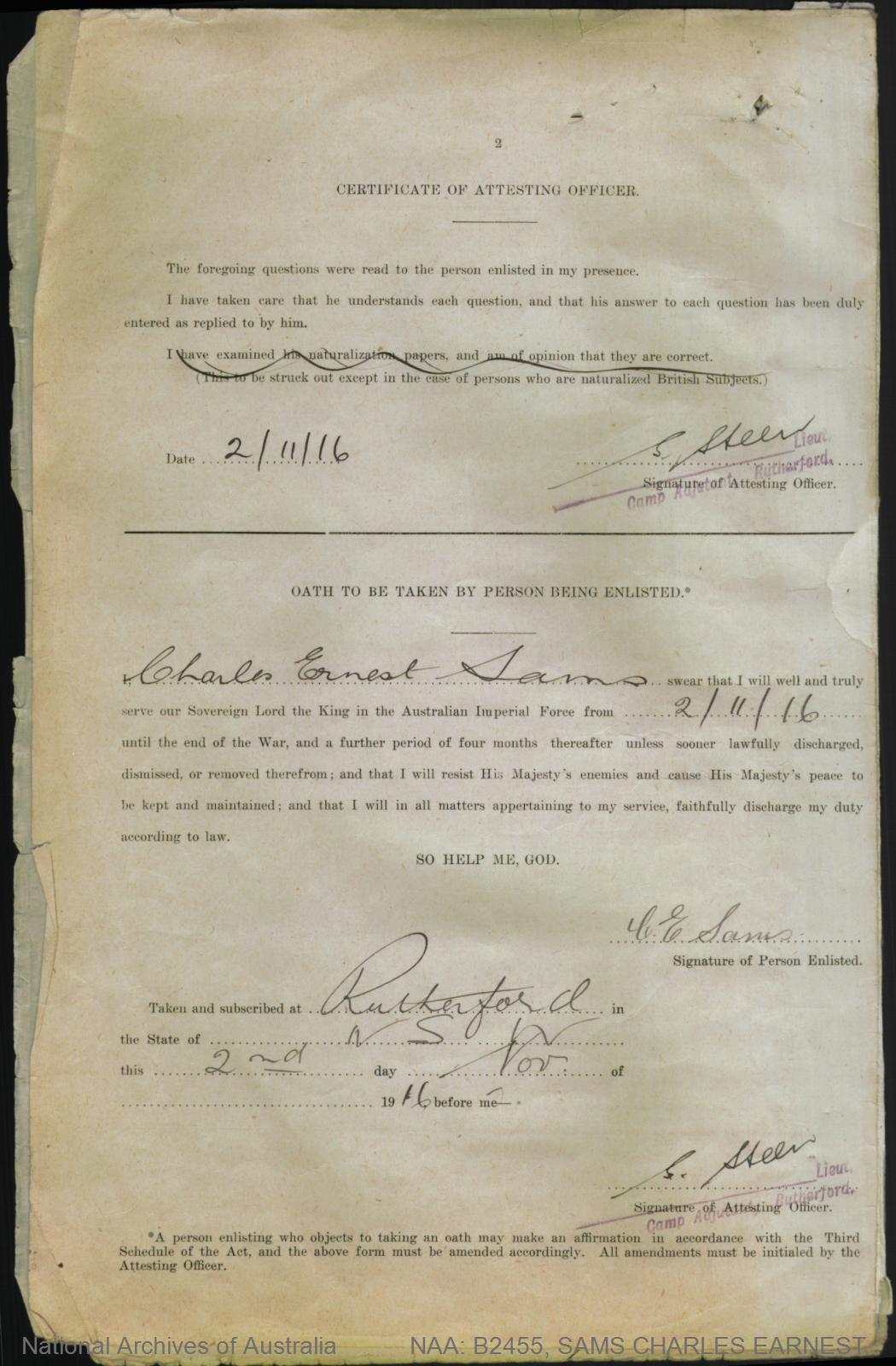
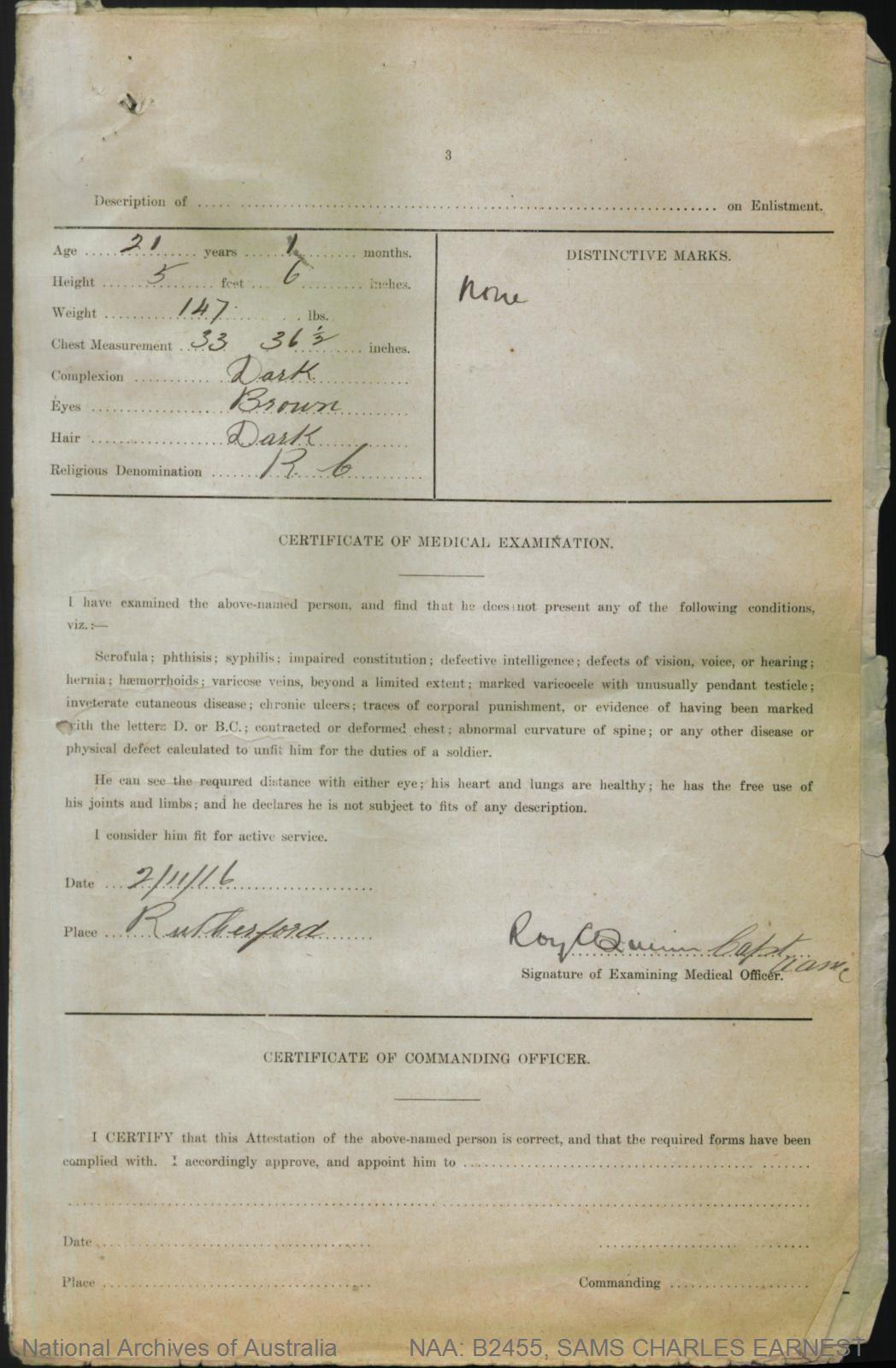
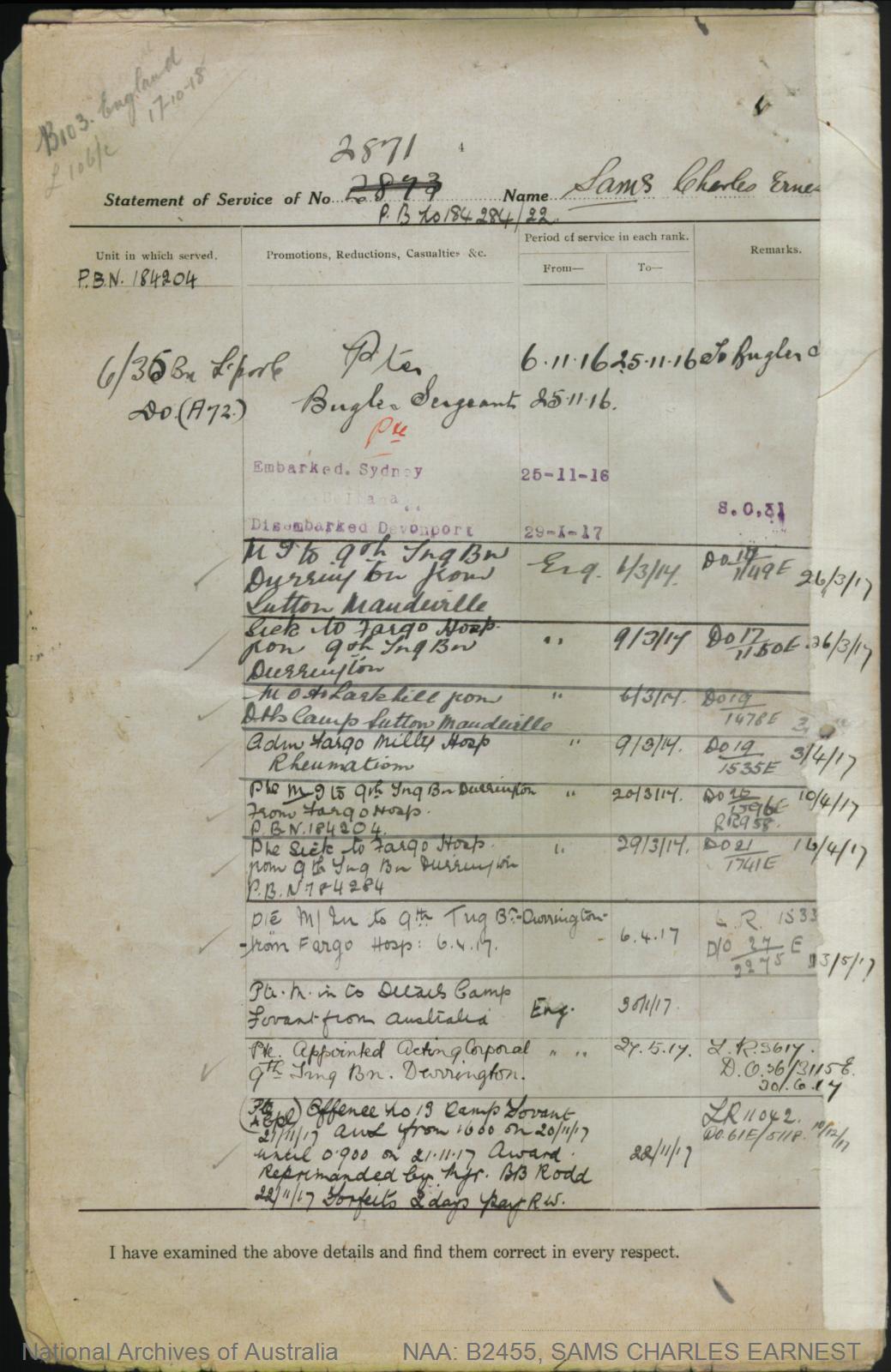
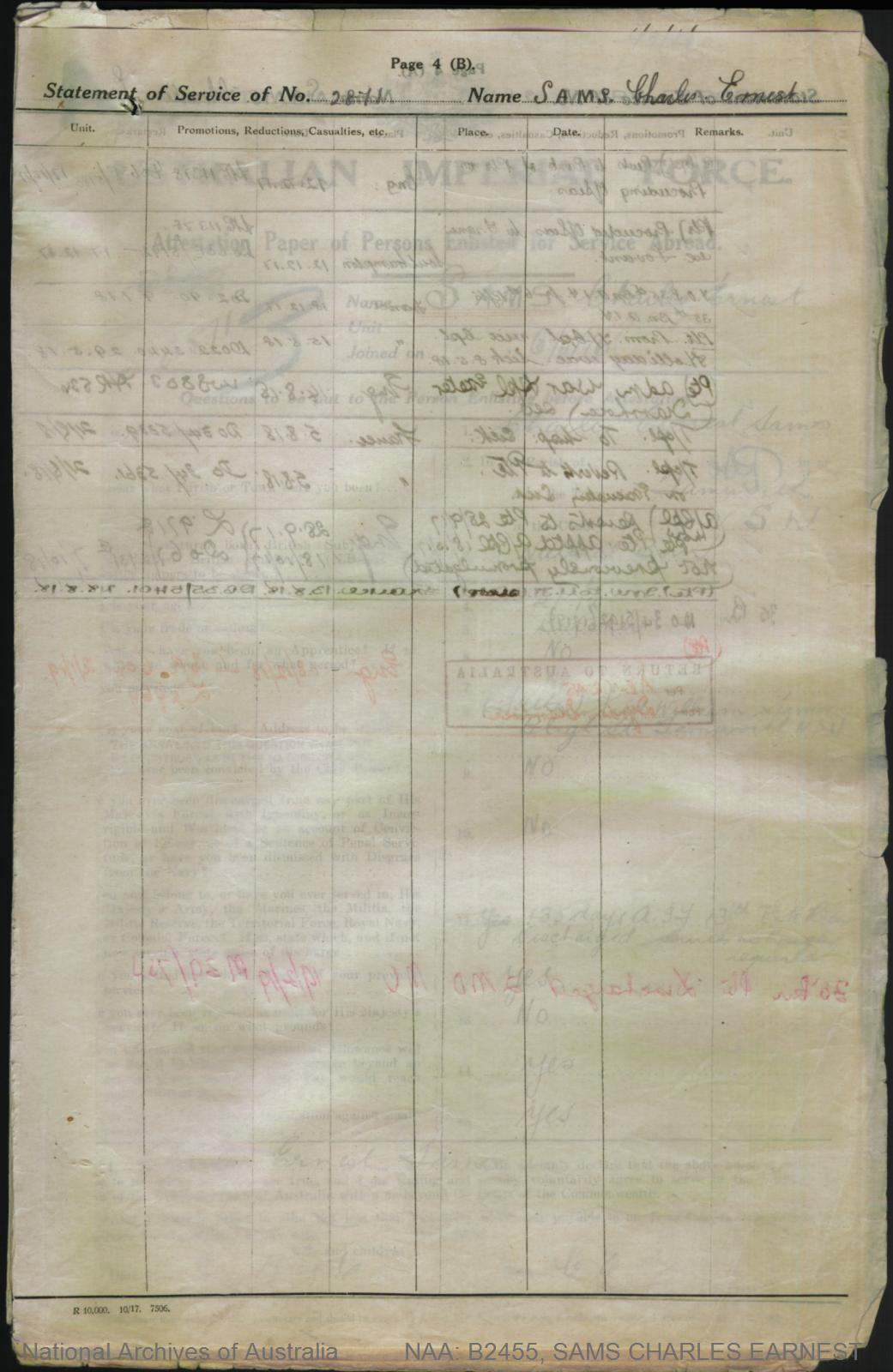

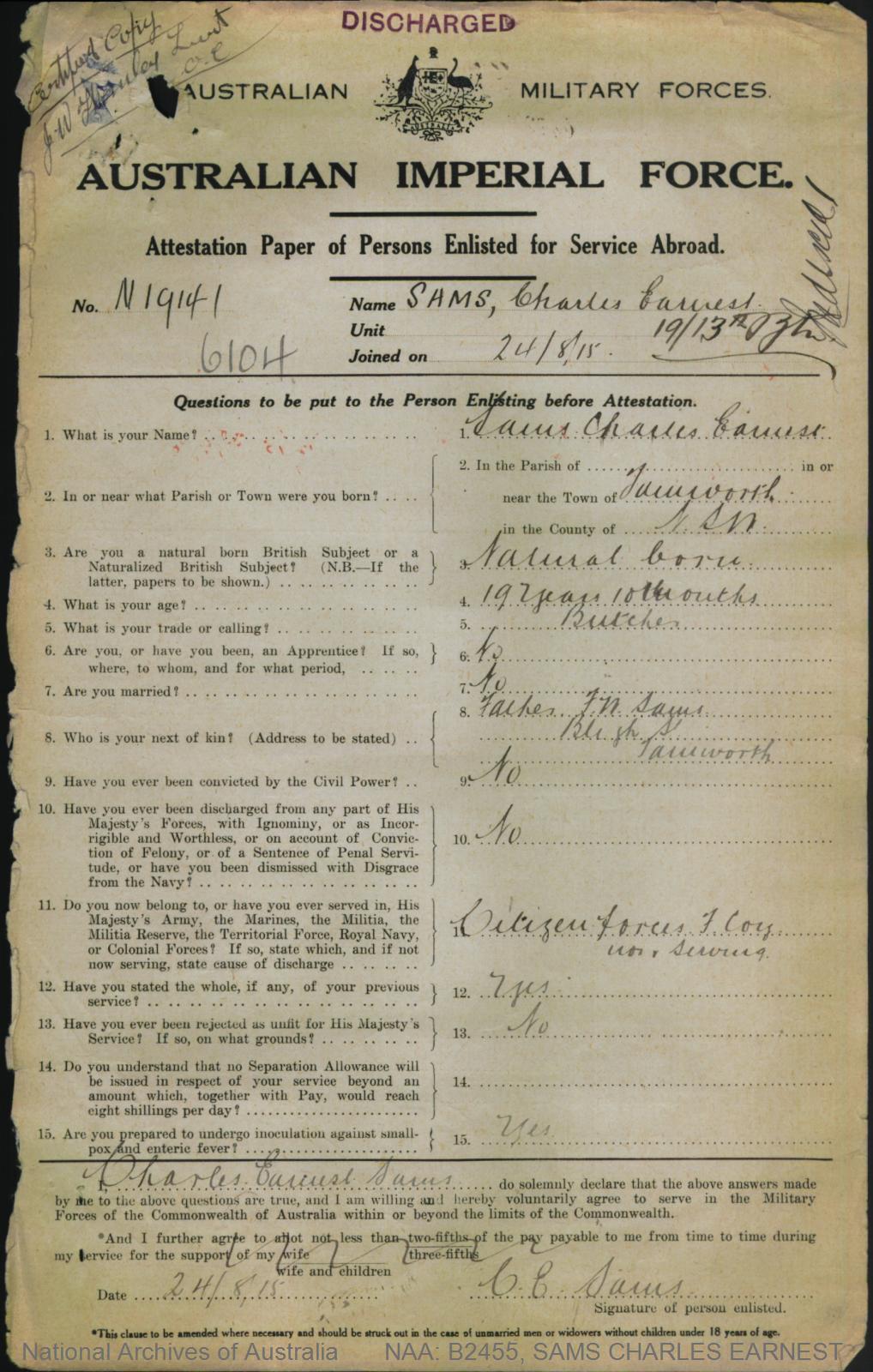
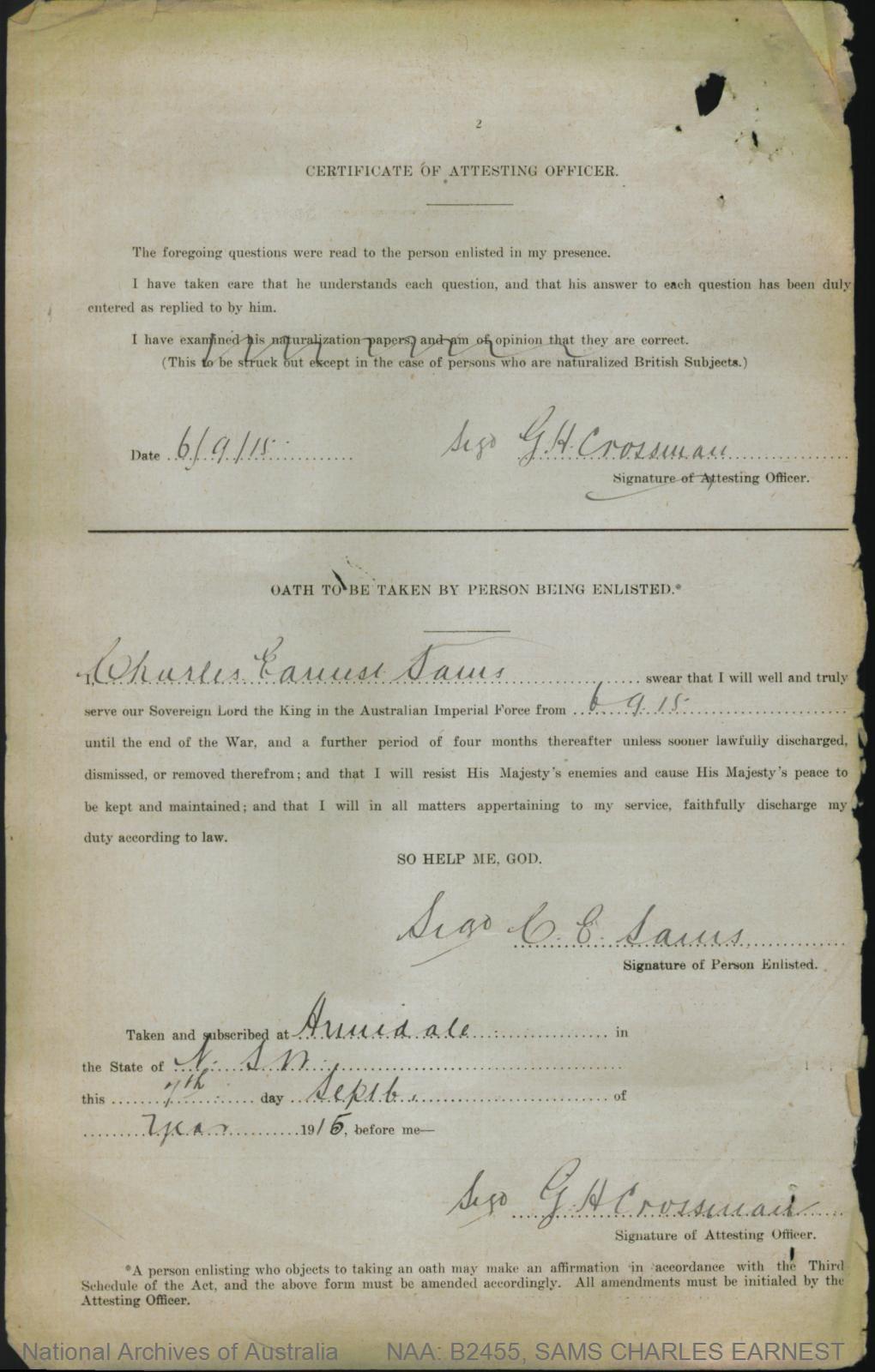
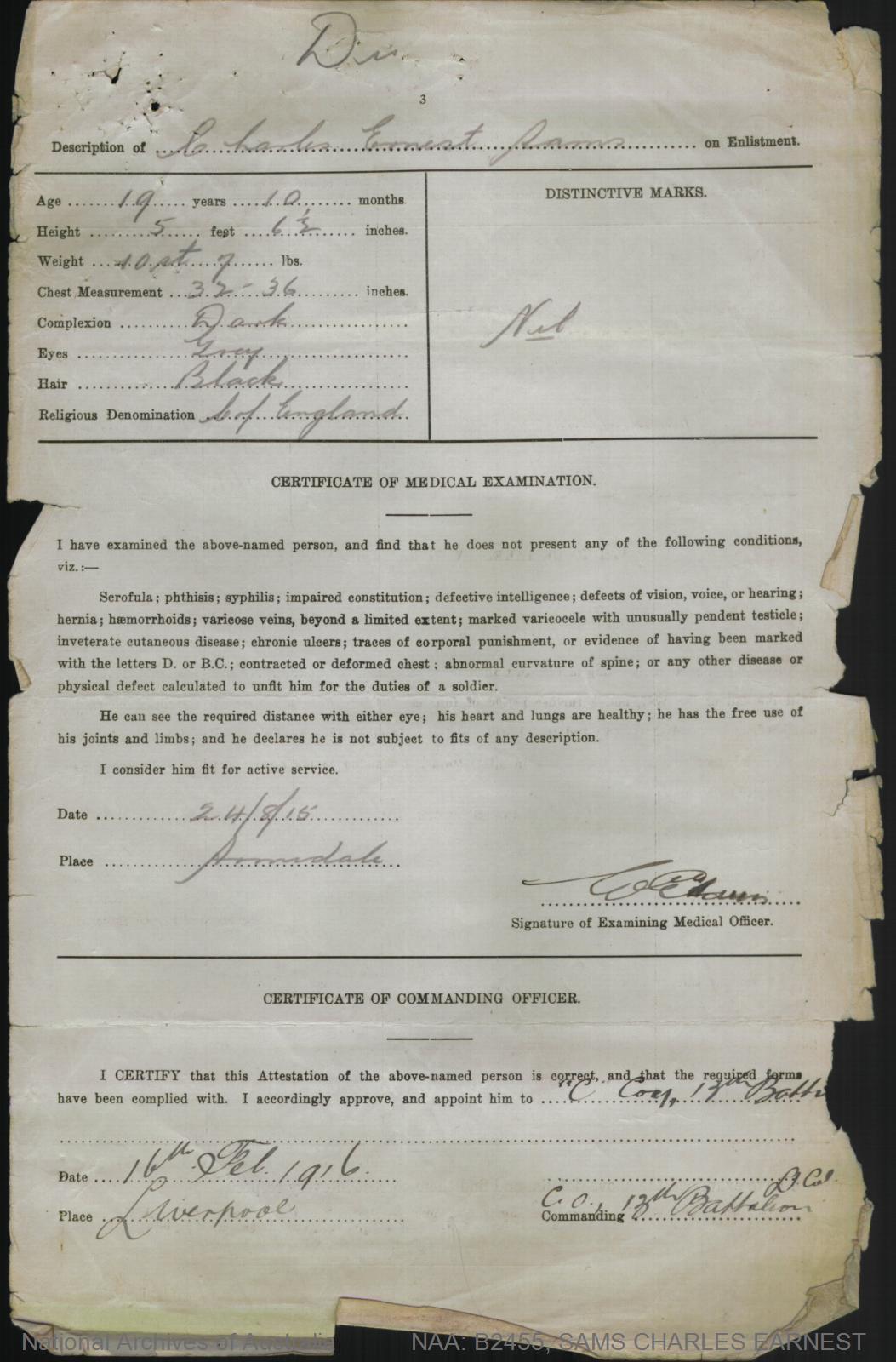
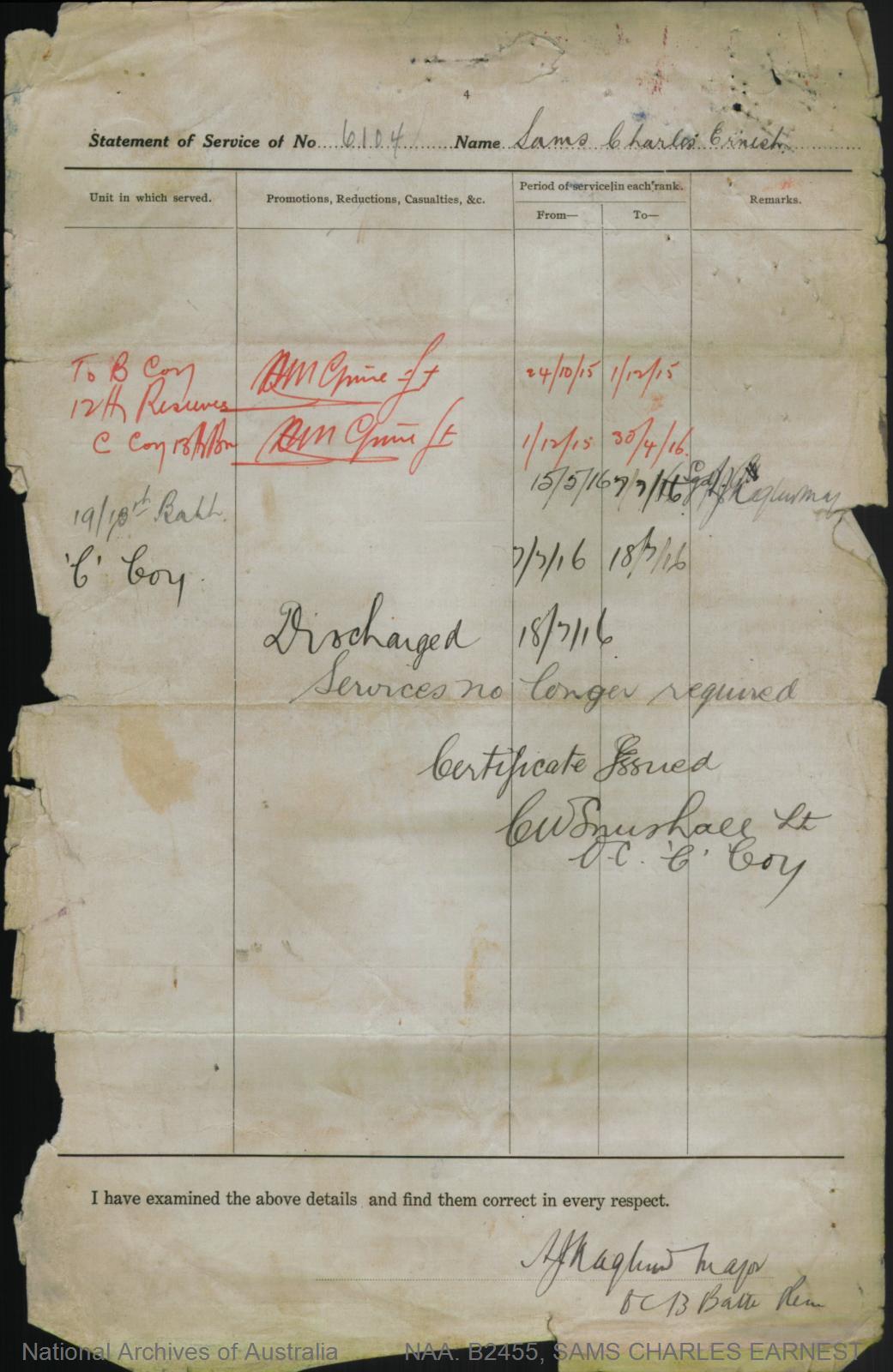
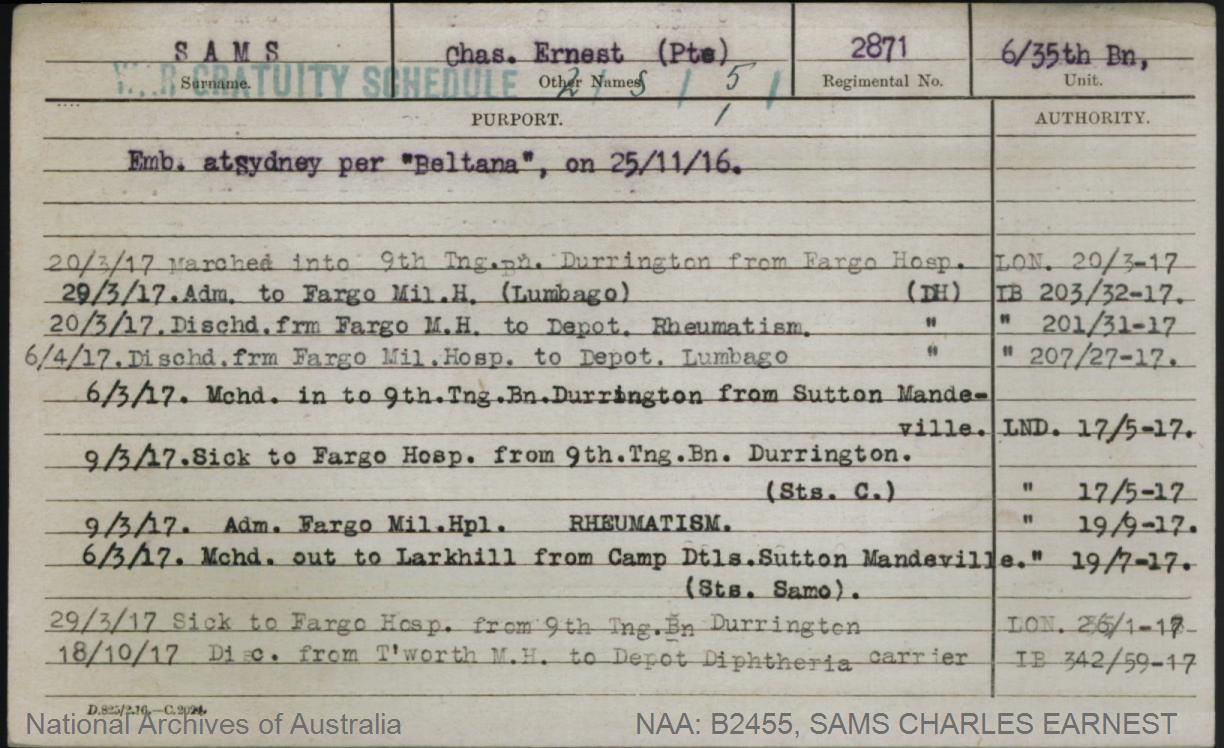
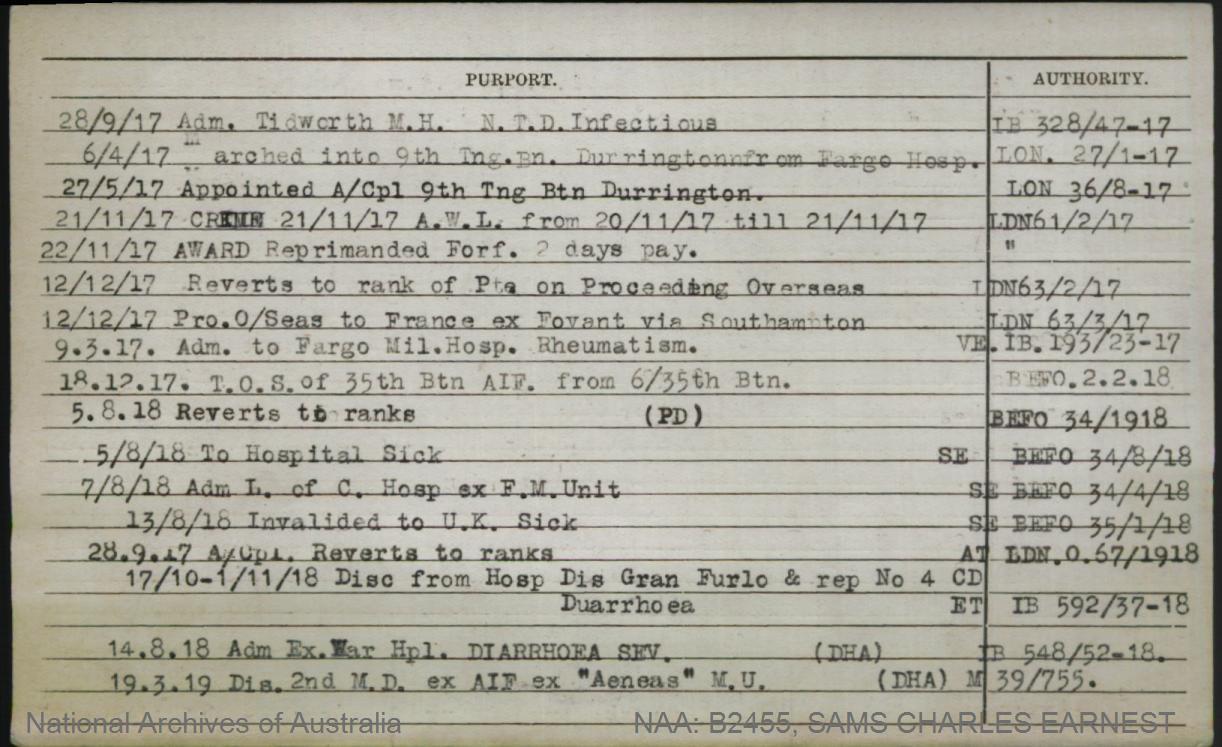
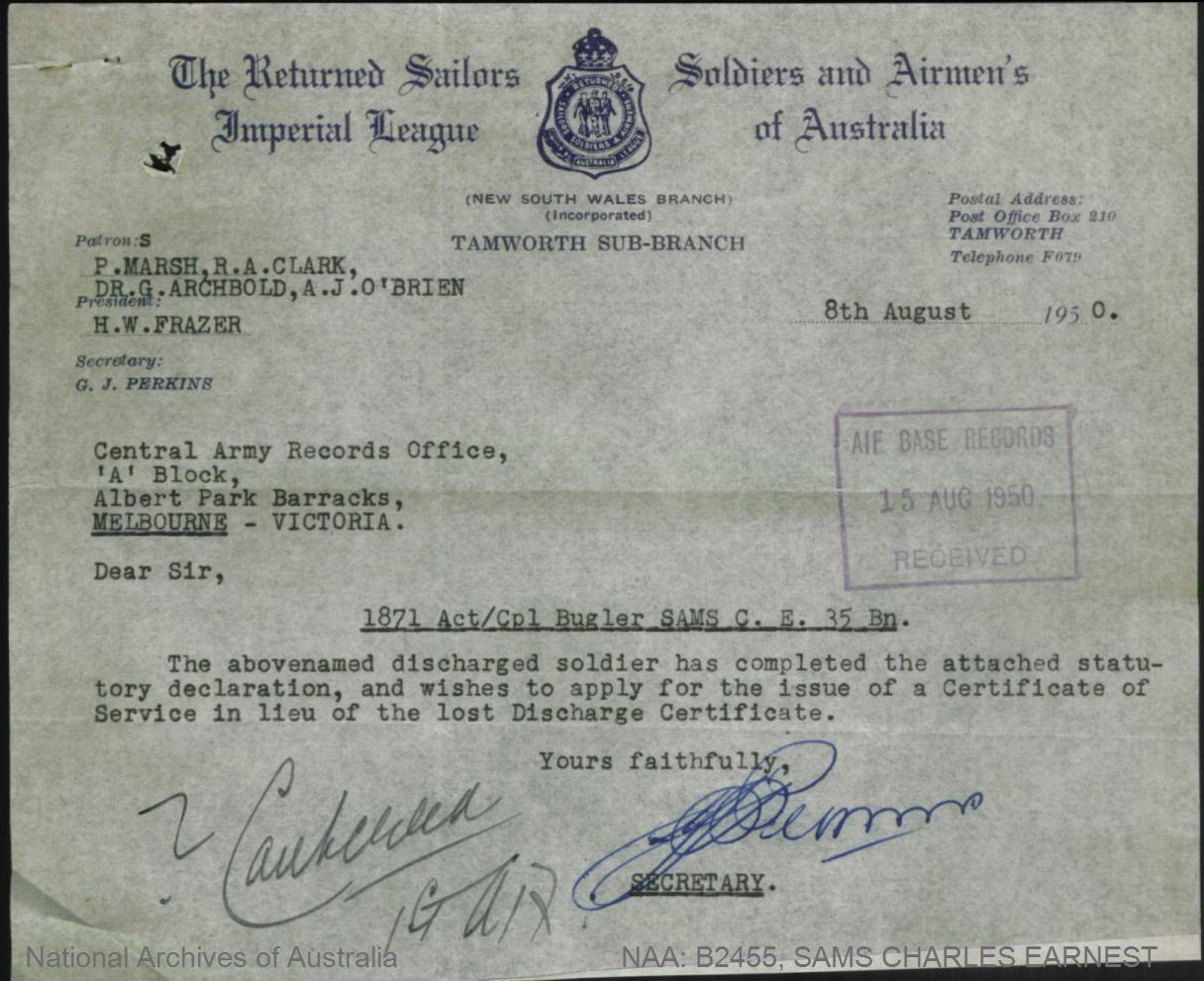
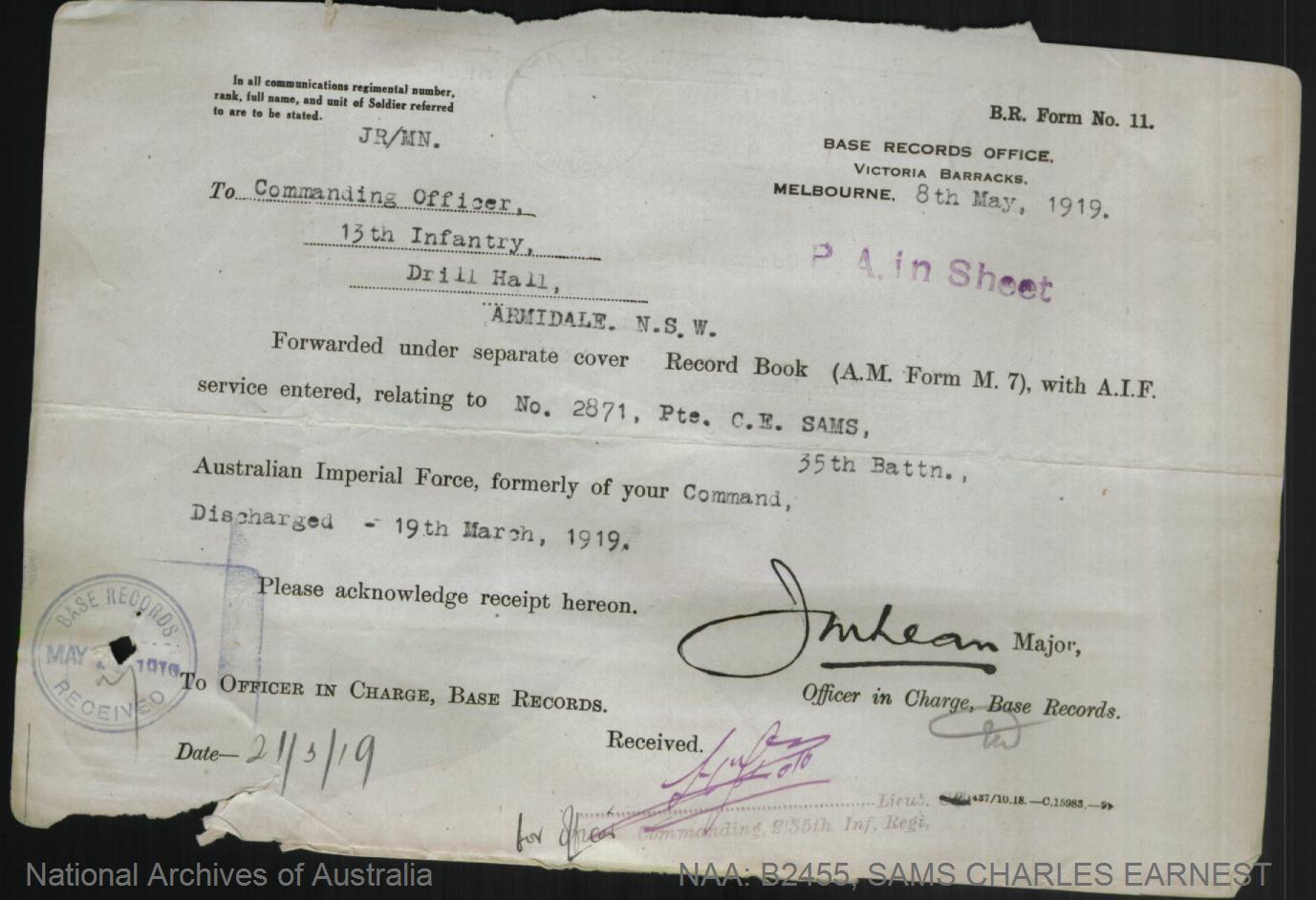
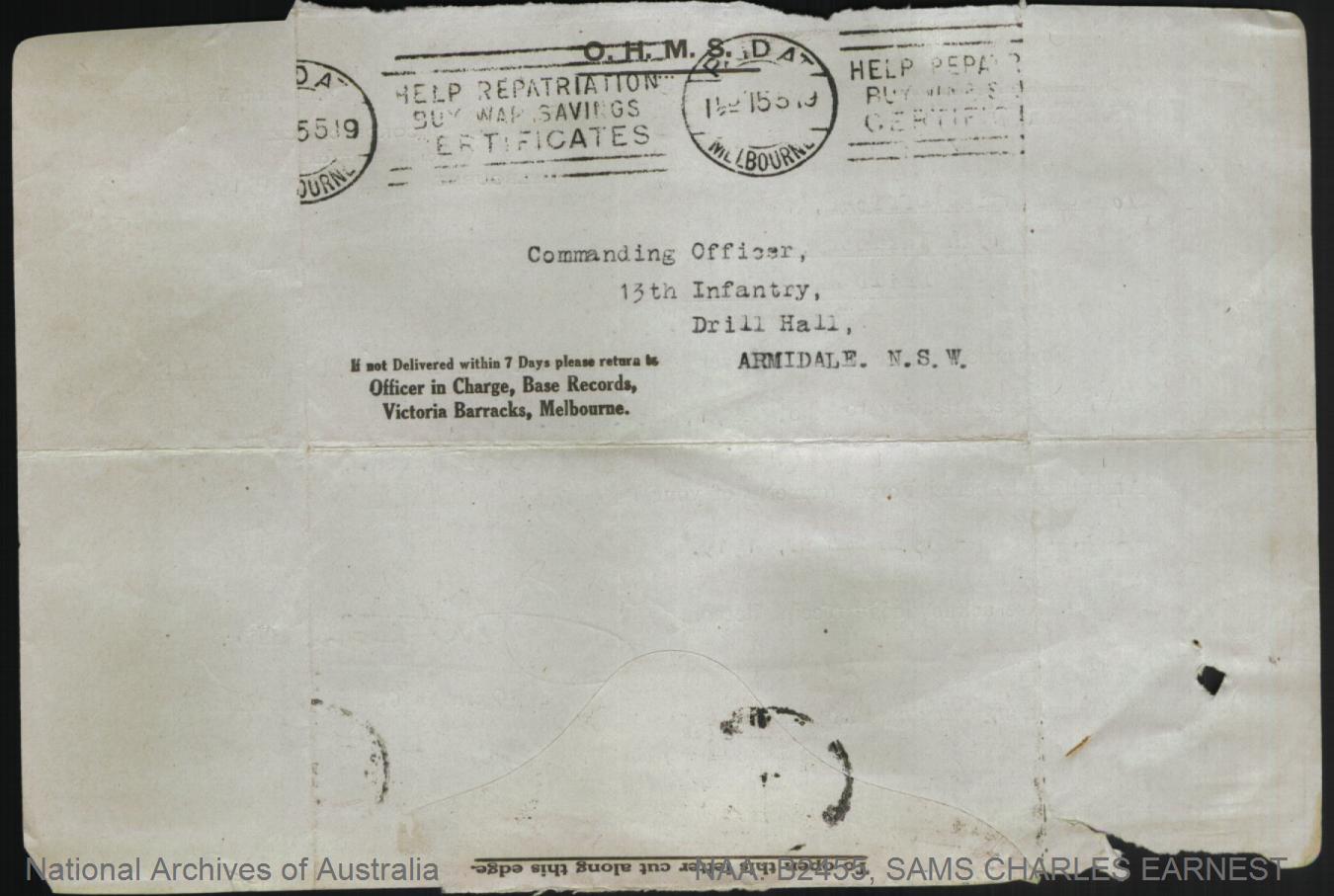
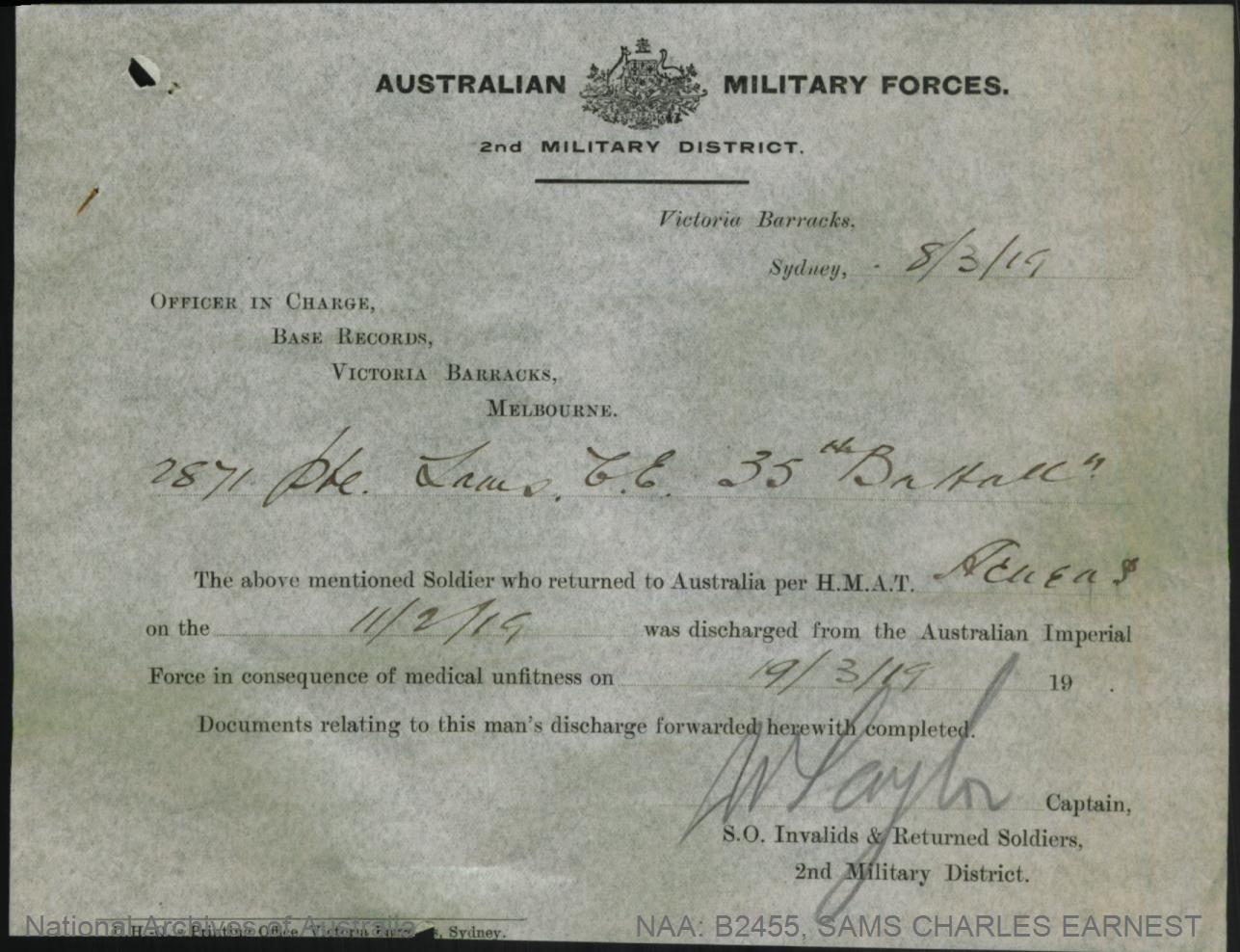


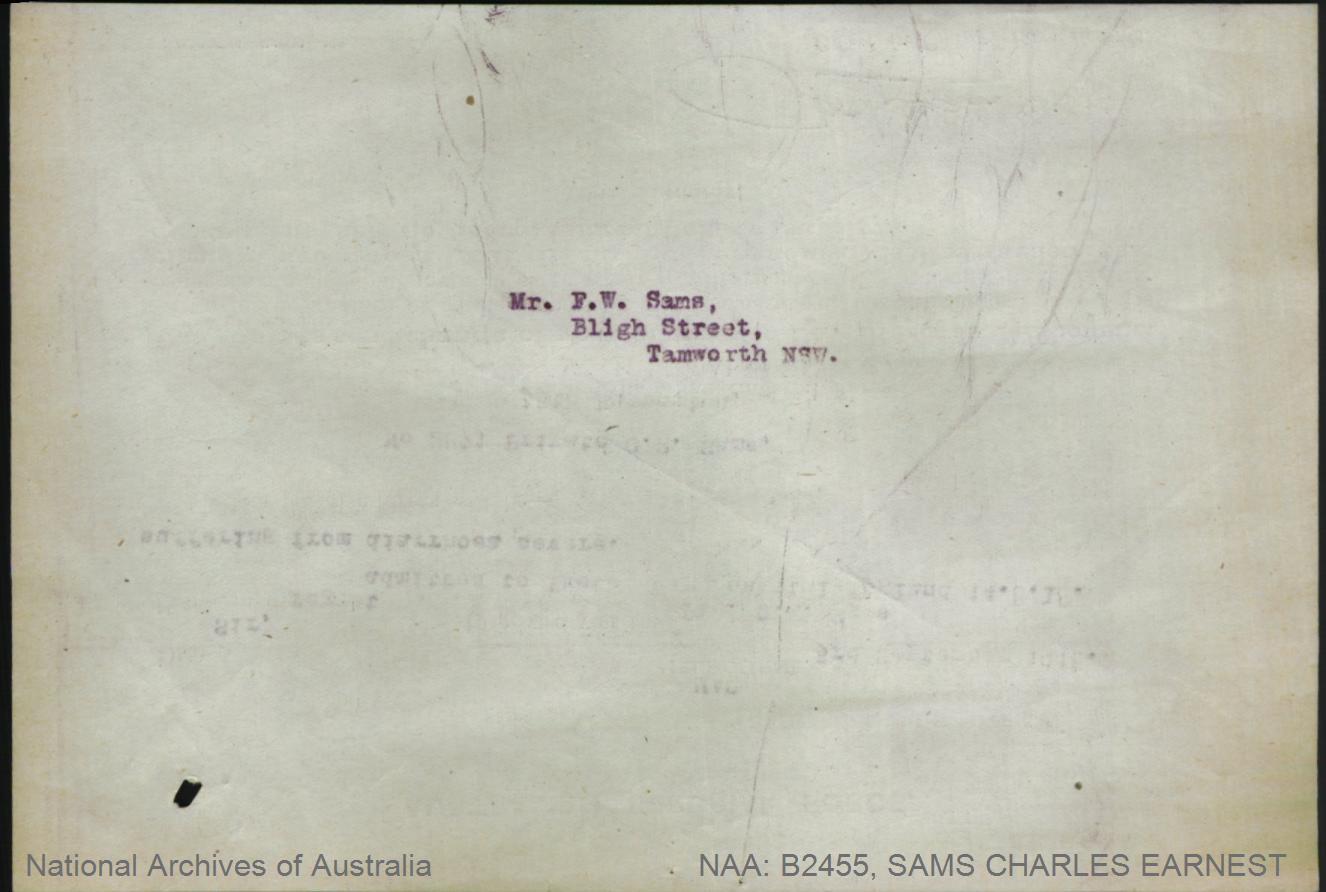
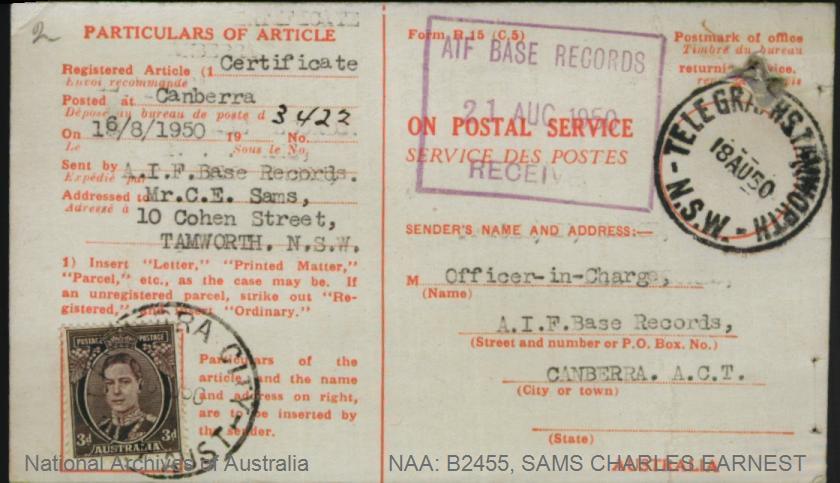
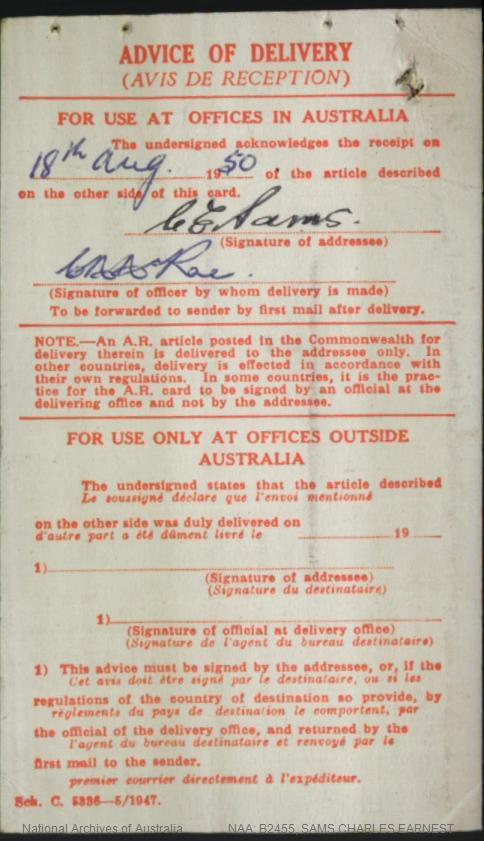


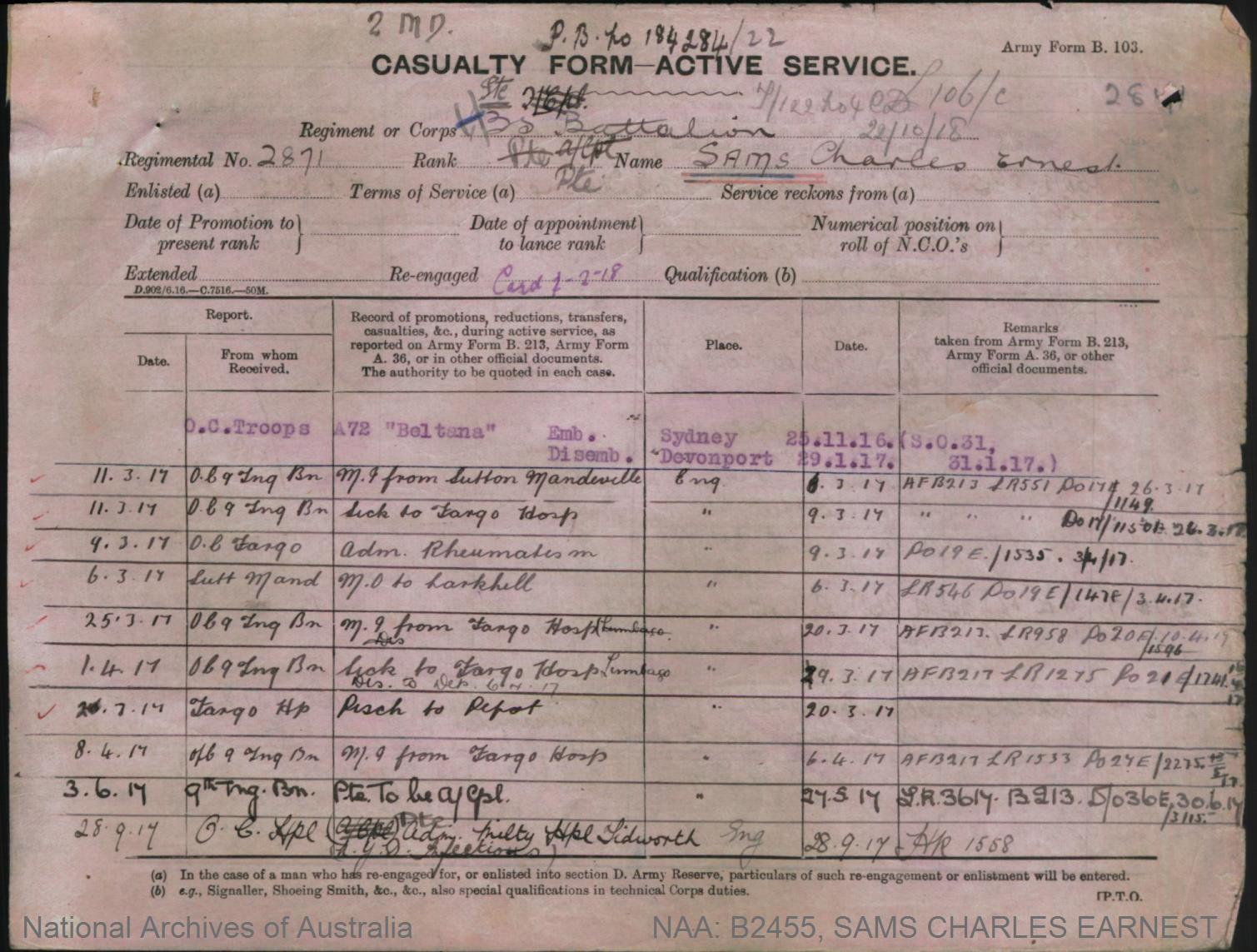
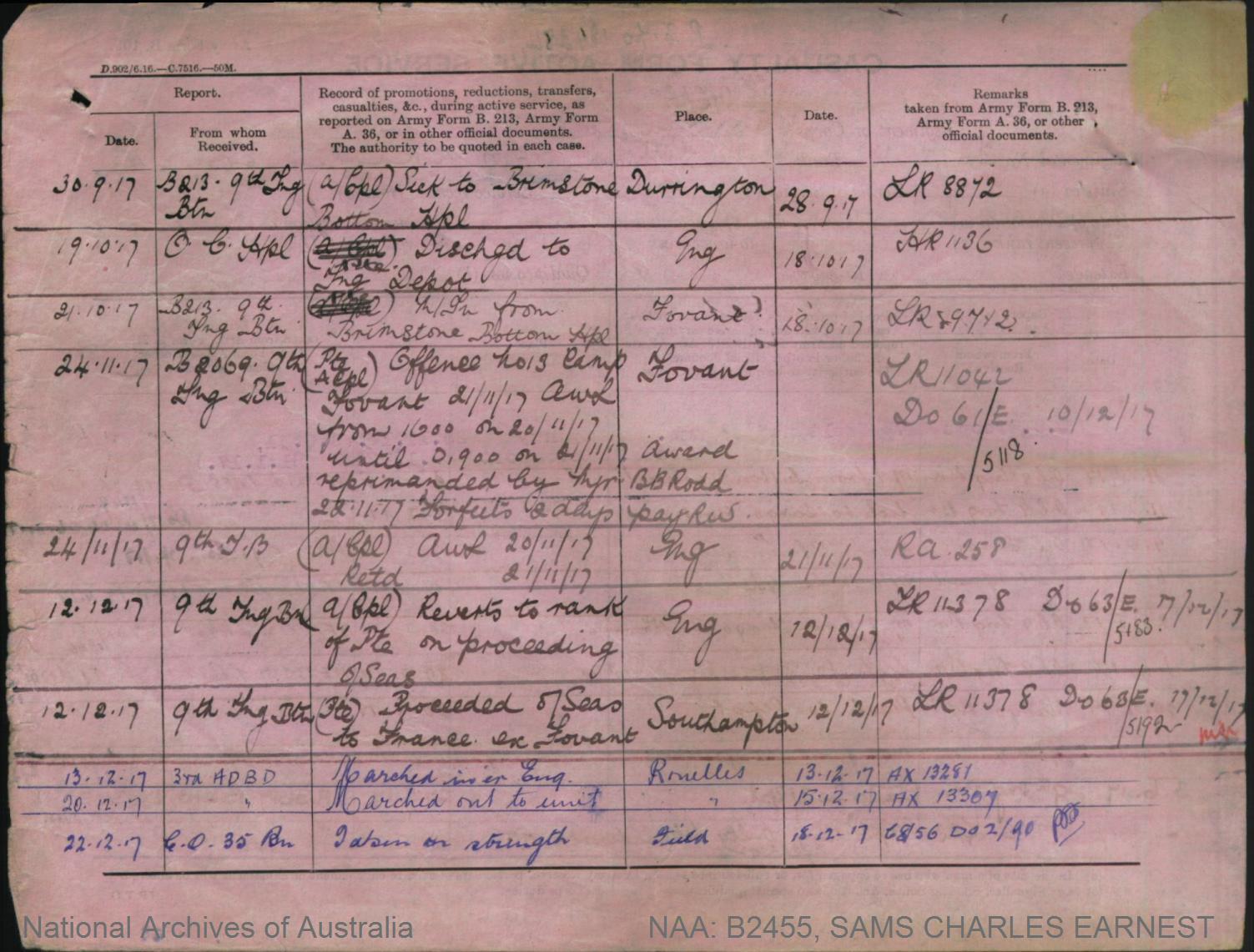
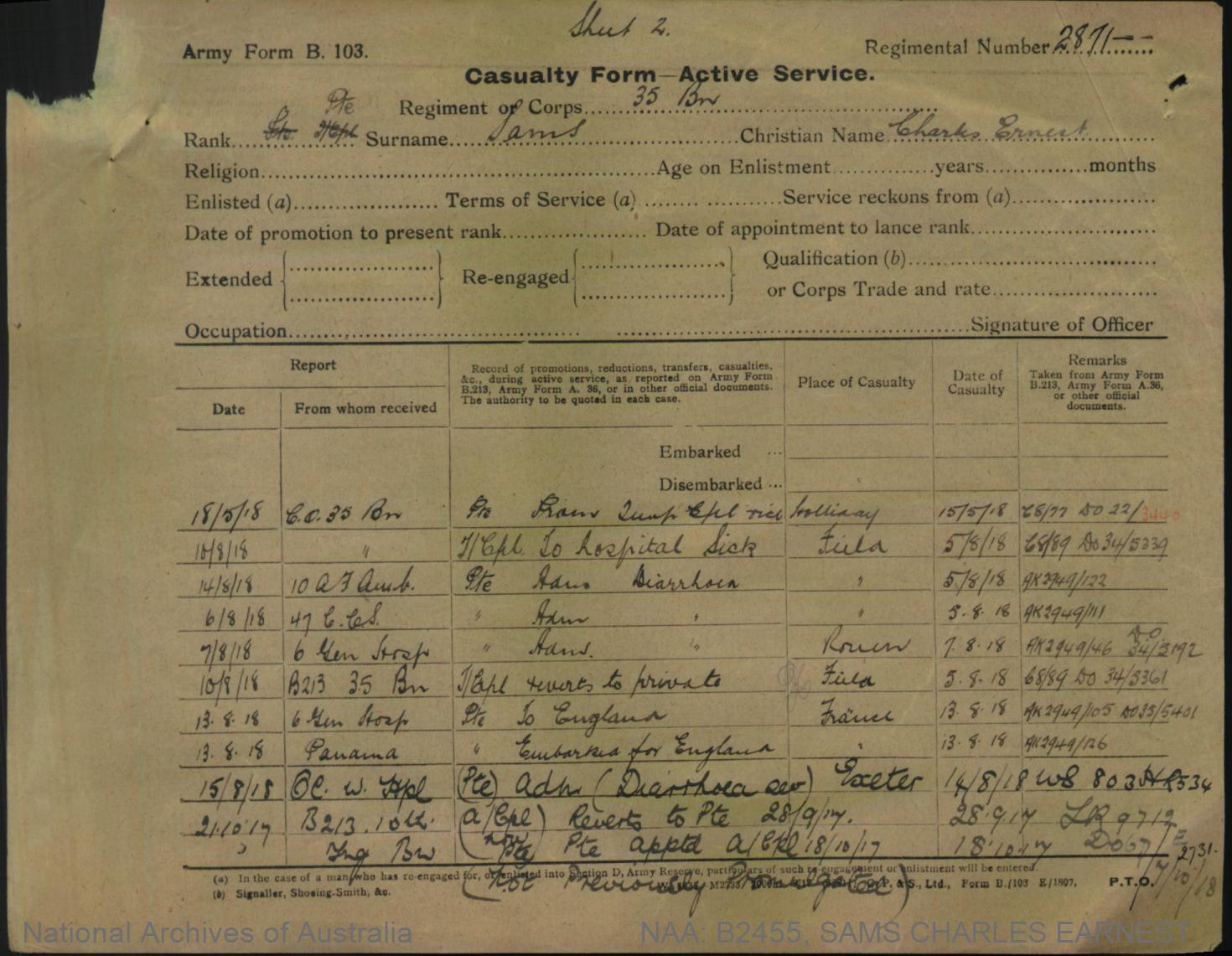
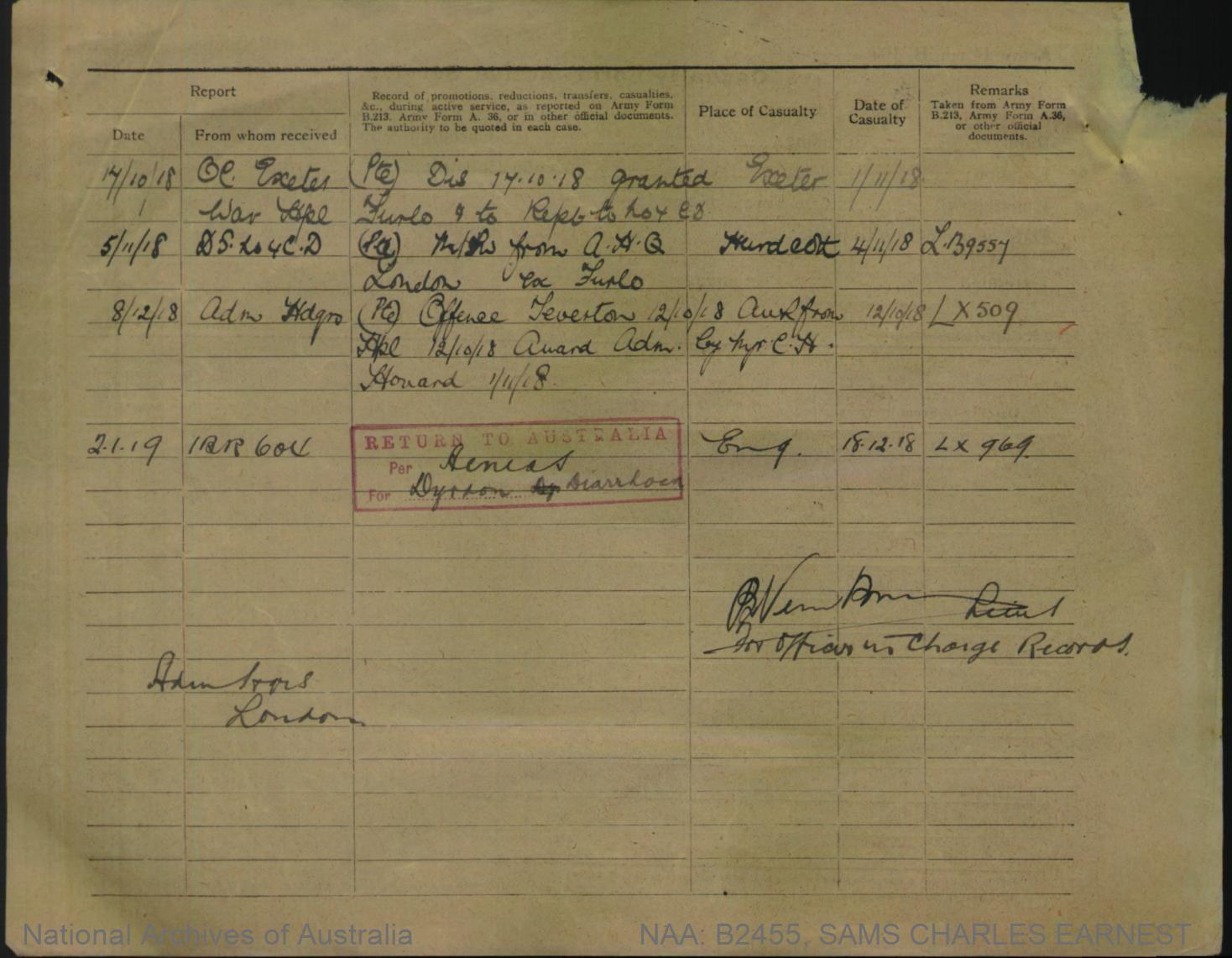
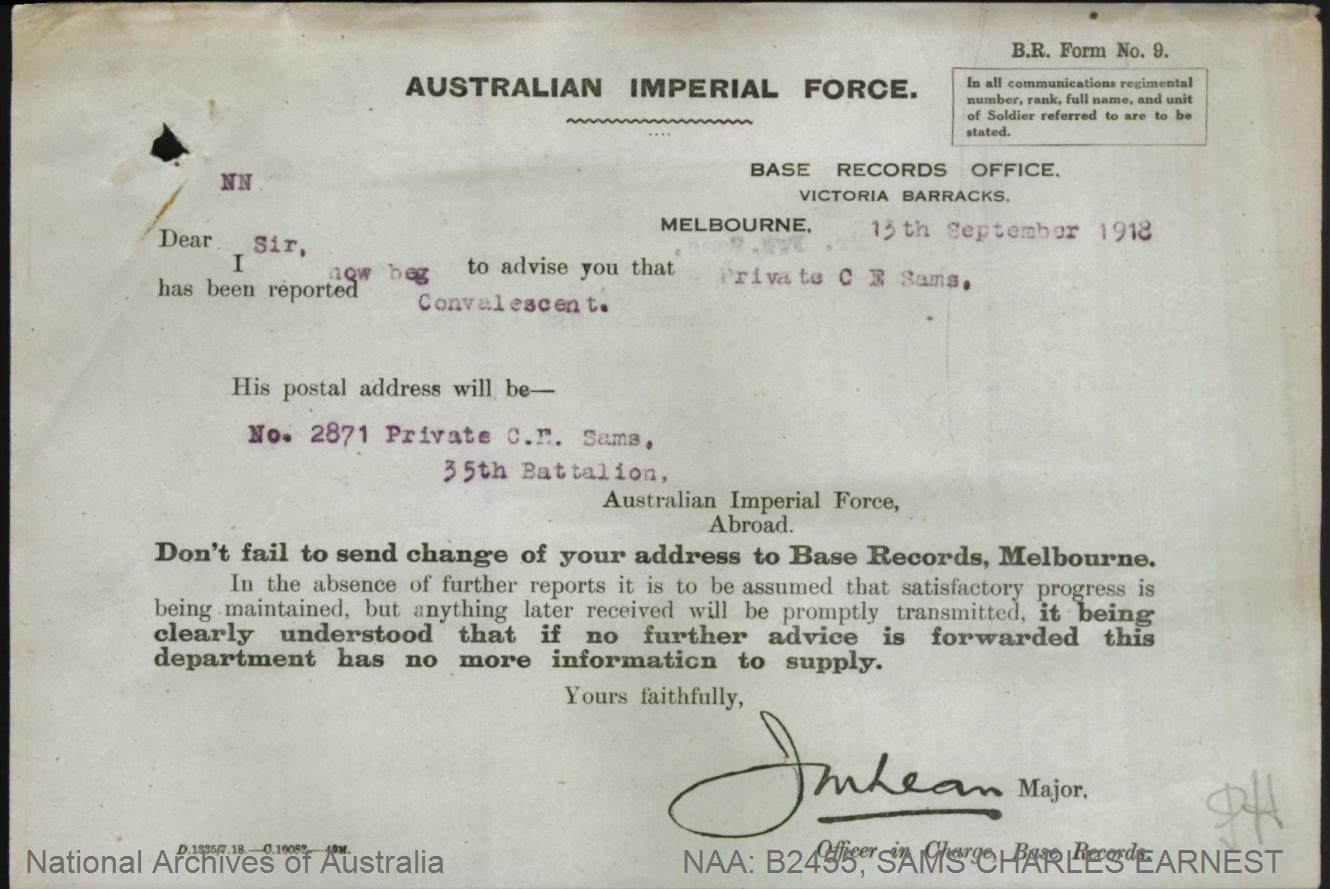
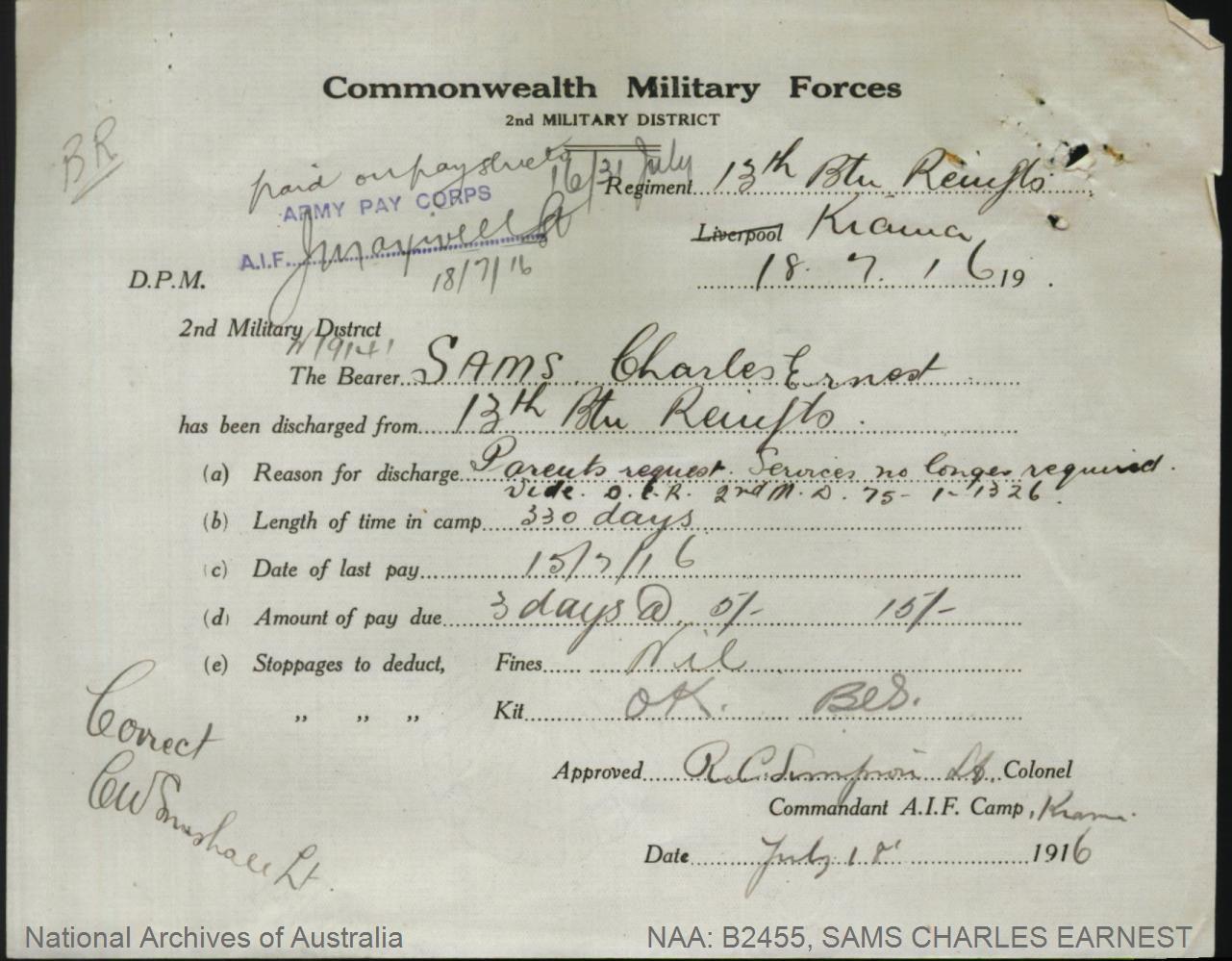


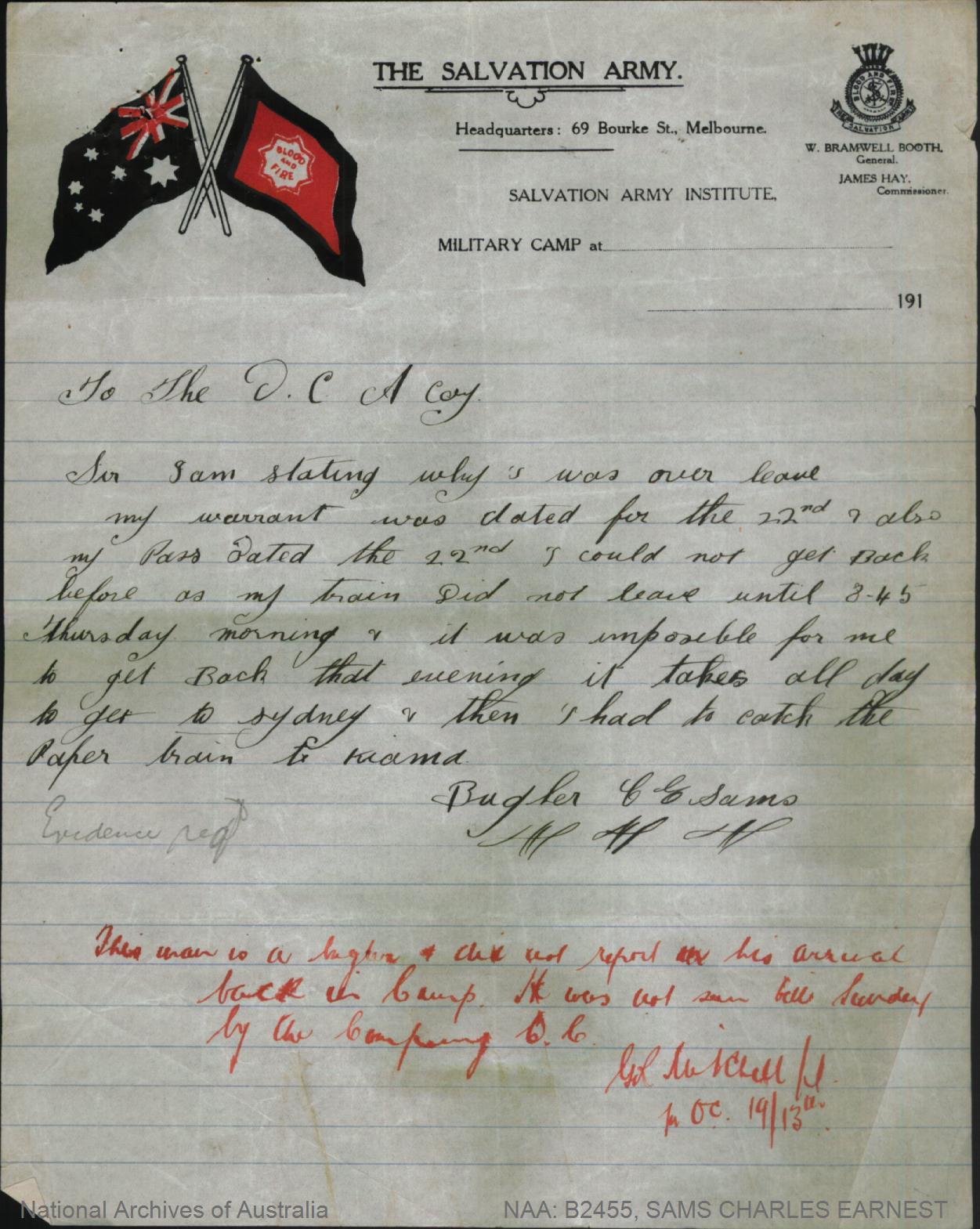
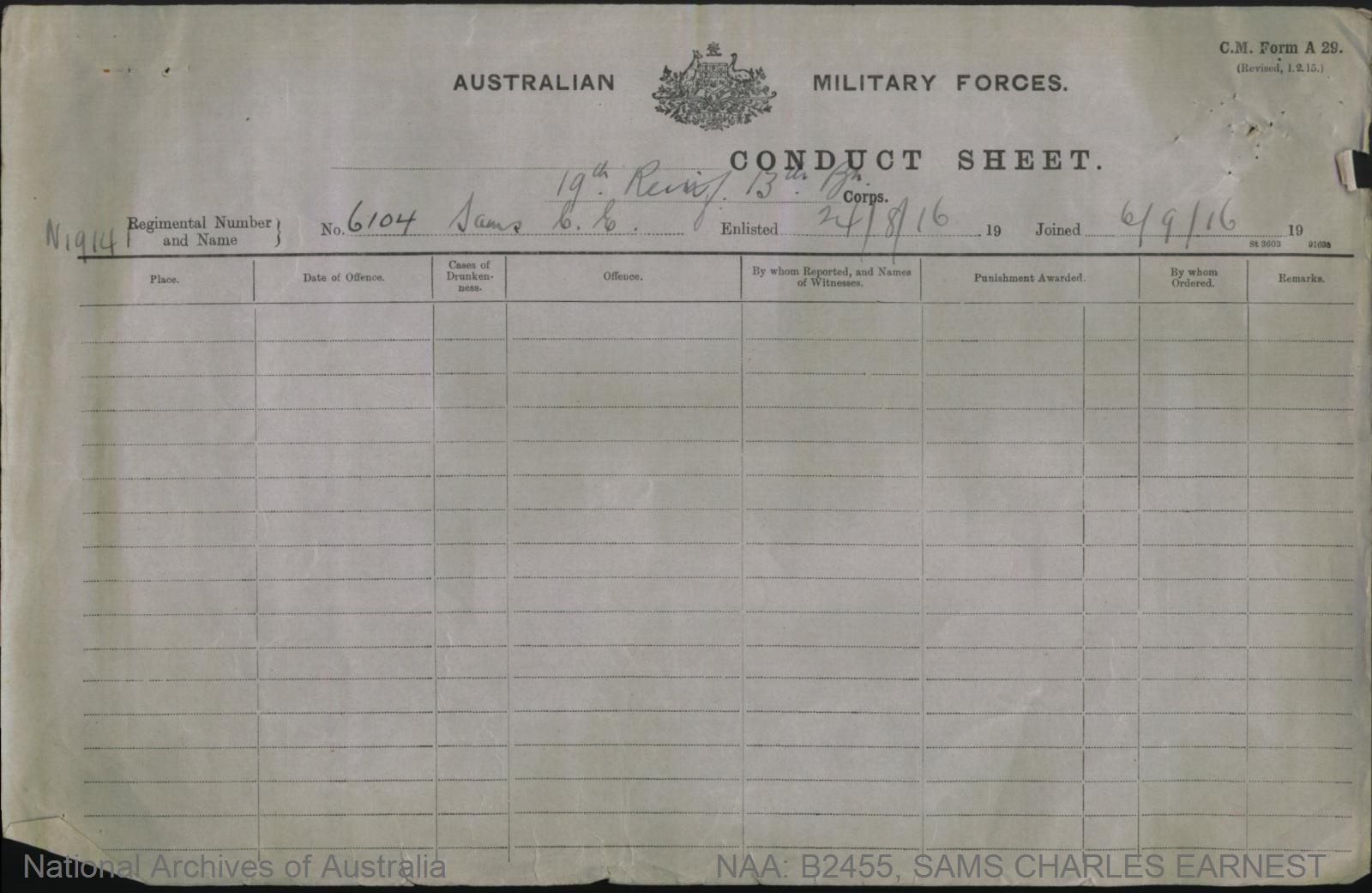
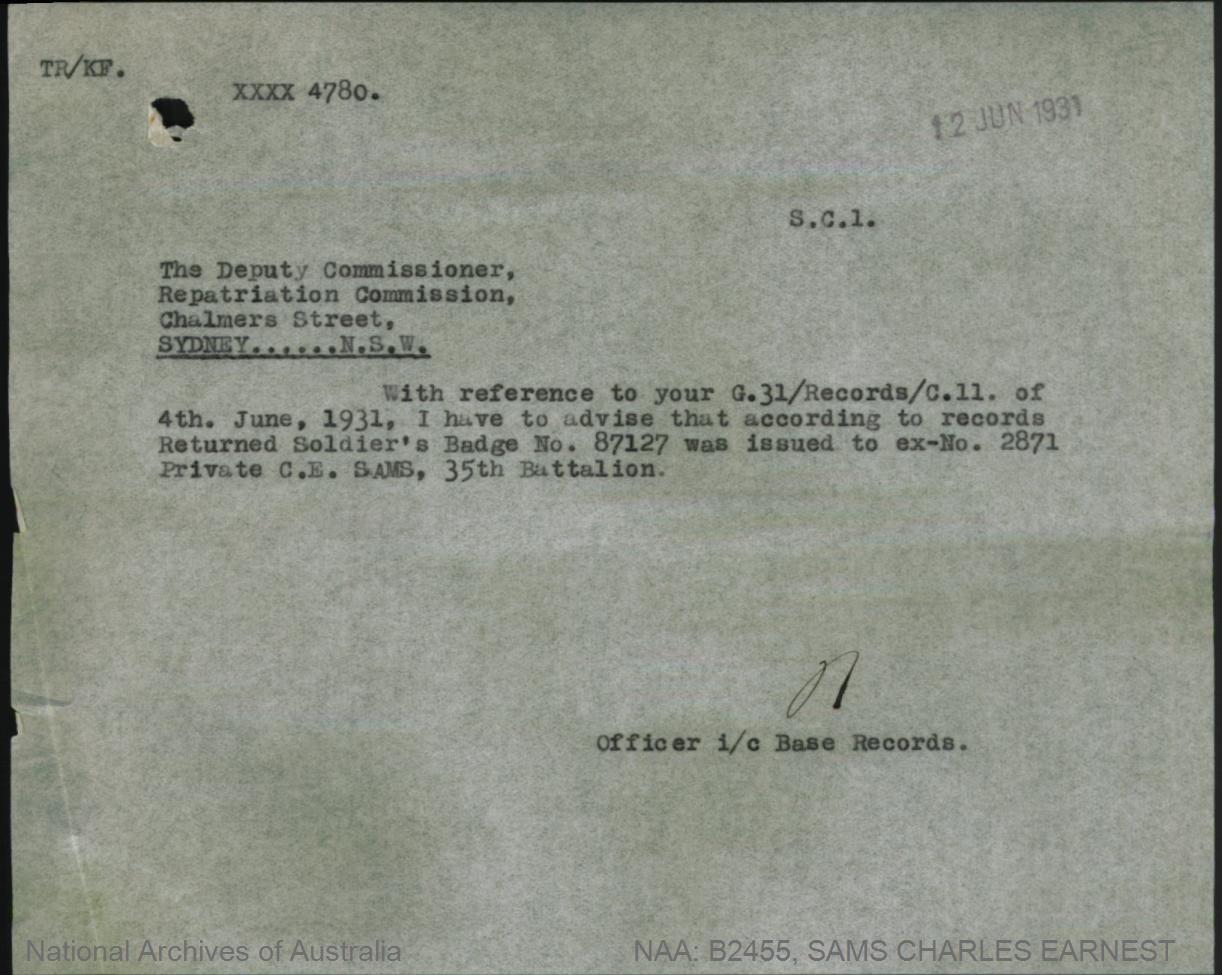

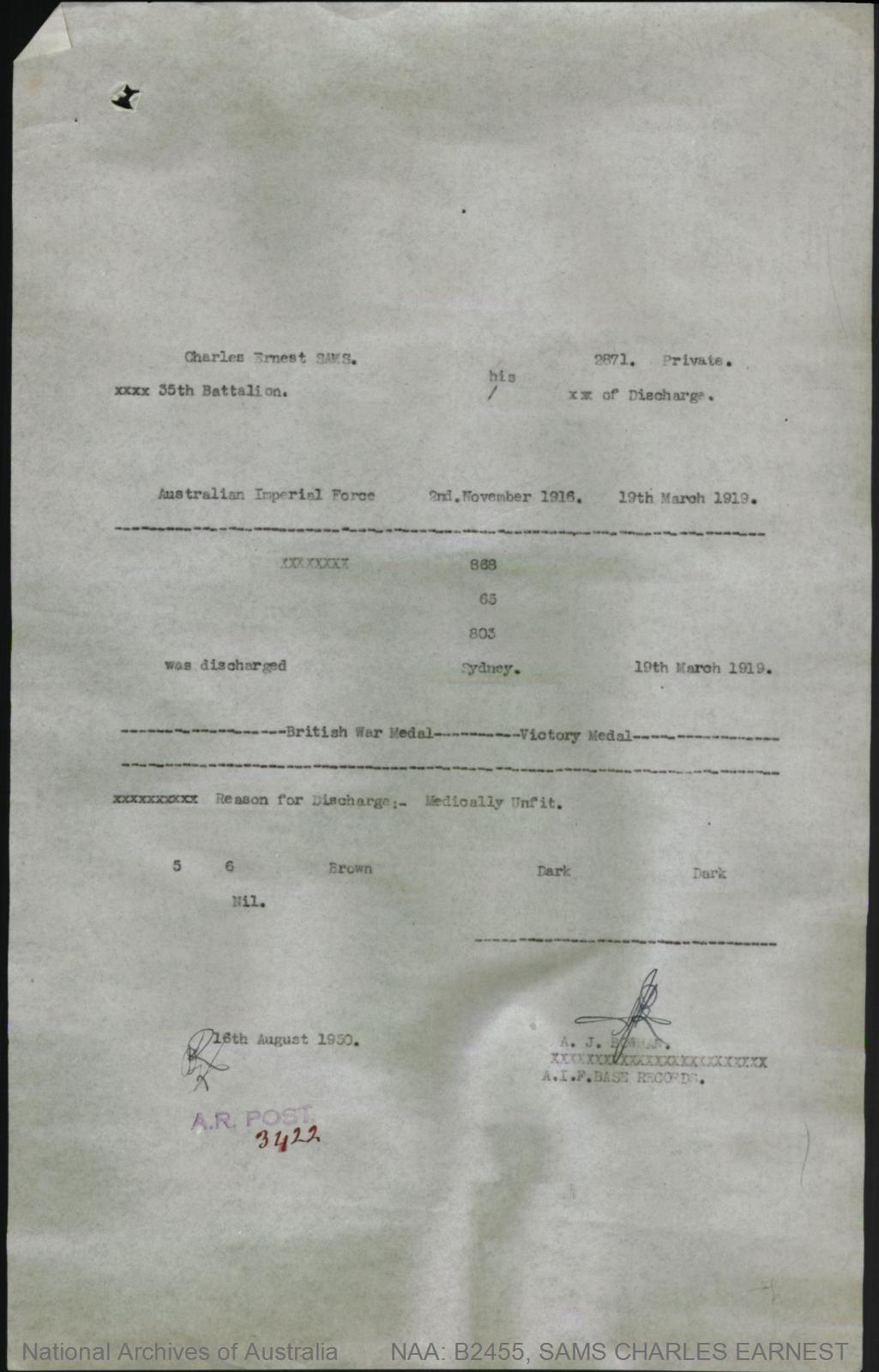
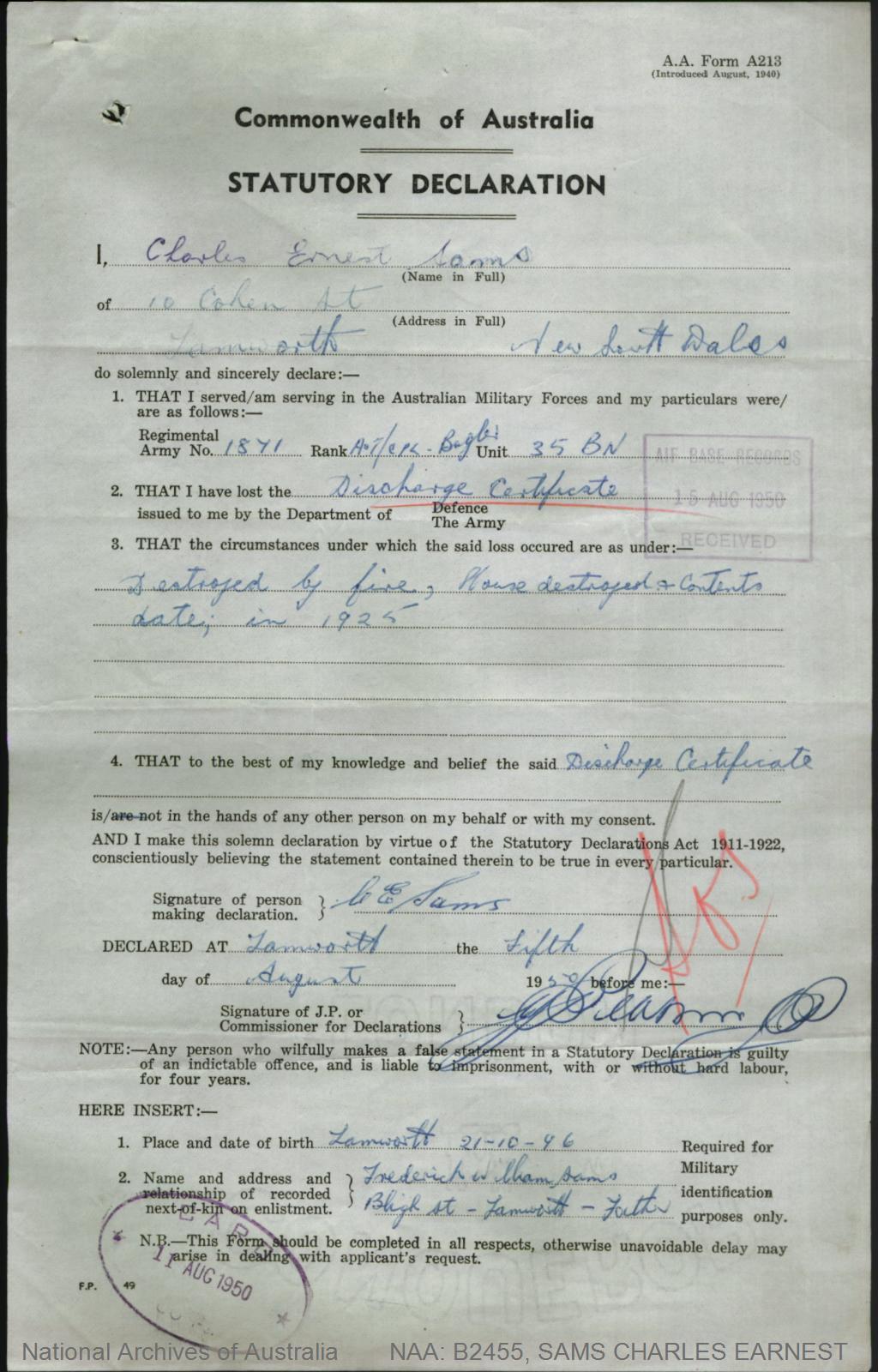
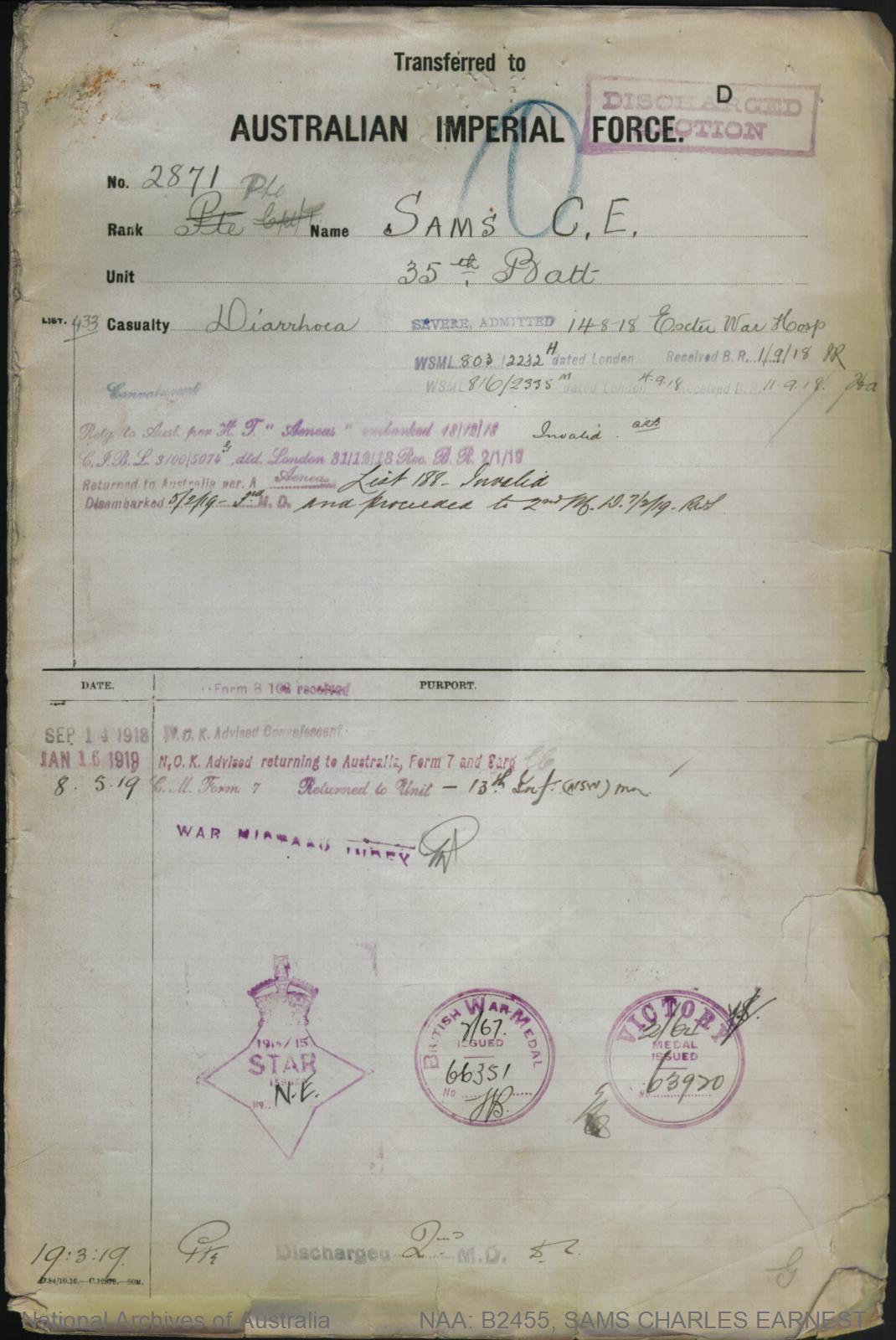

 S.S. "MONA QUEEN"
S.S. "MONA QUEEN"